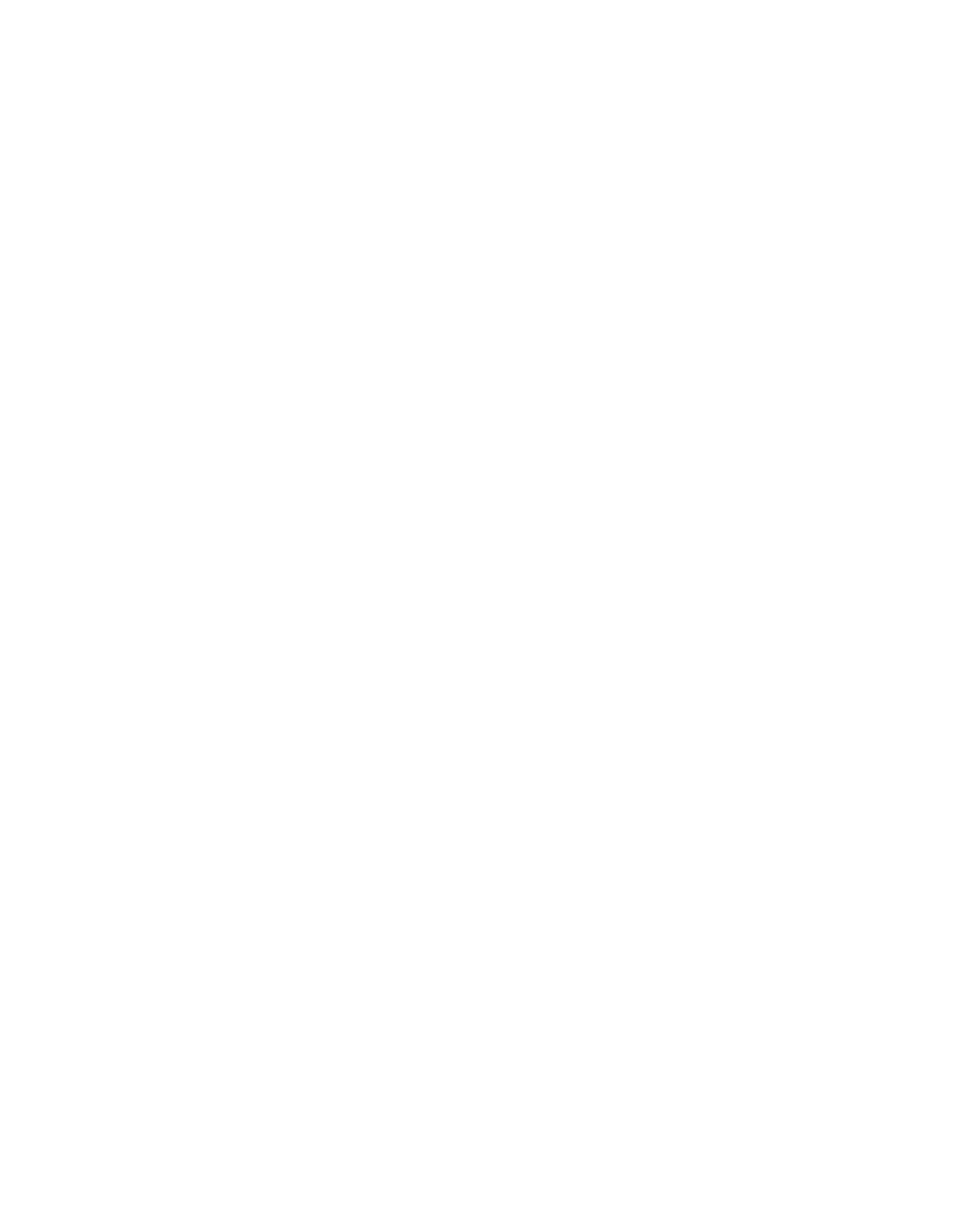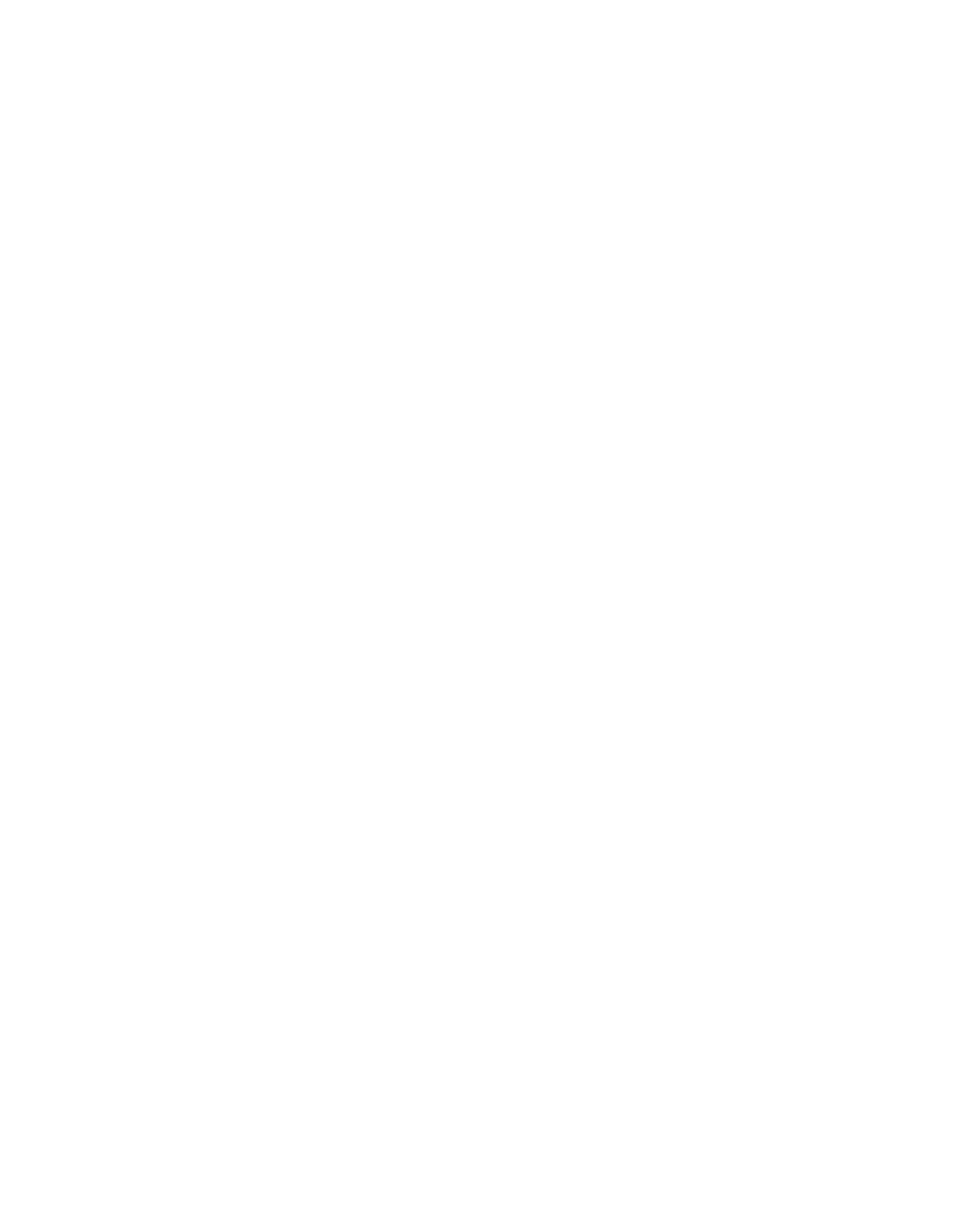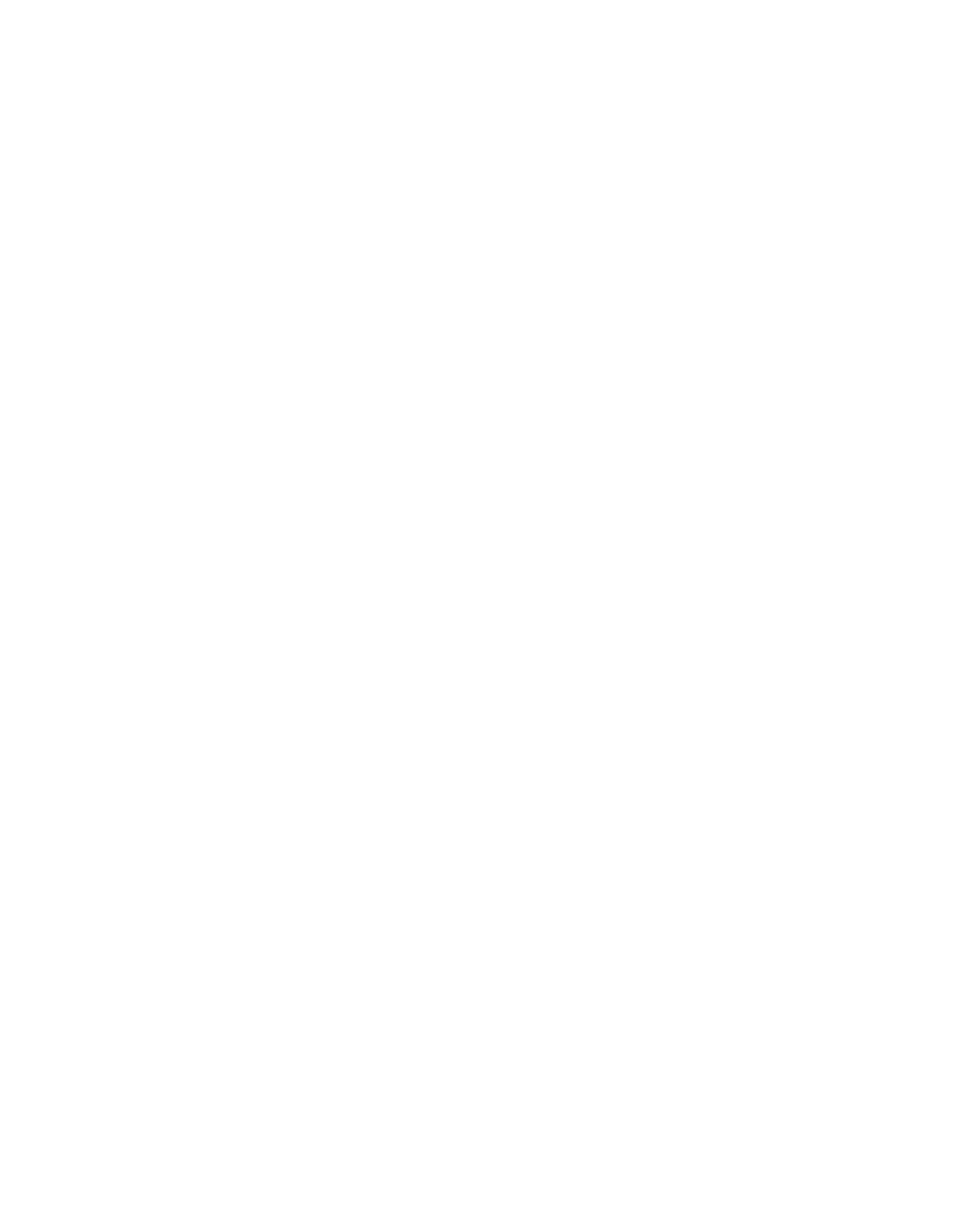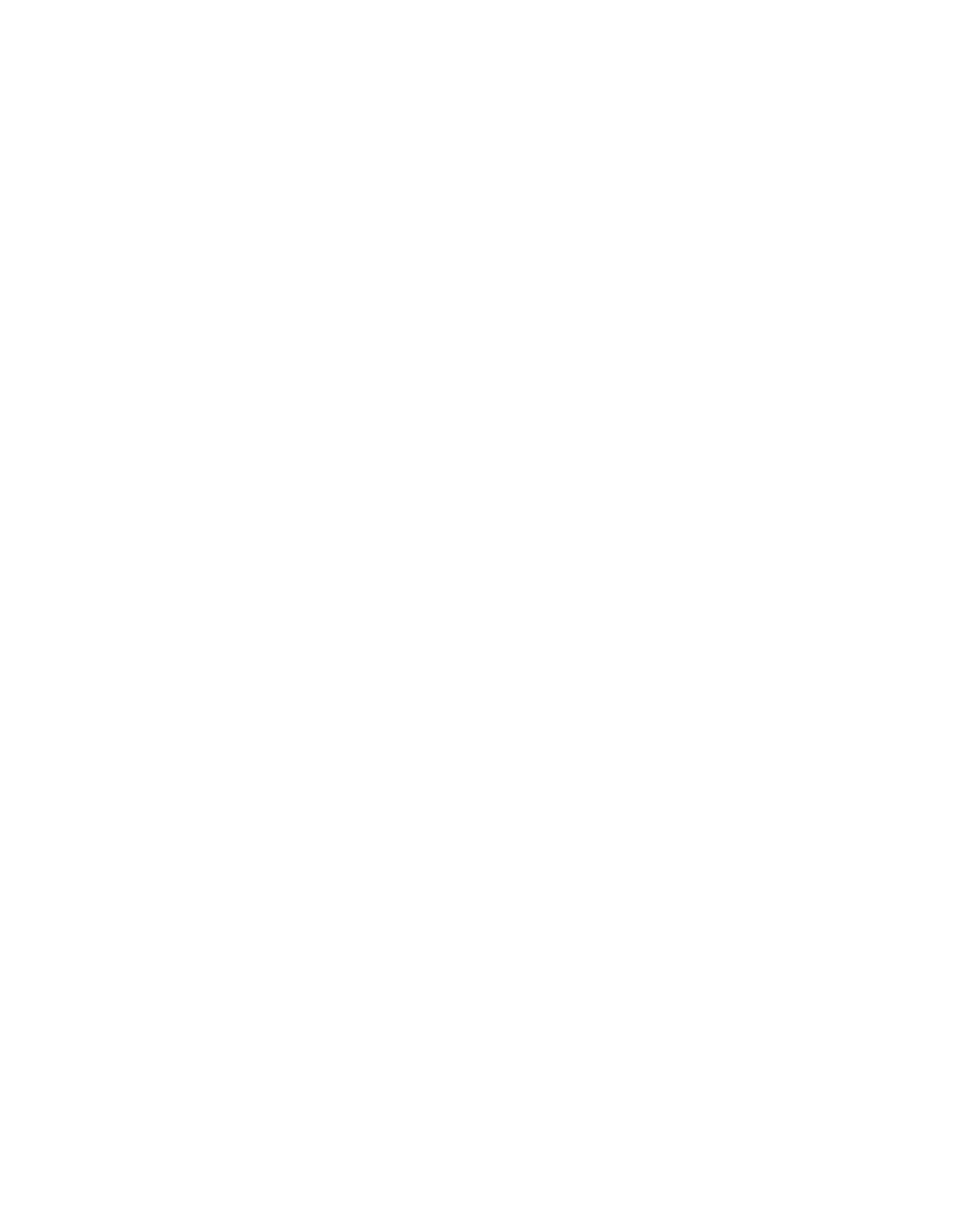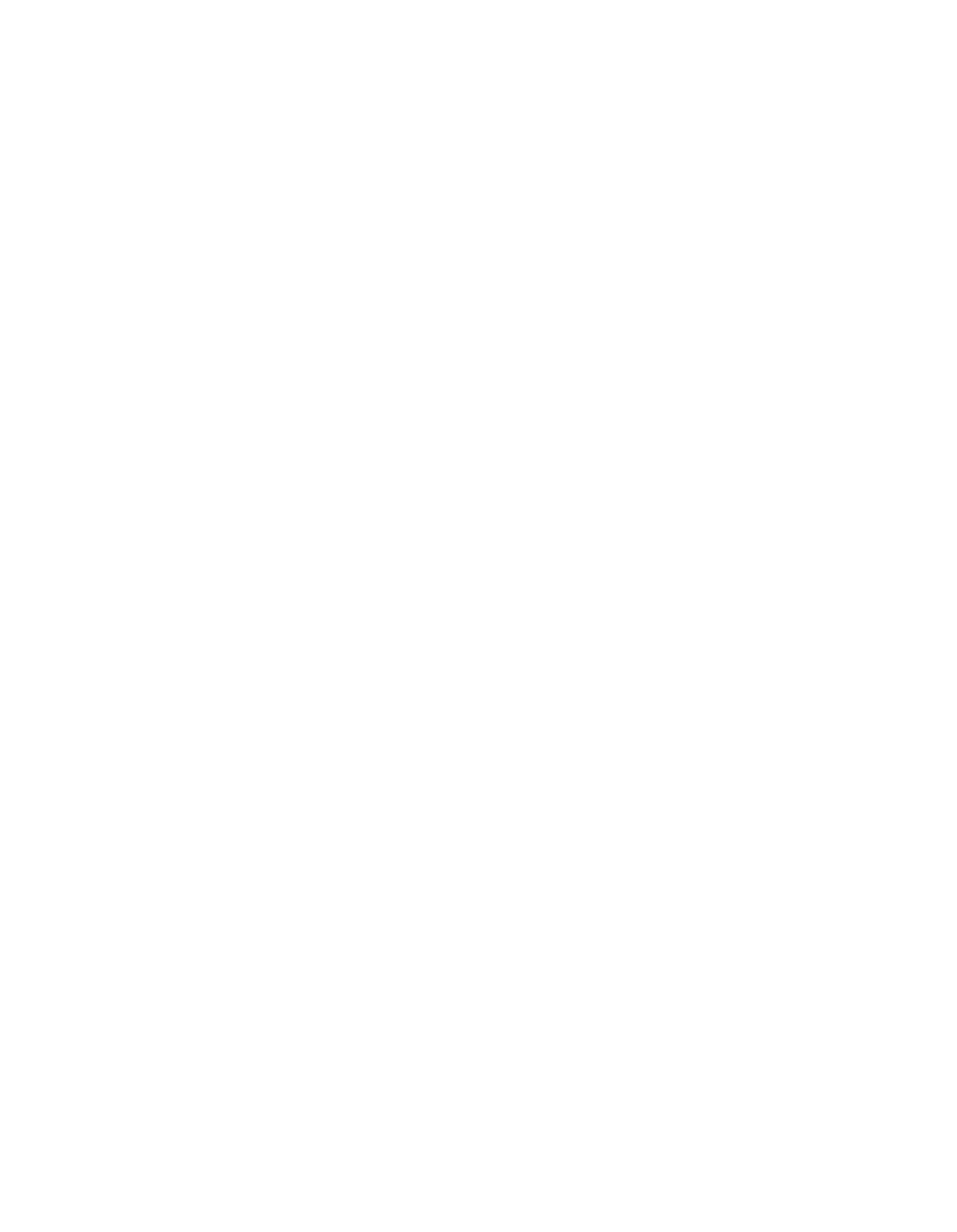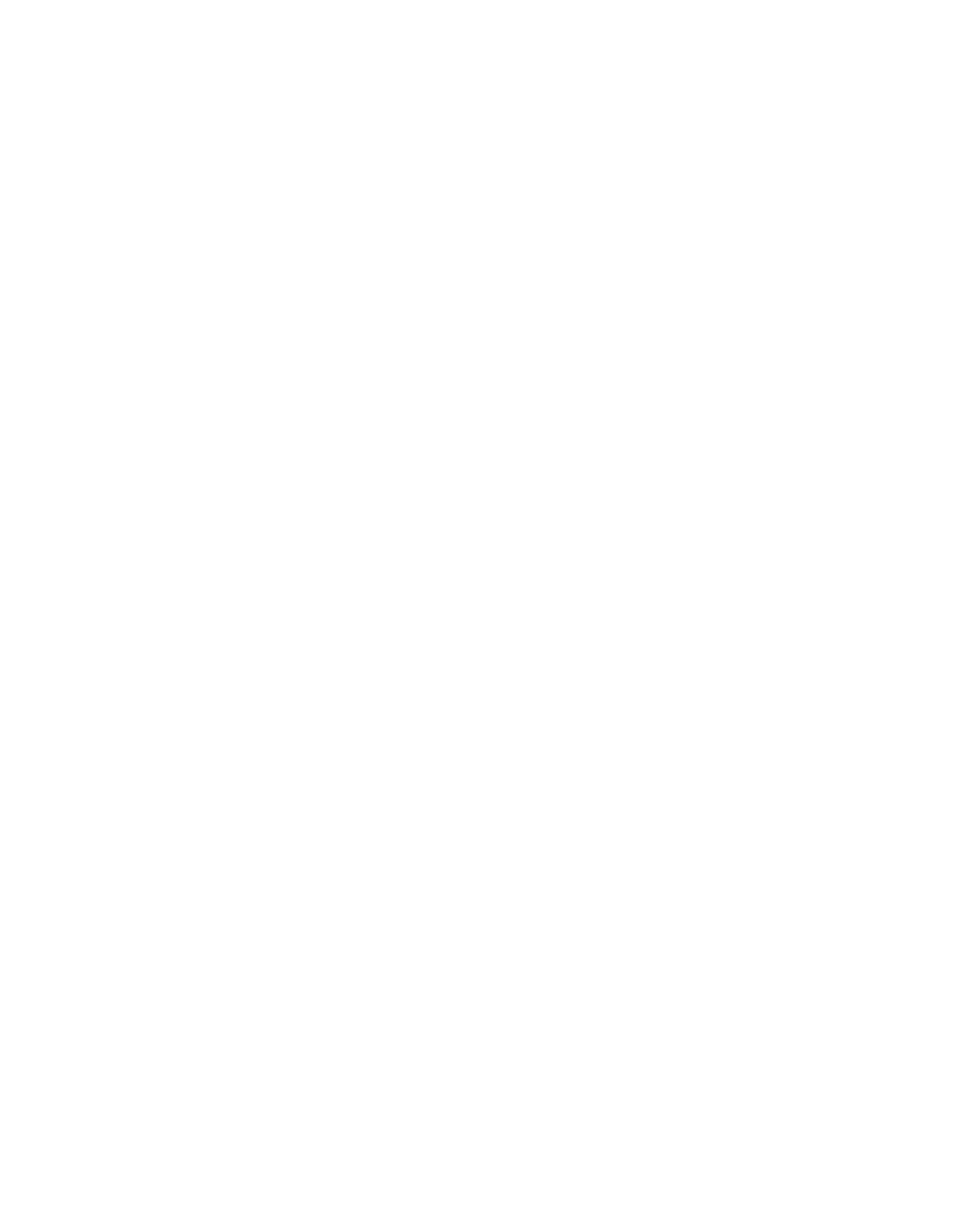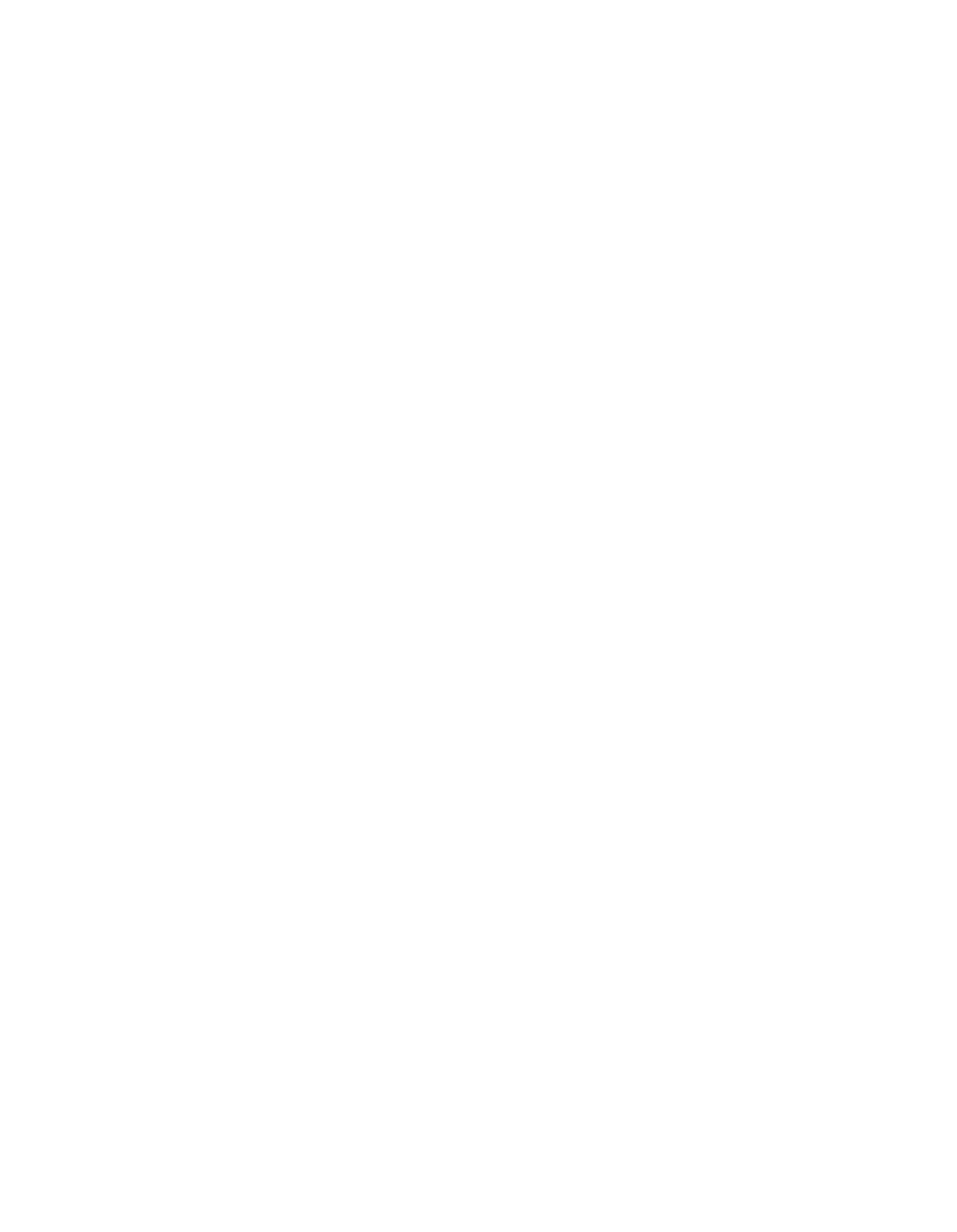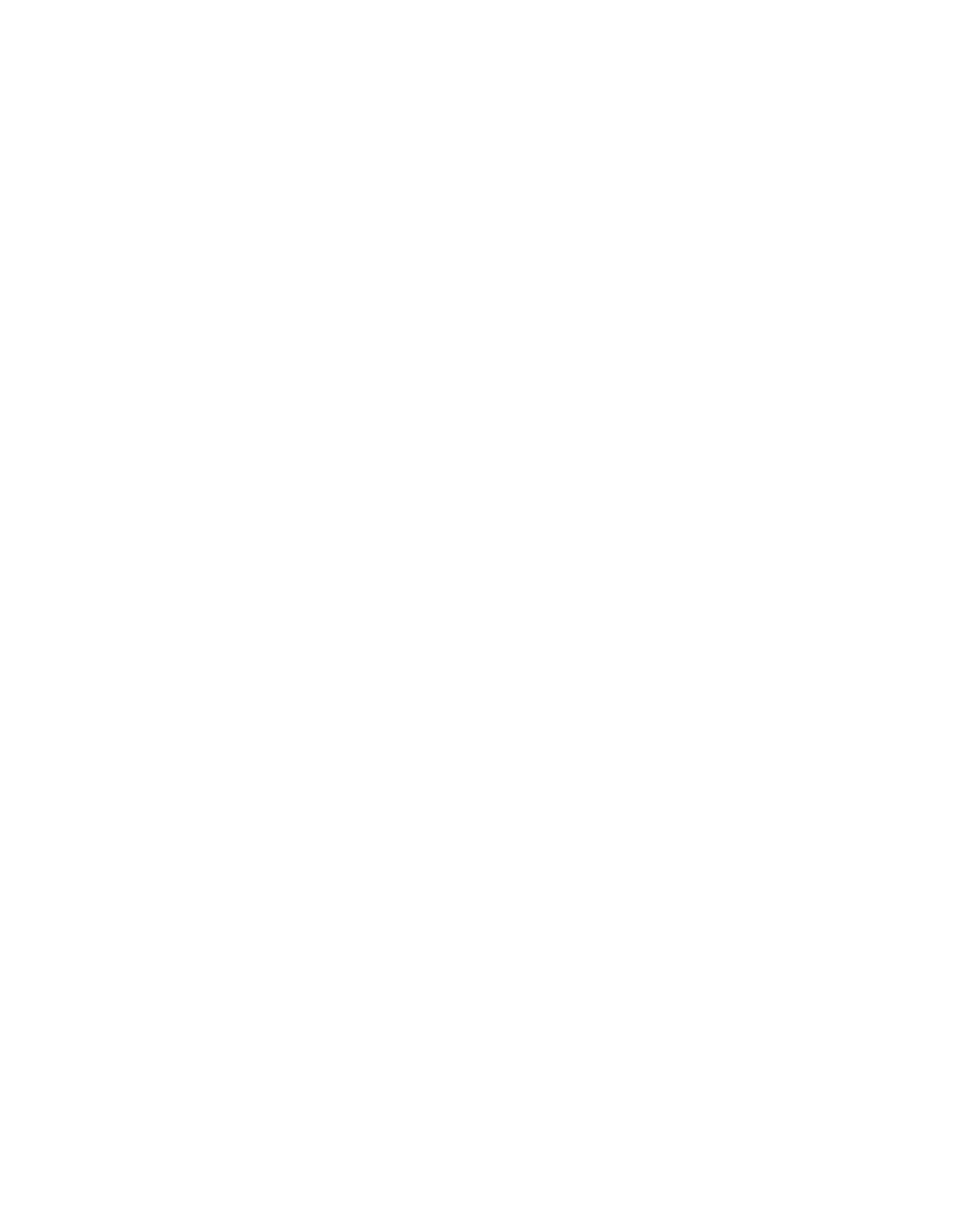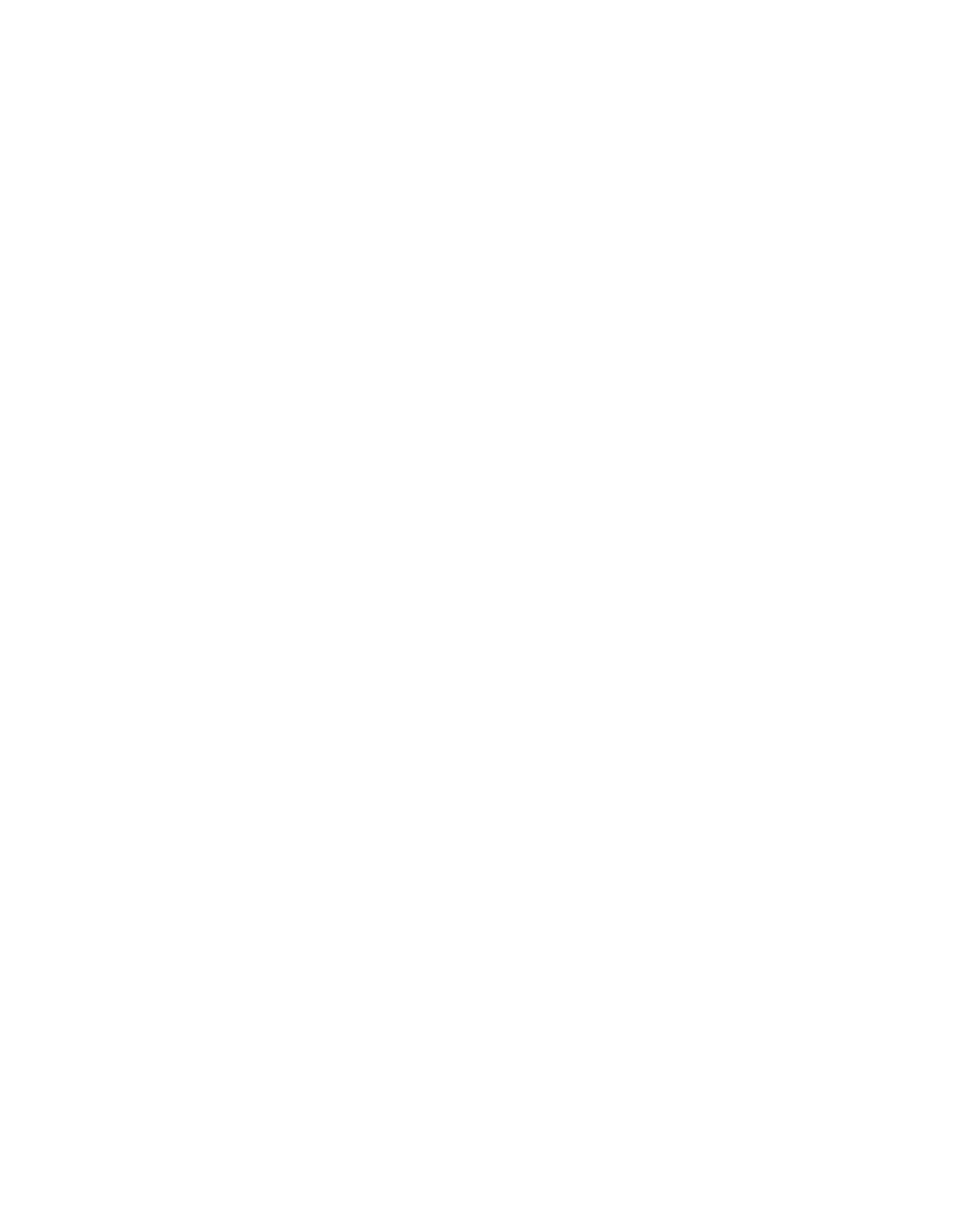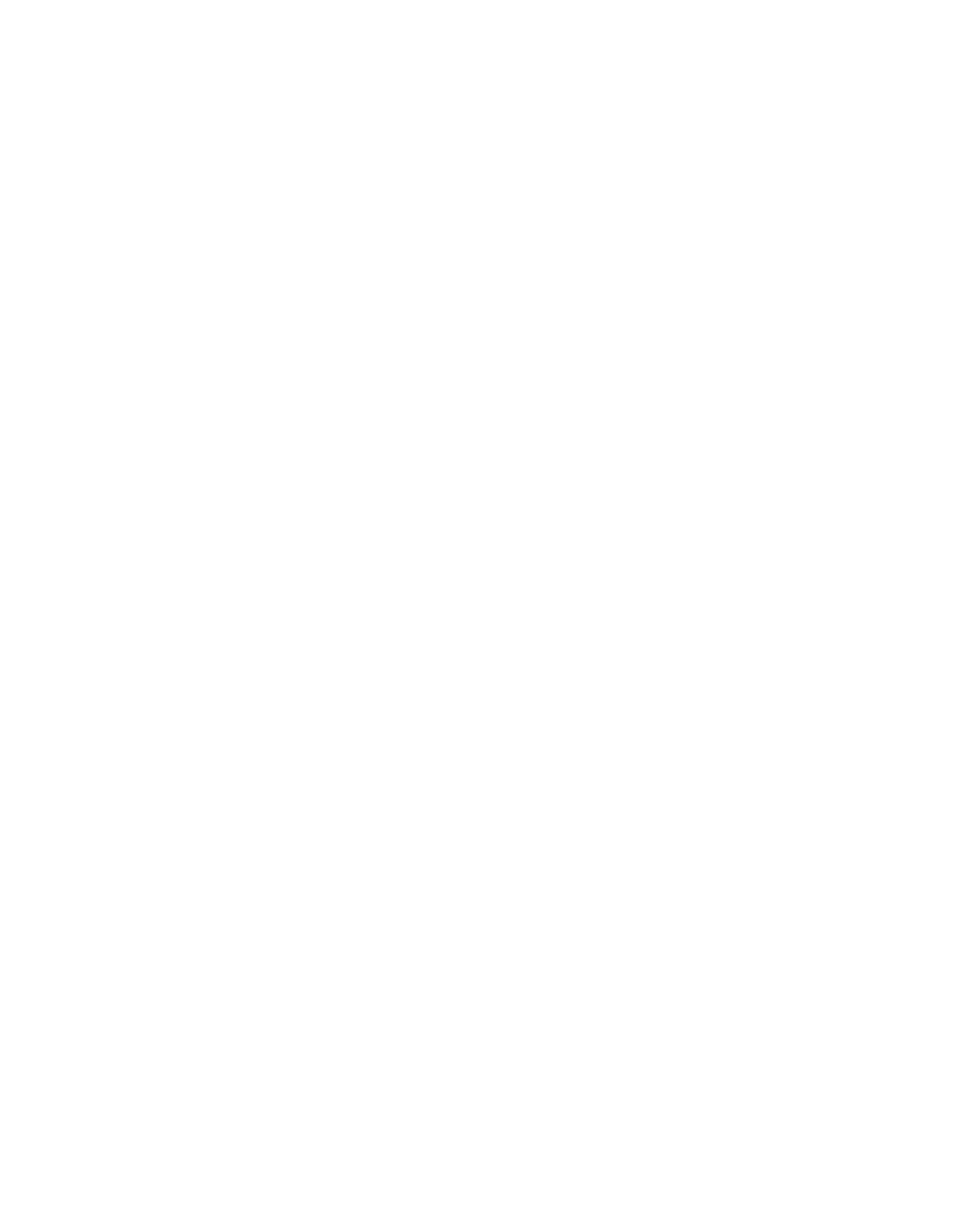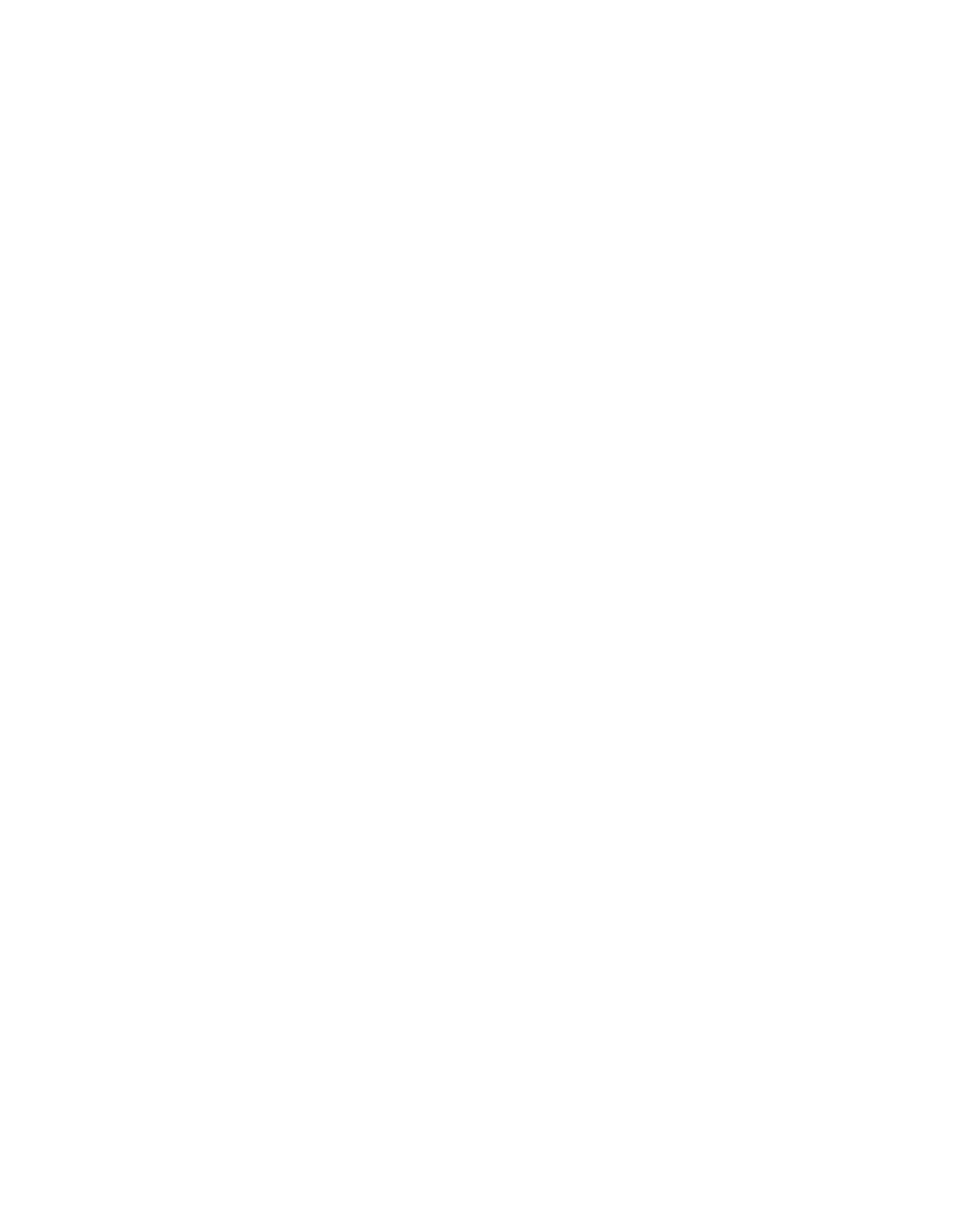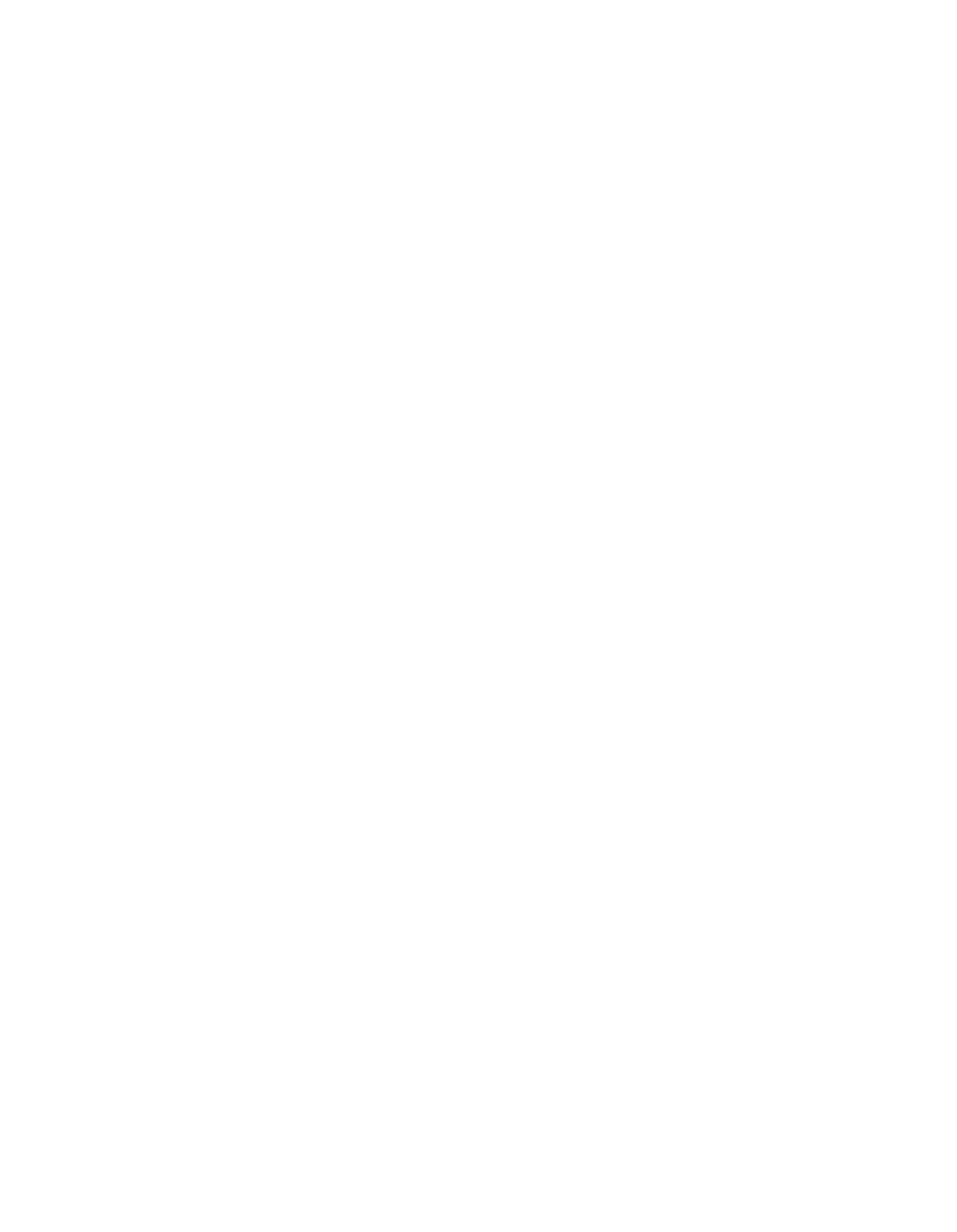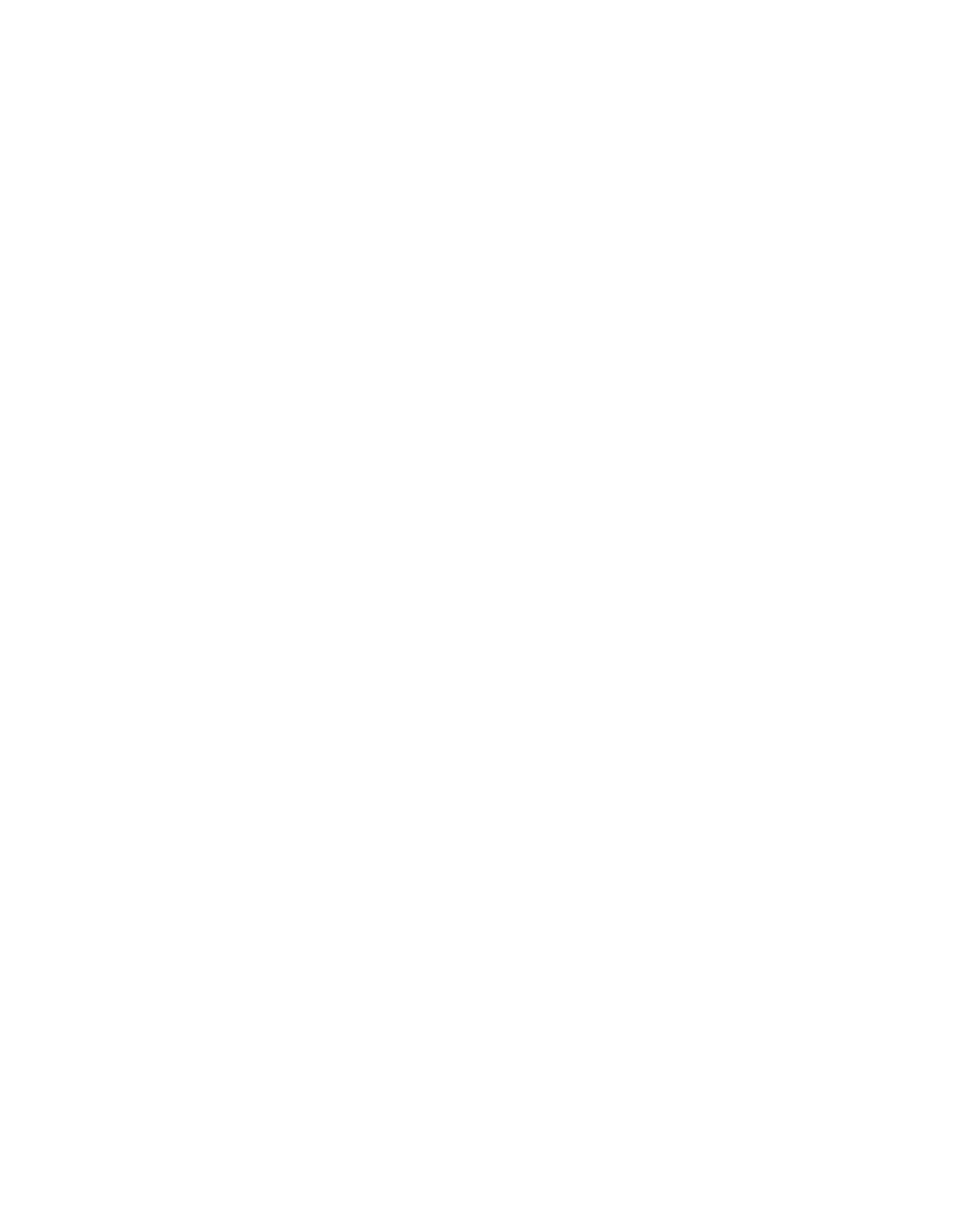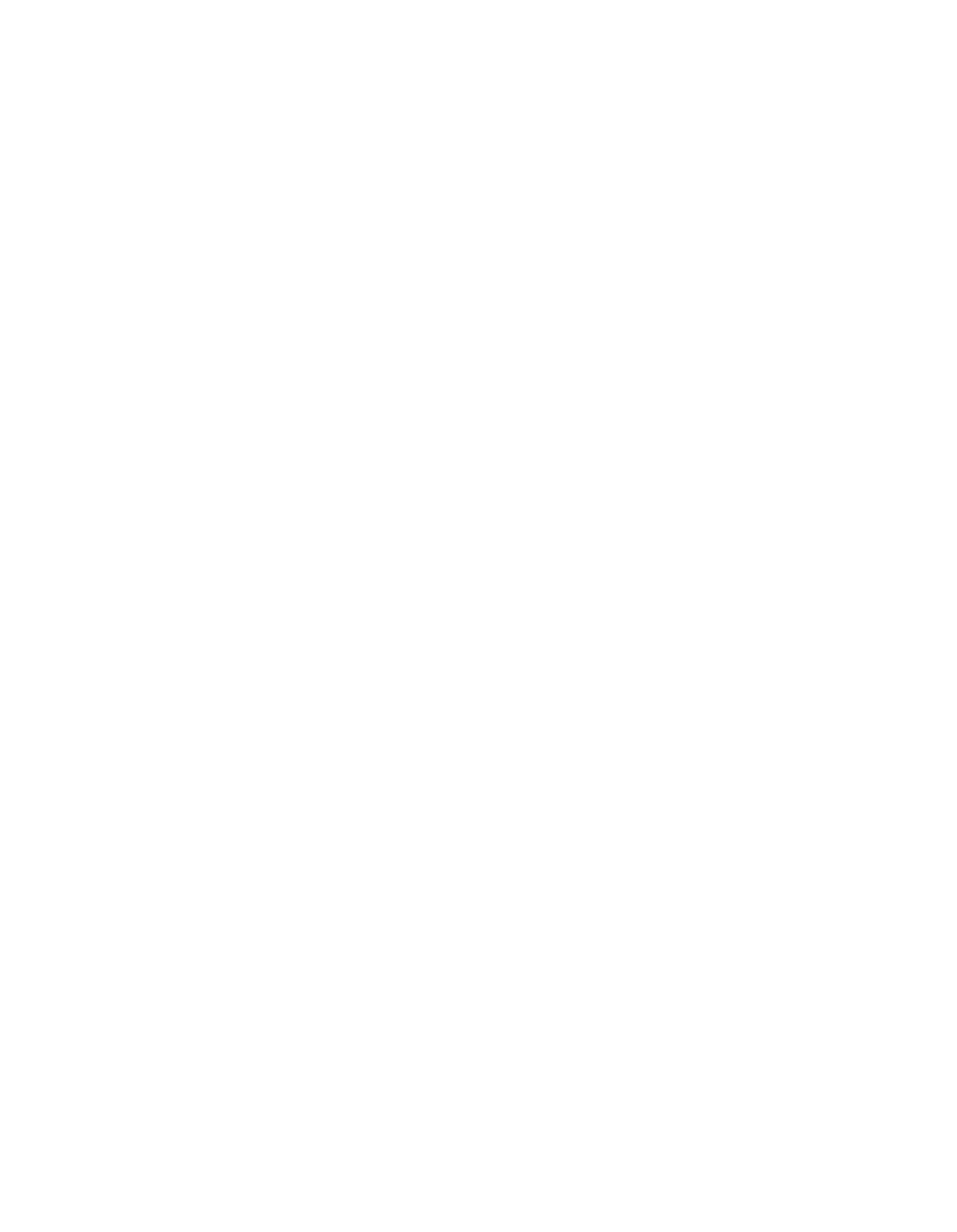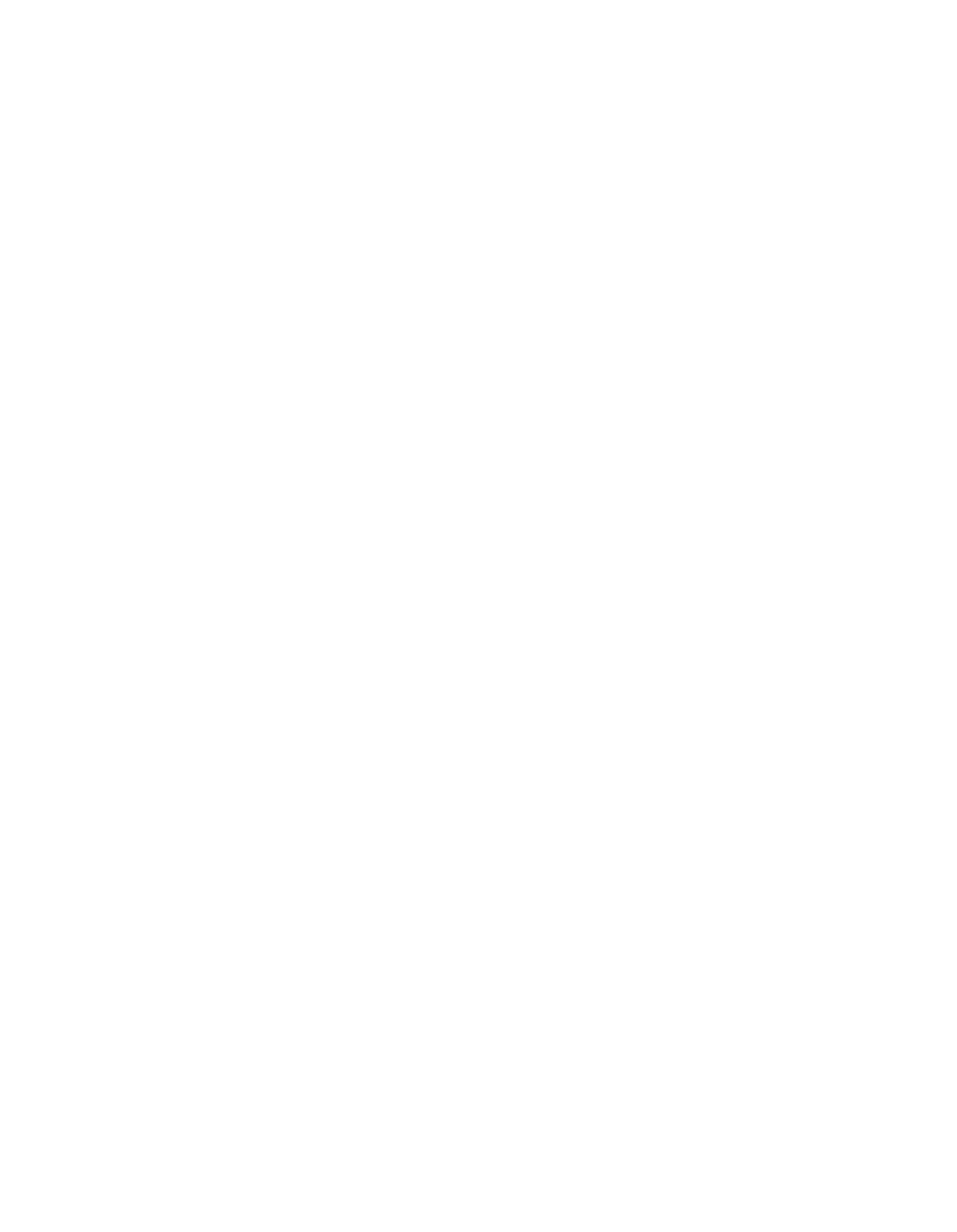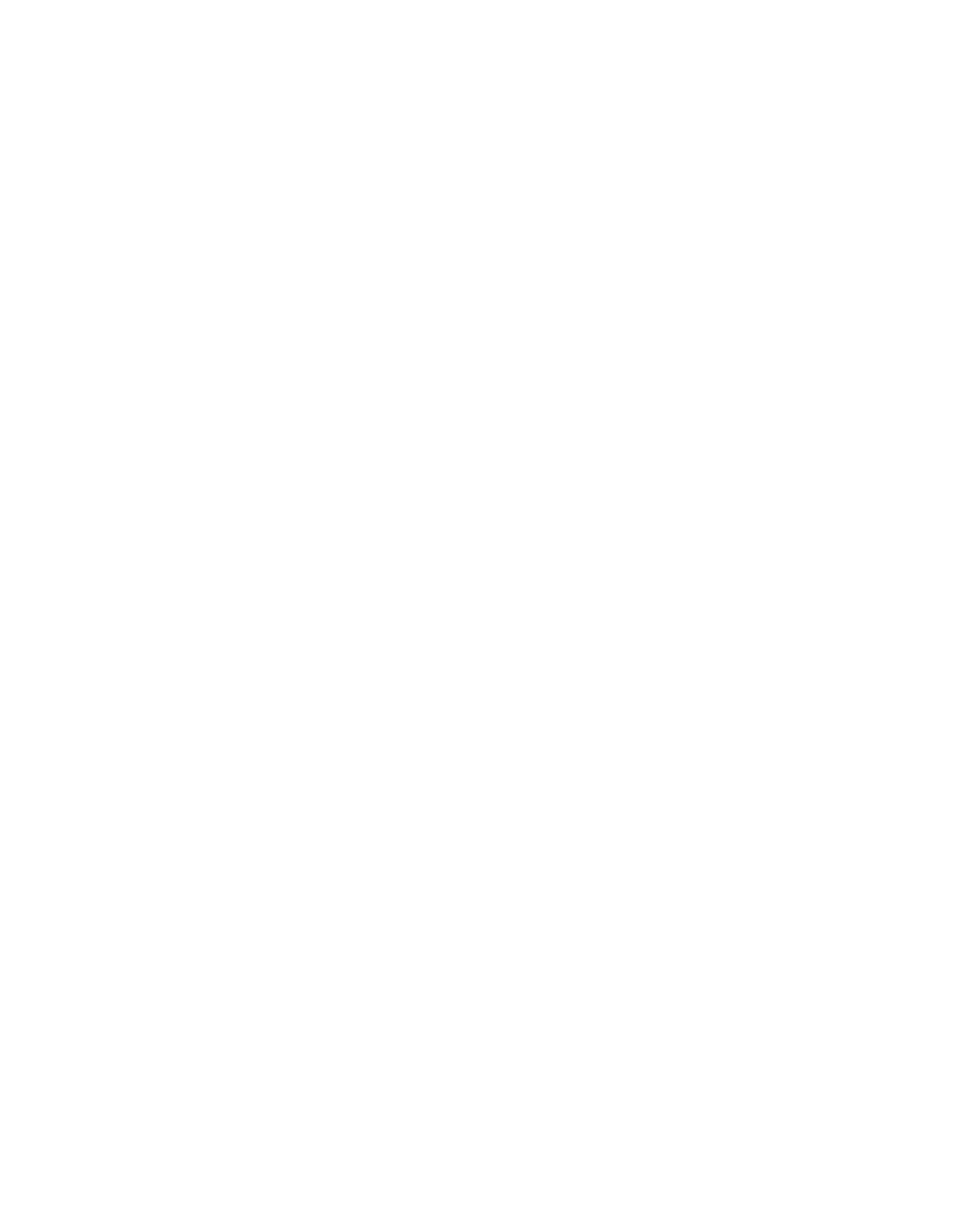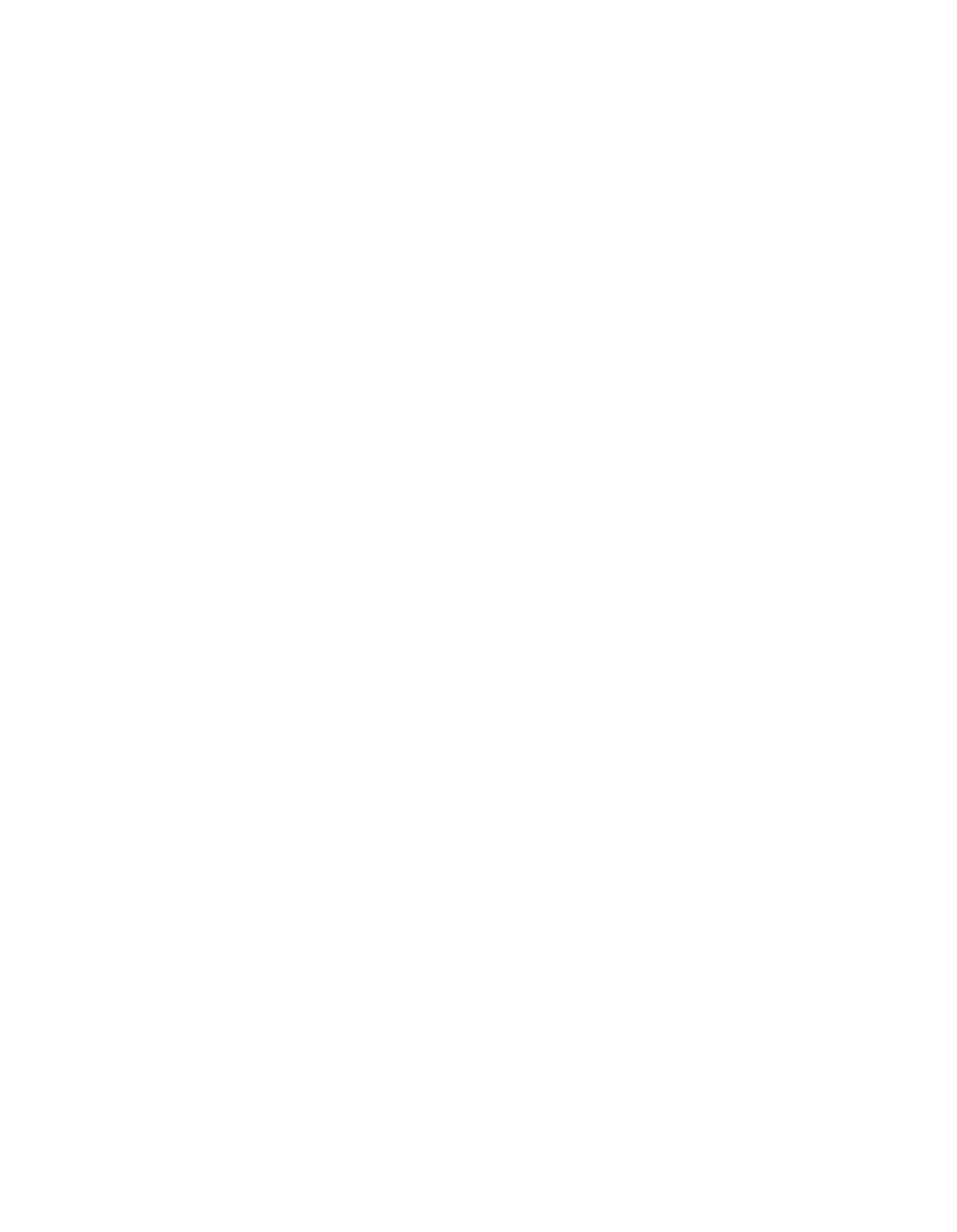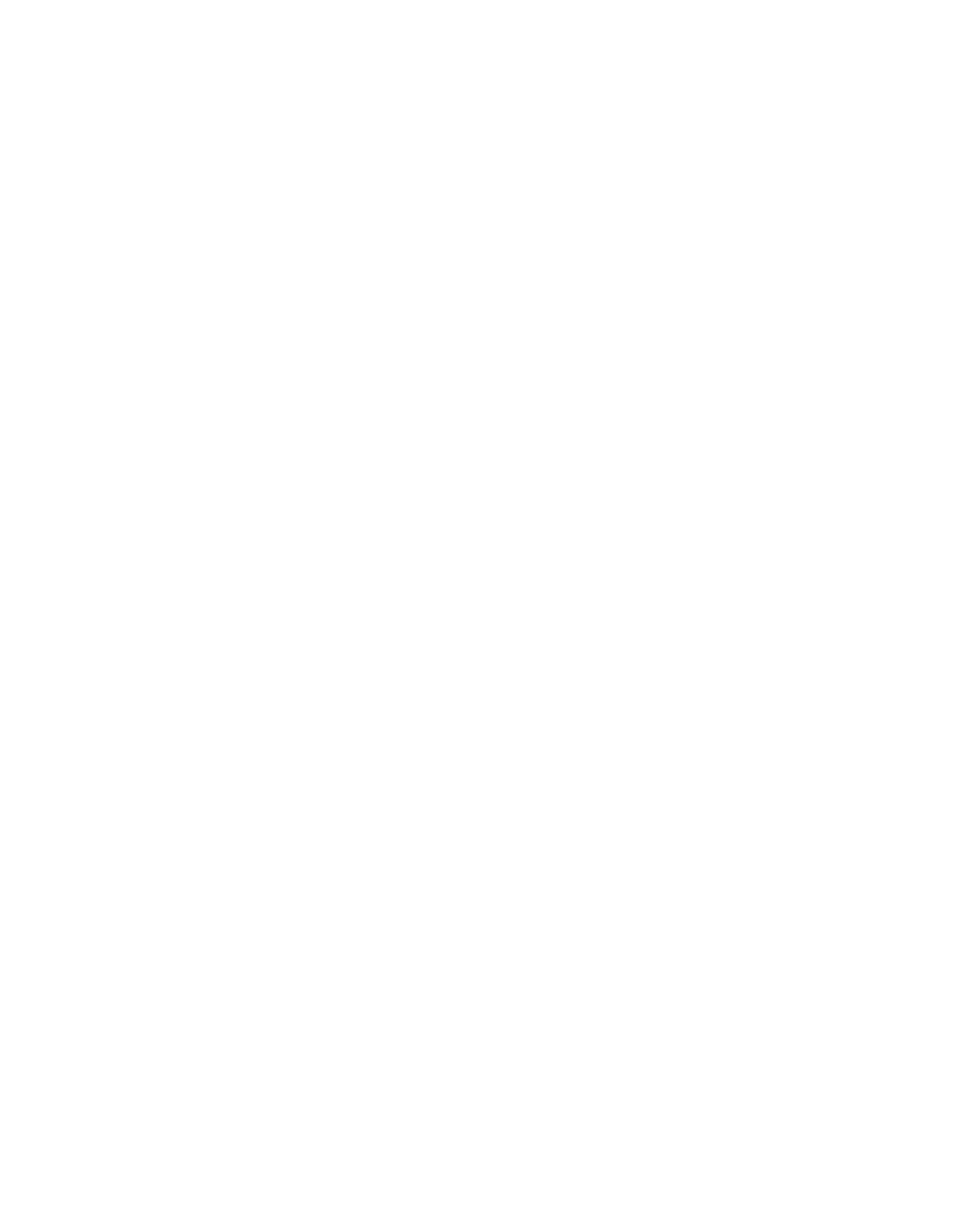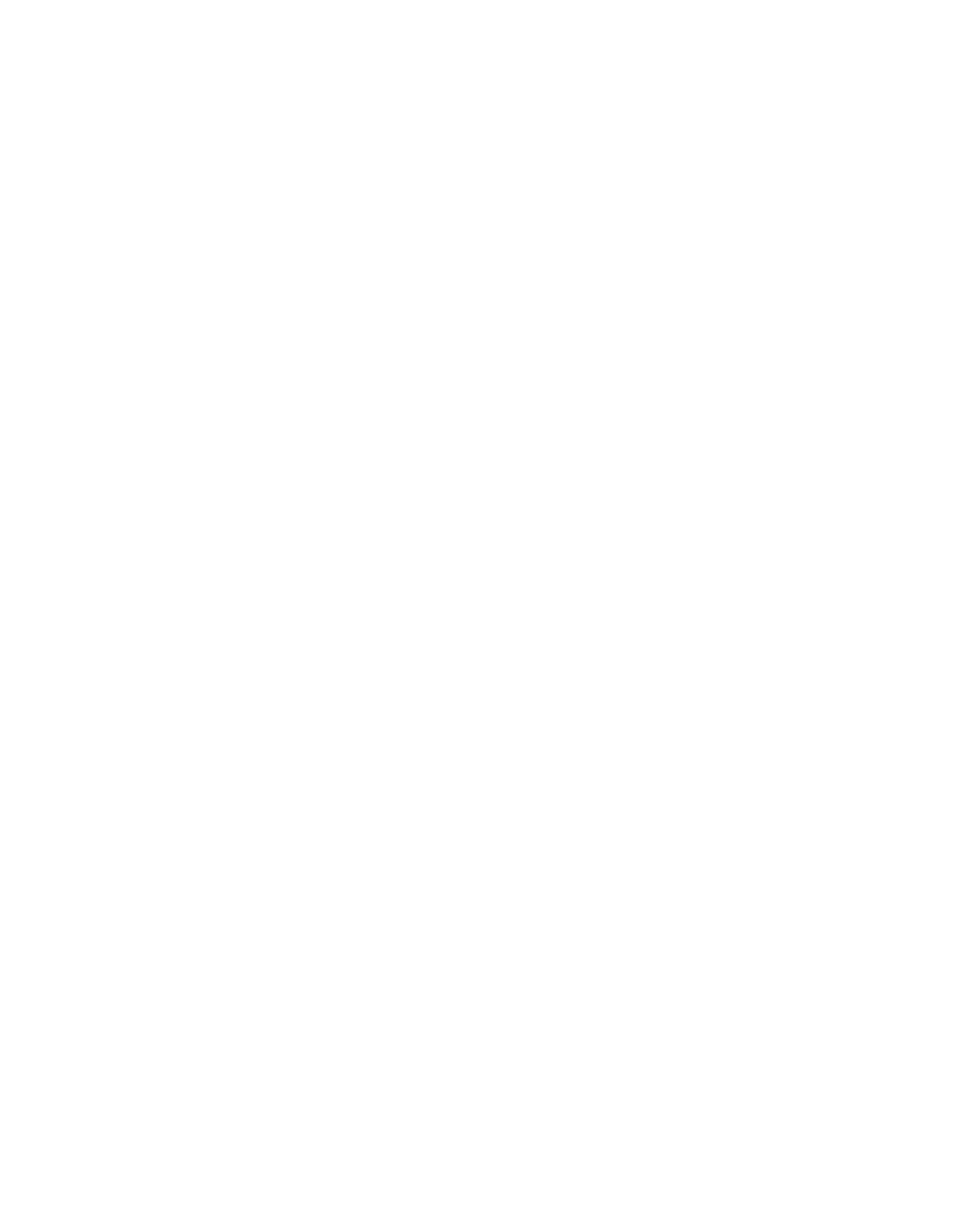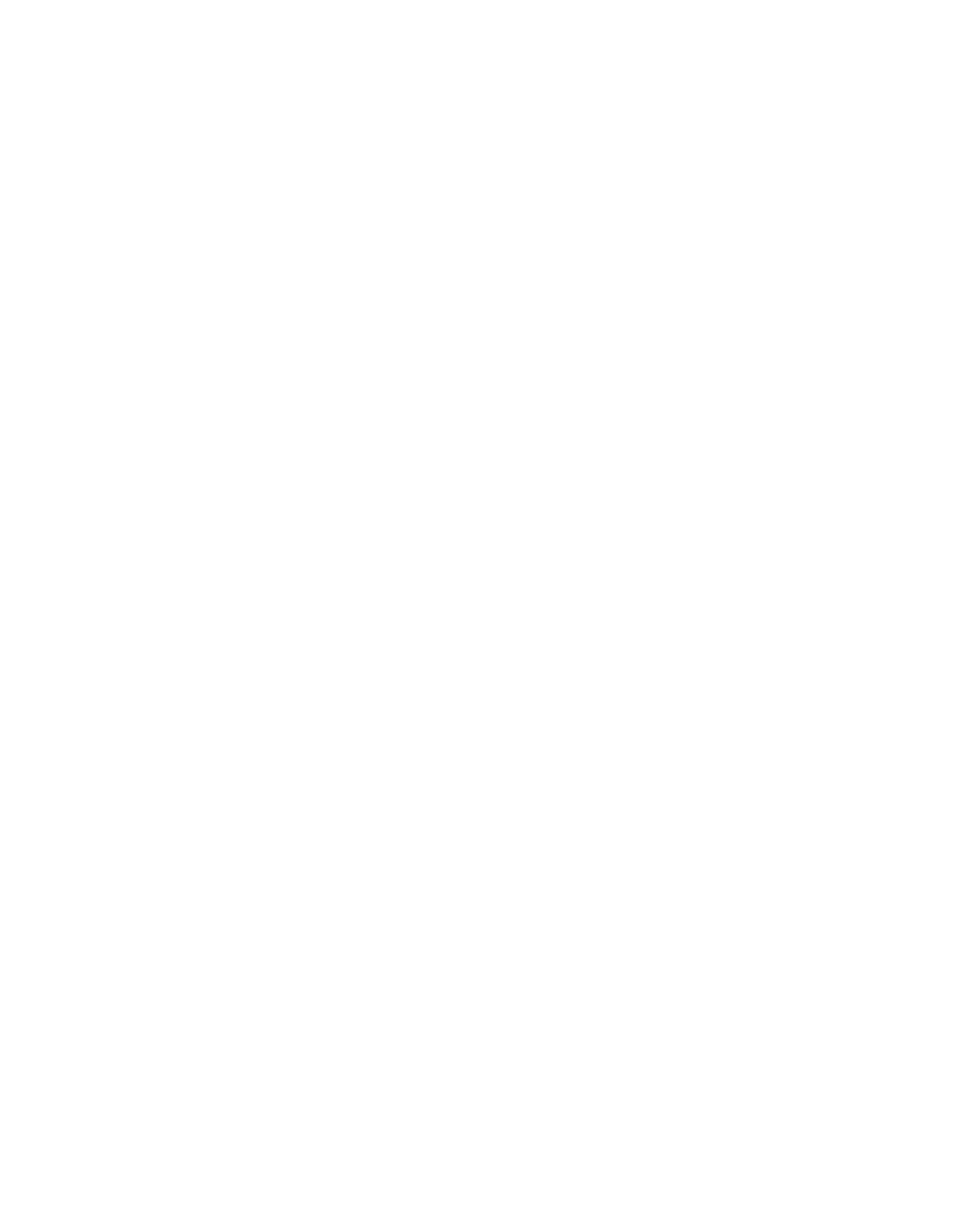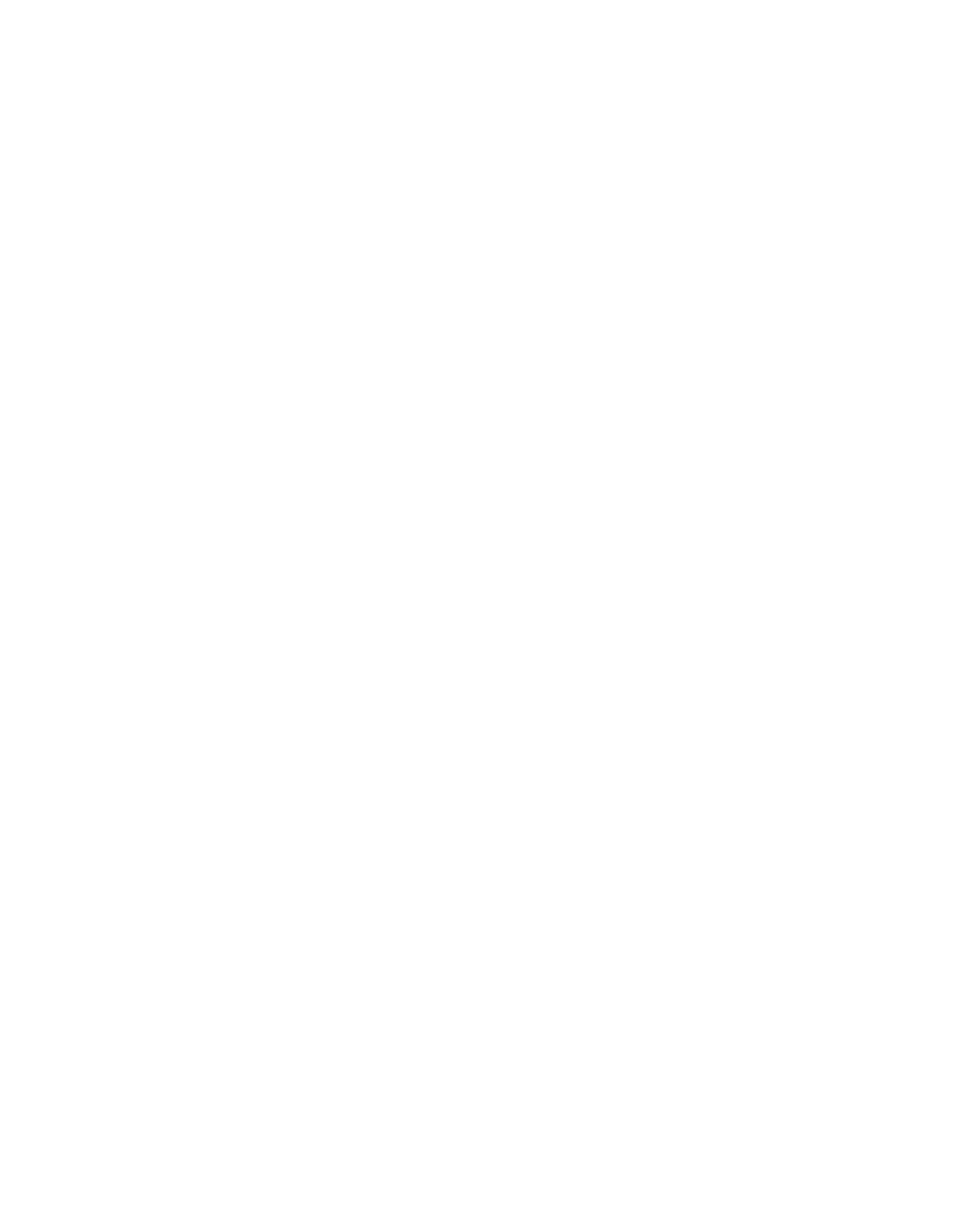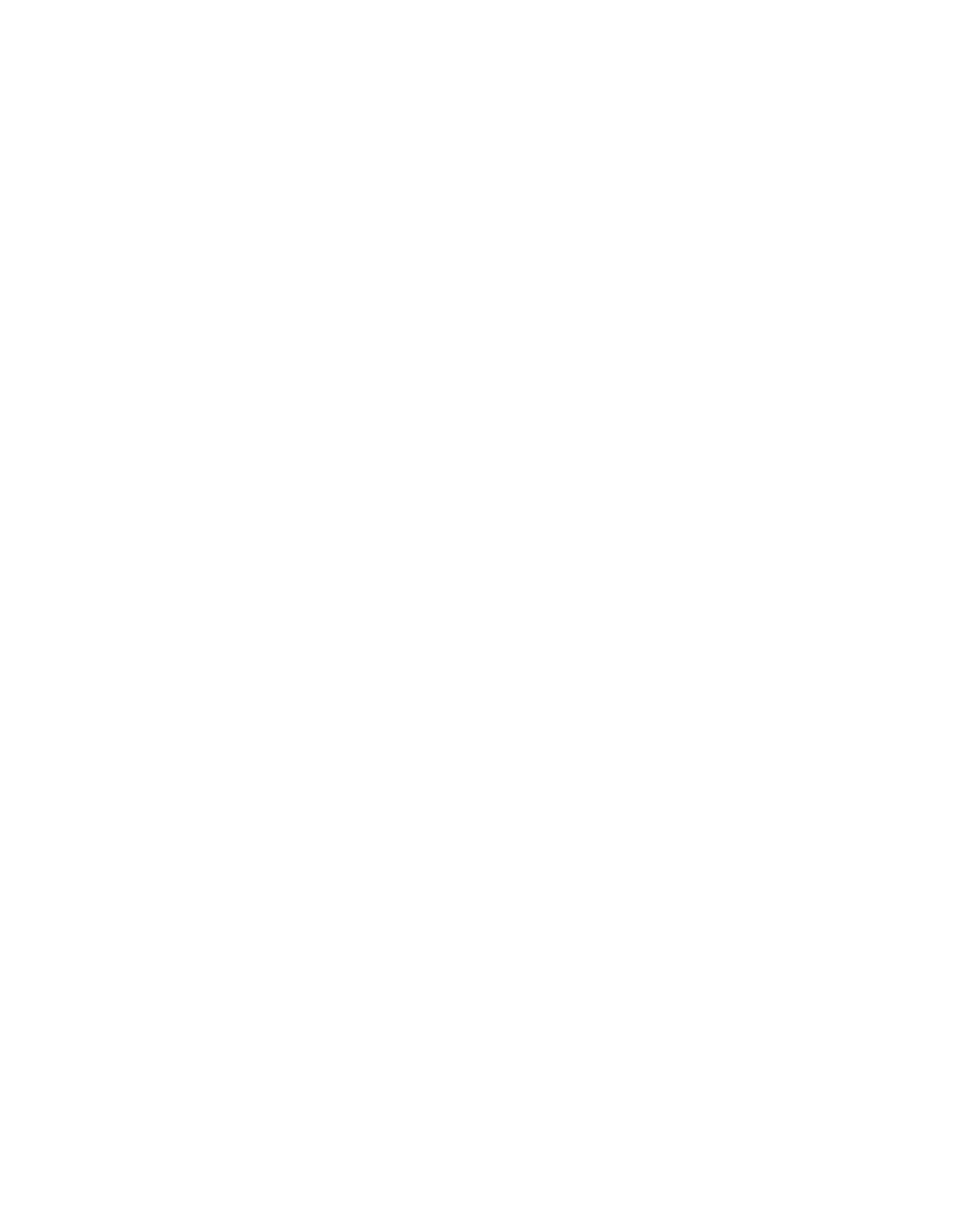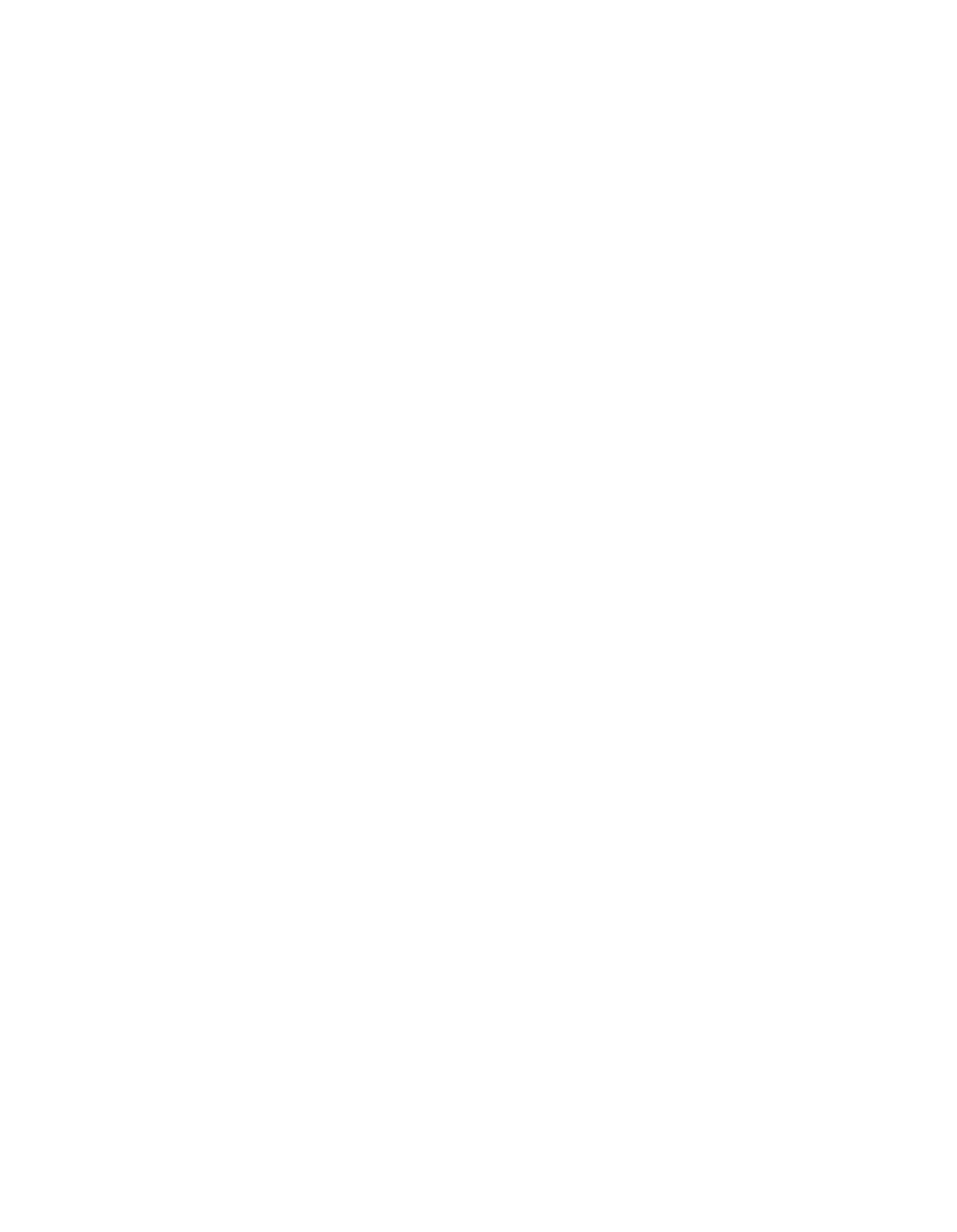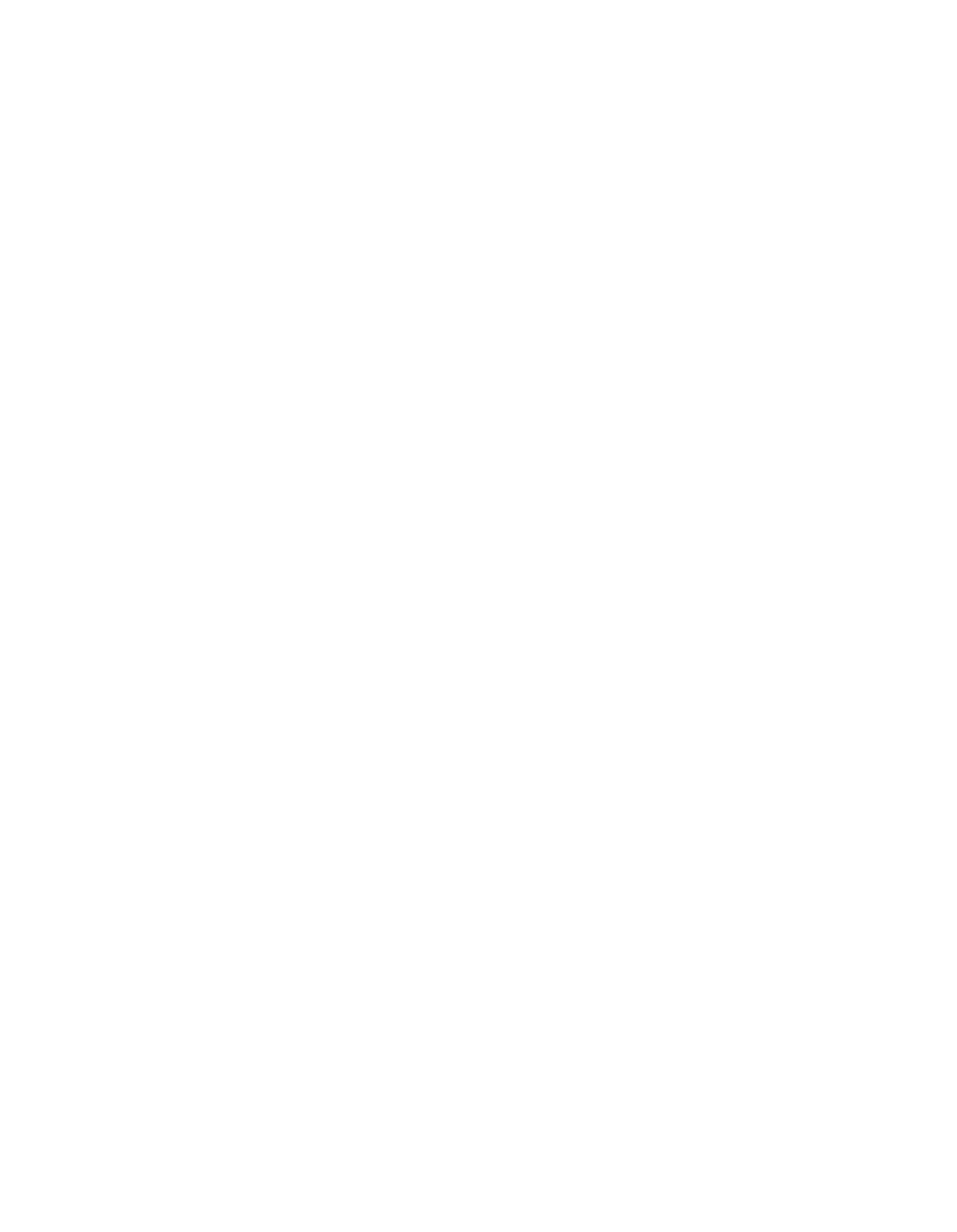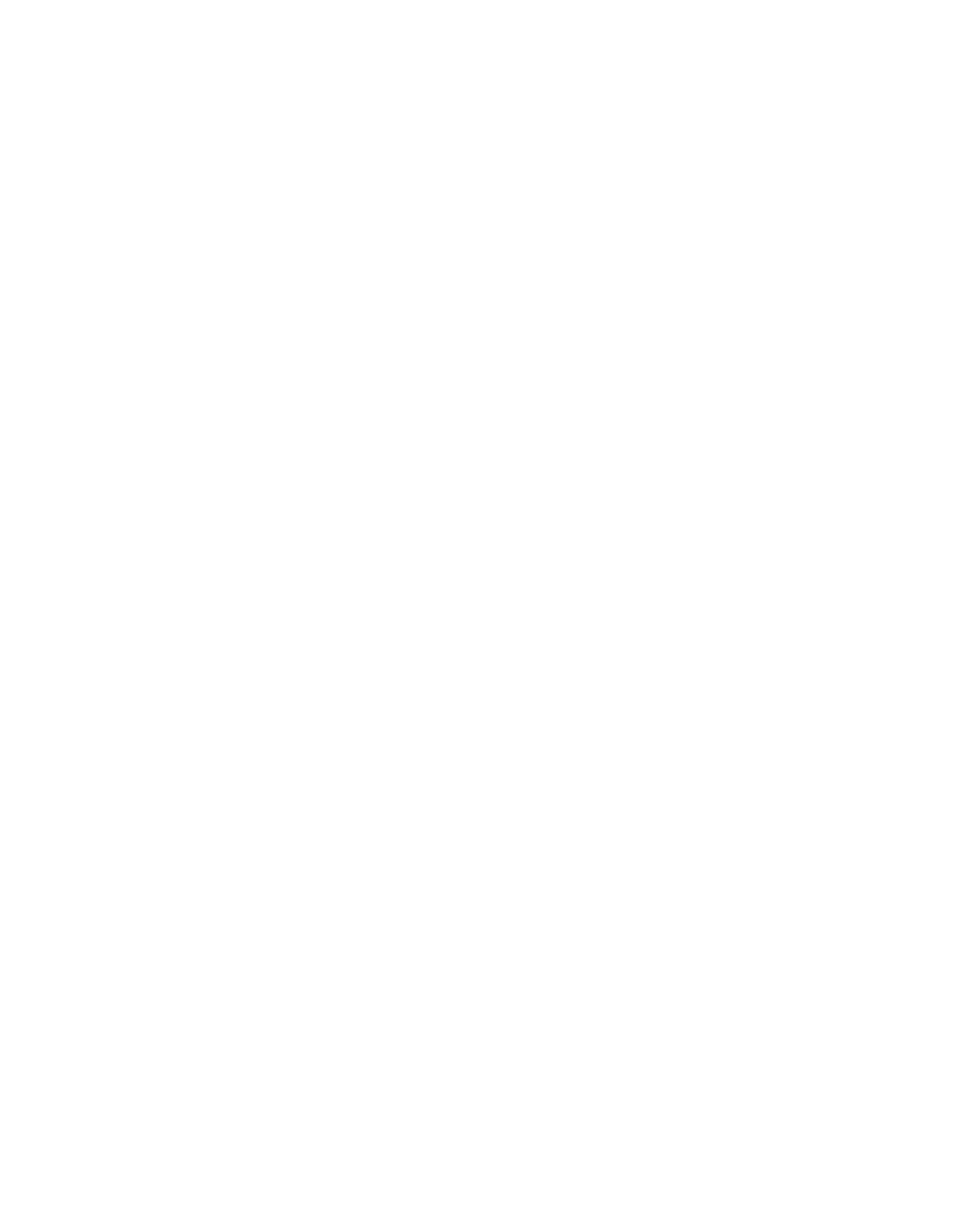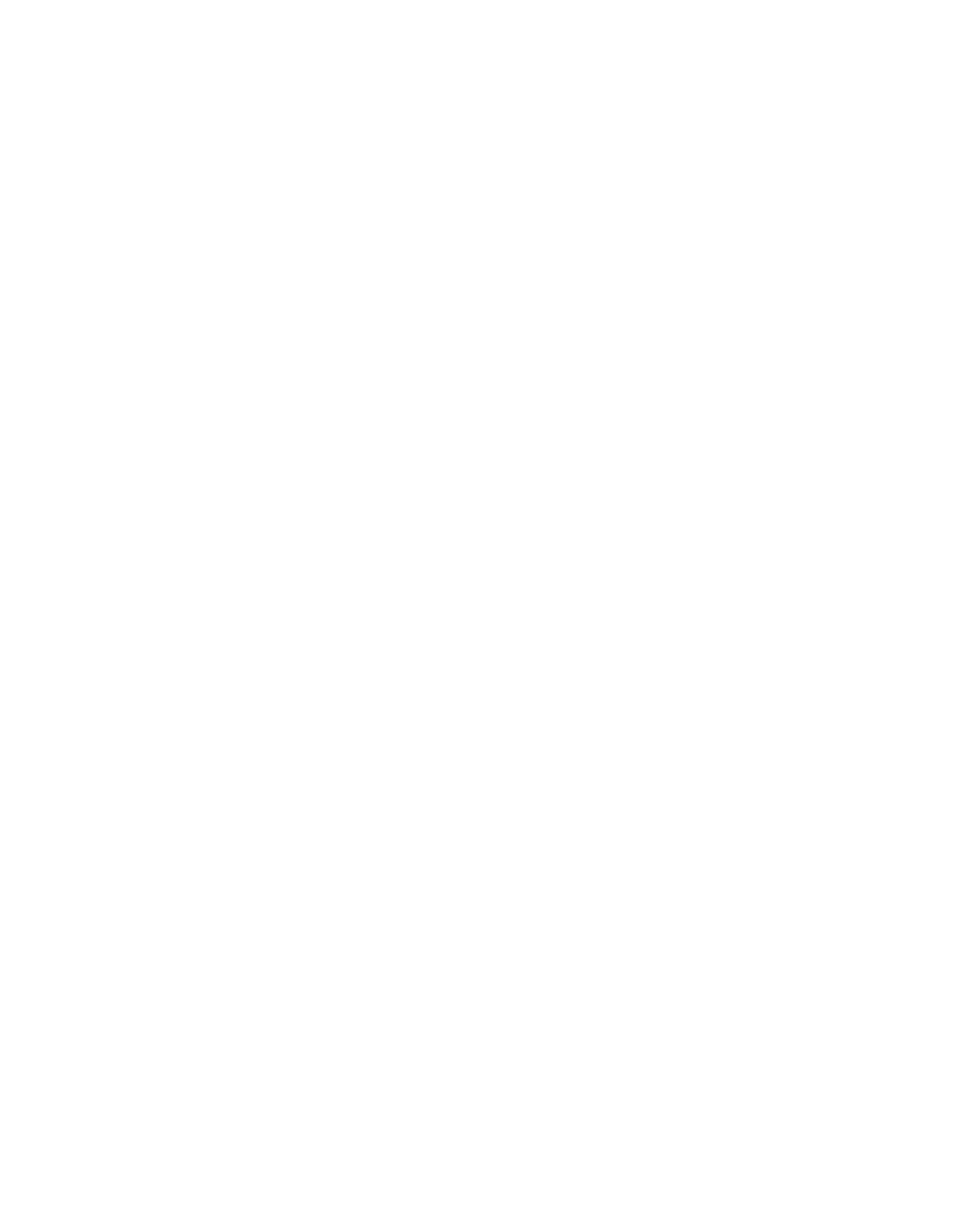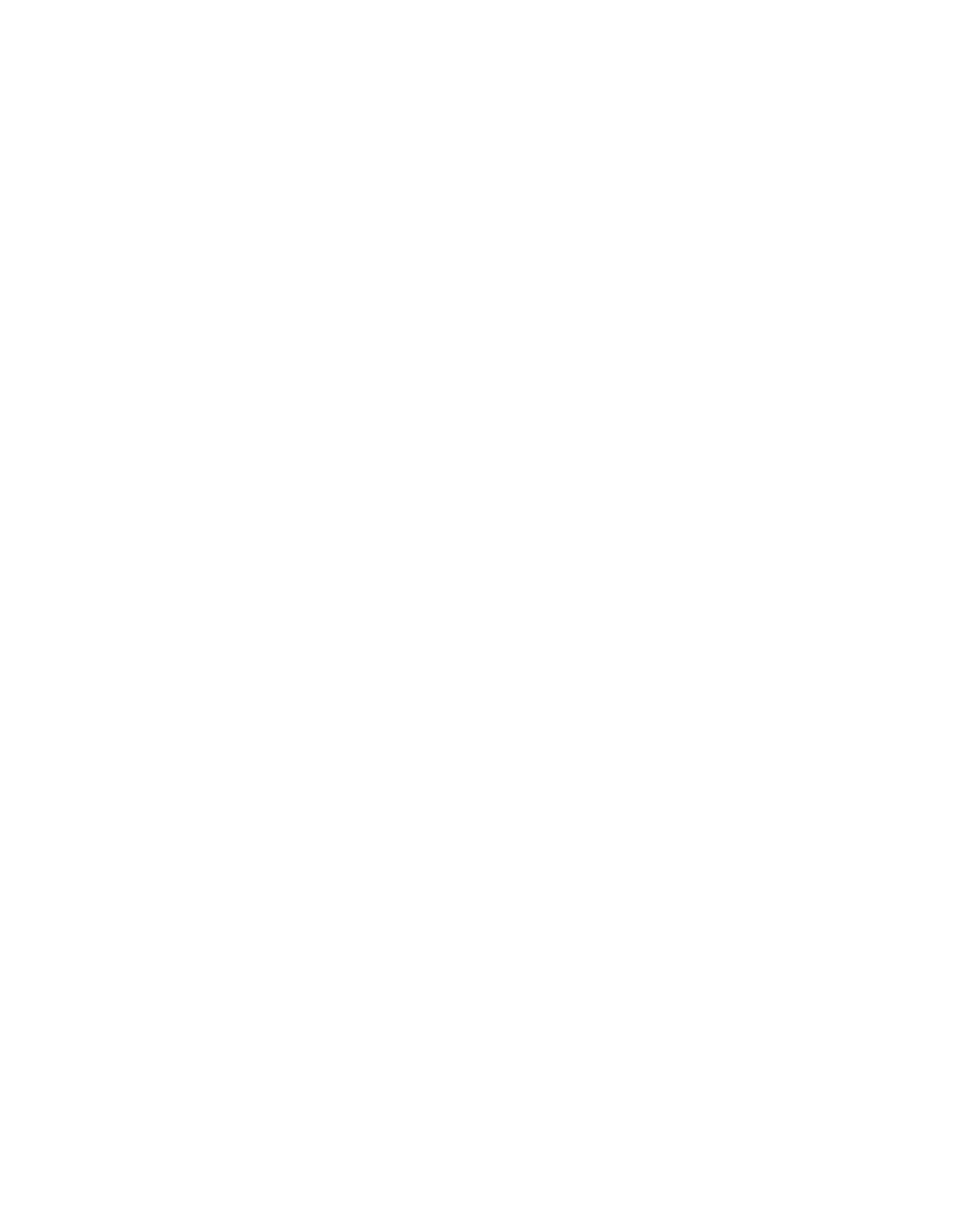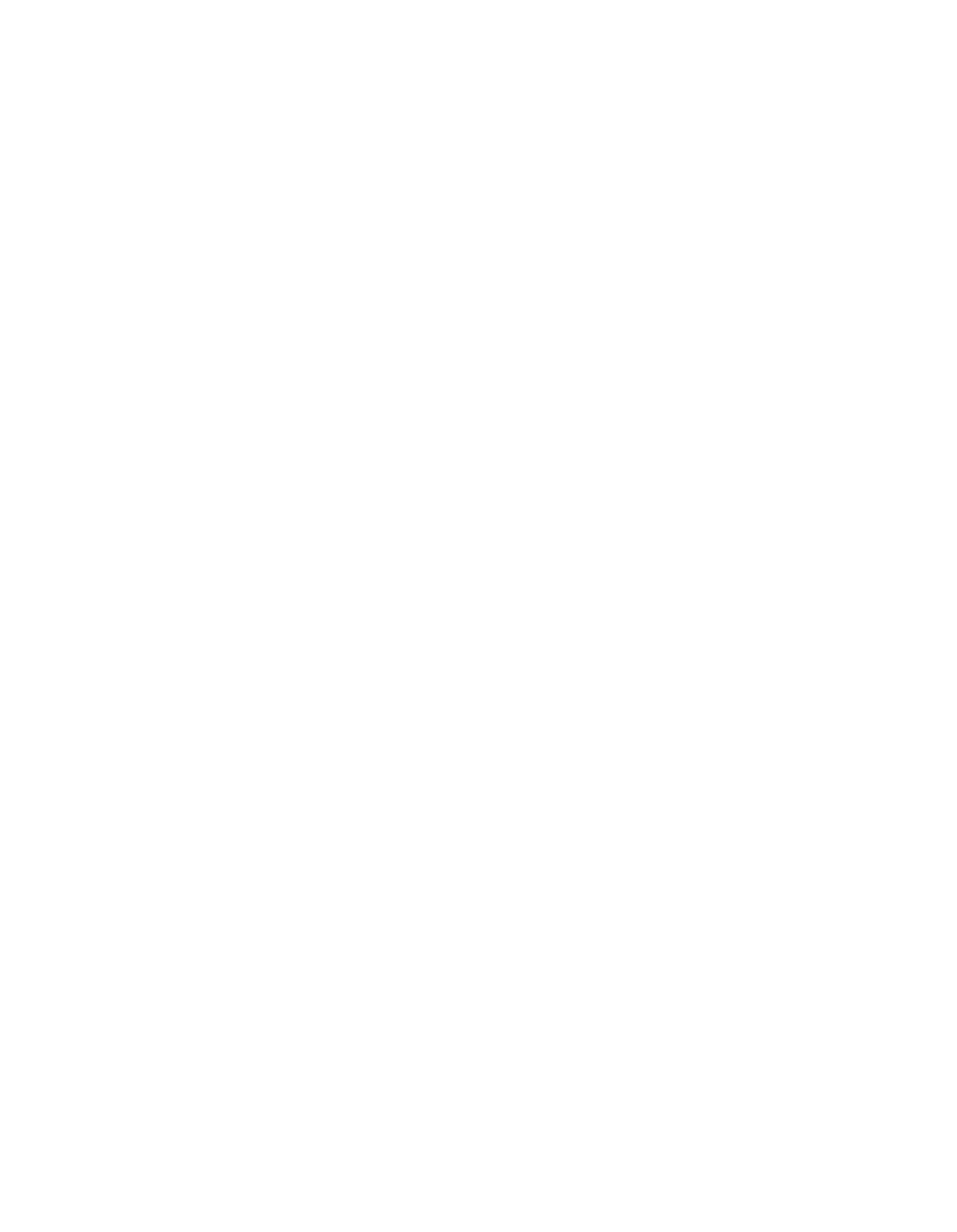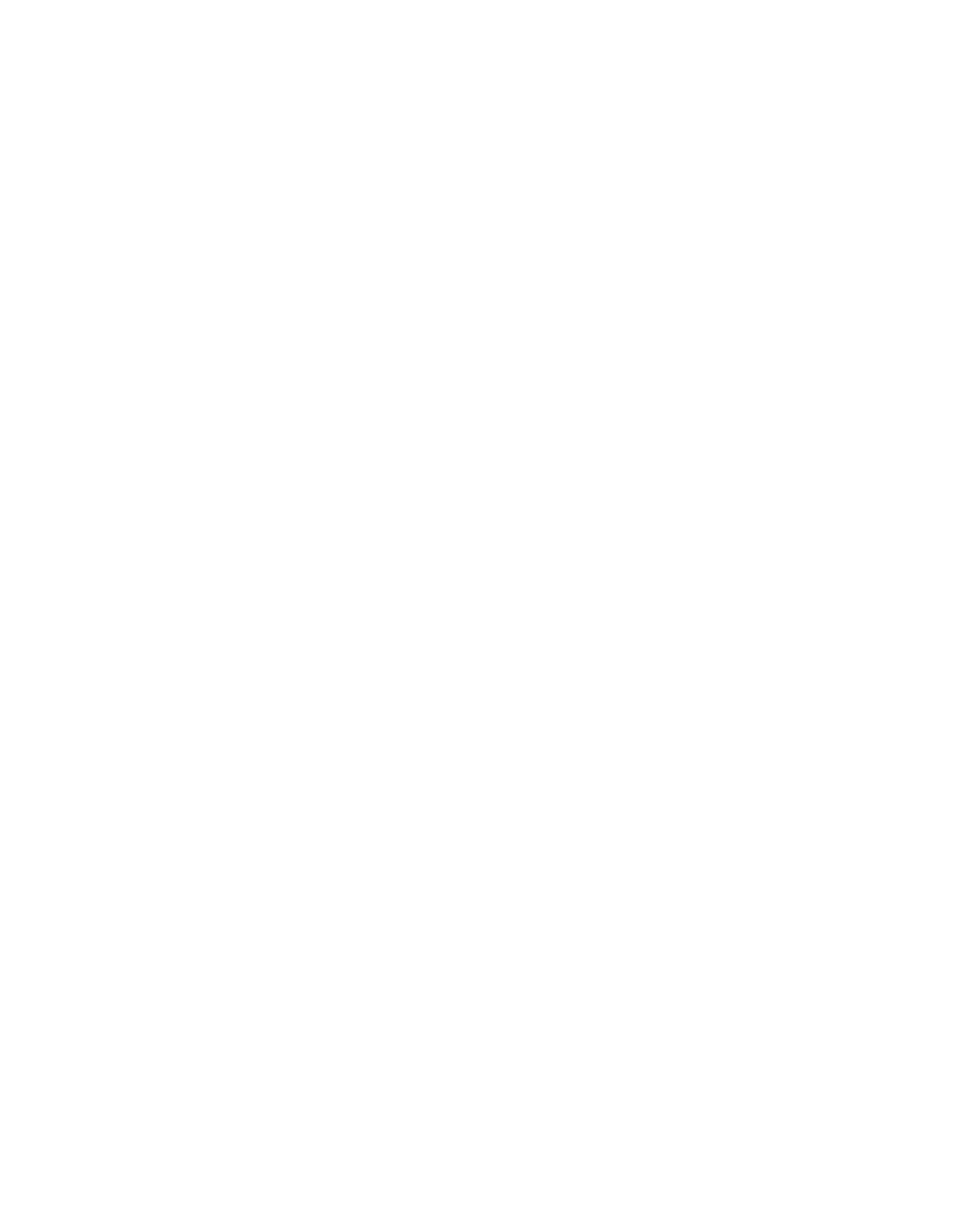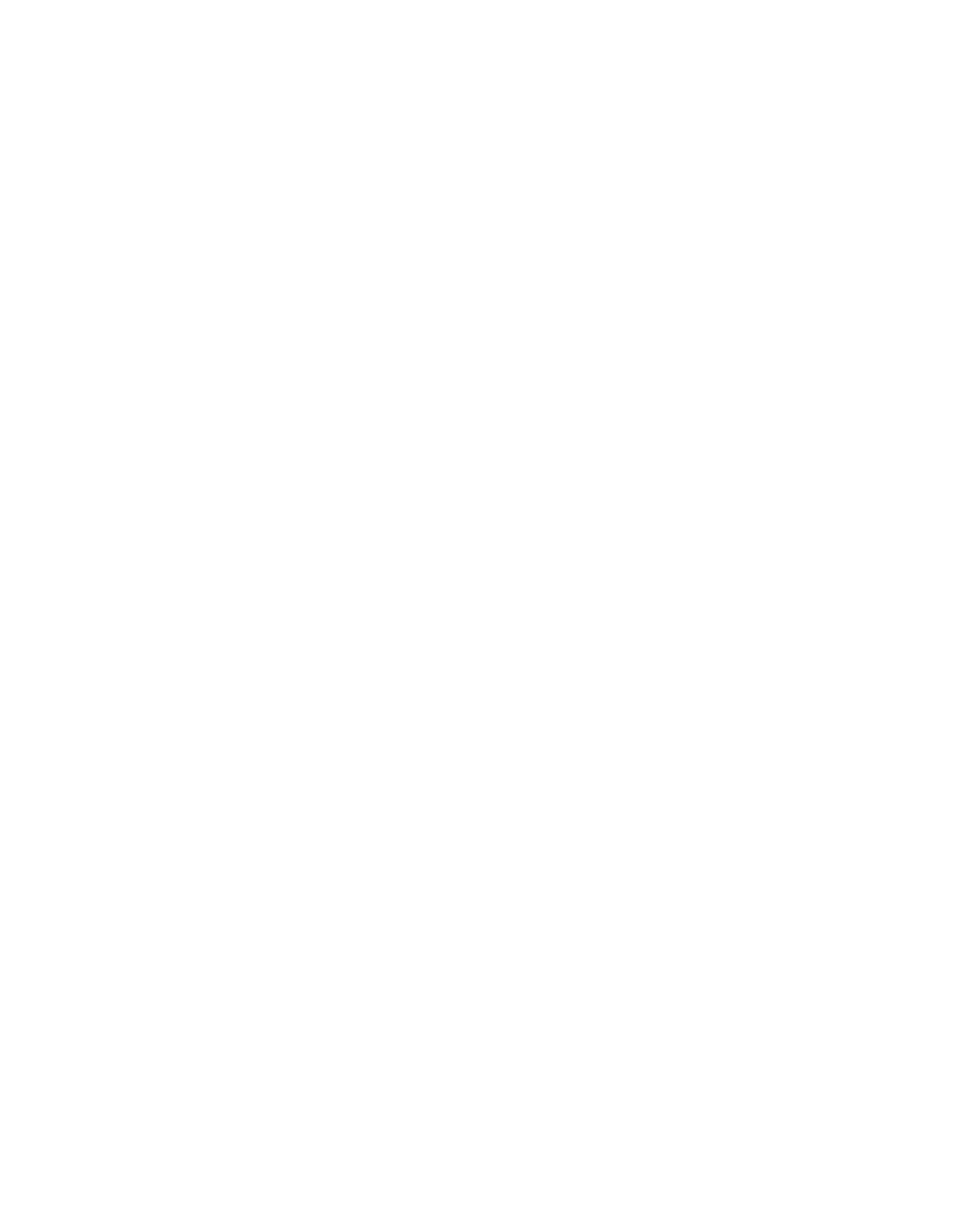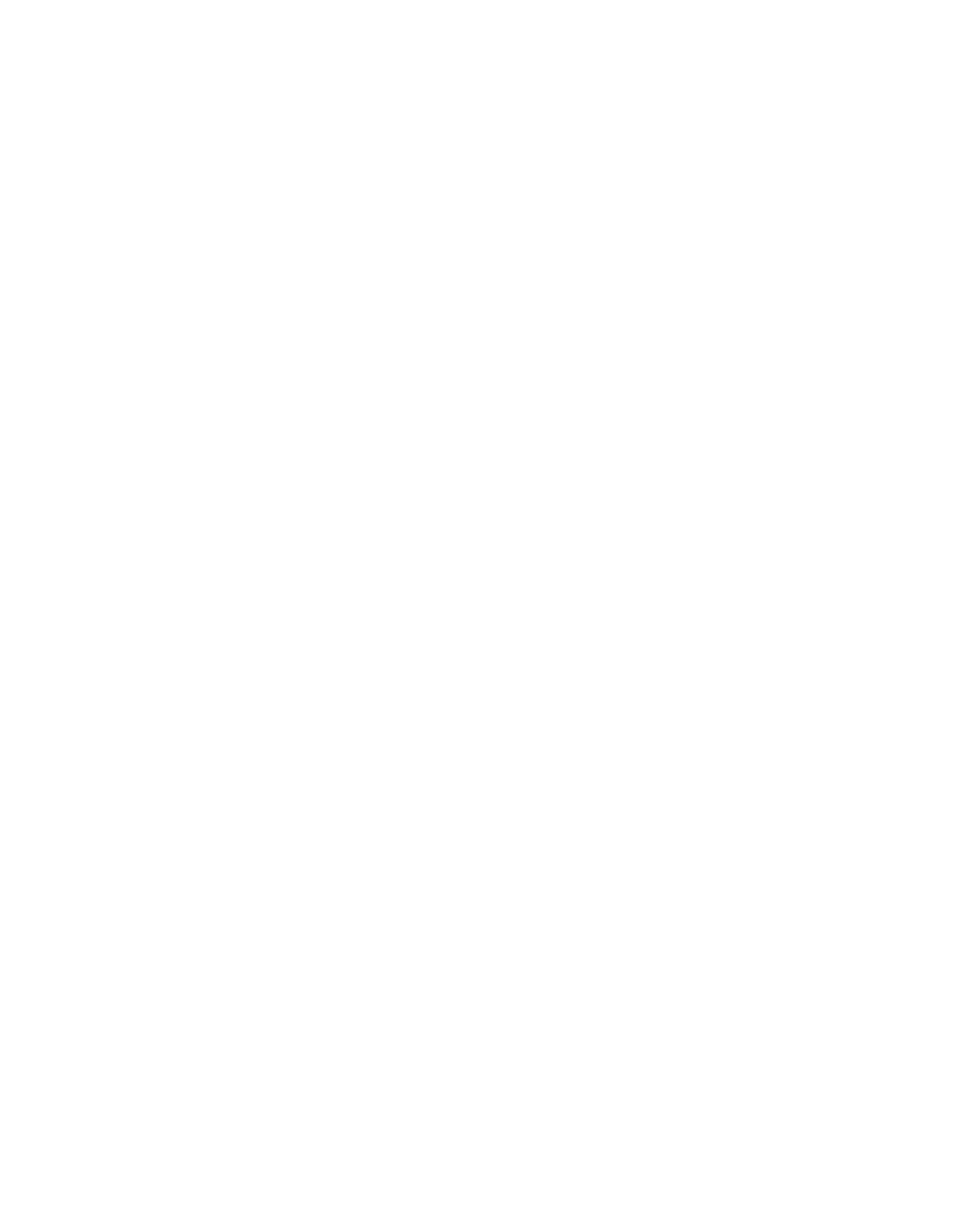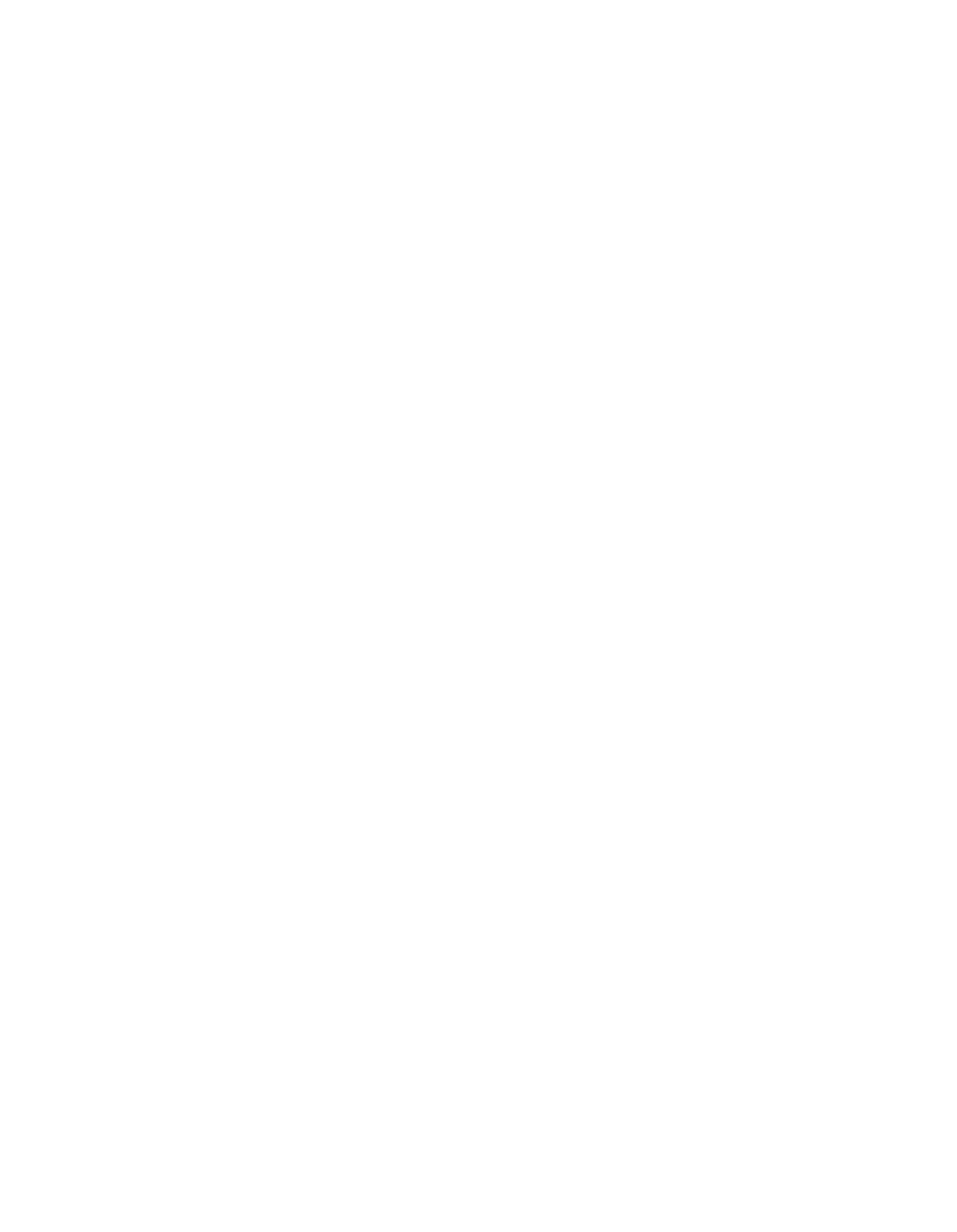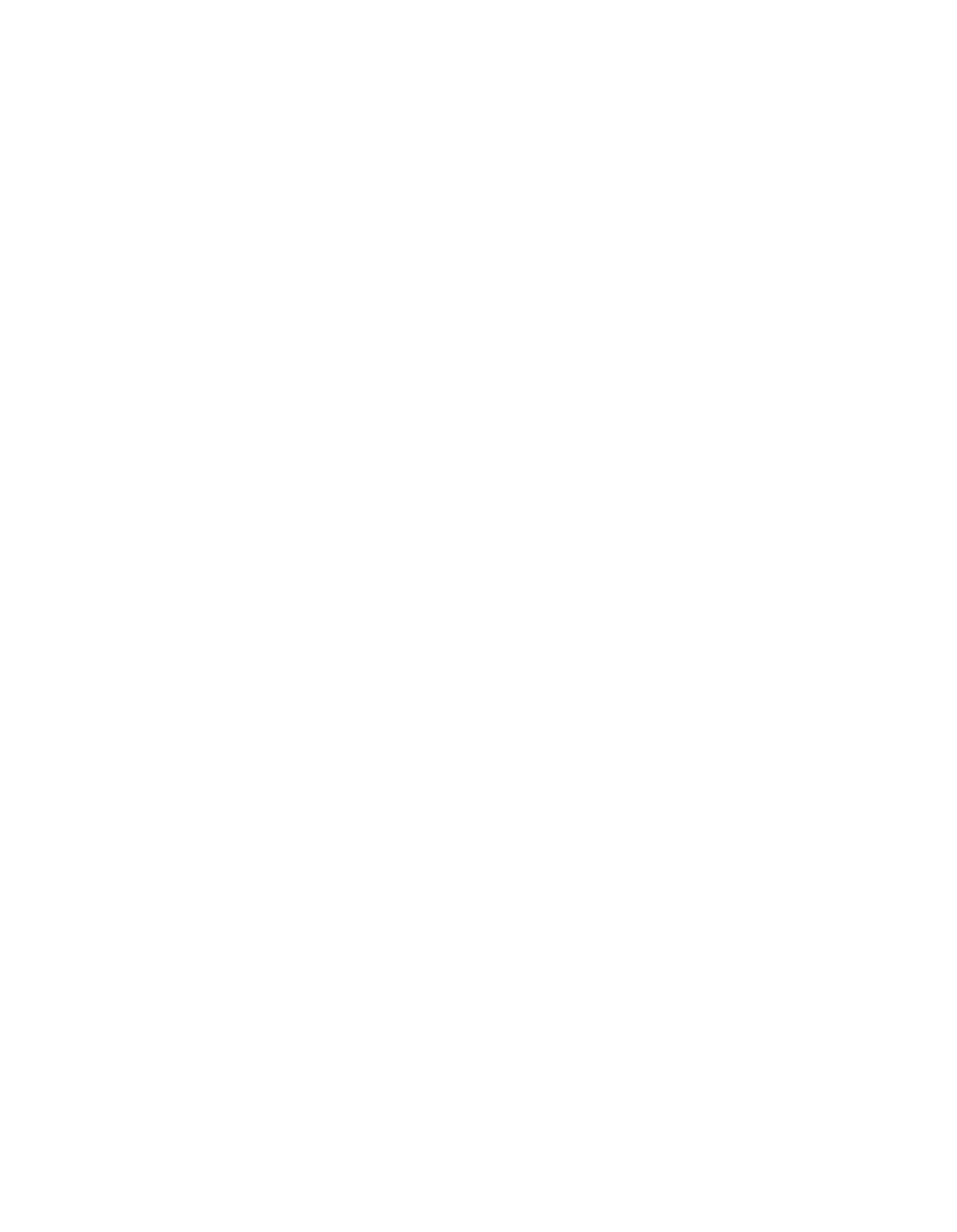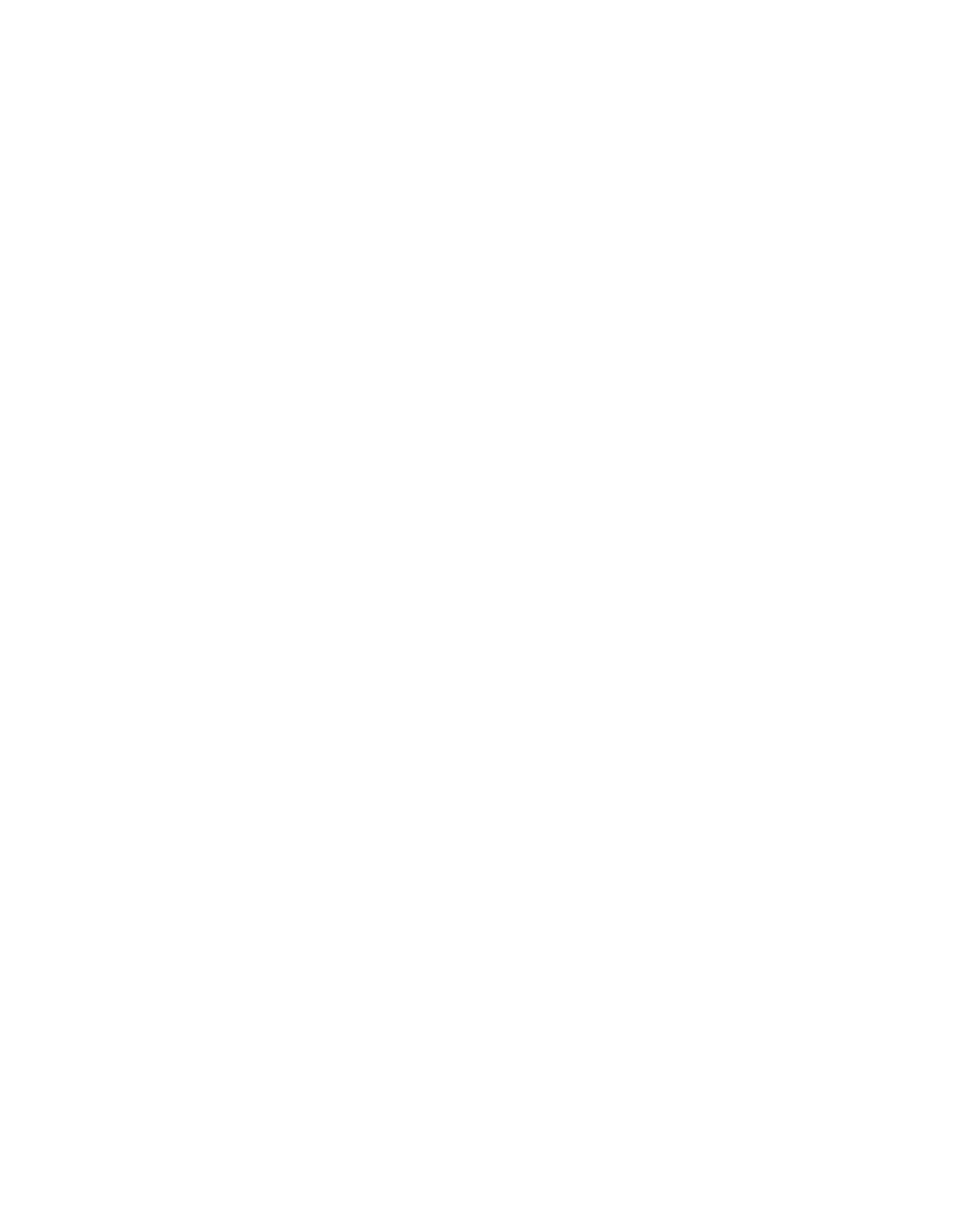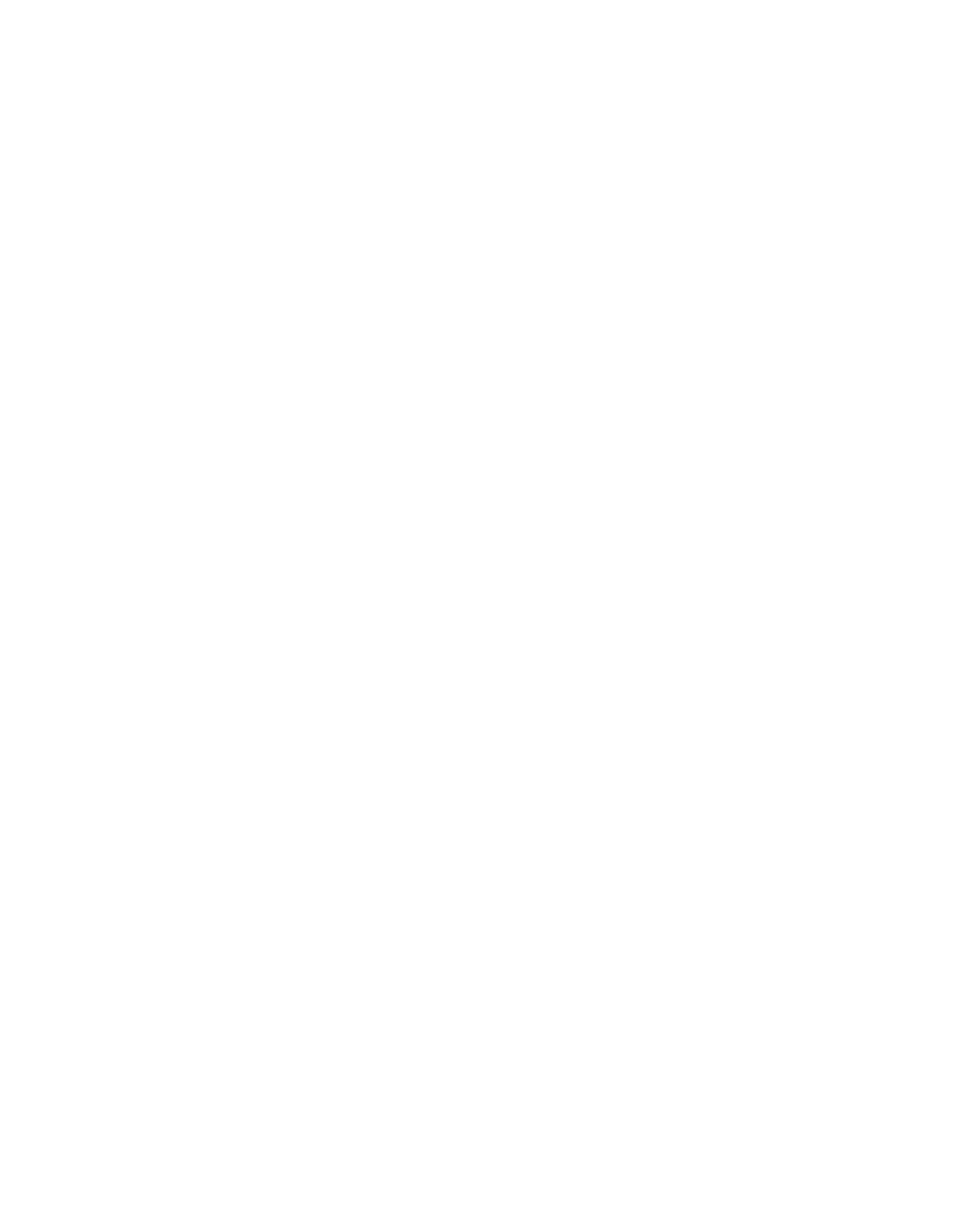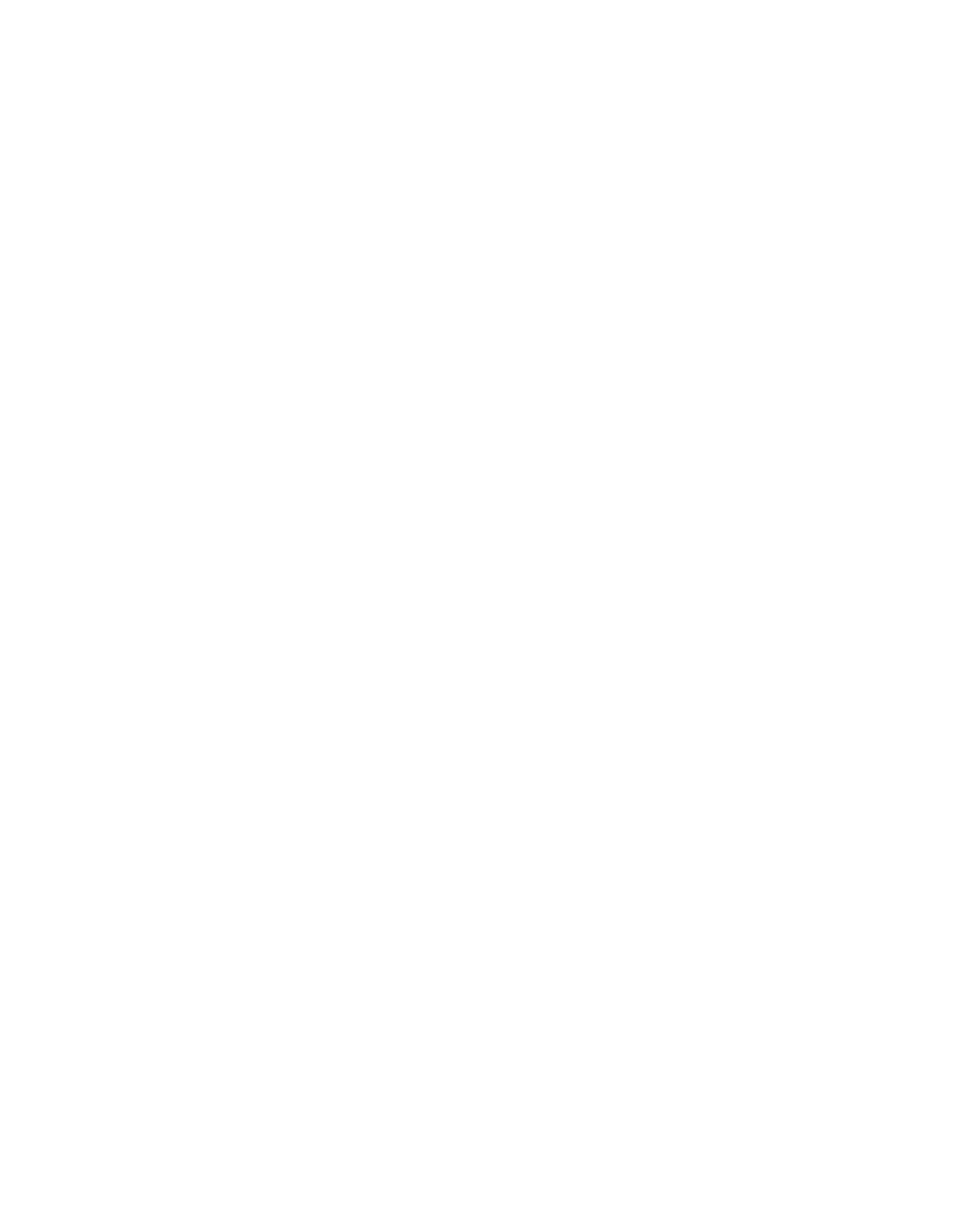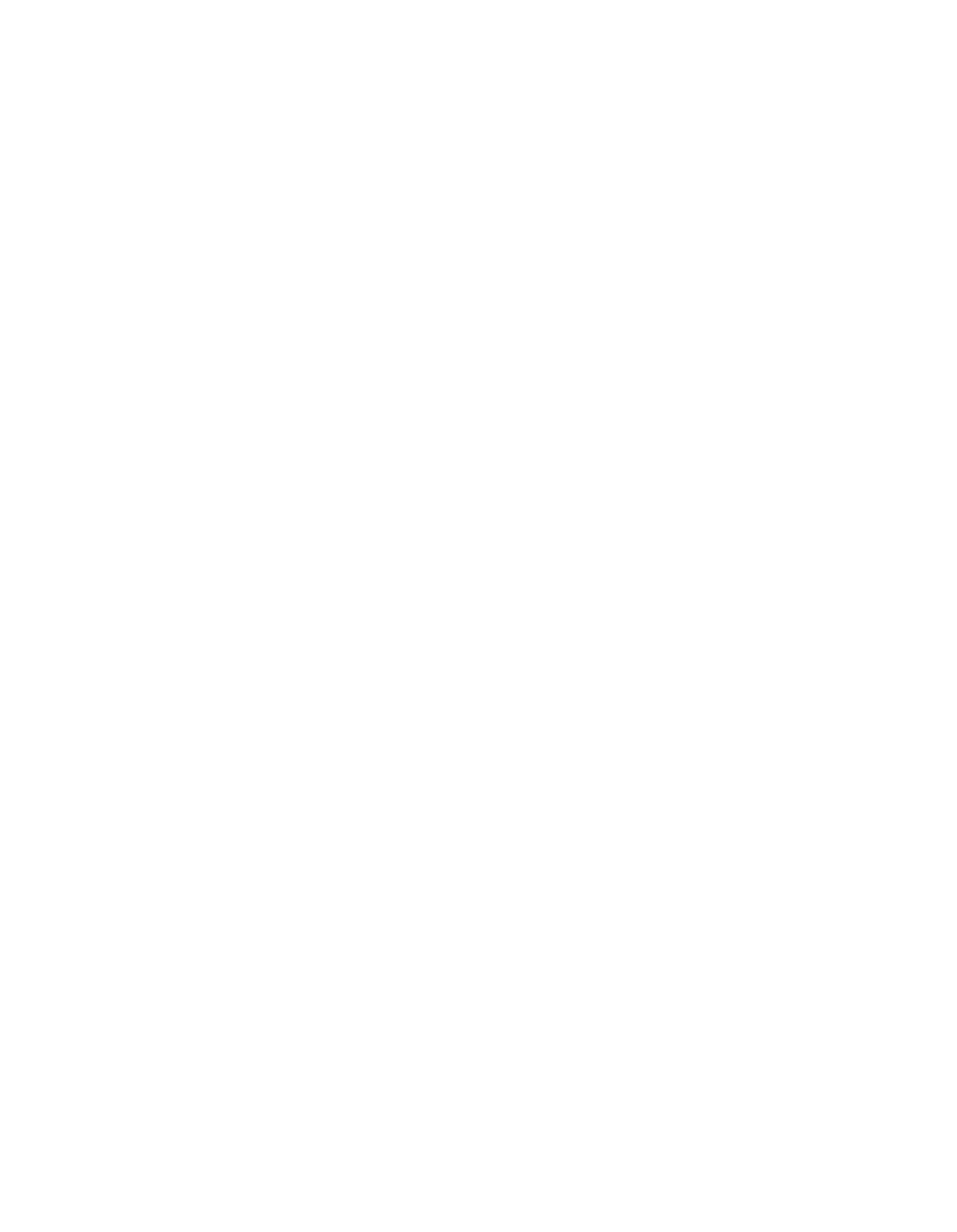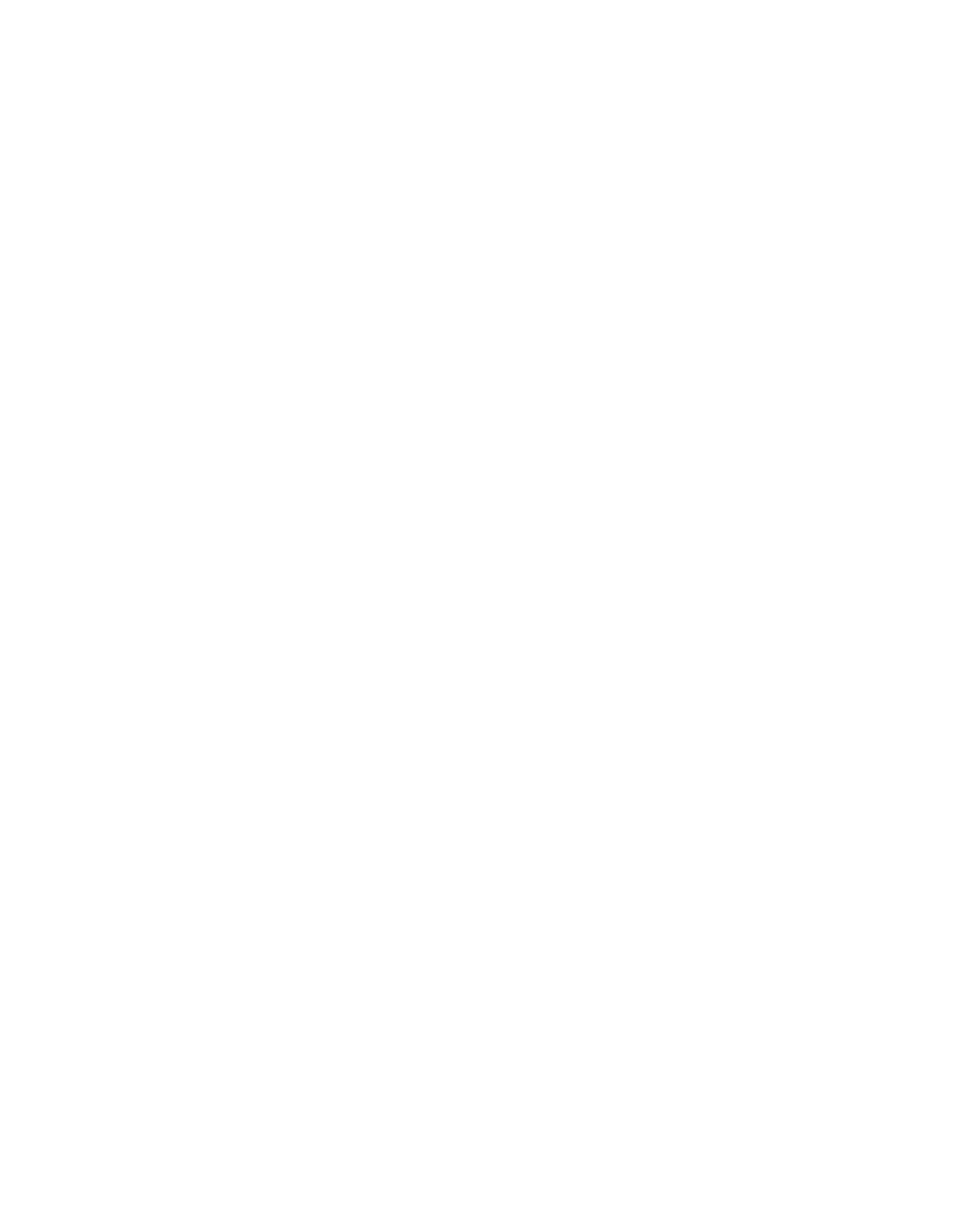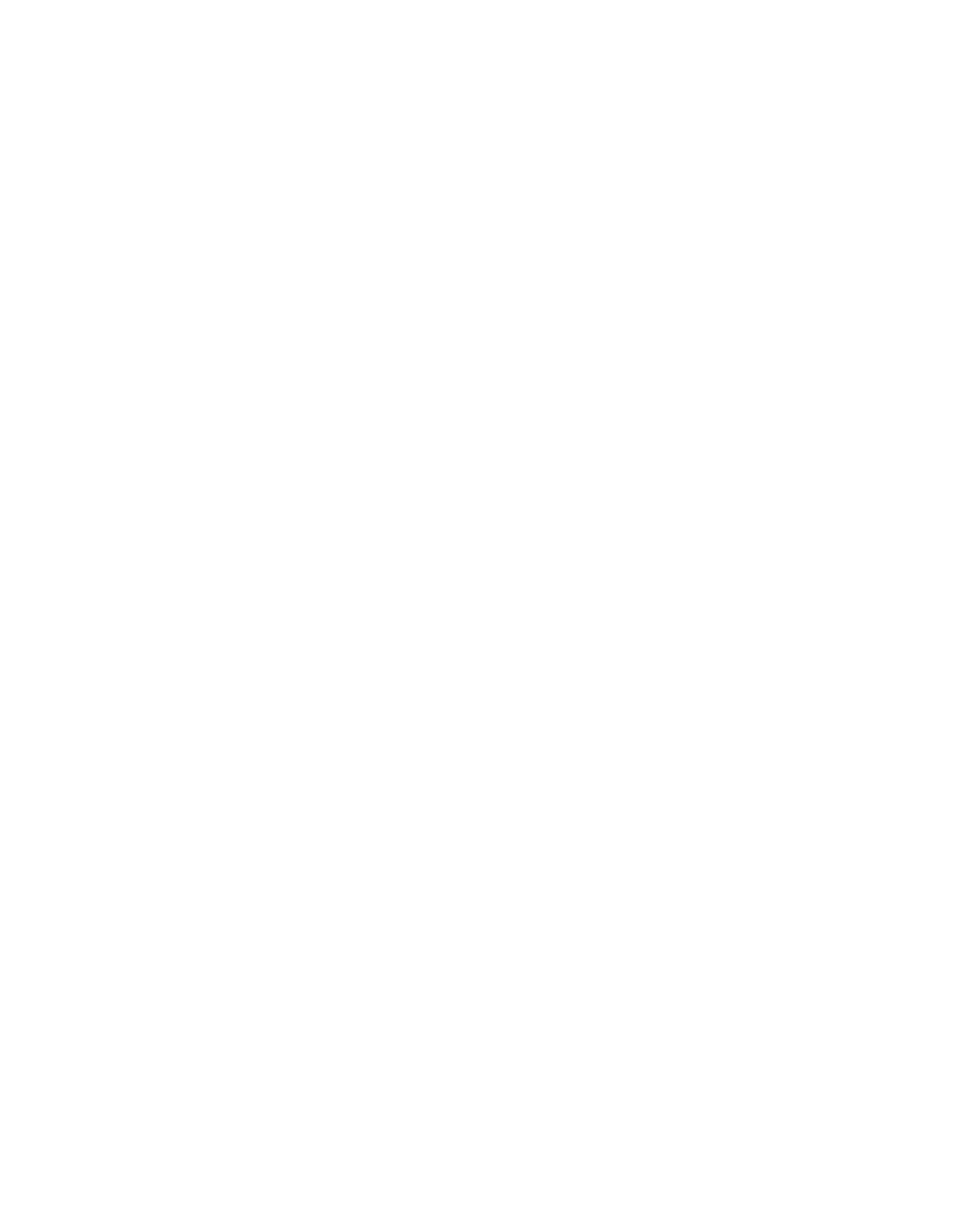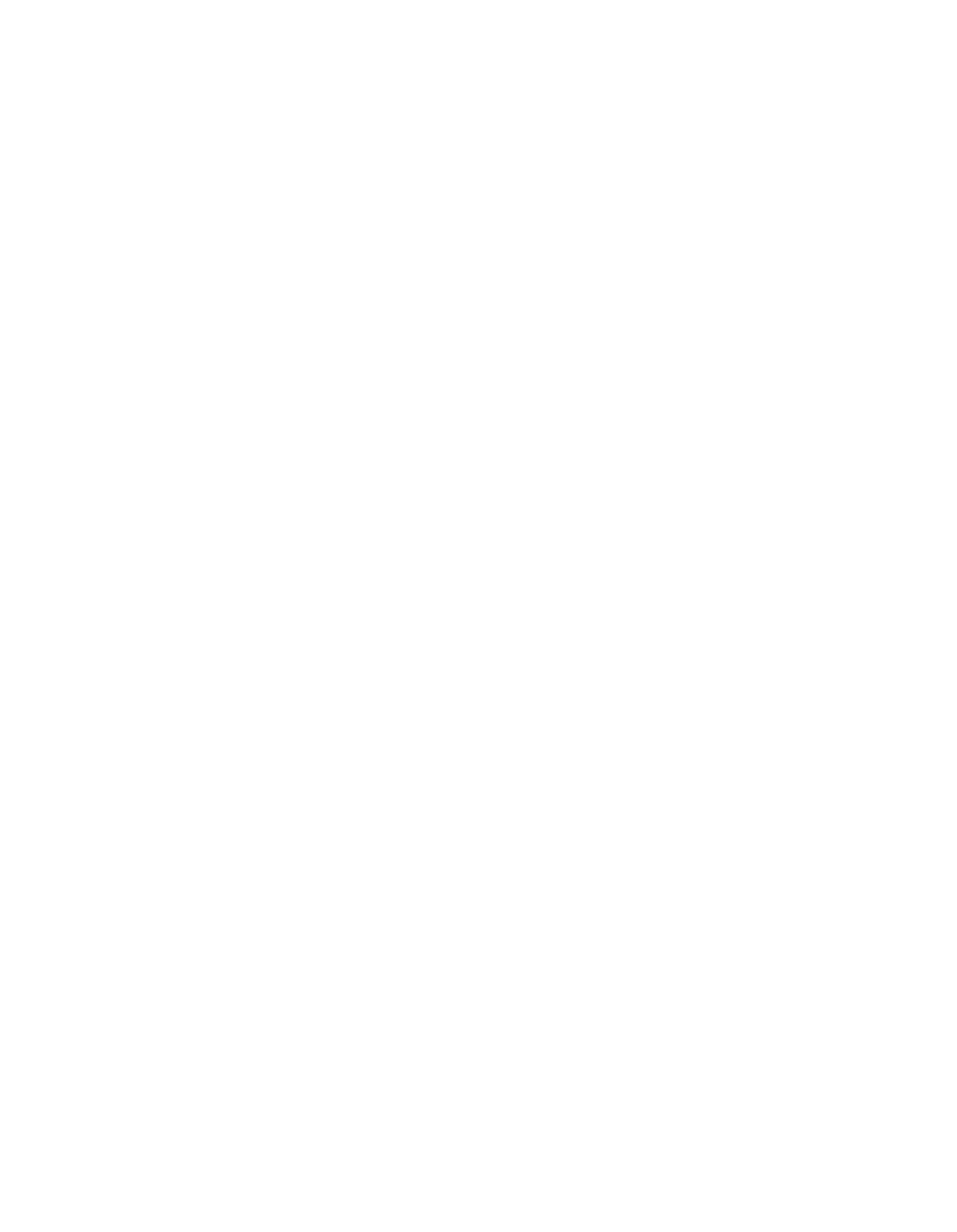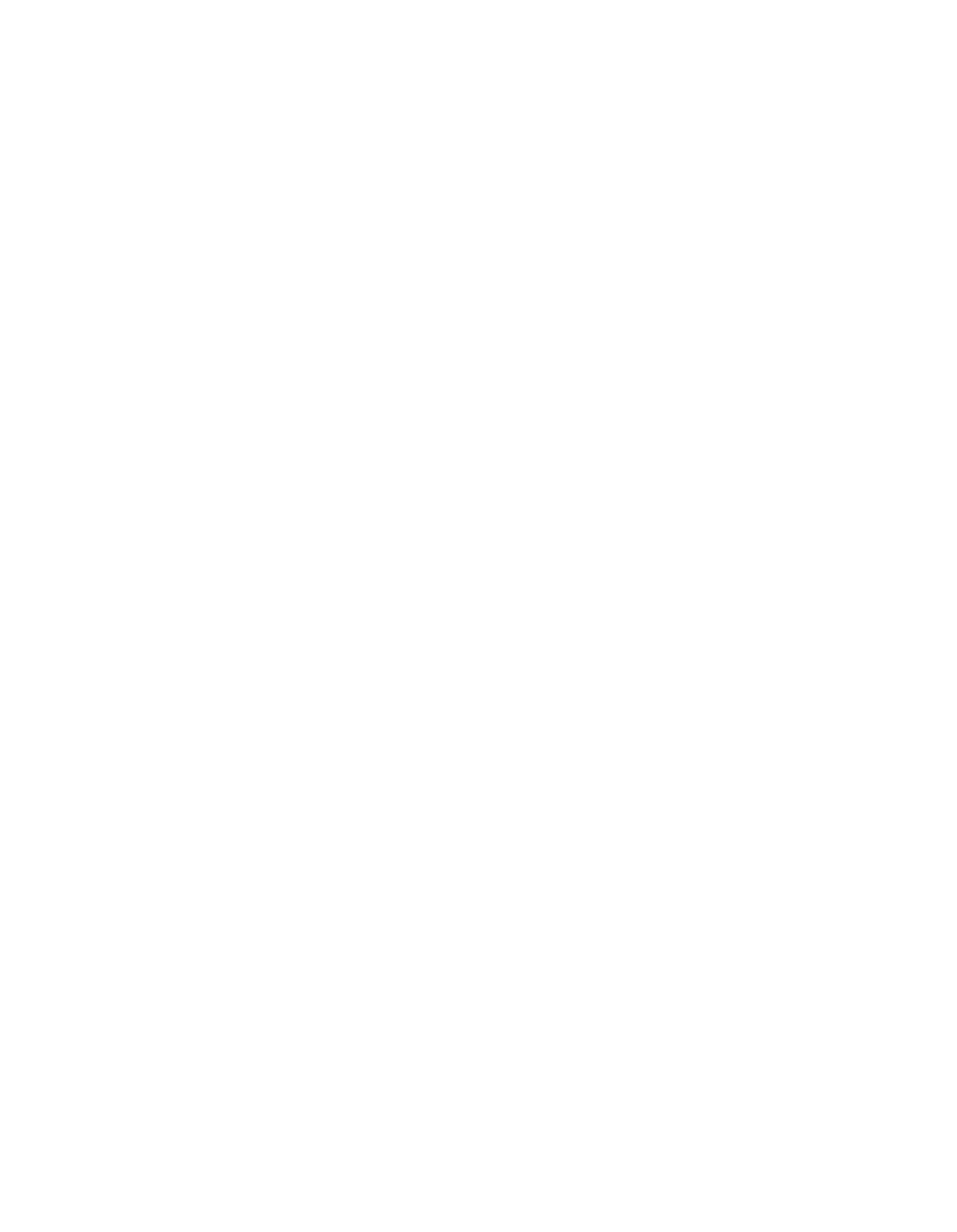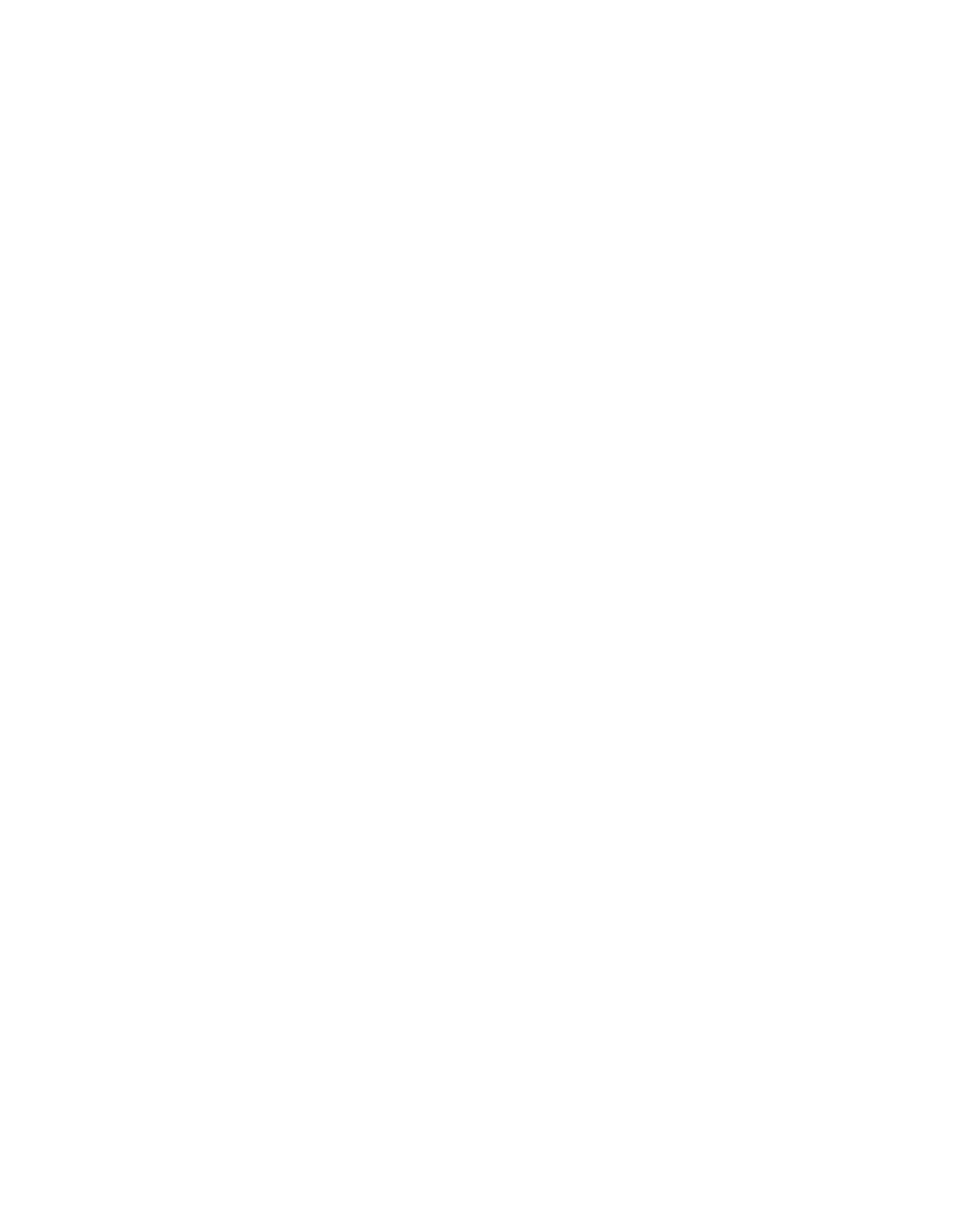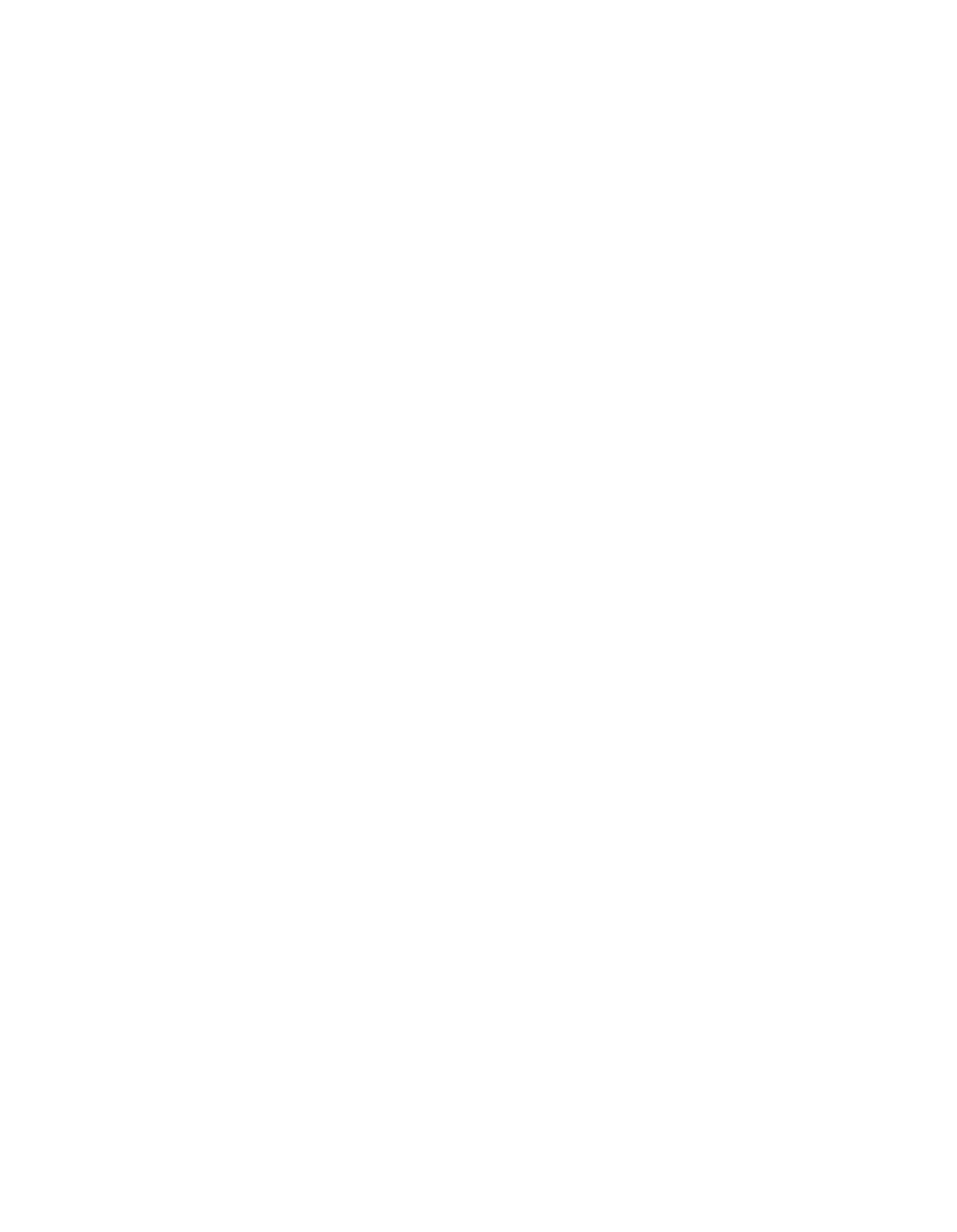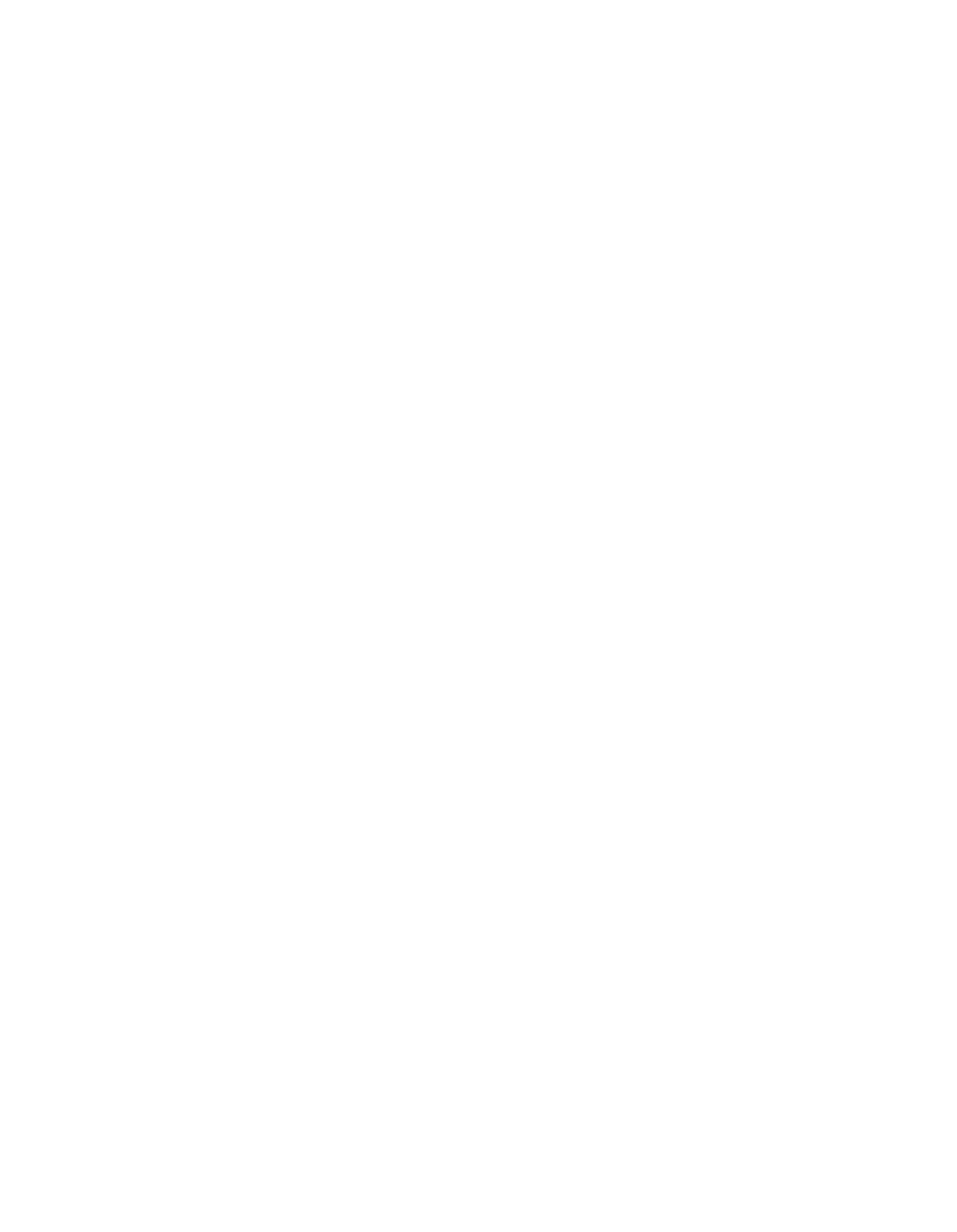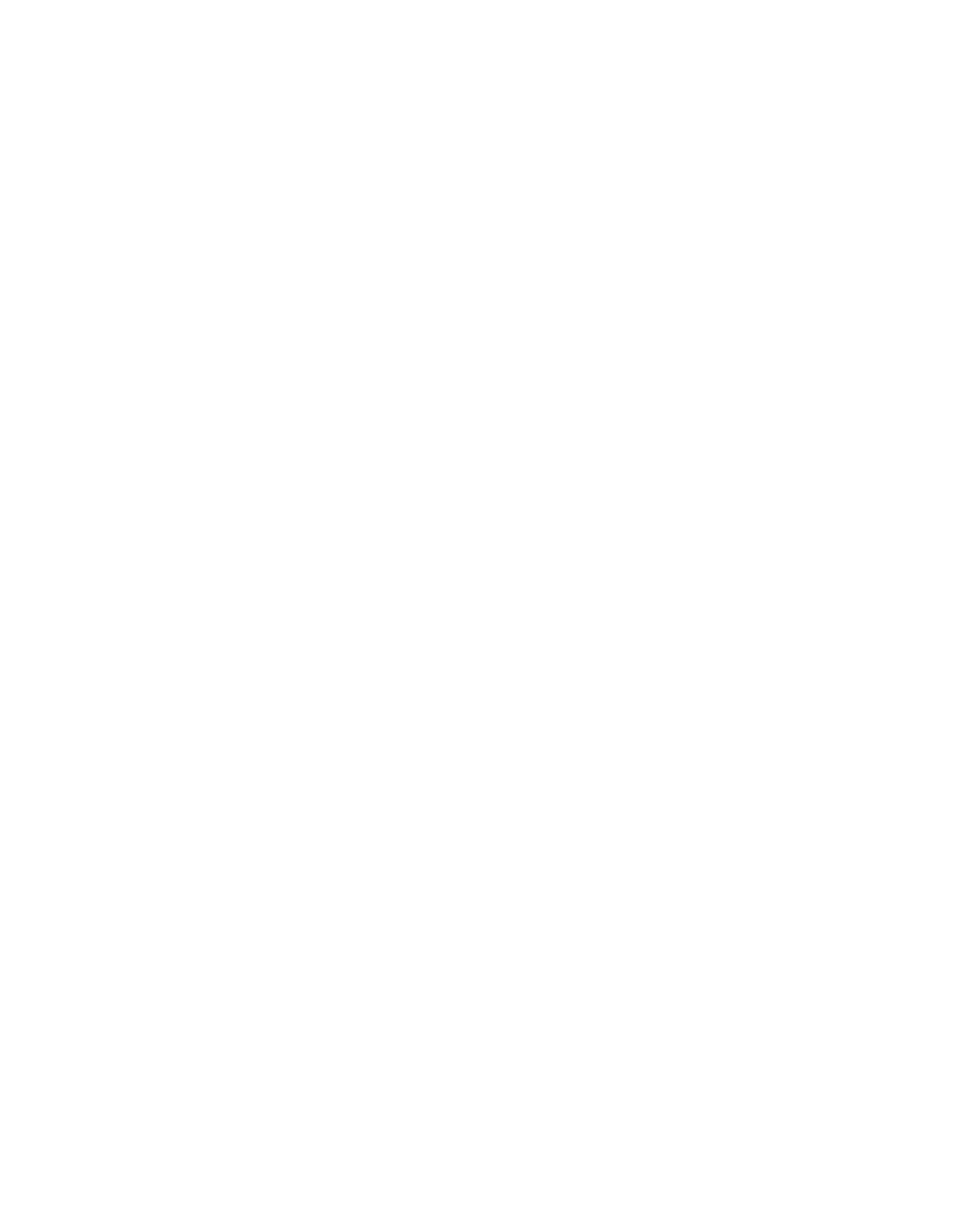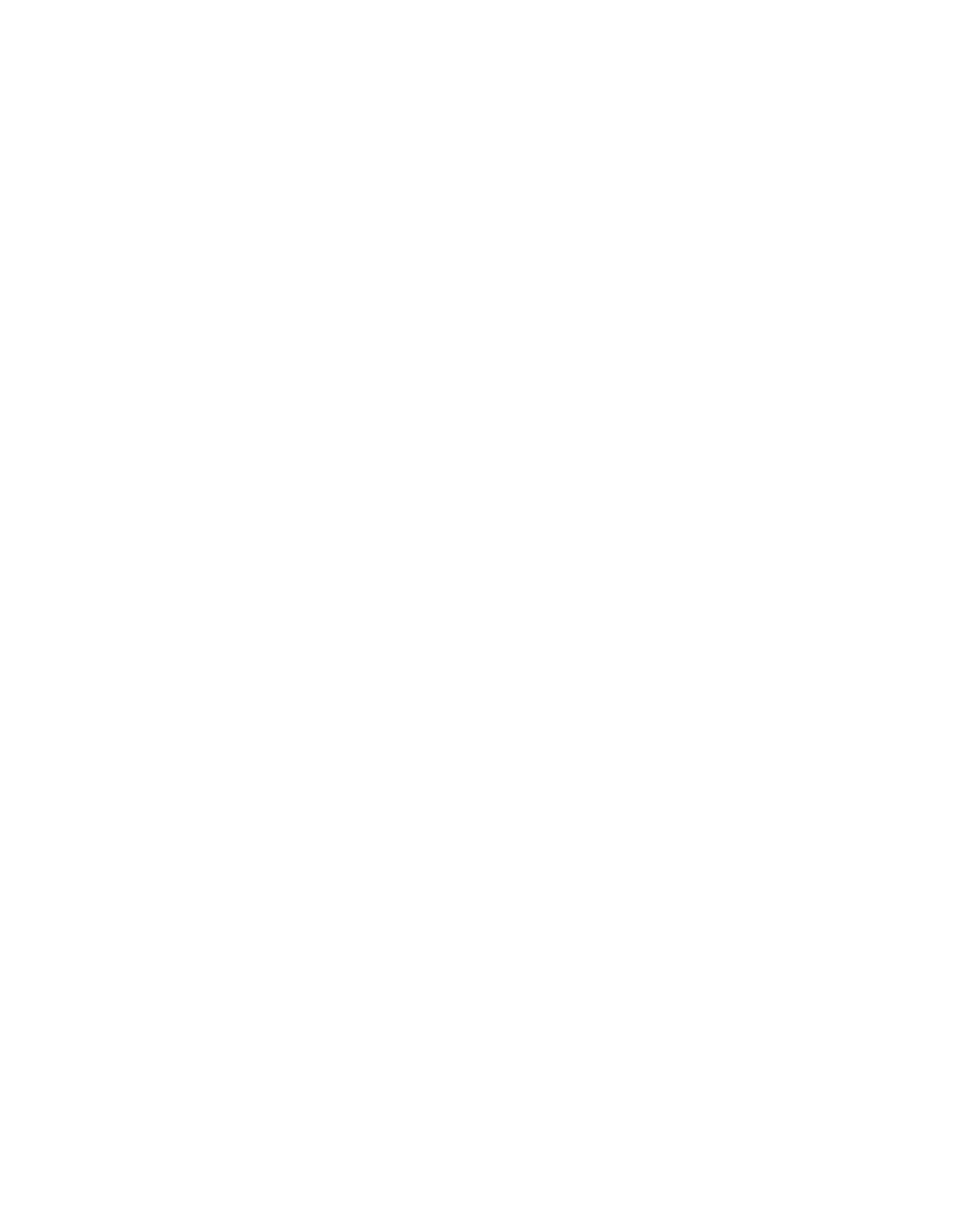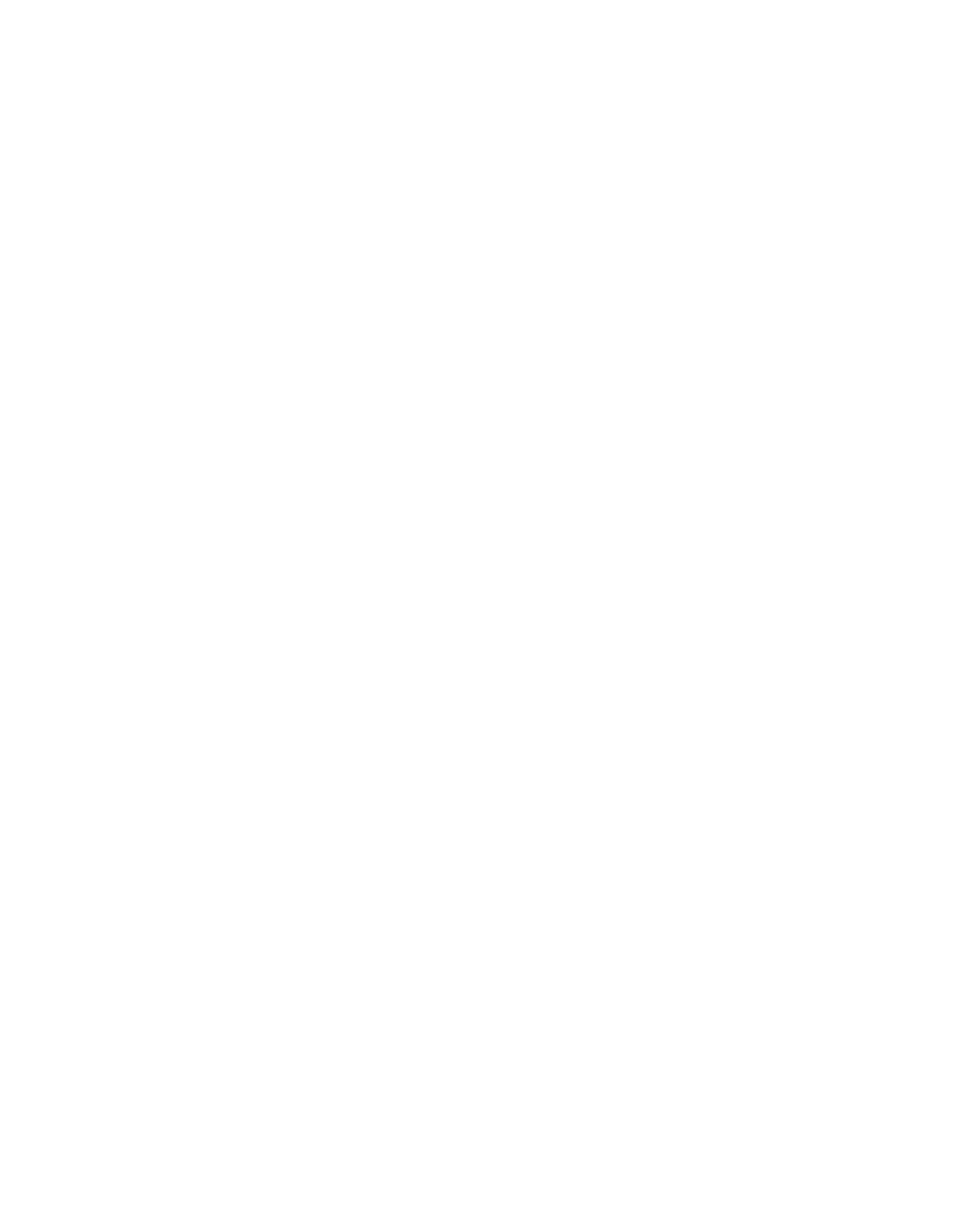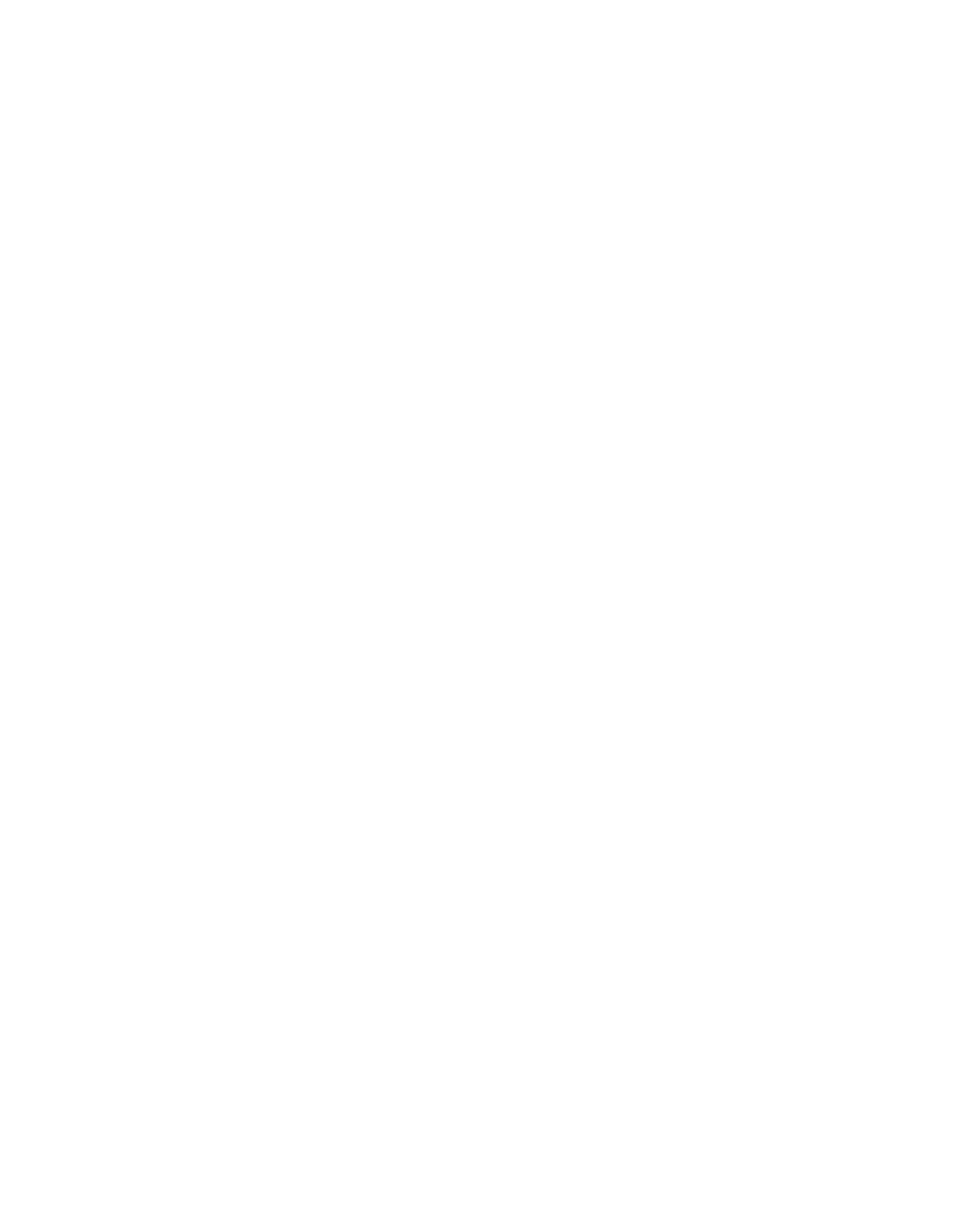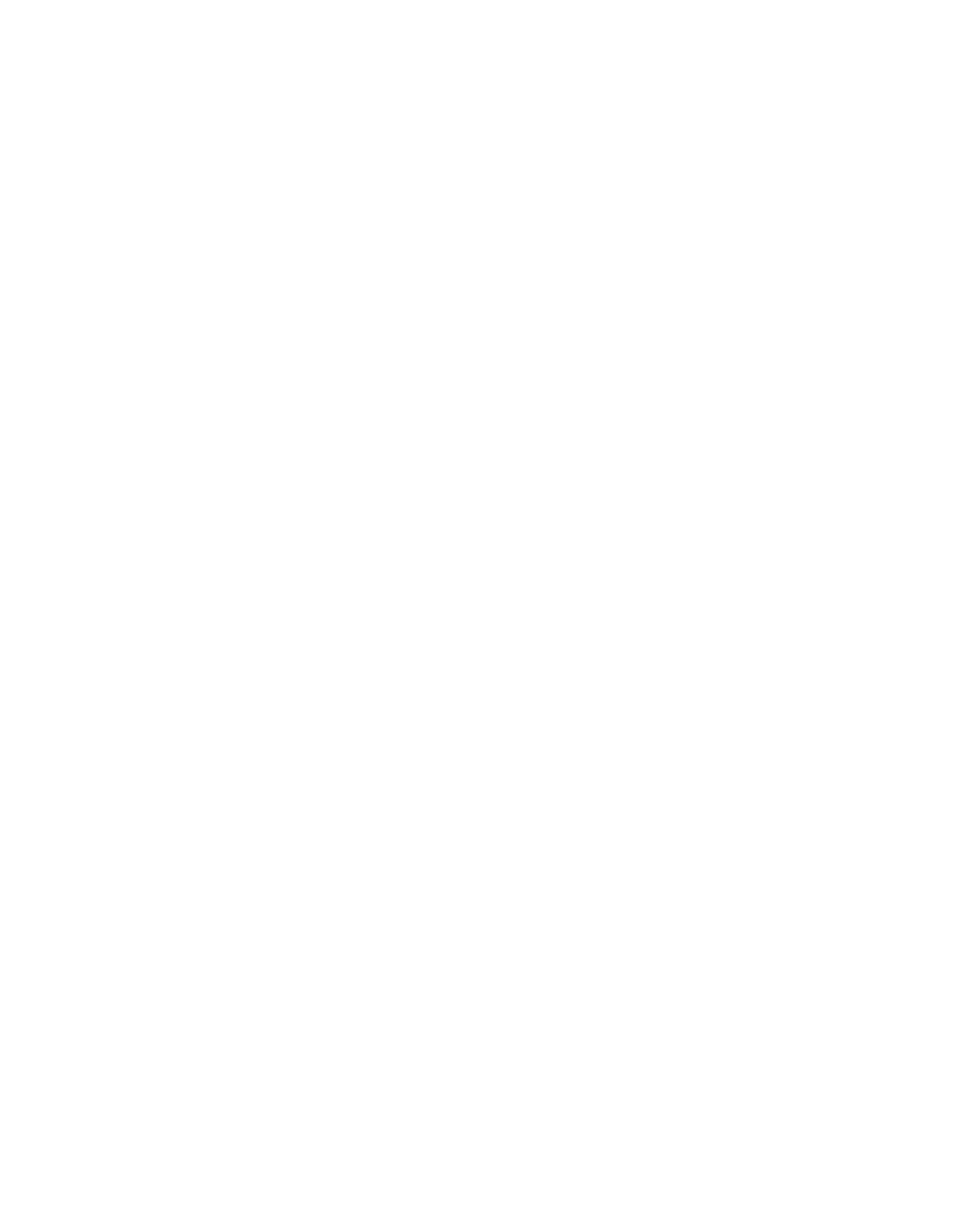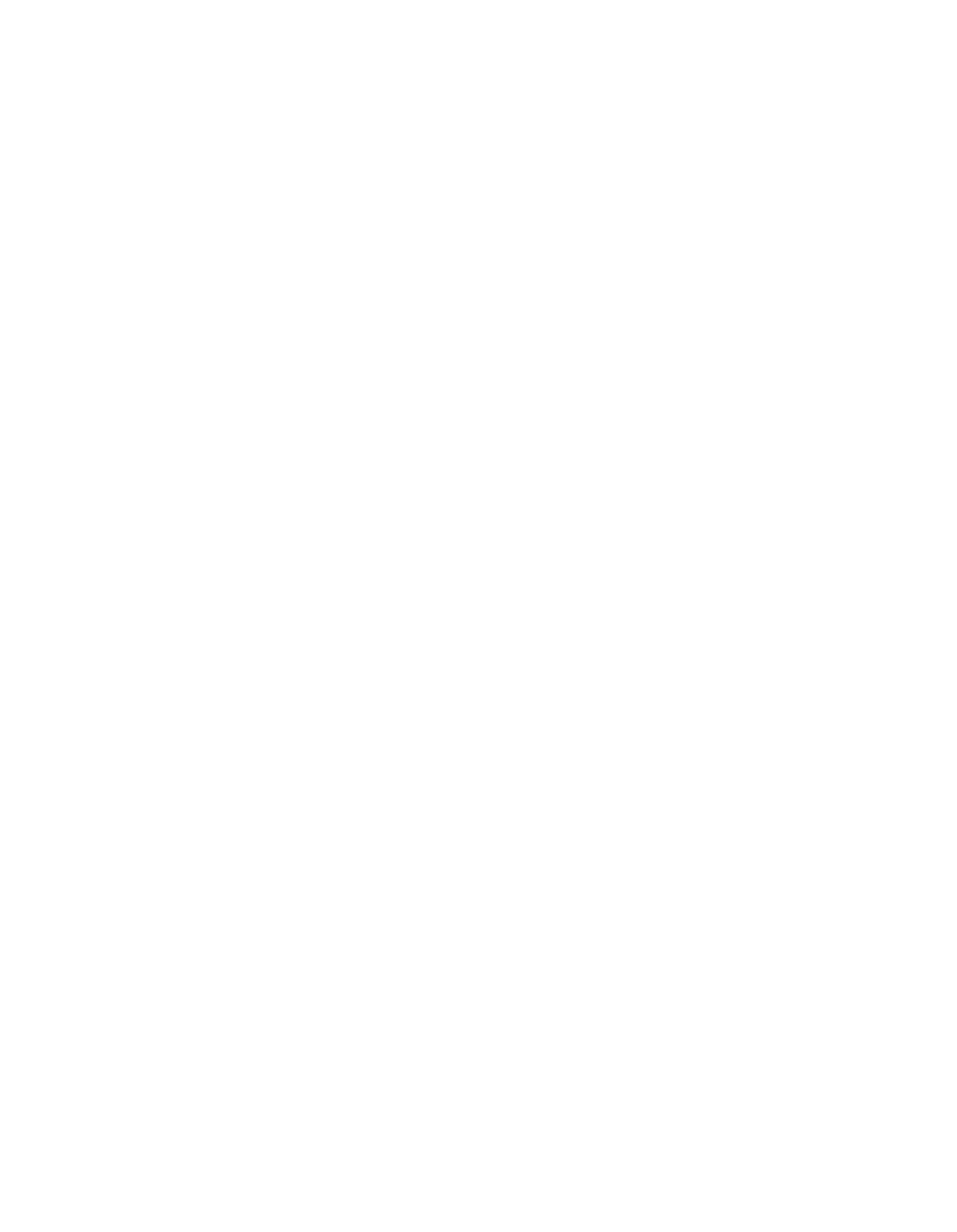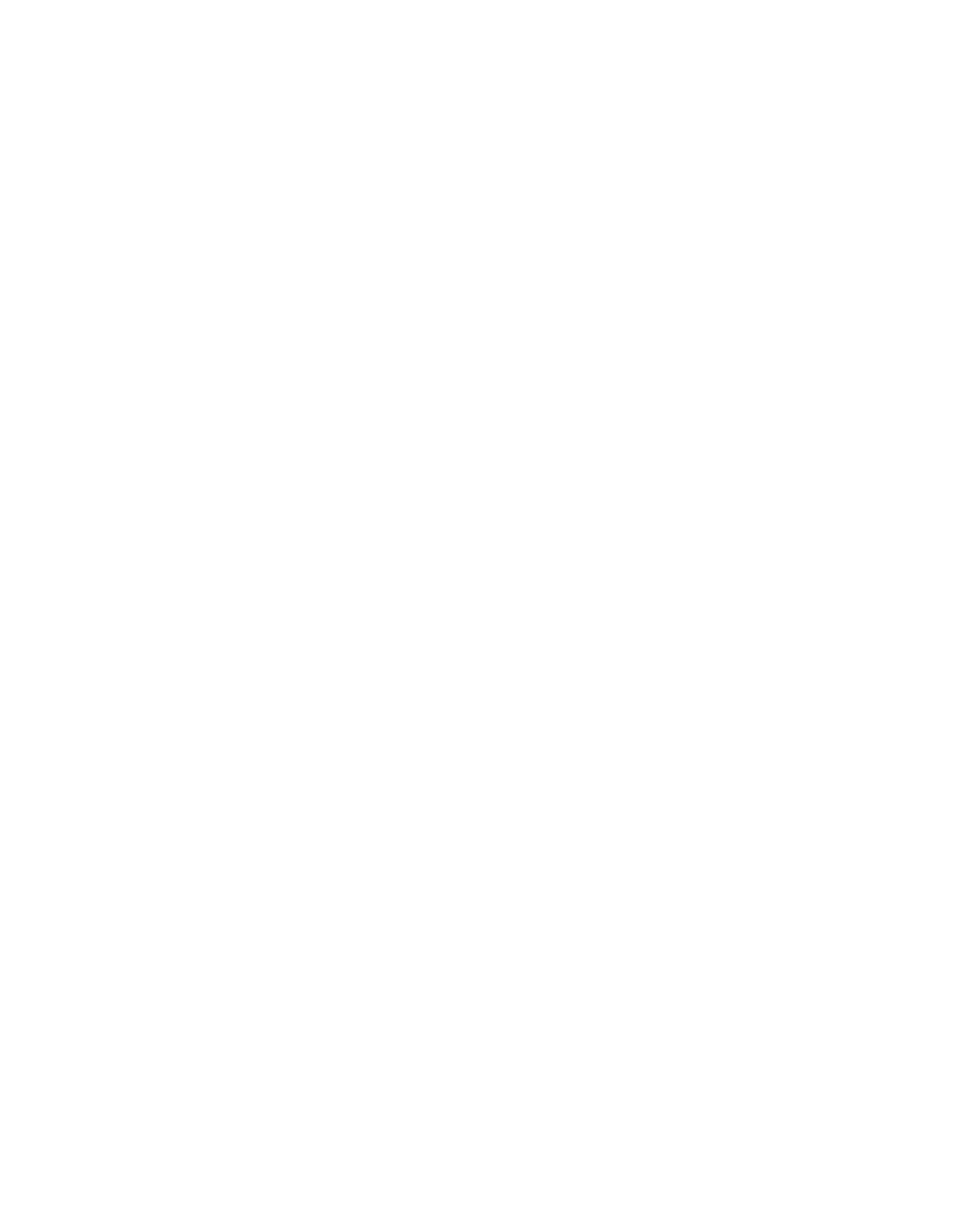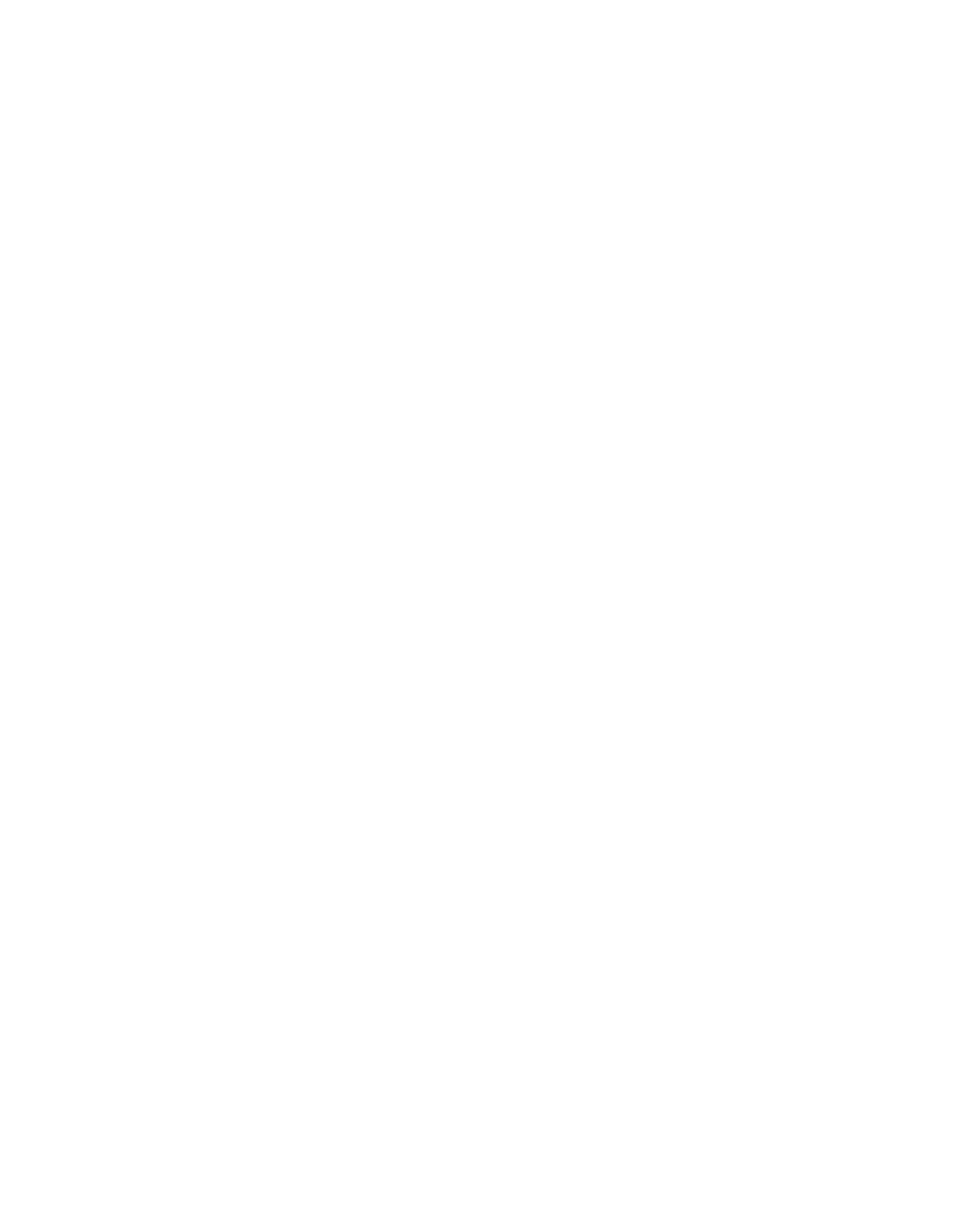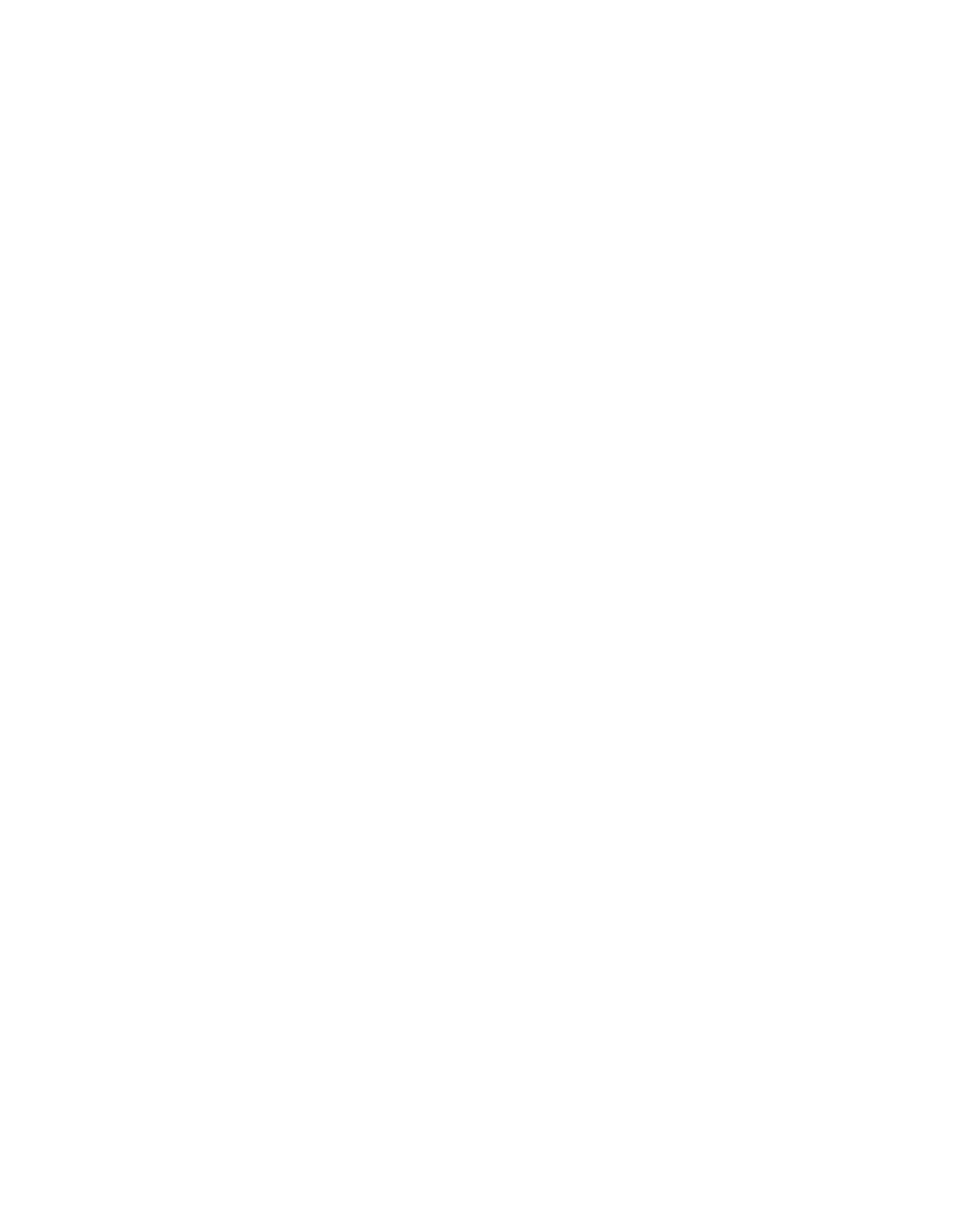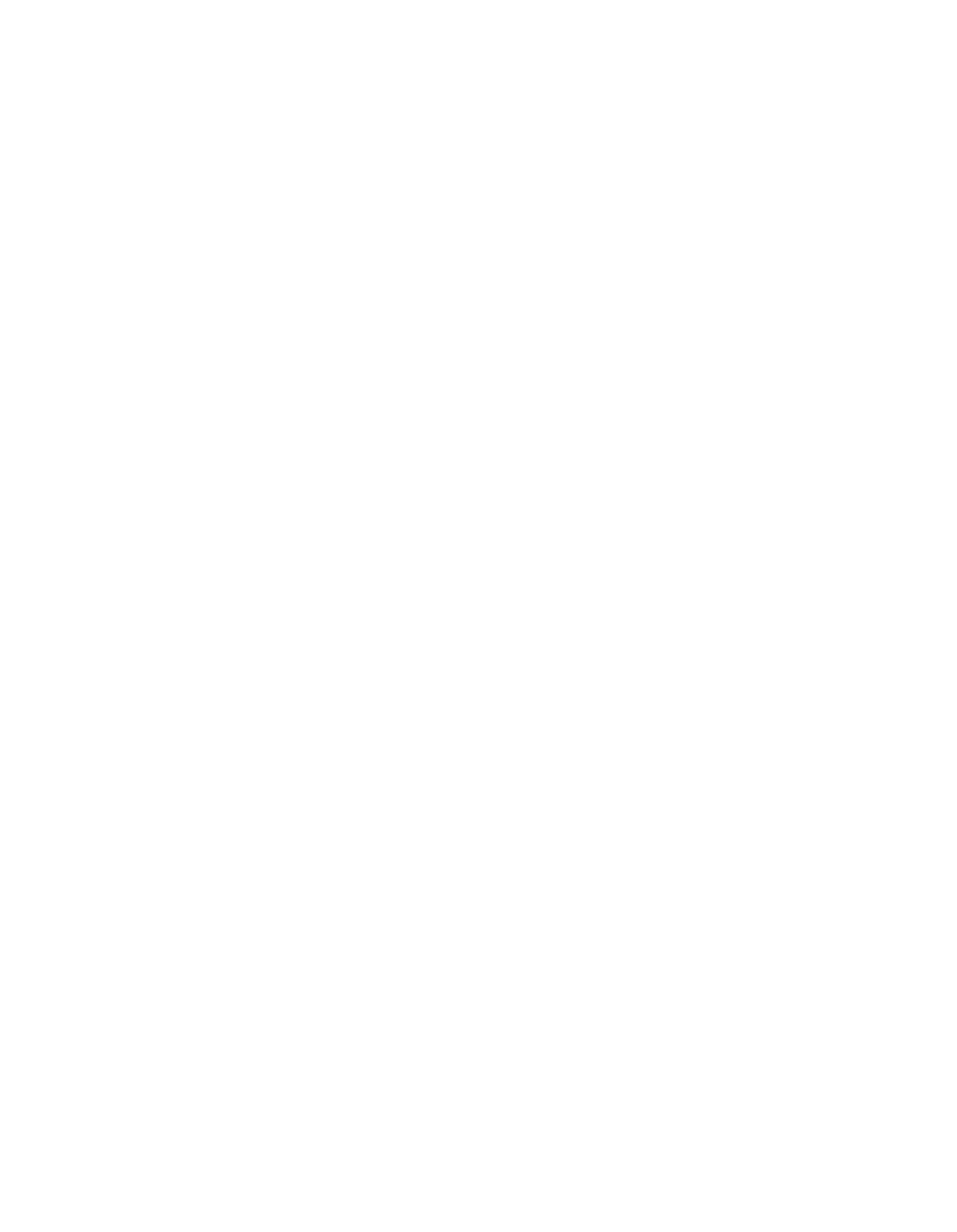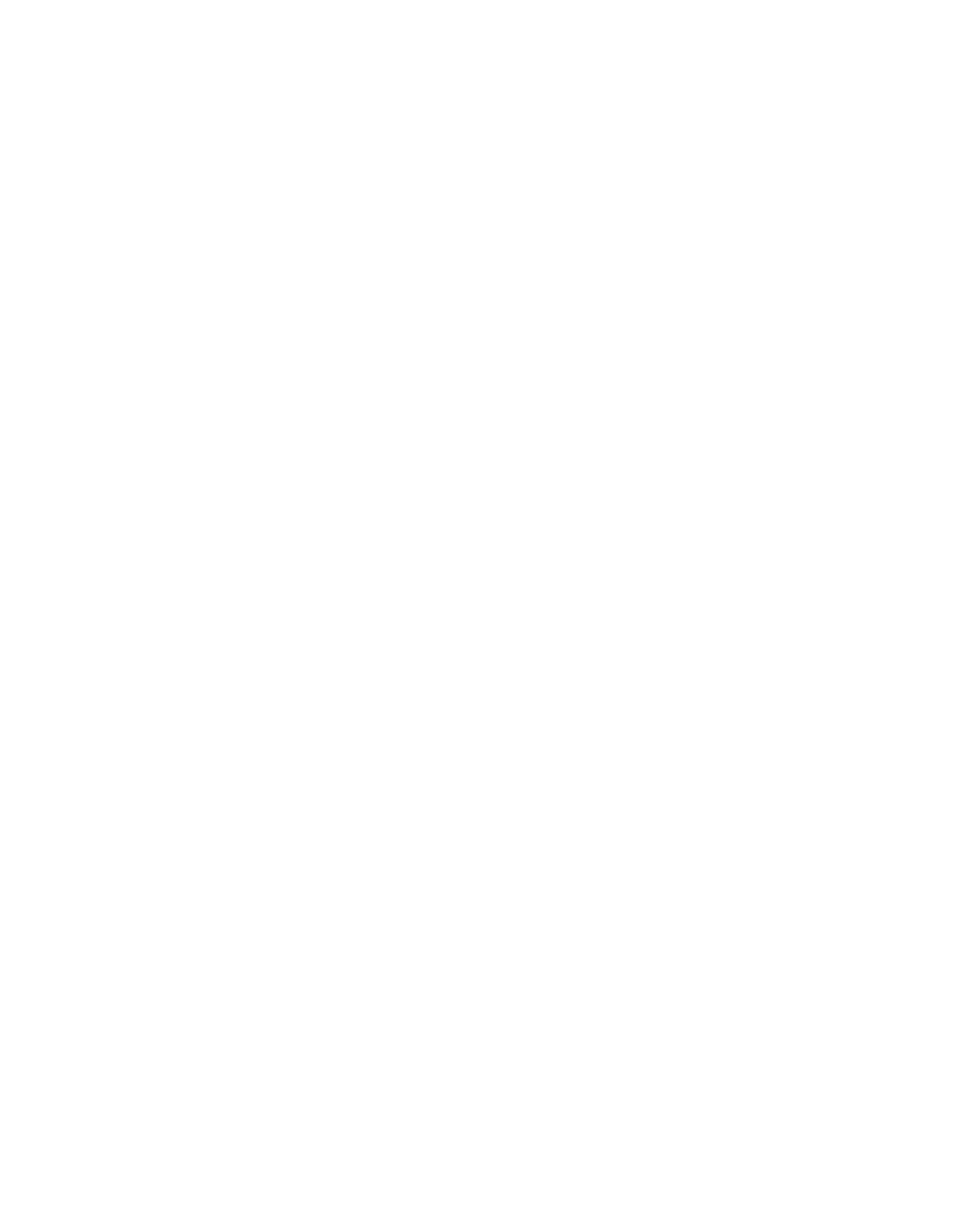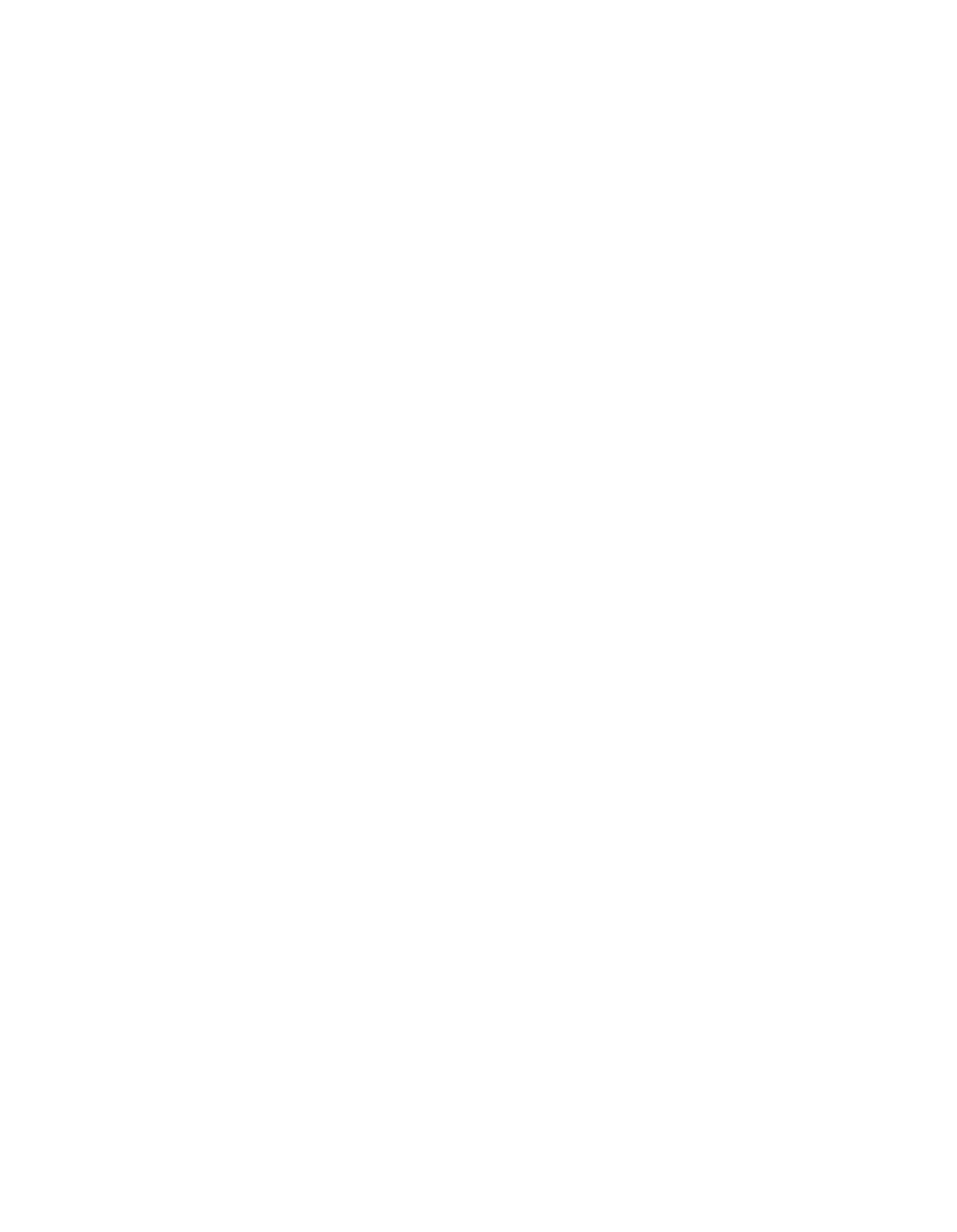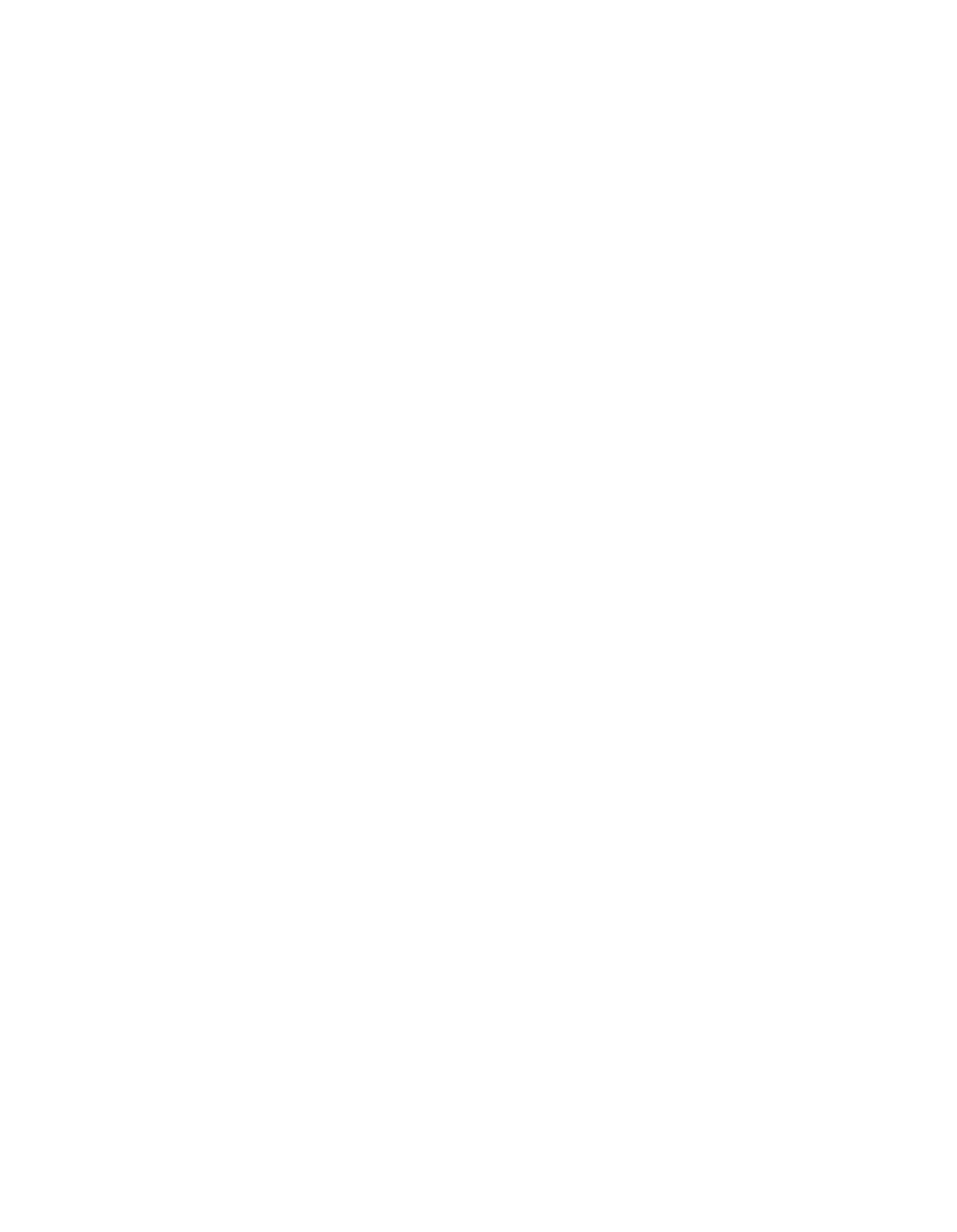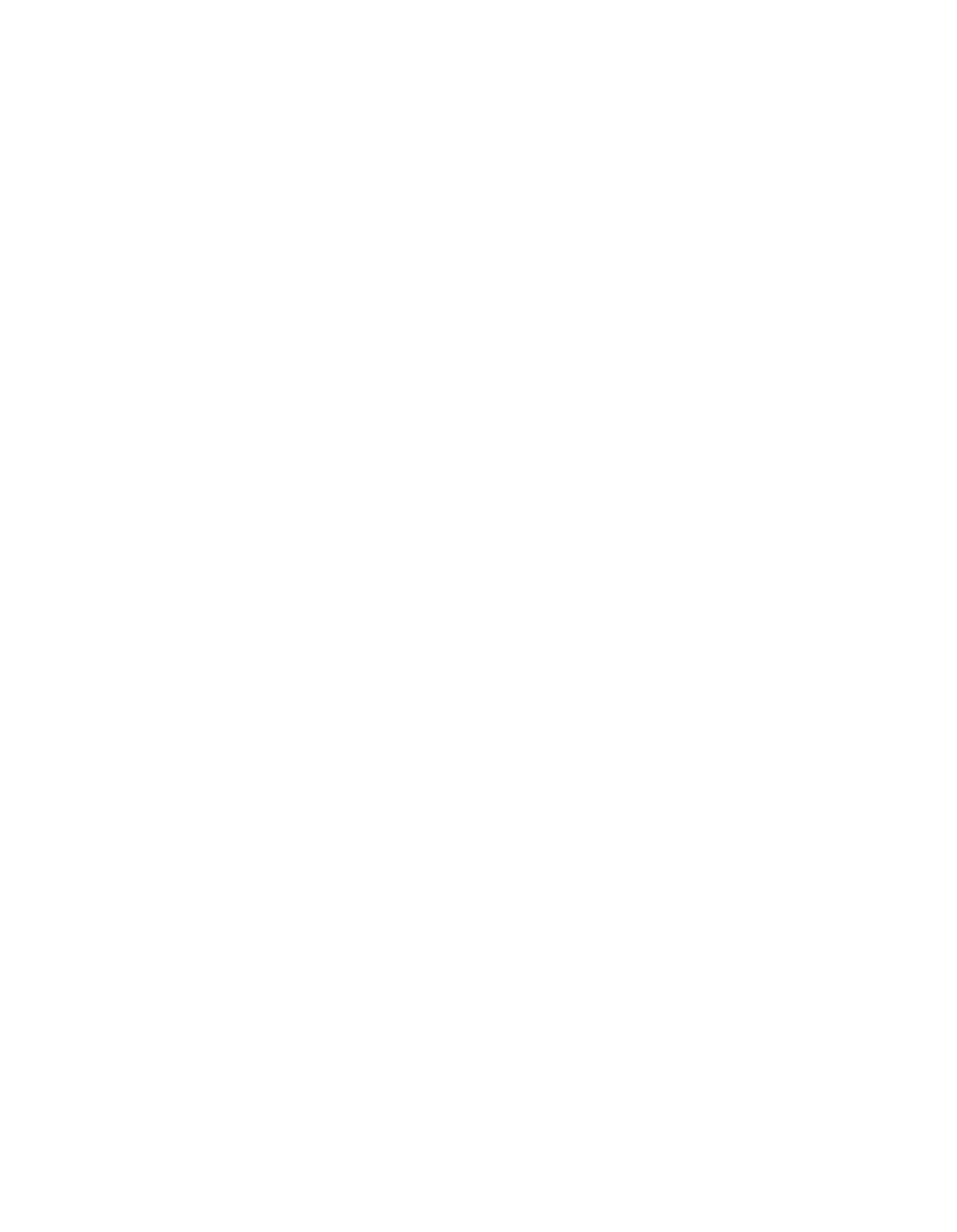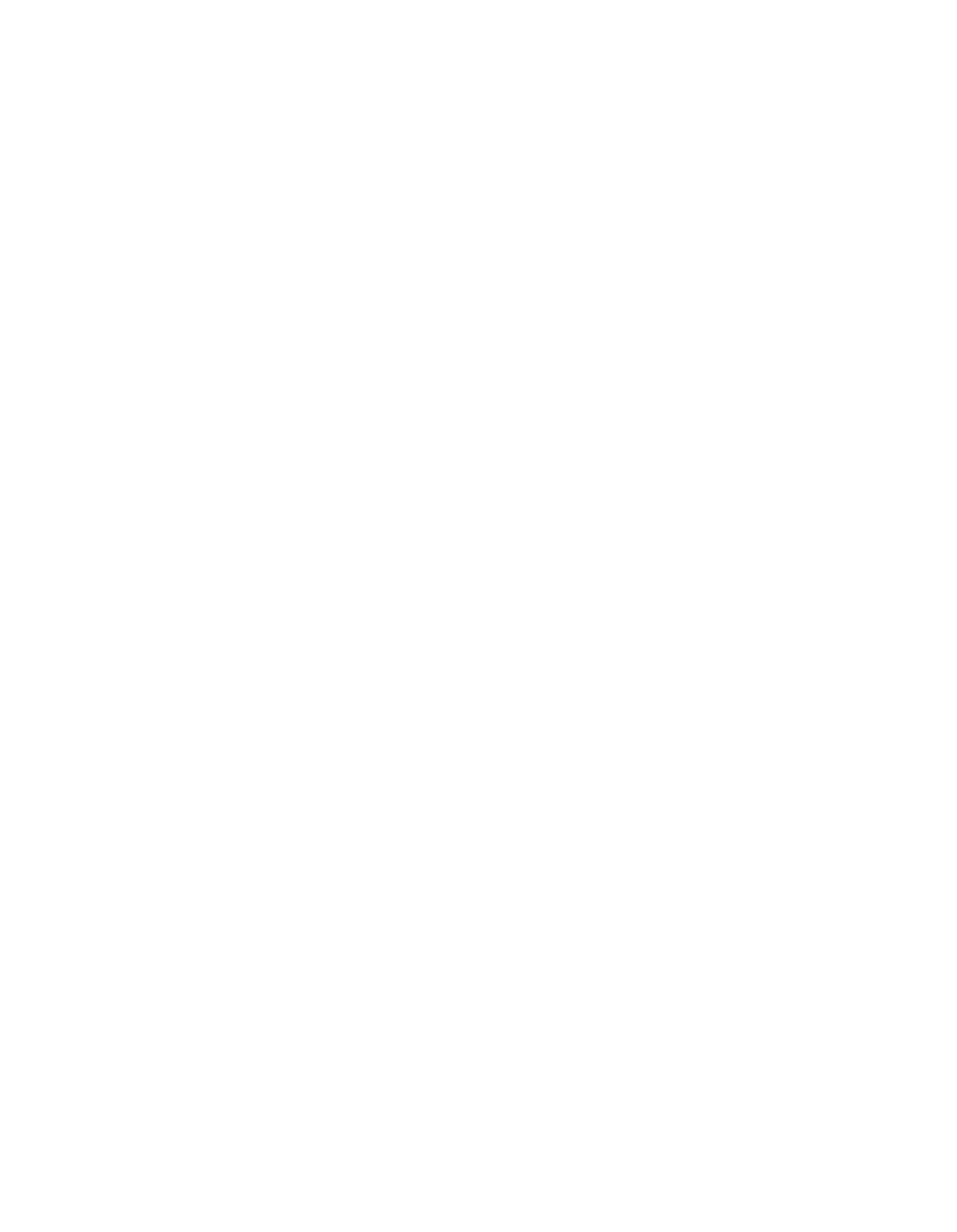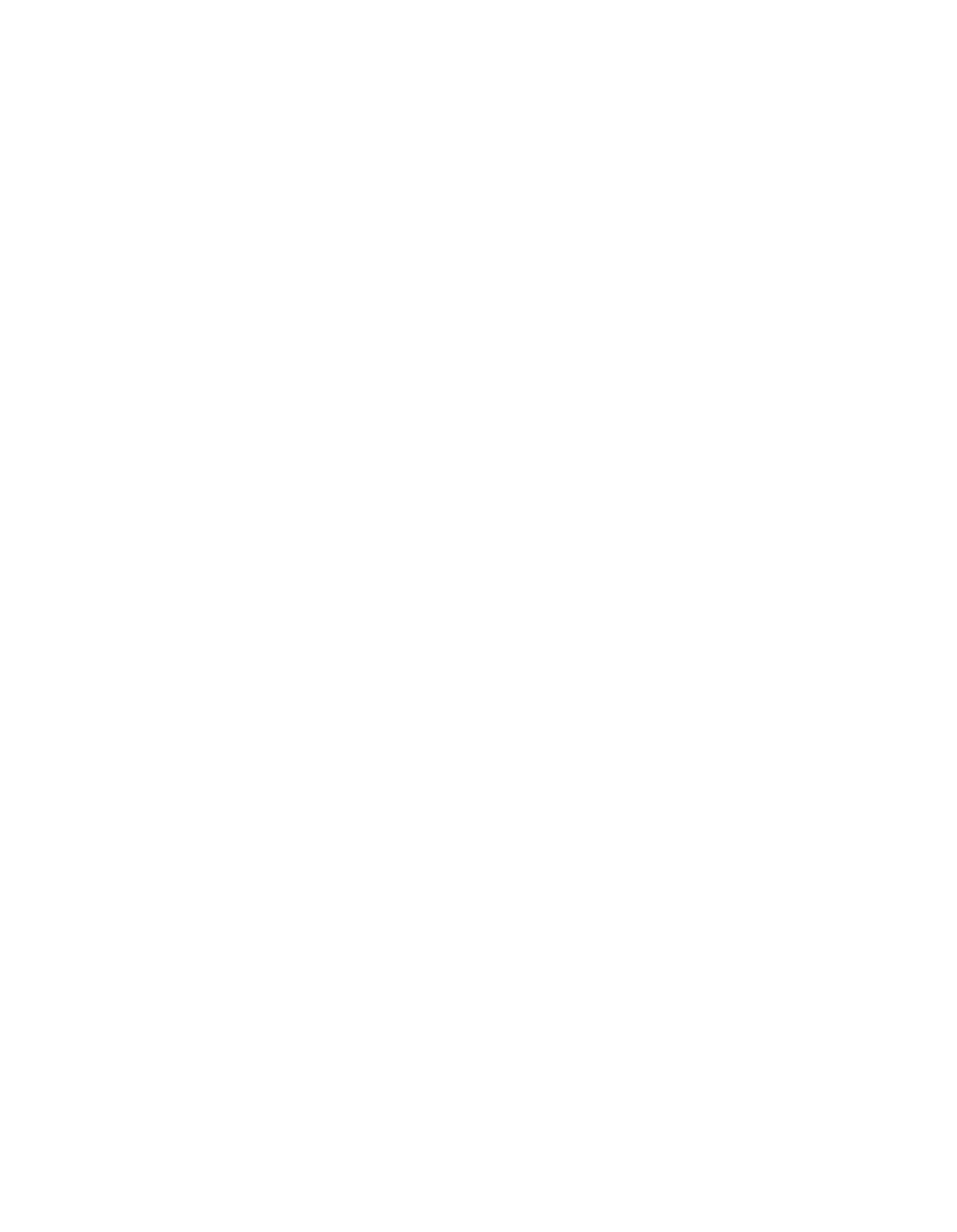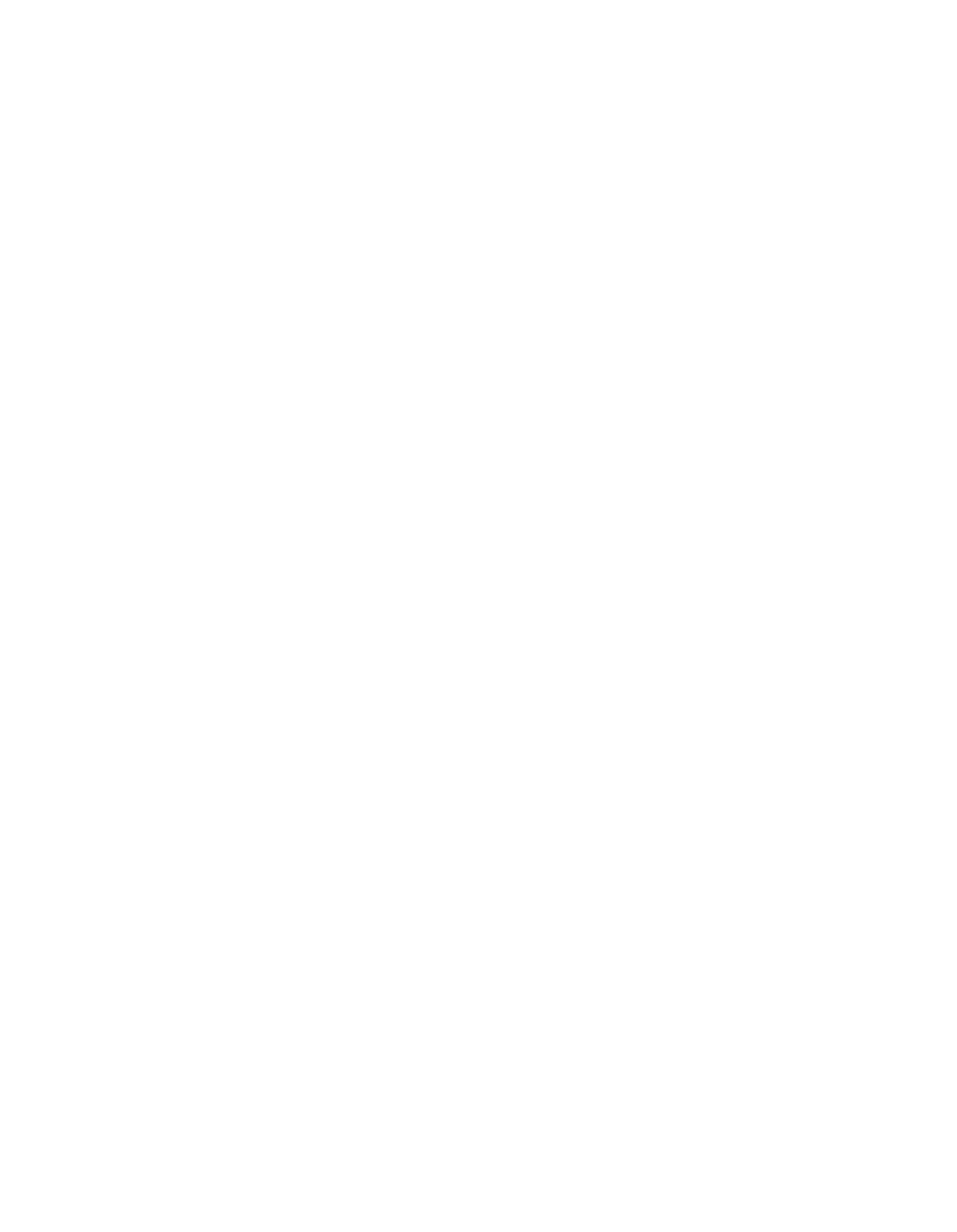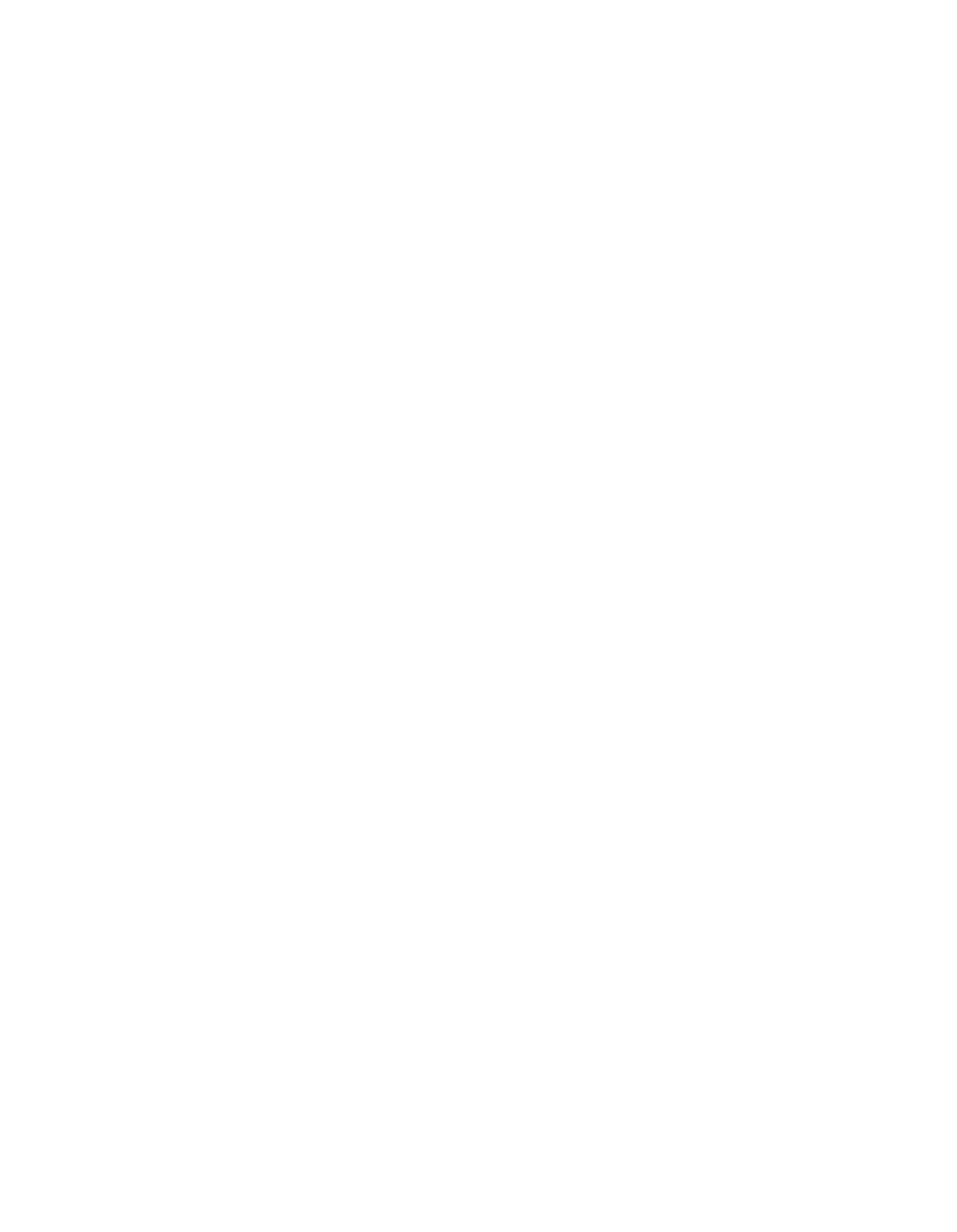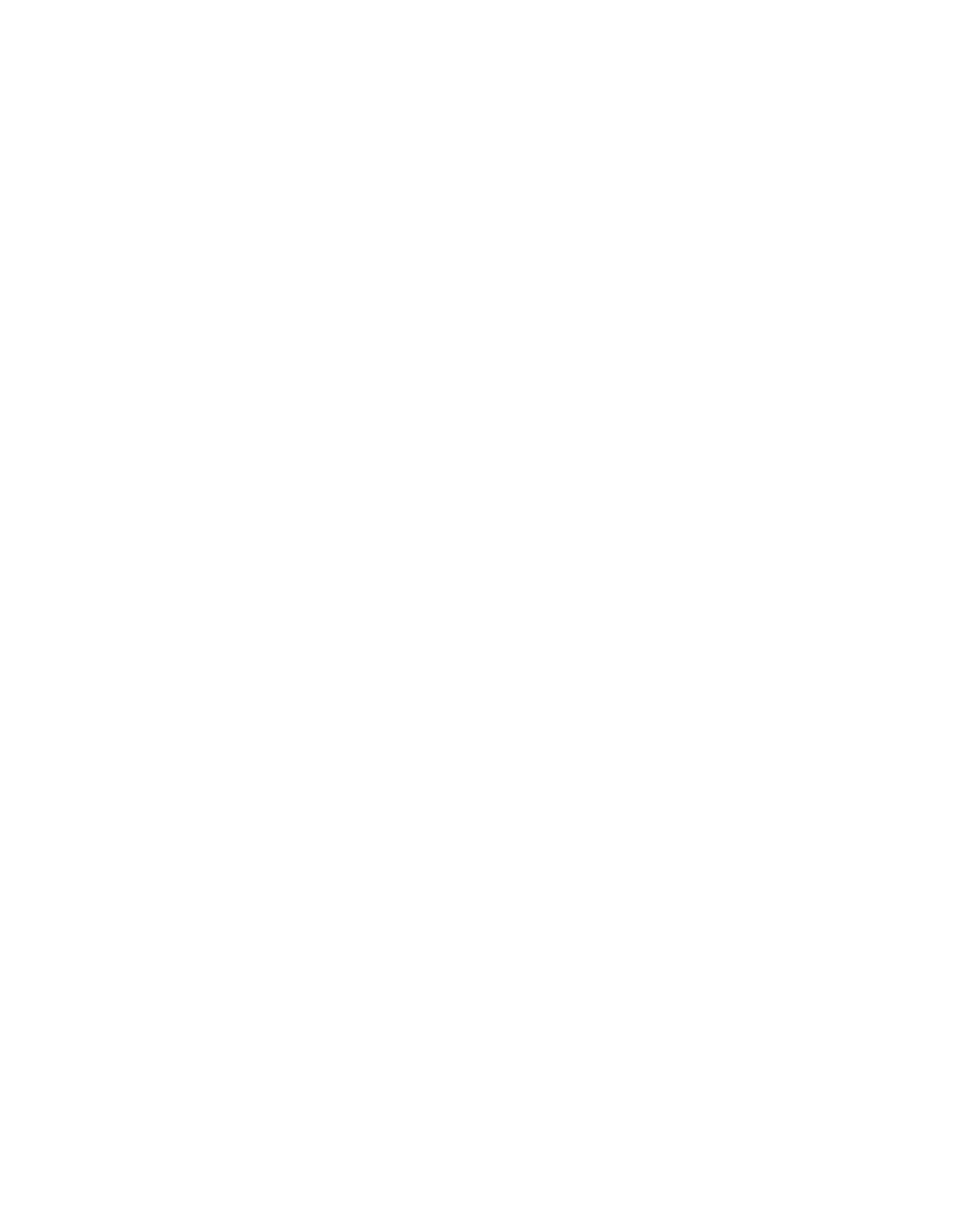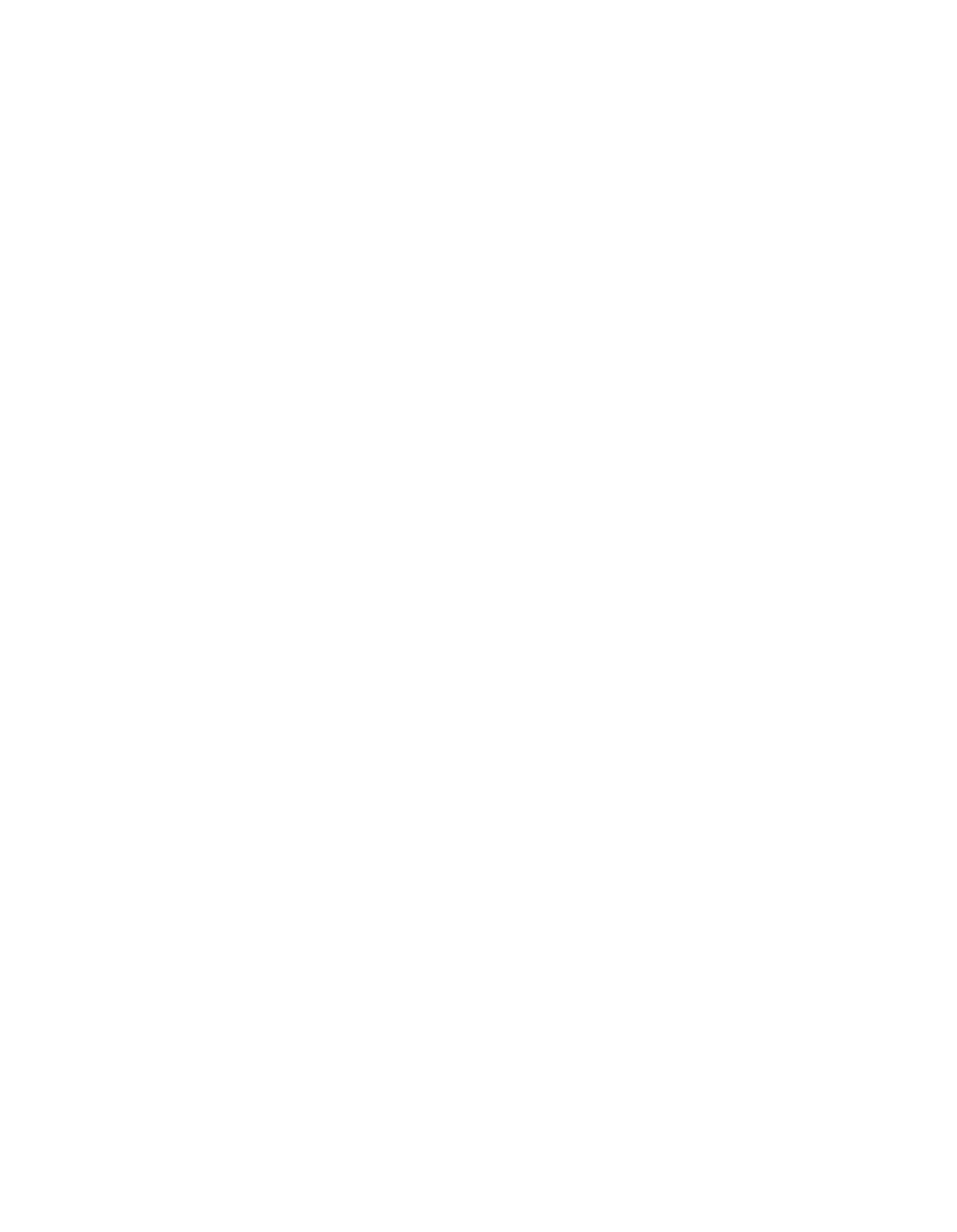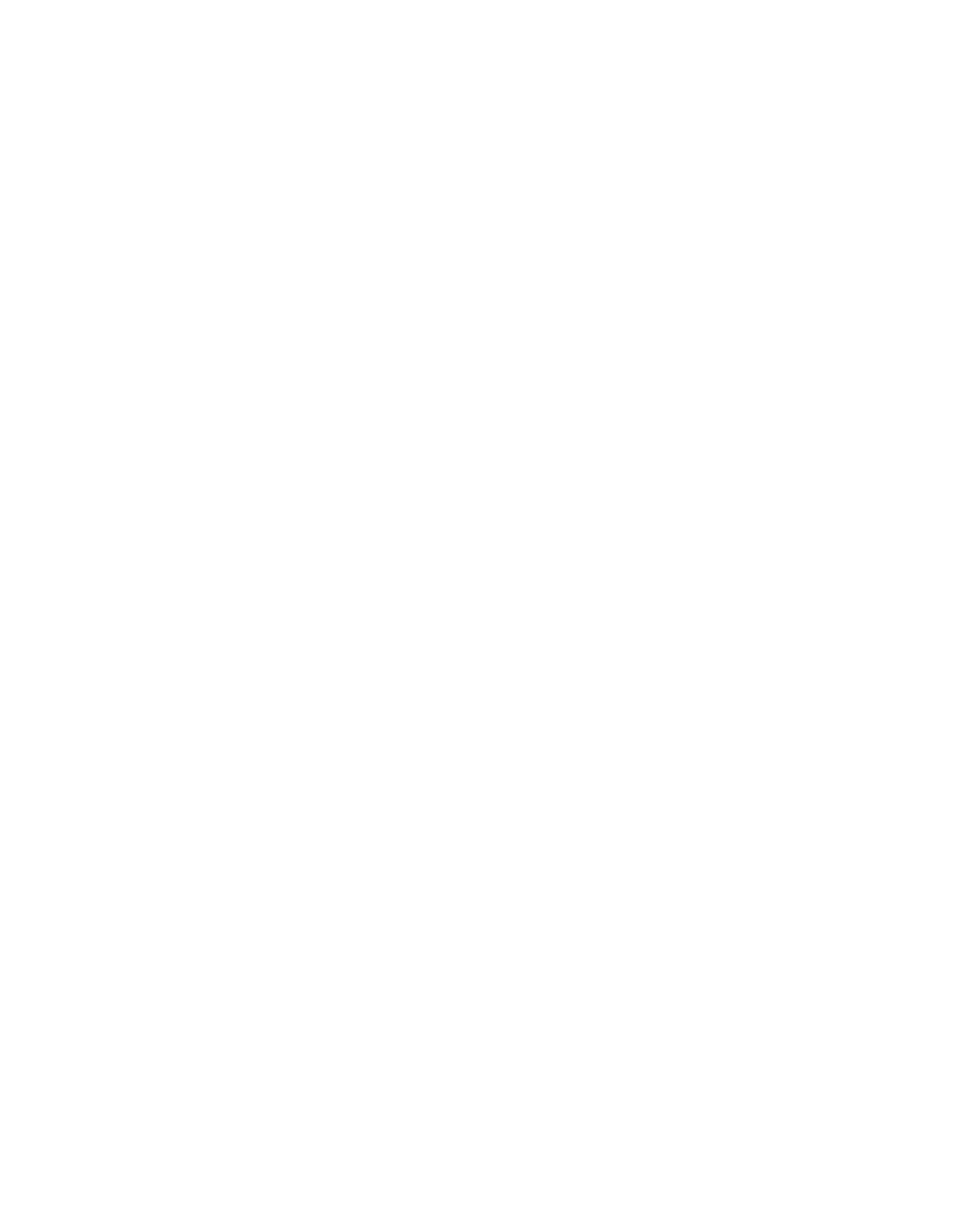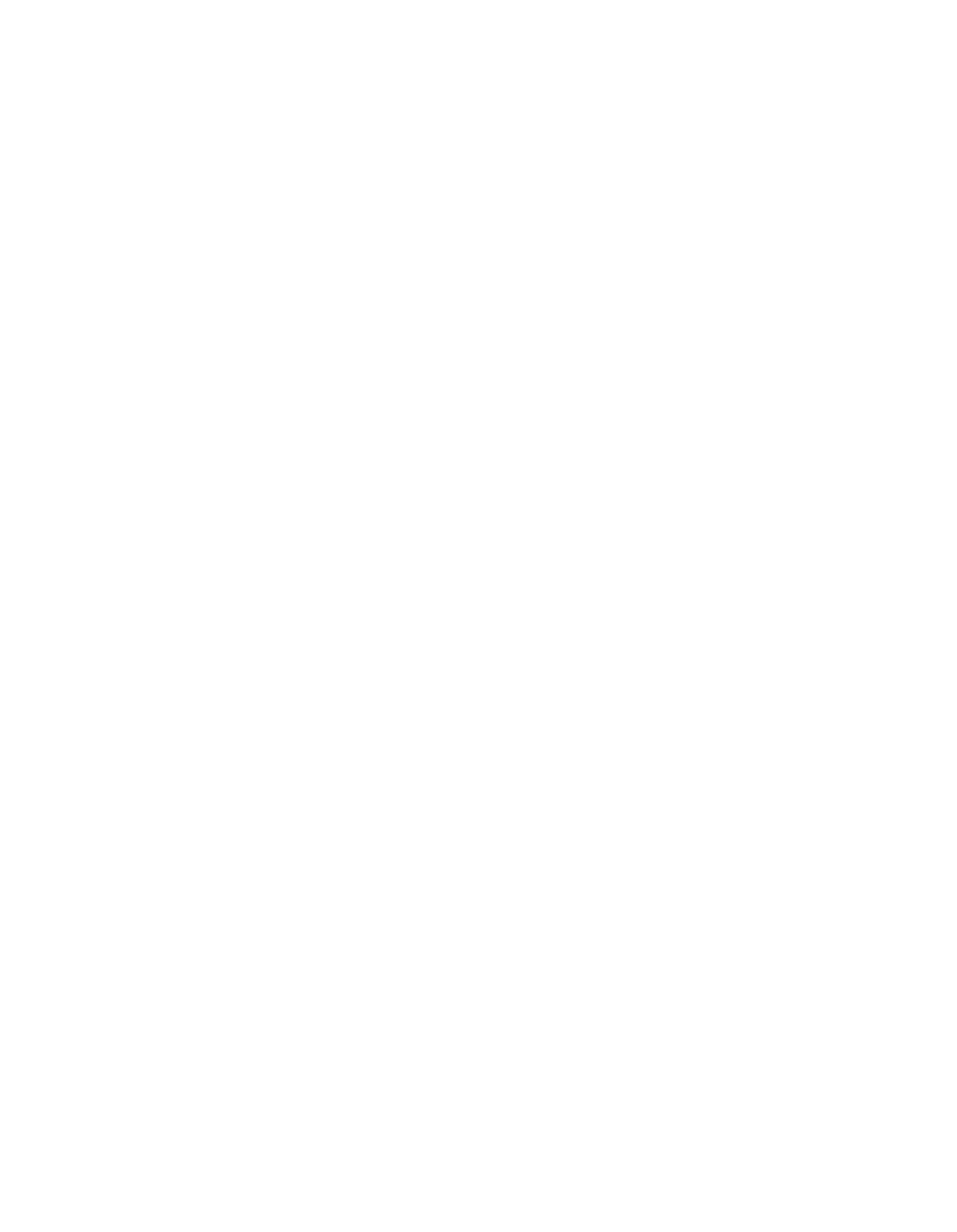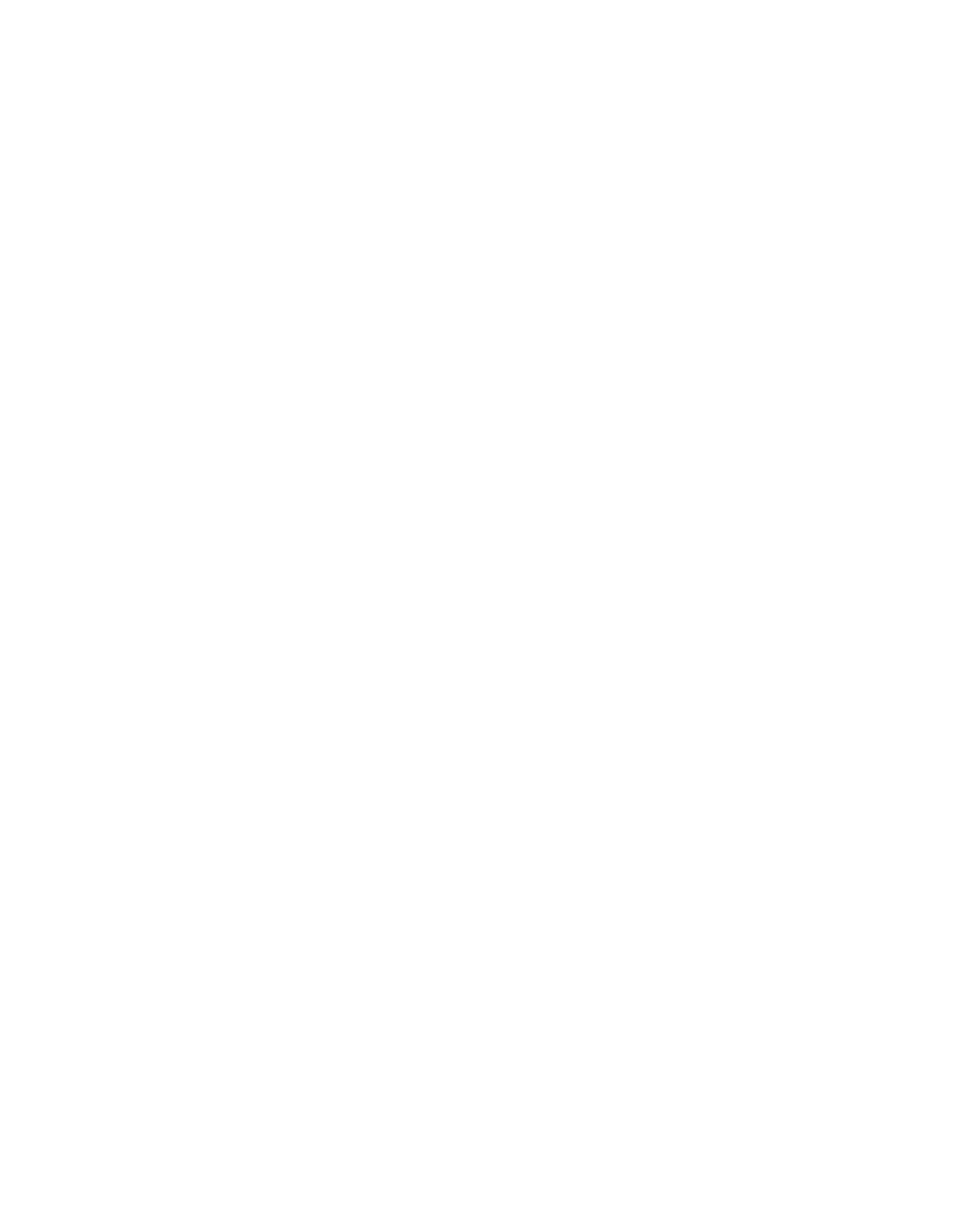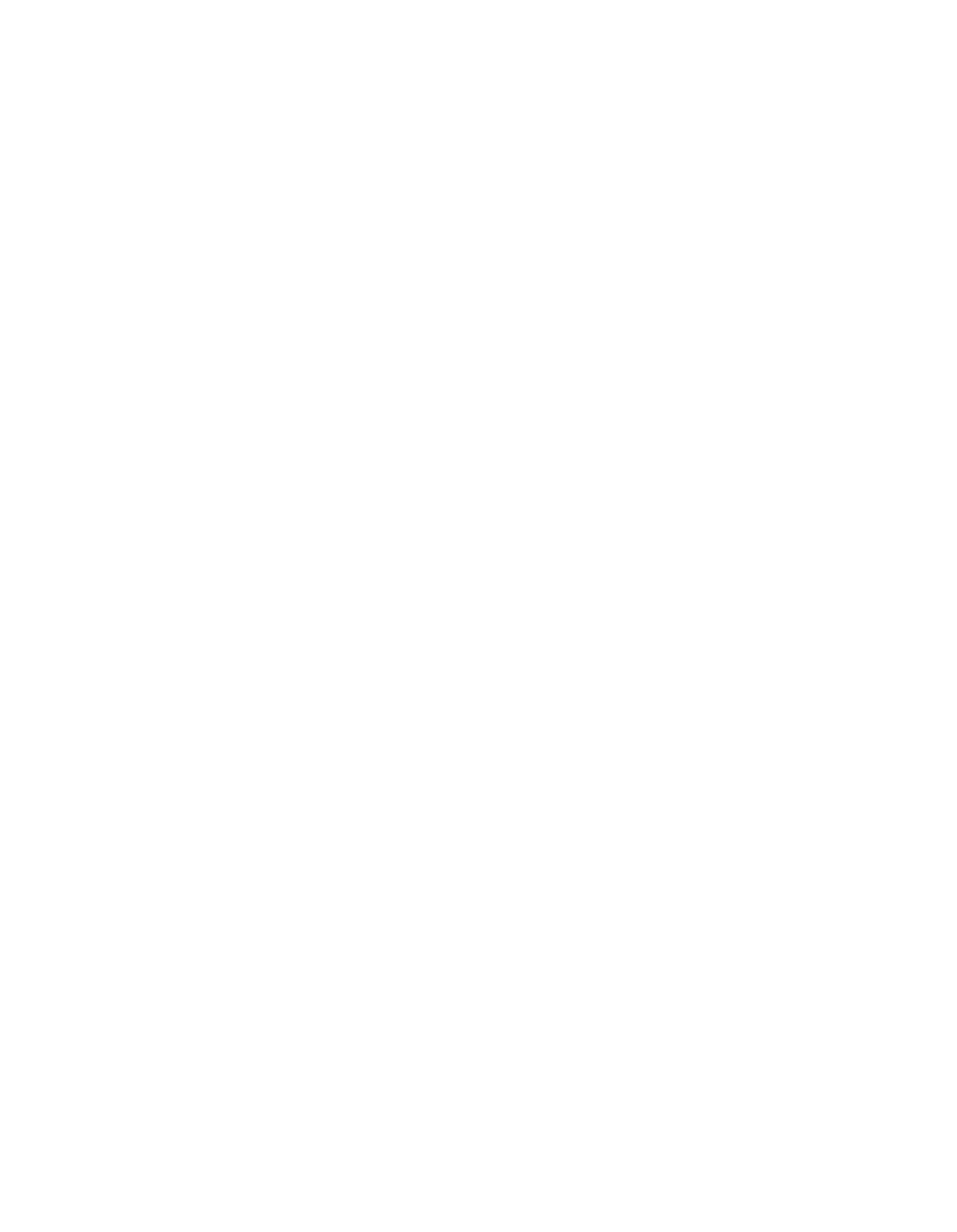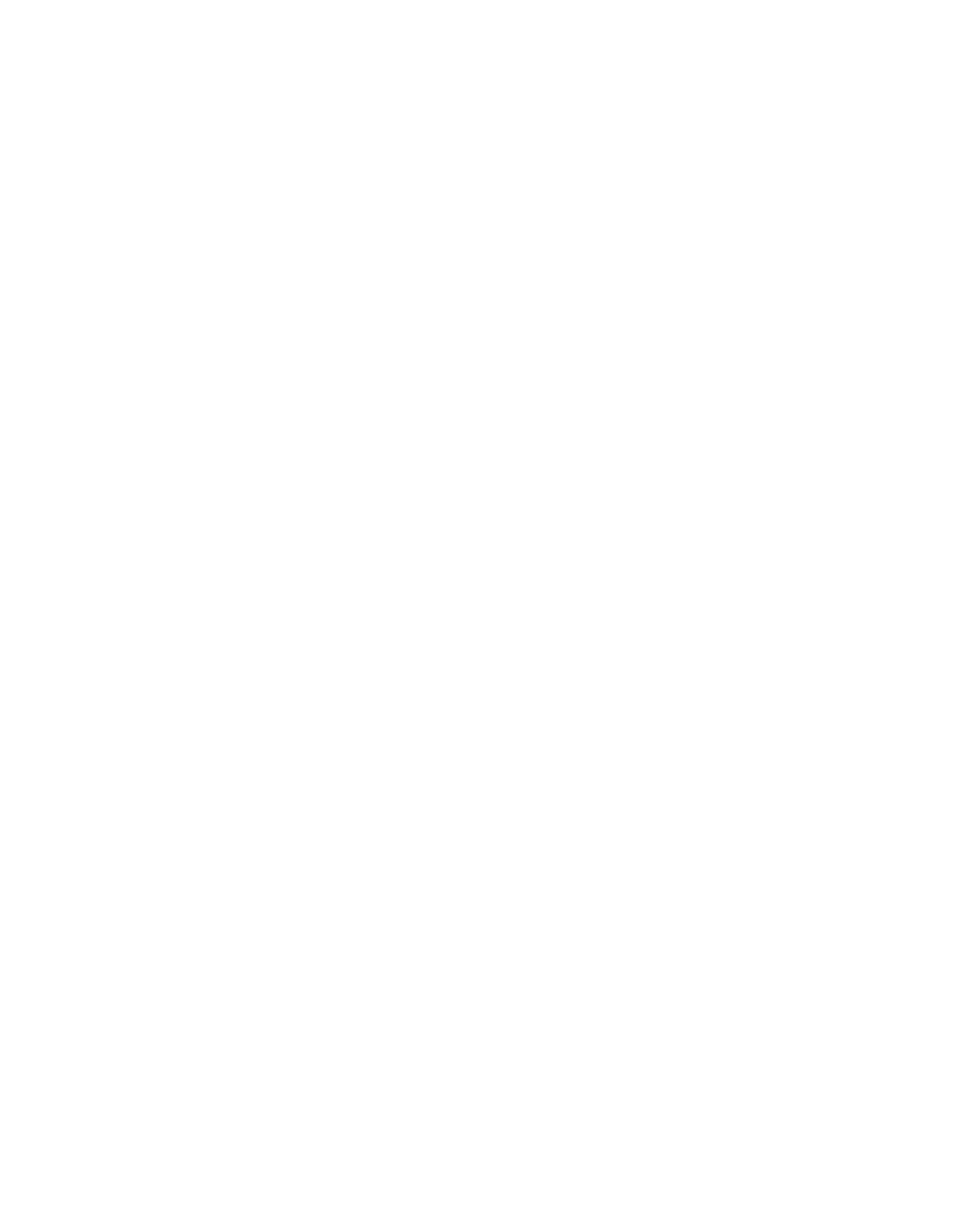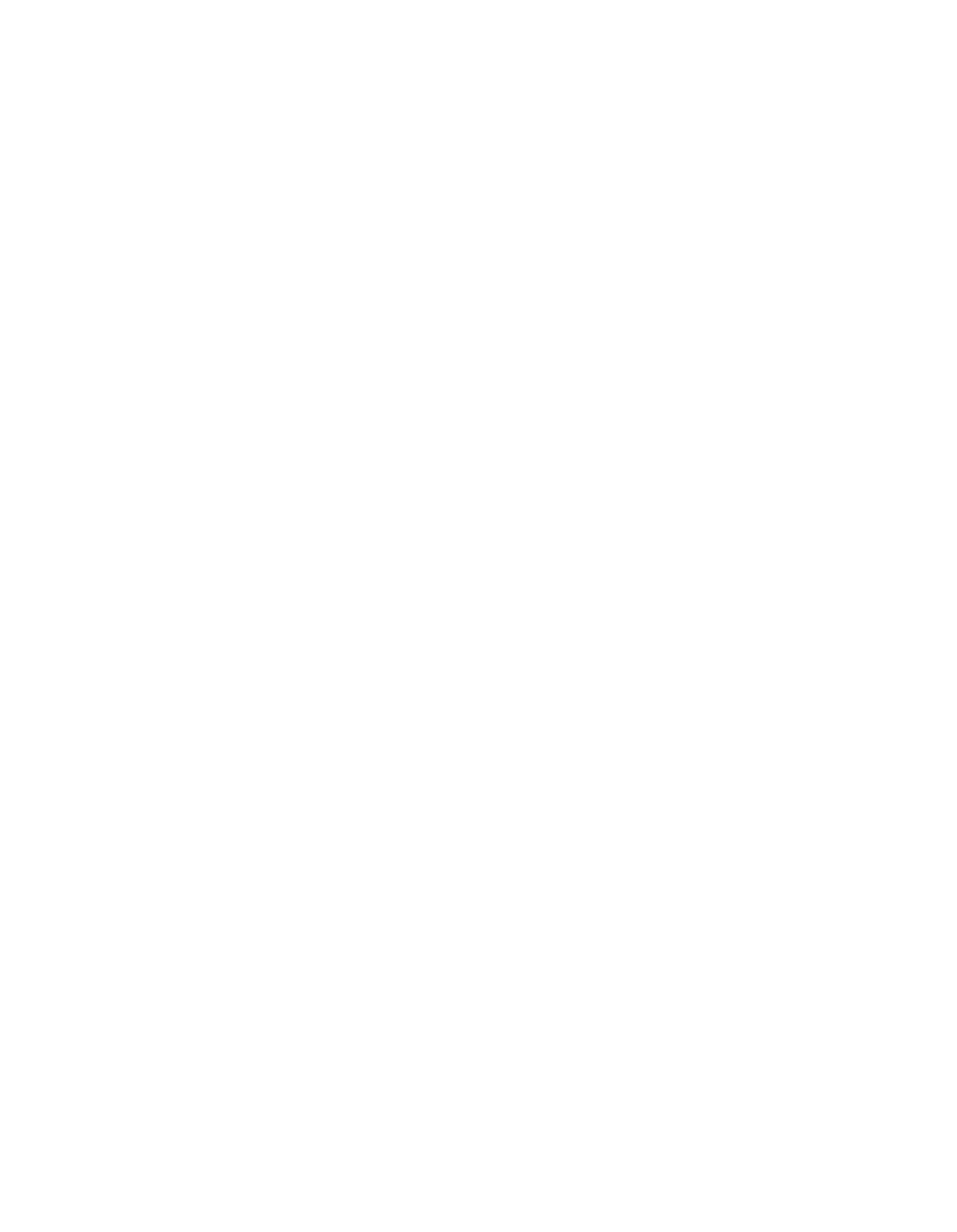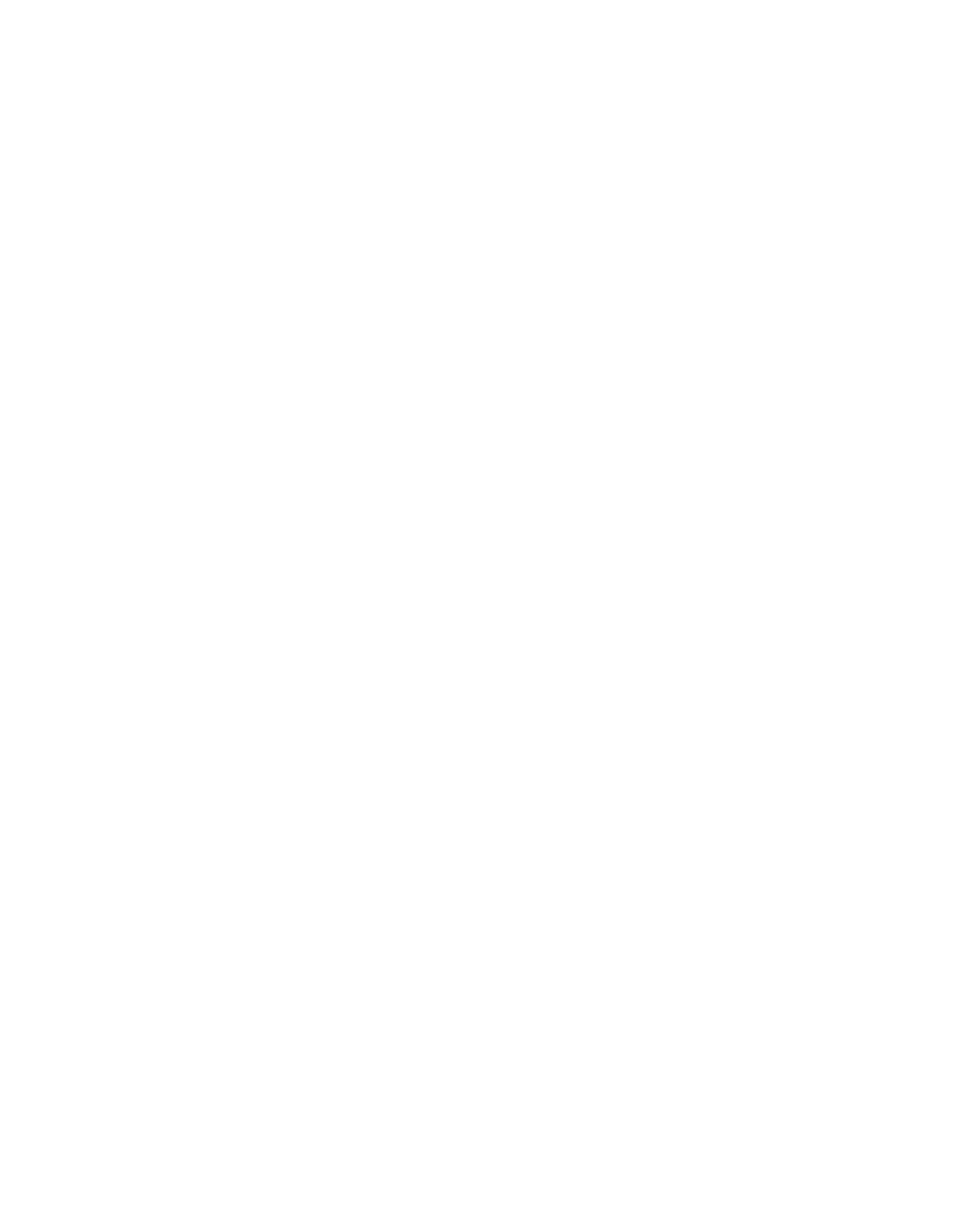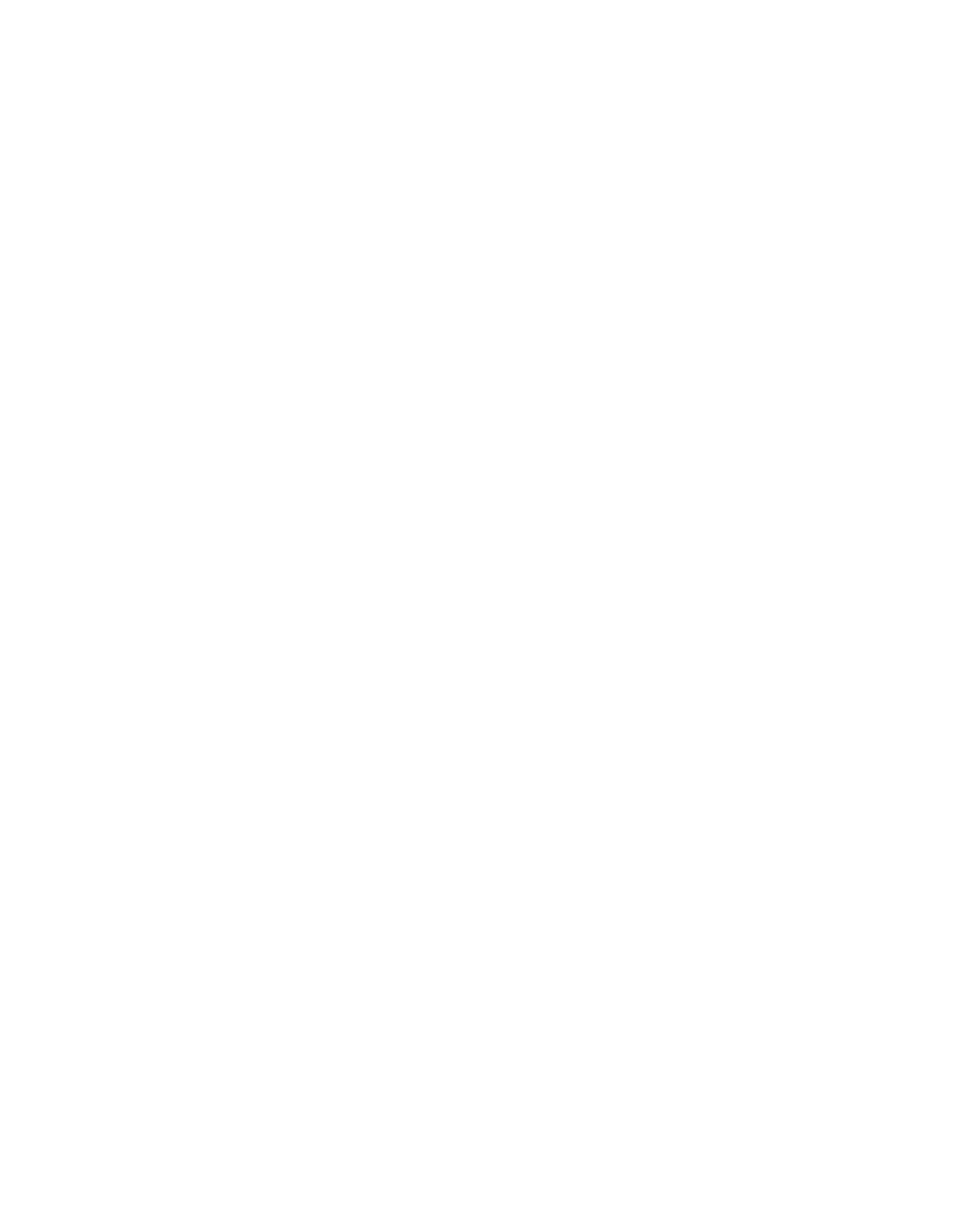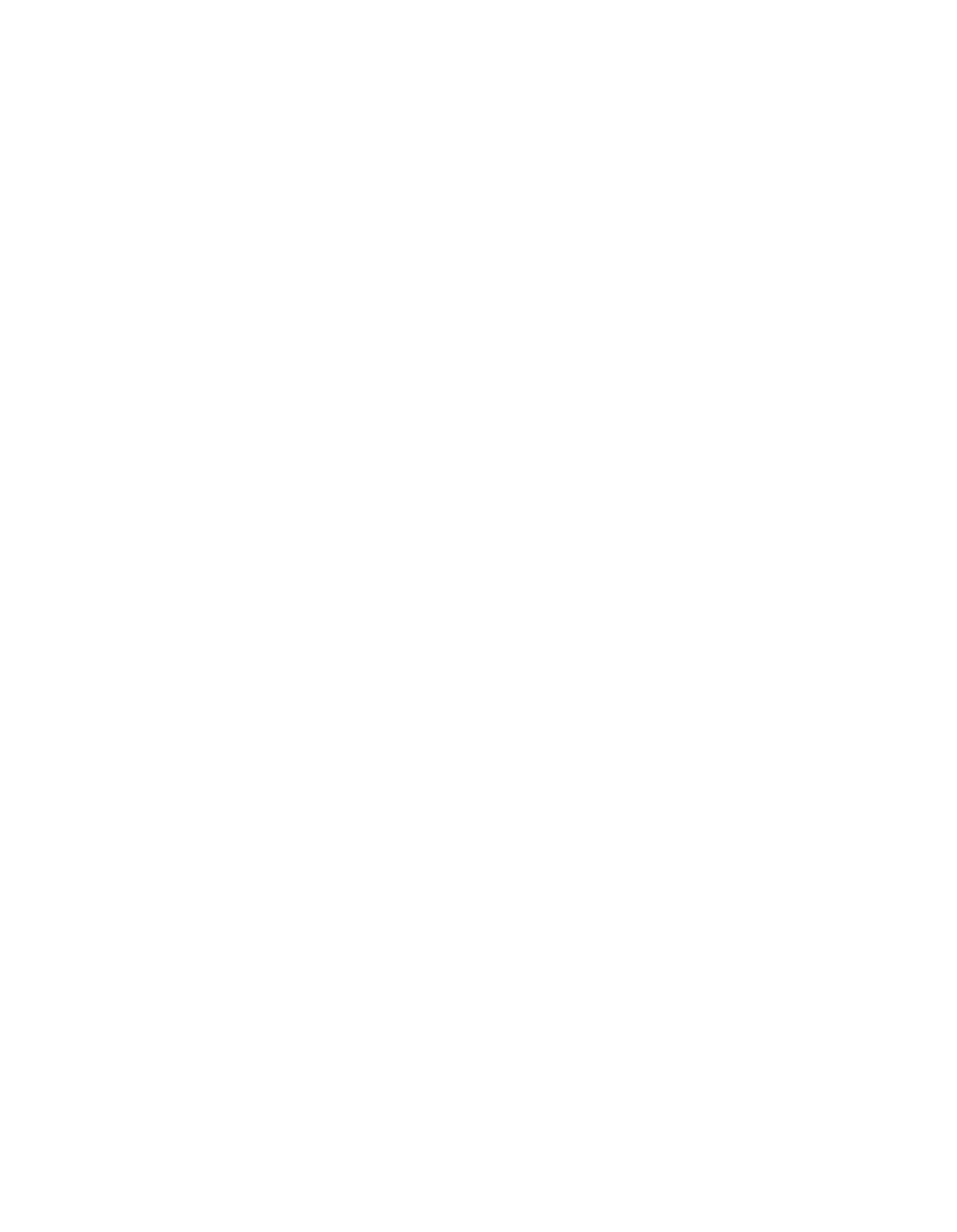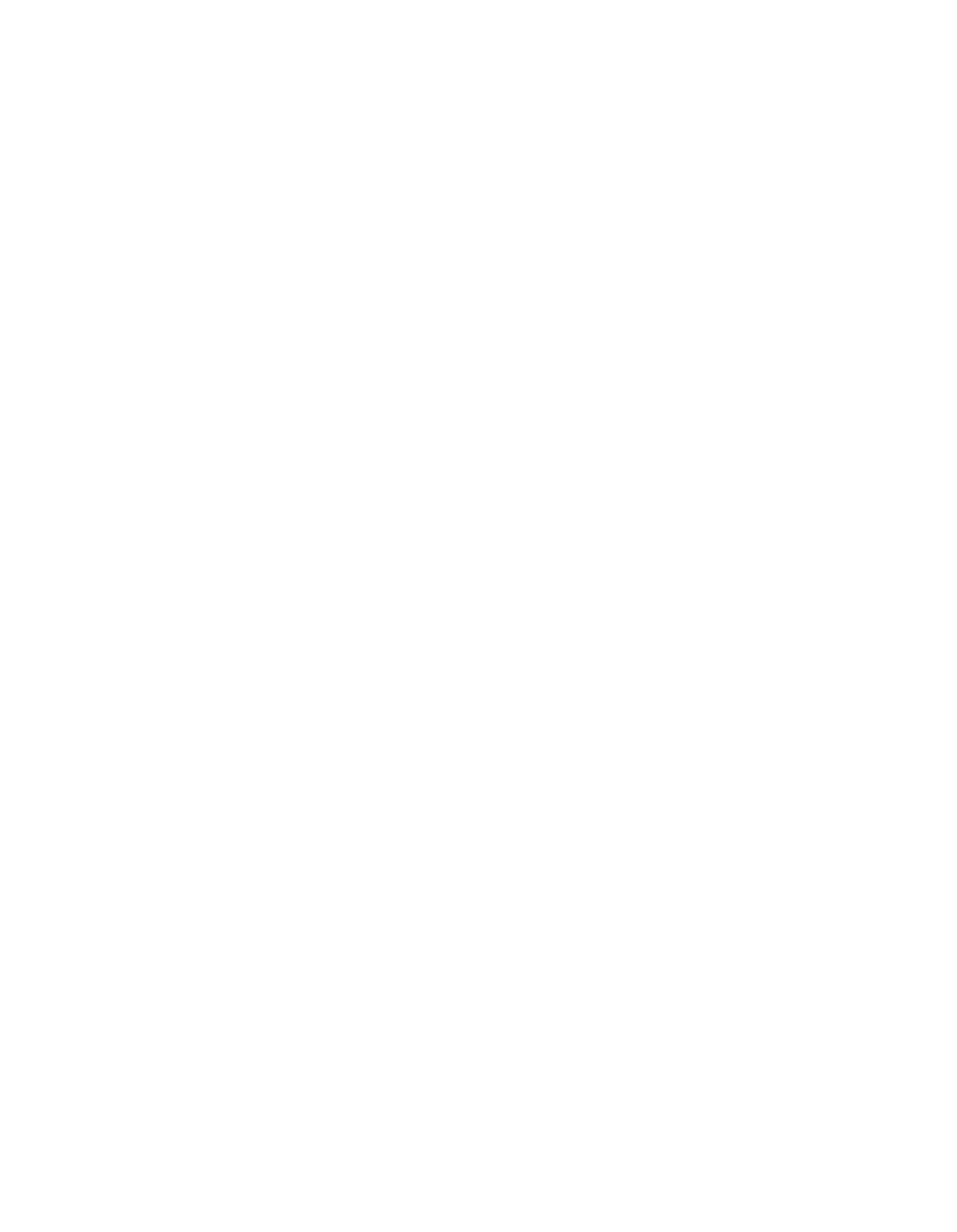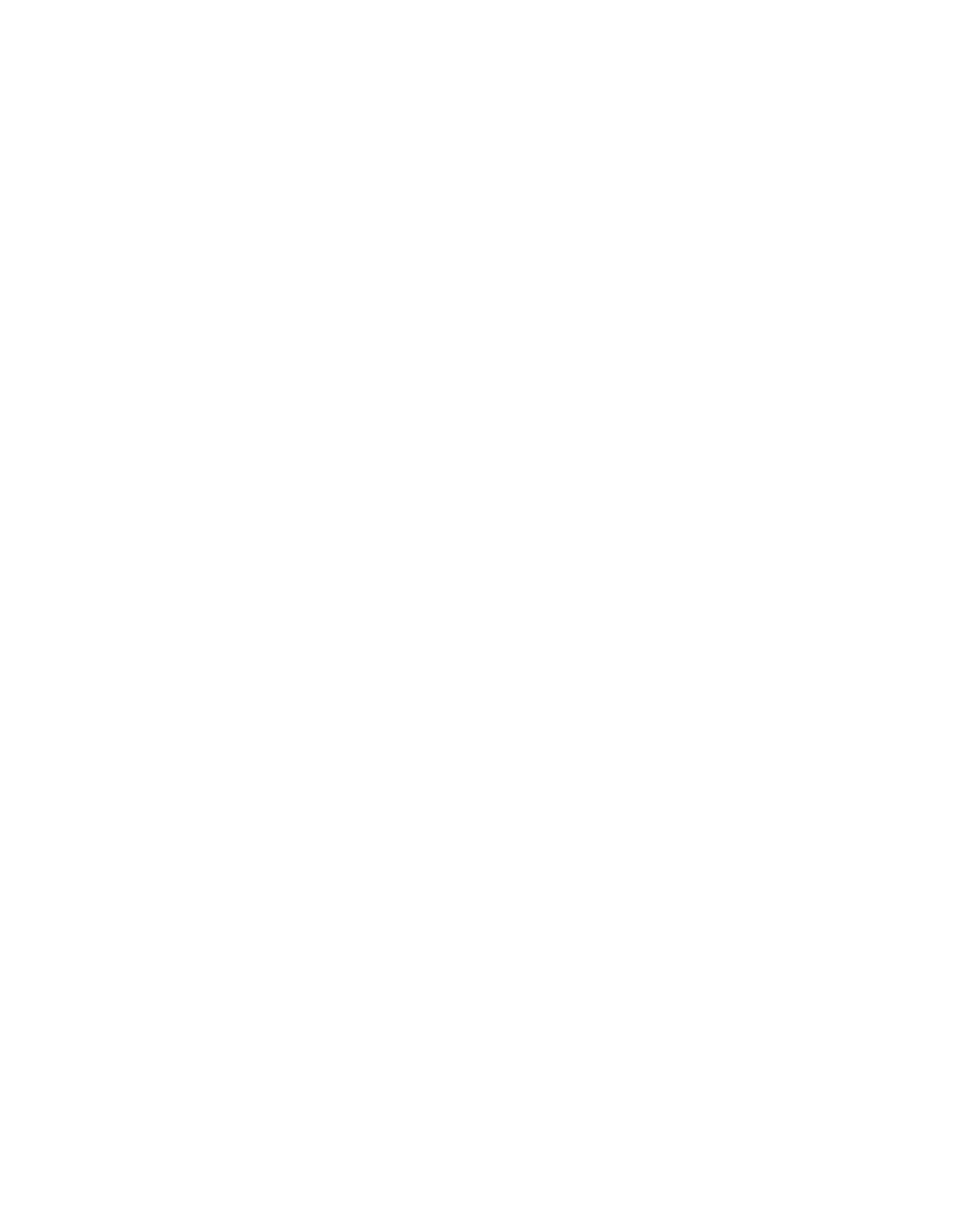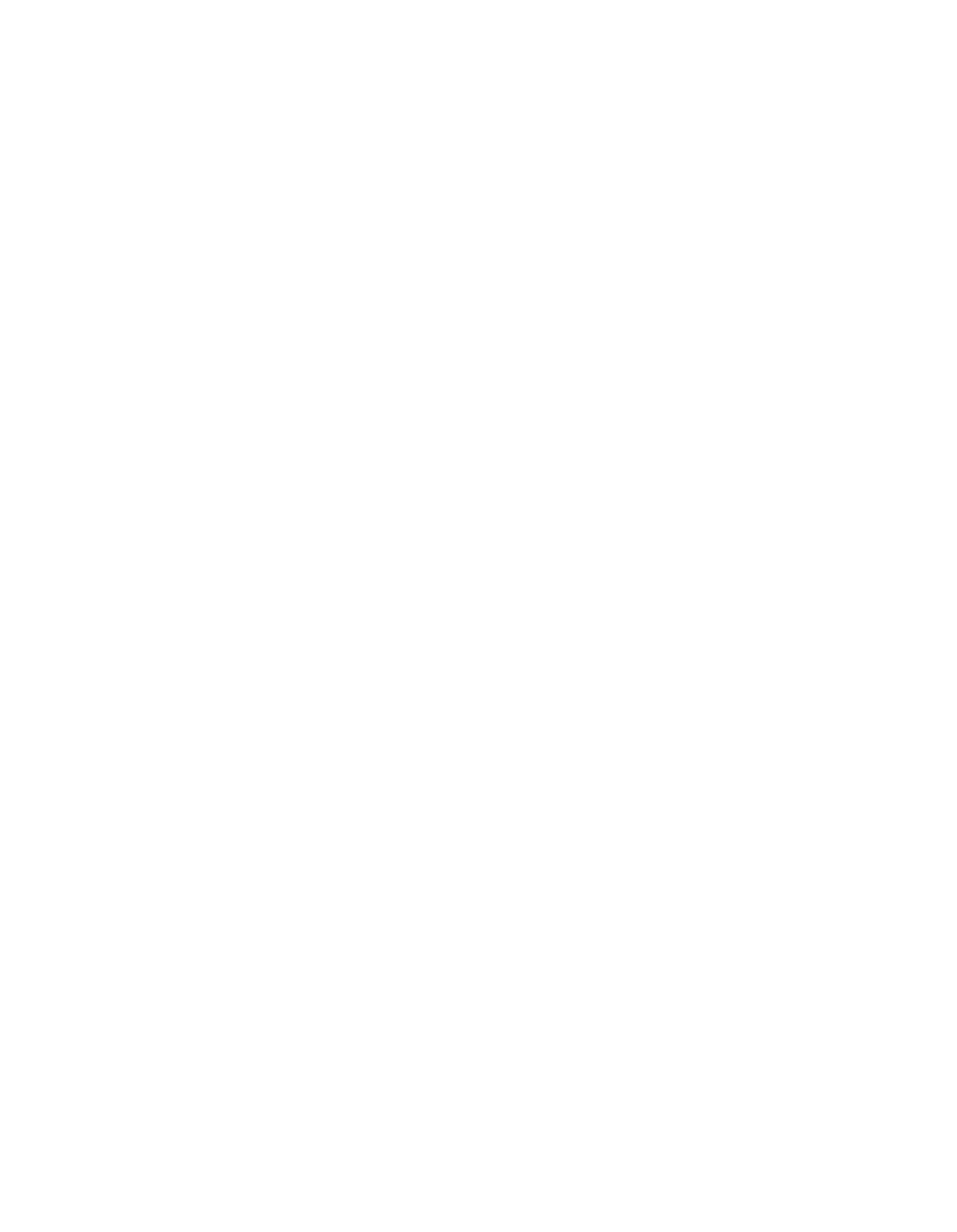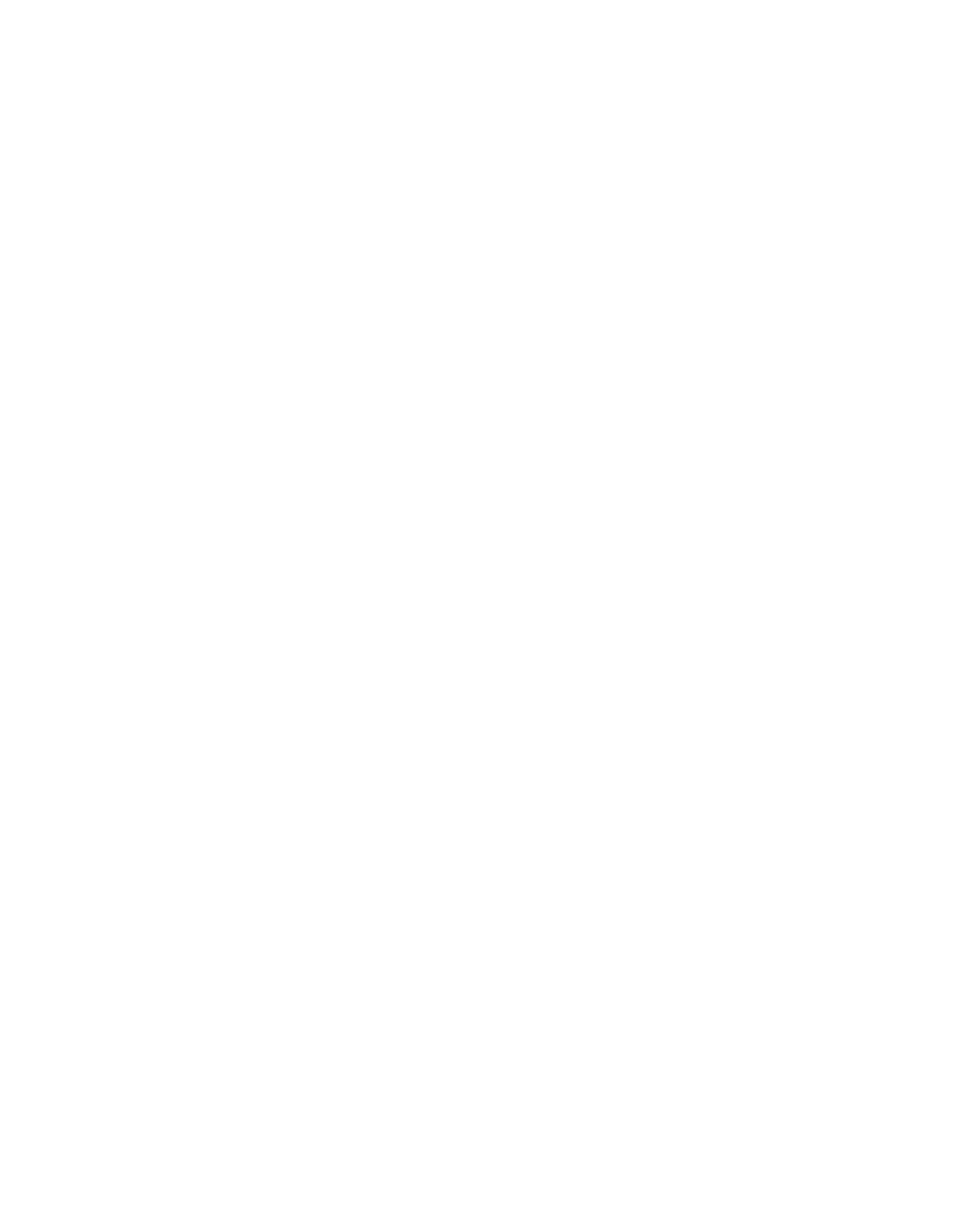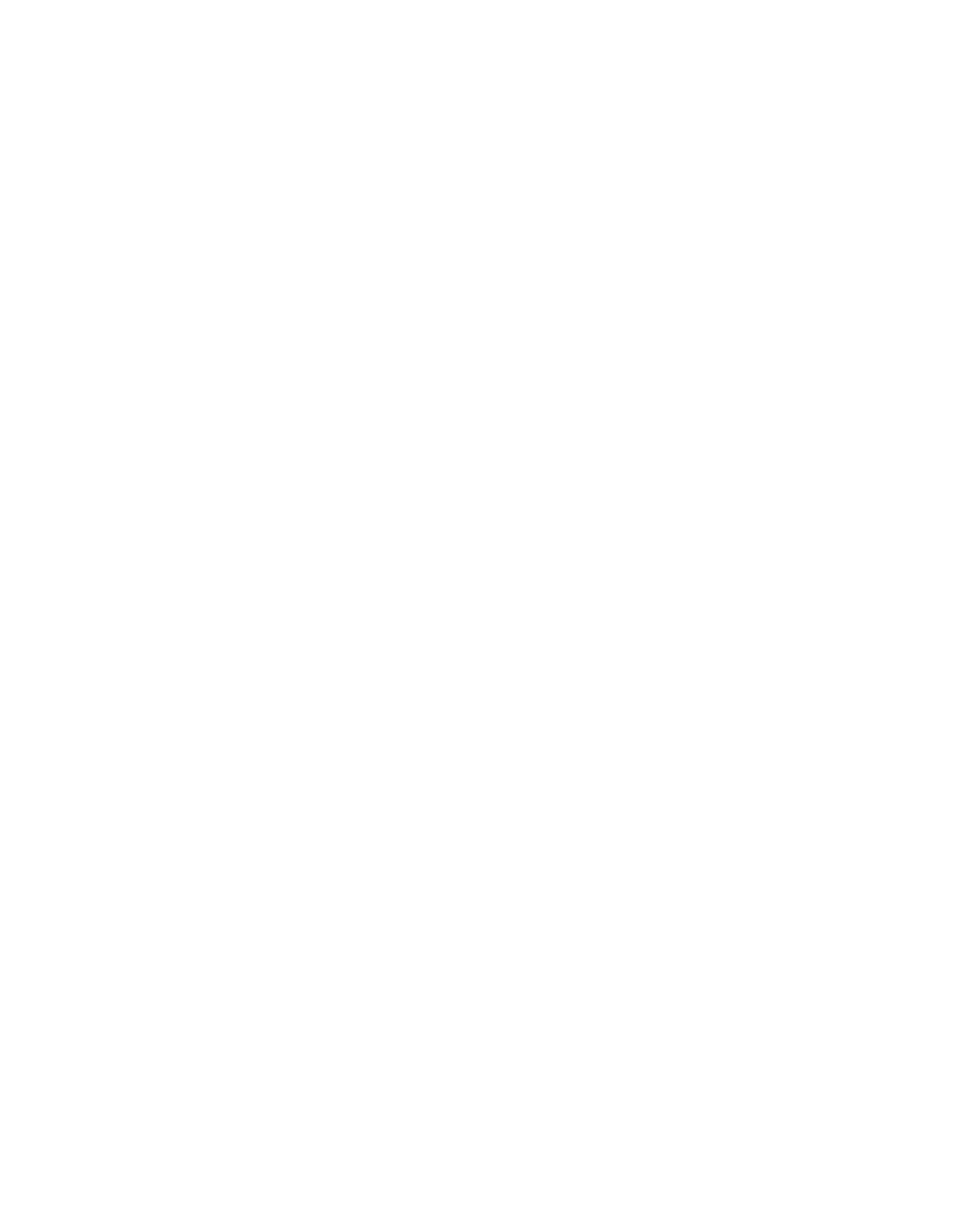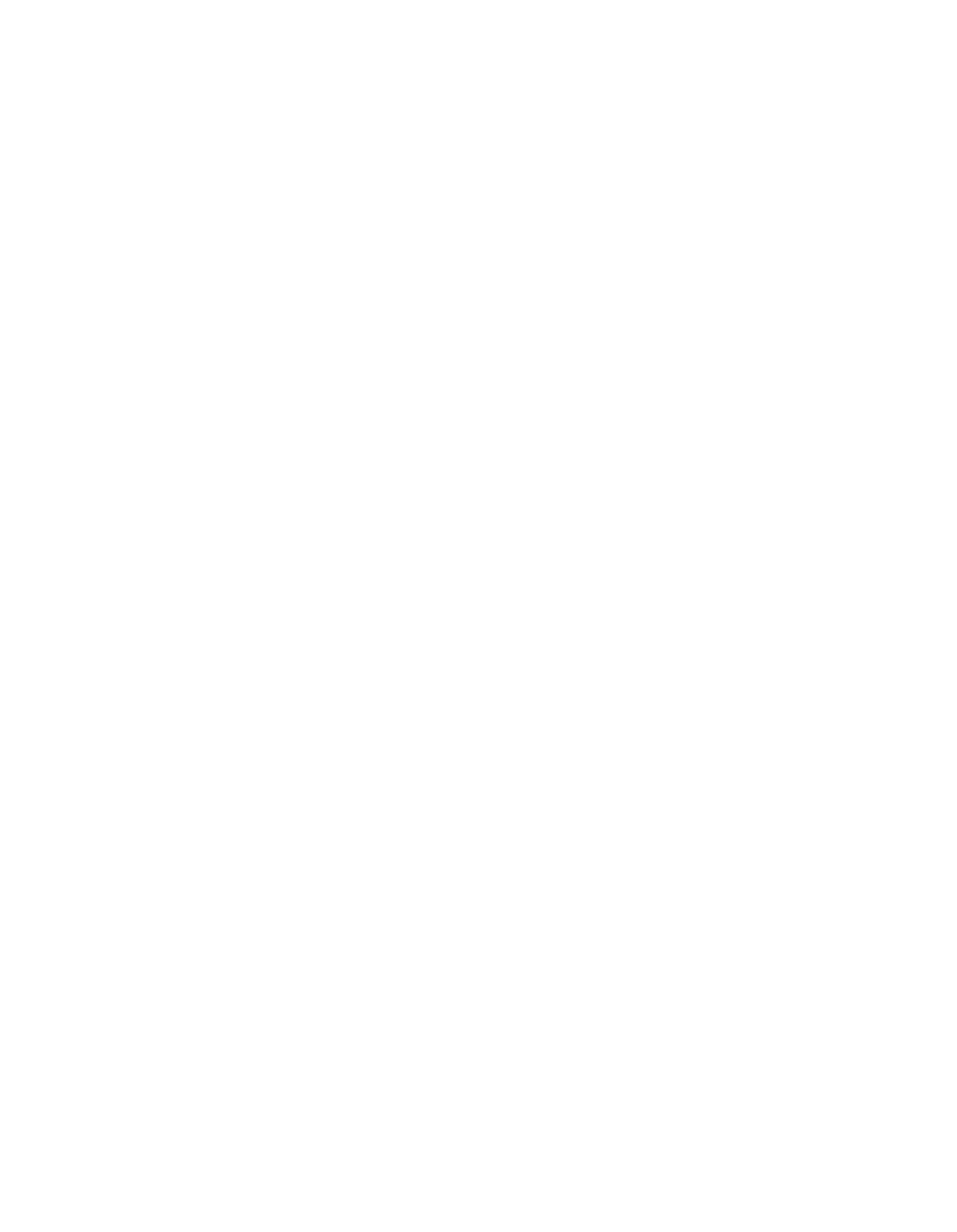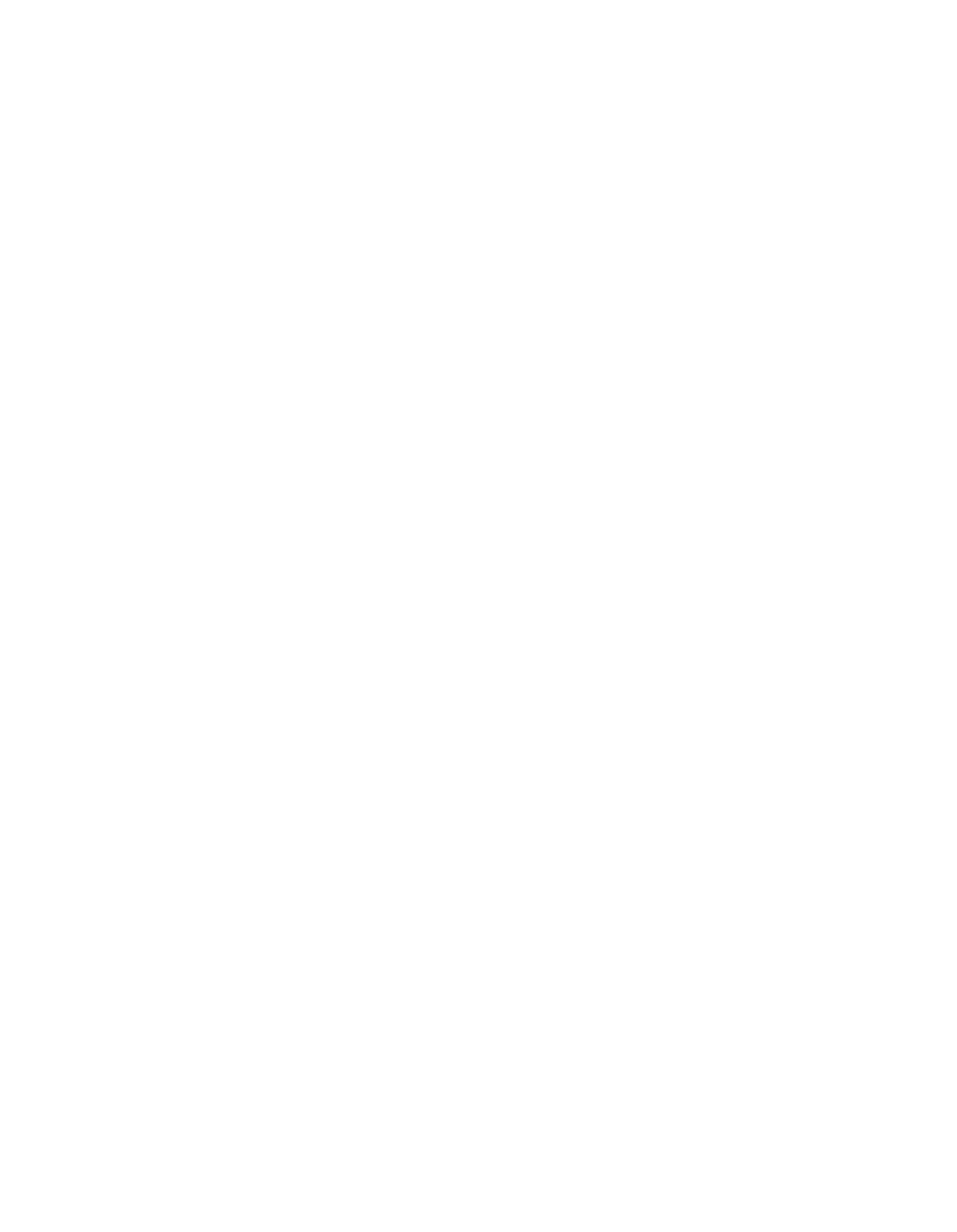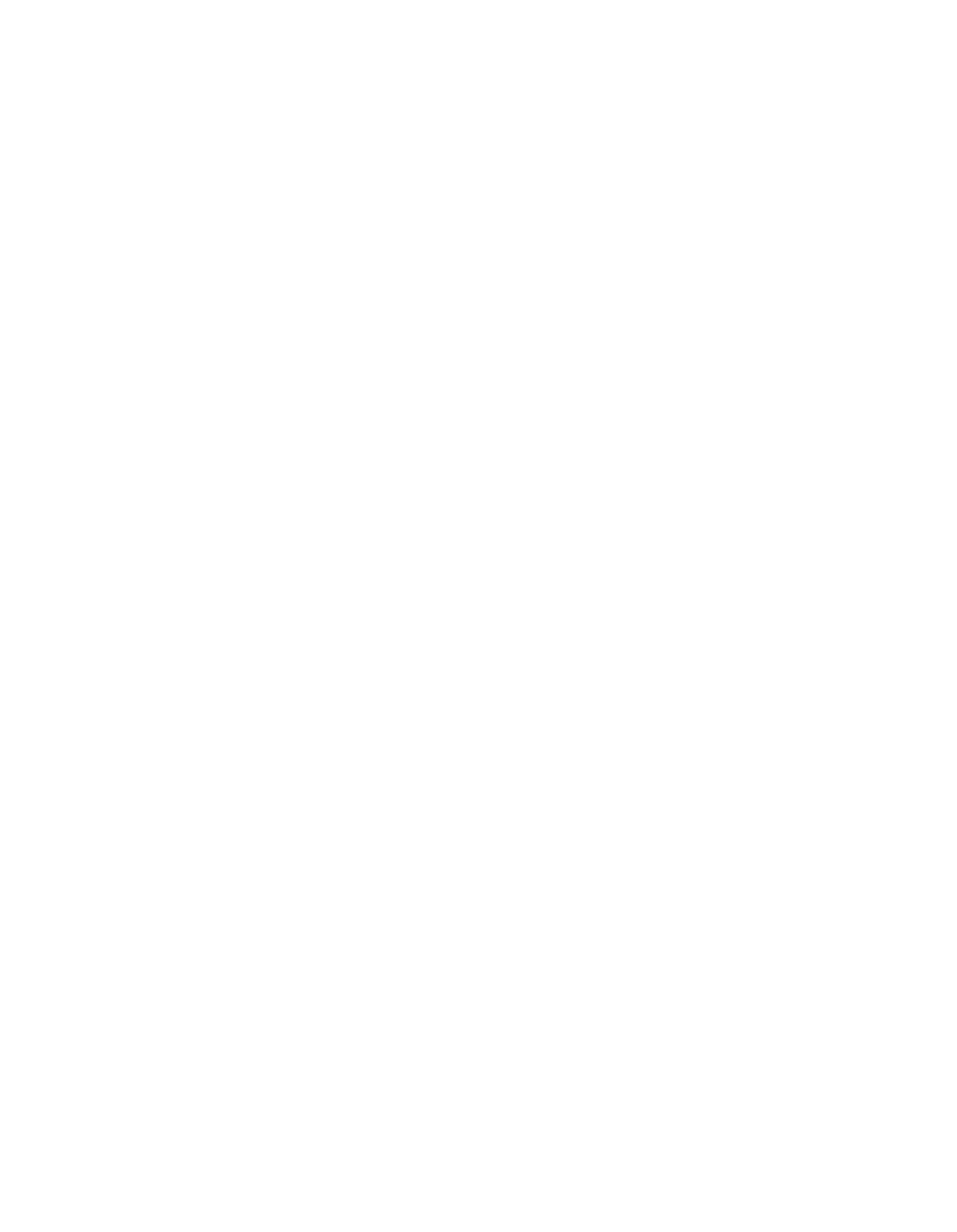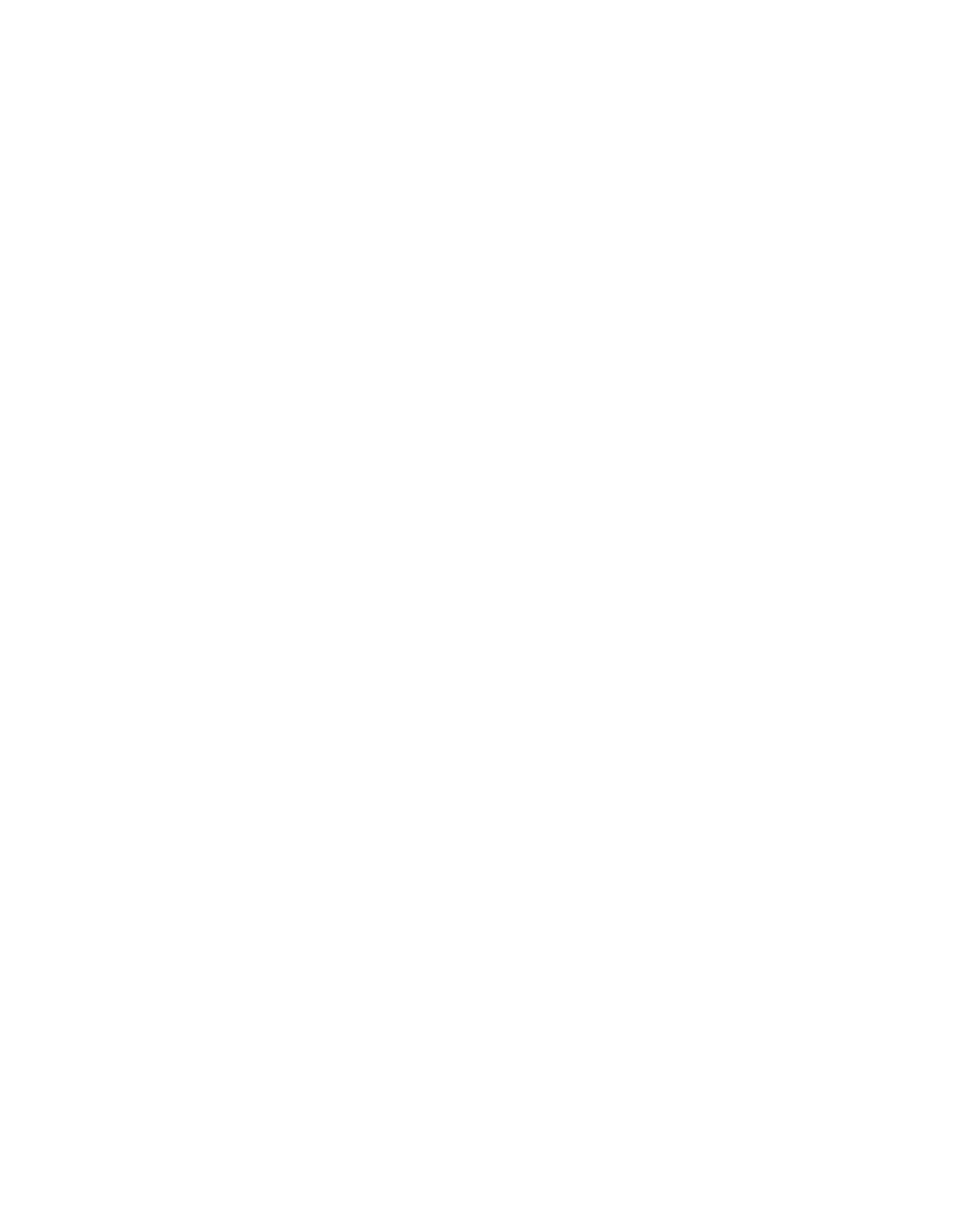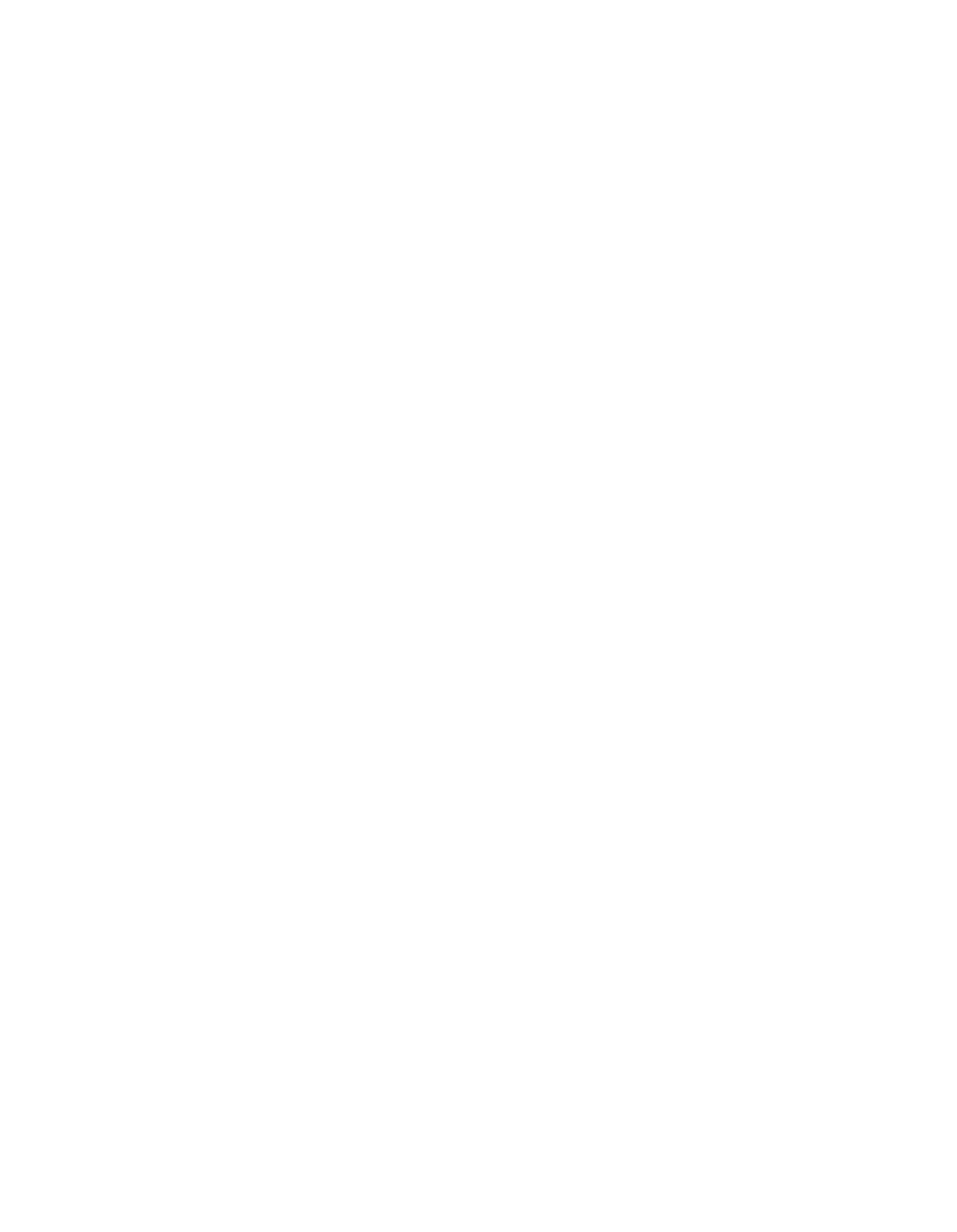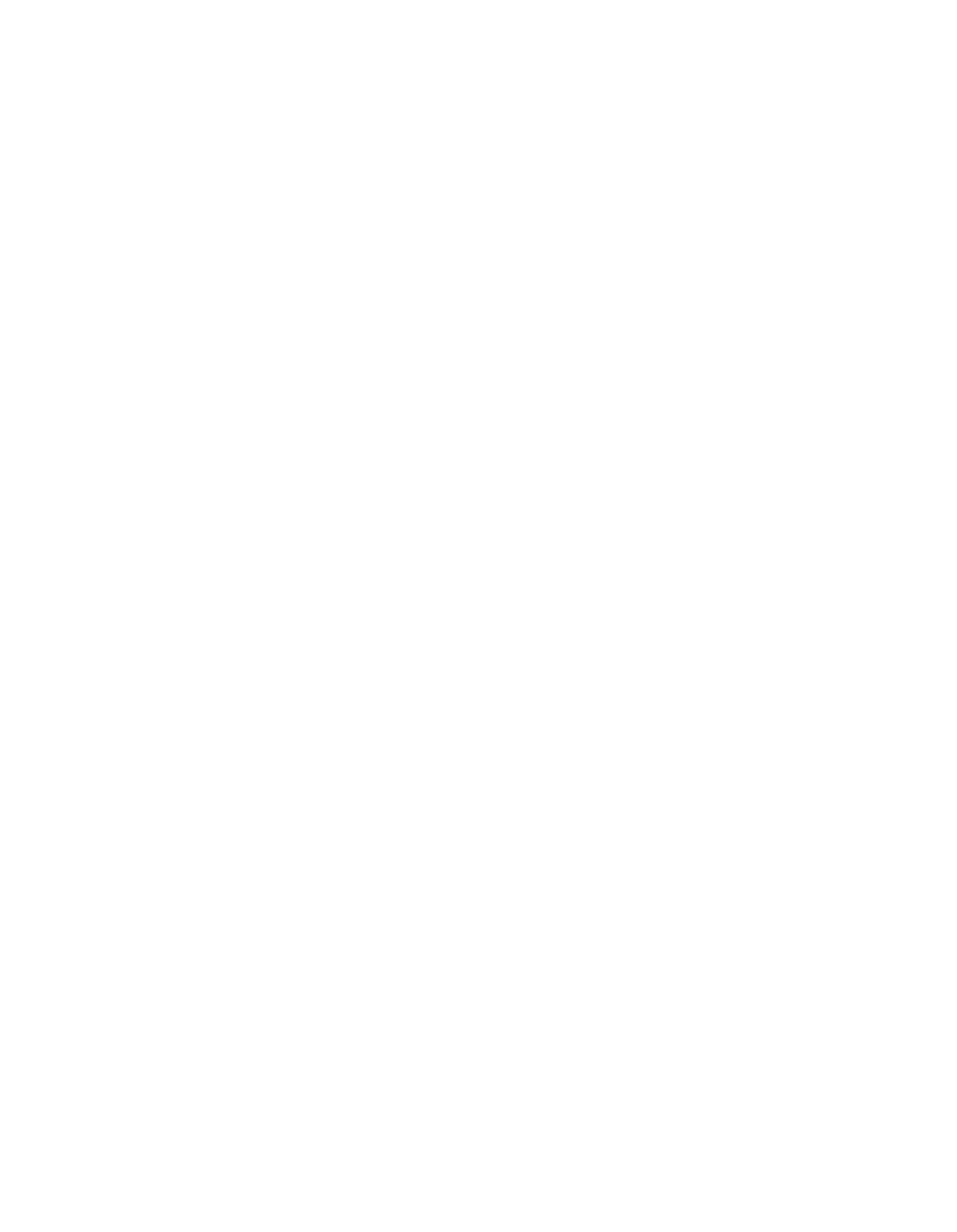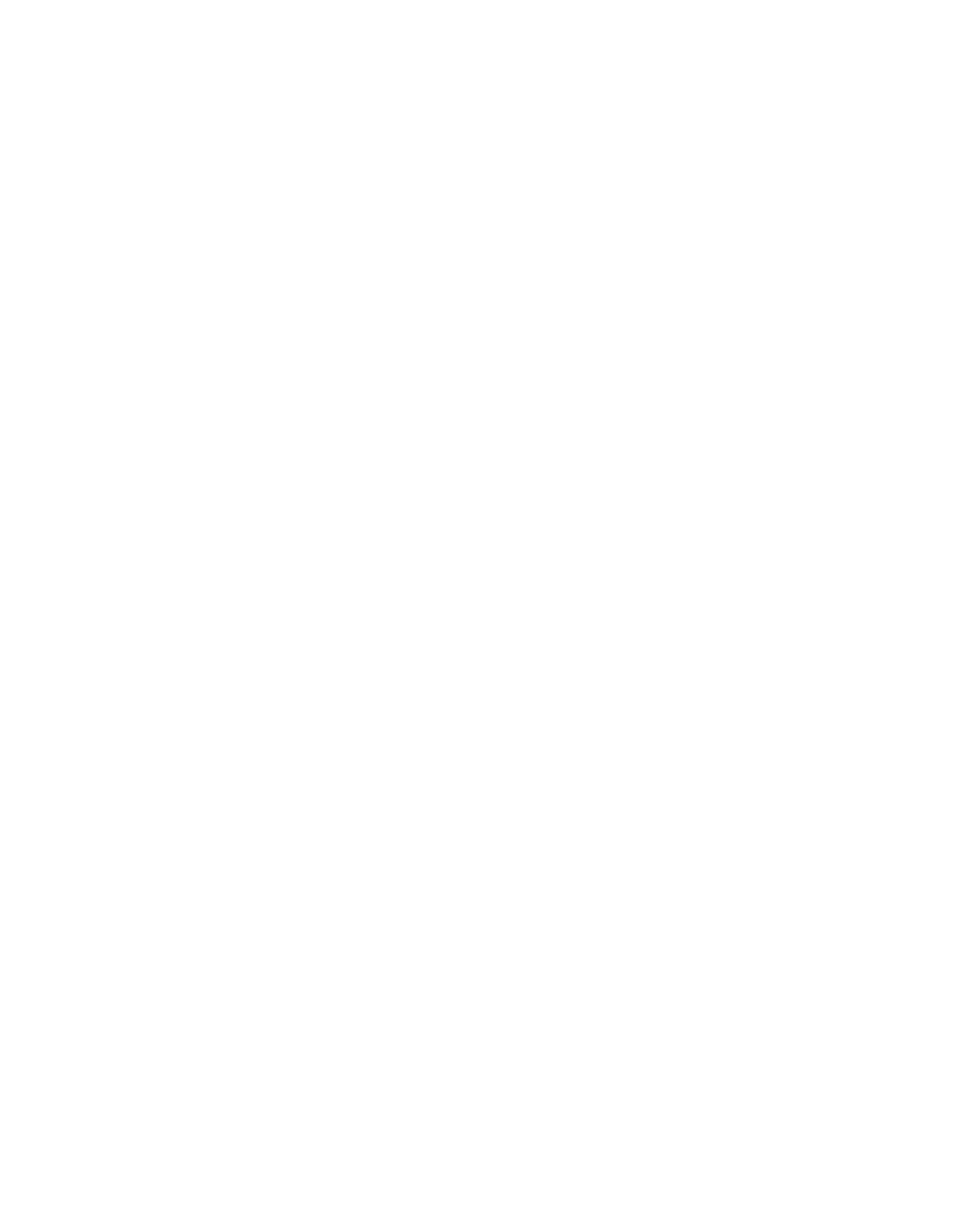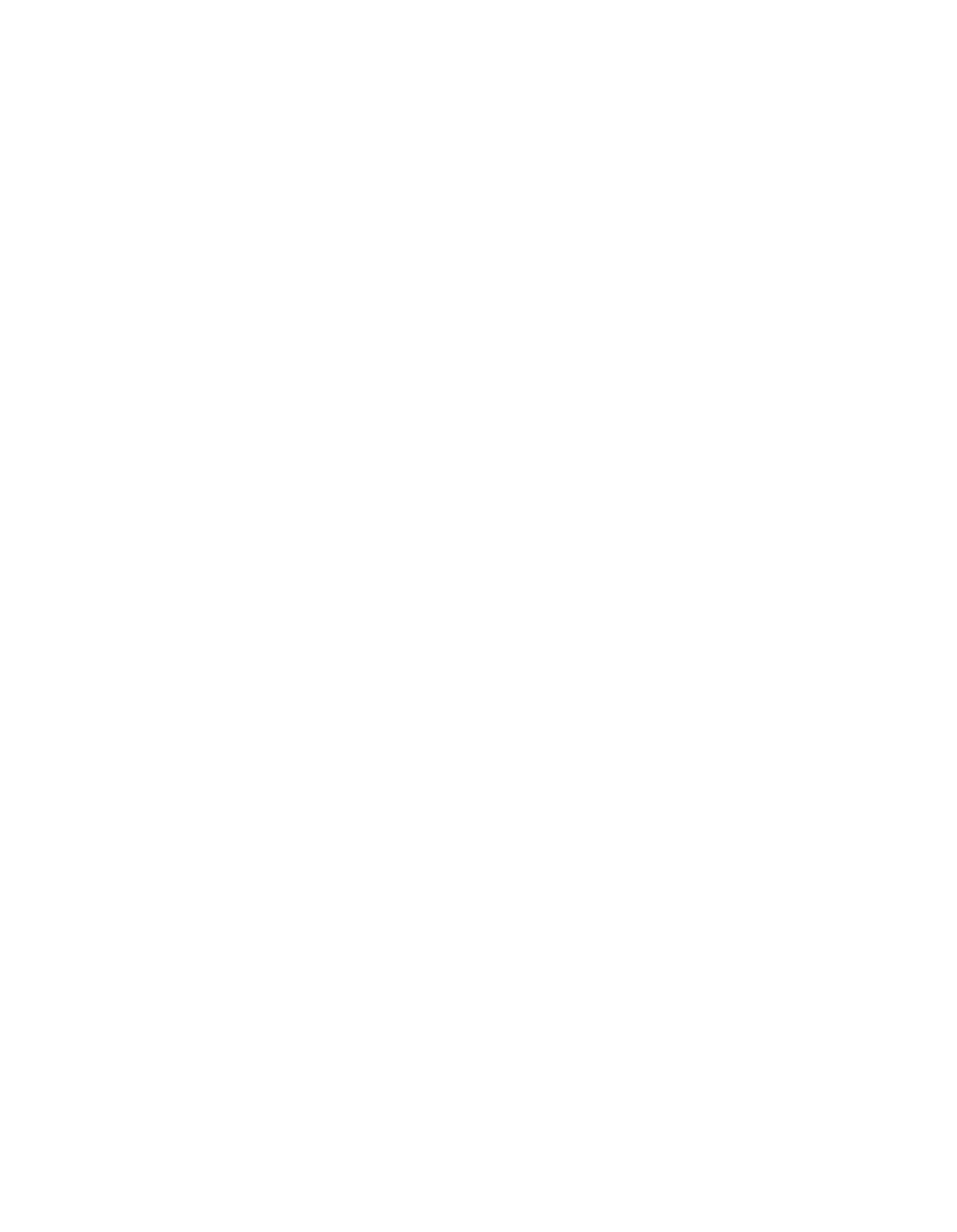ILLINOIS POLLUTION CONTROL BOARD
Nay 20,
1993
IN THE MATTER OF:
)
R93—1O
RCRA SUBTITLE D AMENDMENTS
)
(Identical in Substance Rule)
)
Proposal for Public Comment.
Proposed Order of the Board
(by J. Anderson):
The Board is hereby initiating for public comment certain
amendments to its nonhazardous waste landfill regulations so as
to make them at least as stringent as the USEPA regulations
implementing Subtitle D of the Resource Conservation and Recovery
Act(RCRA).
The USEPA regulations address Municipal Solid Waste
Landfill Facilities
(MSWLF).
The enabling State legislation, HB 299, contains a new
Section 22.40
in the Environmental Protection Act
(Act) which
mandates Board rulemaking.
This mandate requires that the Board
adopt regulations pursuant to Section 7.2 of the Act that are
identical in substance to regulations adopted by the USEPA to
implement Sections 4004 and 4010 of the Resource Conservation and
Recovery Act of 1976
(P.L. 94—580, codified as 42 U.S.C.
para.
6944
& 6950).
The Board is now starting the “public comment”
phase of this rulemaking to expedite the submittal of the
amendments,
if such action is consistent with the Governor’s
action on HB 299, to the USEPA for its authorization review well
in advance of the federally—imposed deadline of October 9,
1993.
Equally important, the Board is also seeking to minimize
compliance confusion during the transition period by being in a
position to quickly reflect the federal requirements
in the
Board’s existing landfill regulations.
Section 22.40 provides for quick adoption of regulations
that are “identical in substance” to federal regulations and that
Title VII of the Act and Section 5 of the Administrative
Procedure Act
(APA)
shall not apply.
Because this rulemaking is
not subject to Section 5 of the APA,
it is not subject to first
notice or to second notice review by the Joint Committee on
Administrative Rules
(JCAR).
The federal Subtitle D landfill
regulations are found at 40 CFR 258.
This rulemaking updates
Illinois Nonhazardous Waste Landfill rules to correspond with the
major federal rulemaking more fully outlined in the accompanying
Opinion.
This proposed order will be supported by a proposed opinion
to be adopted at a future time.
The Board will receive public
comment on the proposal for a period of 45 days following its
publication in the Illinois Register.
The Board hereby directs
that the Clerk of the Board cause a Notice of Proposed Amendments
1
L~.2O7O3
2
reflecting this repeal be published in the Illinois Register.
The complete text of the proposed rules follows.
IT IS SO ORDERED.
I, Dorothy N.
Gunn, Clerk of the Illinois Pollution Control
Board, do hereby certify that the above order was adopted by the
Board on the
__________
day of
~
,
1993, by a vote
of
_______.
7,
/
/‘
/
//
//~
:---
‘~-~
~
-
~
Dorothy M.,~Gtrnn, Clerk
Illinois POllution control Board
0
L~2-O7OLi~
3
TITLE 35:
~
Board
SUBTITLE G:
WASTE DISPOSAL
CHAPTER
I:
POLLUTION CONTROL BOARD
SUBCHAPTER
i:
SOLID WASTE
AND
SPECIAL WASTE HAULING
PART 810
SOLID WASTE DISPOSAL:
GENERAL PROVISIONS
Section
810.101
Scope and Applicability
810.102
Severability
810
.
103
Definitions
810.104
Incorporations by Reference
AUTHORITY:
Implementing Sections
5,
21,
21.1,
22 and 22.17,
and
authorized by Section 27 of the Environmental Protection Act
(Ill. Rev.
Stat.
1989,
ch.
111 1/2,
pars.
1005,
1021,
1021.1,
1022,
1022.17 and 1027).
SOURCE:
Adopted in R88-7 at 14
Ill.
Reg.
,
effective
NOTE:
Capitalization indicates statutory language.
Section 810.103
Definitions
Except as stated in this Section, or unless a different meaning
of a word or term is clear from the context, the definition of
words or terms in this Part shall be the same as that applied to
the same words or terms
in the Environmental Protection Act
(Act)
(Ill. Rev.
Stat.
1989,
ch.
111 1/2,
pars.
1001 et.
seq.):
“Act” means the Environmental Protection Act,
Ill. Rev.
Stat.
1989,
ch.
ill 1/2, pars.
1001 et.
seq.
“AGENCY” IS THE ENVIRONMENTAL PROTECTION AGENCY
ESTABLISHED BY THE ENVIRONMENTAL PROTECTION ACT.
(Section 3.08 of the Act.)
“Admixtures” are chemicals added to earth materials to
improve for a specific application the physical or
chemical properties of the earth materials.
Admixtures
include, but are not limited to:
lime,
cement,
bentonite and sodium silicate.
“Applicant” means the person, submitting an application
to the Agency for a permit for a solid waste disposal
facility.
“AQUIFER”
MEANS
SATURATED (WITH GROUNDWATER) SOILS
AND
GEOLOGIC MATERIALS WHICH ARE SUFFICIENTLY PERMEABLE TO
READILY YIELD ECONOMICALLY USEFUL QUANTITIES OF WATER
L~.
~
—
U
I
4
TO WELLS,
SPRINGS, OR STREAMS UNDER ORDINARY HYDRAULIC
GRADIENTS and whose boundaries can be identified and
mapped from hydrogeologic data.
(Section
3 of the
Illinois Groundwater Protection Act
(Ill.
Rev. Stat.
1989,
ch.
111 1/2, par. 7453).)
“Bedrock” means the solid rock formation immediately
underlying any loose superficial material such as soil,
alluvium or glacial drift.
“BOARD” IS THE POLLUTION CONTROL BOARD ESTABLISHED BY
THE ACT.
(Section 3.04 of the Act.)
“Borrow area’1 means an area from which earthen material
is excavated for the purpose of constructing daily
cover,
final cover,
a liner,
a gas venting system,
roadways or berms.
“Chemical waste” means a non—putrescible solid whose
characteristics are such that any contaminated leachate
is expected to be formed through chemical or physical
processes, rather than biological processes, and no gas
is expected to be formed as
a result.
“Contaminated leachate” means any leachate whose
constituent violate the standards of 35
Ill. Adm. Code
811.202.
“Design Period” means that length of time determined by
the sum of the operating life of the solid waste
landfill facility plus the postclosure care period
necessary to stabilize the waste in the units.
“DISPOSAL”
MEANS
THE DISCHARGE, DEPOSIT,
INJECTION,
DUMPING,
SPILLING, LEAKING OR PLACING OF
ANY
SOLID
WASTE INTO OR ON
ANY LAND
OR WATER OR INTO
ANY
WELL
SUCH THAT SOLID WASTE OR
ANY
CONSTITUENT OF THE SOLID
WASTE
MAY
ENTER THE ENVIRONMENT BY BEING EMITTED INTO
THE AIR OR DISCHARGED INTO
ANY
WATERS,
INCLUDING
GROUNDWATER.
(Section 3.08 of the Act.)
If the solid
waste is accumulated and not confined or contained to
prevent its entry into the environment, or there is no
certain plan for its disposal elsewhere, such
accumulation shall constitute disposal.
“Disturbed areas” means those areas within a facility
that have been physically altered during waste disposal
operations or during the construction of any part of
the facility.
“Documentation” means items,
in any tangible form,
whether directly legible or legible with the aid of any
~.:)_i_
U ~
~
5
machine or device,
including but not limited to
affidavits,
certificates, deeds,
leases,
contracts or
other binding agreements,
licenses, permits,
photographs, audio
or video recordings, maps,
geographic surveys,
chemical and mathematical formulas
or equations, mathematical and statistical calculations
and assumptions, research papers, technical reports,
technical designs and design drawings,
stocks, bonds
and financial records, that are used to support facts
or hypotheses.
“Earth liners” means structures constructed from
naturally occurring soil material that has been
compacted to achieve a low permeability.
“Existing facility” or “Existing unit” means a facility
or unit which is not defined in this Section as a new
facility or a new unit.
“EXISTING MSWLF UNIT” MEANS ANY MUNICIPAL SOLID WASTE
LANDFILL UNIT THAT HAS RECEIVED HOUSEHOLD WASTE BEFORE
OCTOBER
9,
1993.
(Section 3.87 of the Act)
“Facility” means a site and all equipment and fixtures
on a site used to treat,
store or dispose of solid or
special wastes.
A facility consists of an entire solid
or special waste treatment, storage or disposal
operation.
All structures used in connection with or
to facilitate the waste disposal operation shall be
considered a part of the facility.
A facility may
include, but is not limited to, one or more solid waste
disposal units,
buildings,
treatment systems,
processing and storage operations;
and monitoring sta-
tions.
“Field capacity” means that maximum moisture content of
a waste, under field conditions of temperature and
pressure, above which moisture is released by gravity
drainage.
“Gas collection system” means a system of wells,
trenches, pipes and other related ancillary structures
such as manholes, compressor housing, and monitoring
installations that collects and transports the gas
produced in a putrescible waste disposal unit to one or
more gas processing points.
The flow of gas through
such a system may be produced by naturally occurring
gas pressure gradients or may be aided by an induced
draft generated by mechanical means.
“Gas condensate” means the liquid formed as a landfill
gas
is cooled or compressed.
—
6
“Gas venting system” means a system of wells, trenches,
pipes and other related structures that vents the gas
produced in a putrescible waste disposal unit to the
atmosphere.
“Geomembranes” means manufactured membrane liners and
barriers of low permeability used to control the migra-
tion of fluids or gases.
“Geotextiles” are permeable manufactured materials used
for purposes which include, but are not limited to,
strengthening soil, providing a filter to prevent
clogging of drains, collecting and draining liquids and
gases beneath the ground surface.
“GROUNDWATER”
MEANS
UNDERGROUND
WATER
WHICH
OCCURS
WITHIN
THE
SATURATED
ZONE
AND
WITHIN GEOLOGIC MATERIALS
WHERE
THE
FLUID
PRESSURE
IN
THE
PORE SPACE IS EQUAL TO
OR
GREATER
THAN
ATMOSPHERIC
PRESSURE.
(Section
3 of
the Illinois Groundwater Protection Act)
“HOUSEHOLD WASTE” MEANS ANY SOLID WASTE (INCLUDING
GARBAGE, TRASH, AND SANITARY WASTE IN SEPTIC TANKS)
DERIVED FROM HOUSEHOLDS (INCLUDING SINGLE AND MULTIPLE
RESIDENCES, HOTELS AND MOTELS, BUNKHOUSES, RANGER
STATIONS, CREW QUARTERS, CAMPGROUNDS, PICNIC GROUNDS.
AND DAY-USE RECREATION AREAS).
(Section 3.89 of the
Act)
“Hydraulic barriers” means structures designed to
prevent or control the seepage of water.
Hydraulic
barriers include, but are not limited to cutoff walls,
slurry walls,
grout curtains and liners.
“Inert waste” means any solid waste that will not
decompose biologically, burn, serve as food for
vectors, form a gas, cause an odor,
or form
a
contaminated leachate,
as determined in accordance with
Section 811.202(b).
Such inert wastes shall include
only non-biodegradable and non—putrescible solid
wastes.
Inert wastes may include, but are not limited
to,
bricks, masonry arid concrete (cured for 60 days or
more).
“Land application unit” means an area where wastes are
agronomically spread over or disked into land or
otherwise applied so as to become incorporated into the
soil surface.
For the purposes of this Part and 35
Ill. Adm. Code 811 through 815,
a land application unit
is not a landfill; however, other Parts
of 35 Ill. Adm.
Code:
Chapter
I may apply, and may include the
permitting requirements of 35
Ill. Adm. Code 309.
fl~
L~2-U7O8
7
“Landfill” means a unit or part of a facility in or on
which waste is placed and accumulated over time for
disposal, and which is not a land application unit,
a
surface impoundment or an underground injection well.
For the purposes of this Part and 35 Ill. Adm. Code 811
through 815, landfills include waste piles,
as defined
in this Section.
“LATERAL EXPANSION” MEANS A HORIZONTAL EXPANSION OF THE
ACTUAL WASTE BOUNDARIES OF AN EXISTING MSWLF UNIT
OCCURRING ON OR AFTER OCTOBER
9,
1993.
FOR THE
PURPOSES OF THIS SECTION A HORIZONTAL EXPANSION IS
ANY
AREA WHERE SOLID WASTE IS PLACED FOR THE FIRST TIME
DIRECTLY UPON THE BOTTOM LINER OF THE UNIT ON OR AFTER
OCTOBER 9,
1993.
(Section 3.88 Of the Act)
“Leachate” means liquid that has been or is in direct
contact with a solid waste.
“Lift” means an accumulation of waste which is
compacted into a unit and over which cover is placed.
“Malodor” means an odor caused by ONE OR MORE
CONTAMINANT EMISSIONS INTO THE ATMOSPHERE FROM A
FACILITY THAT IS IN SUFFICIENT QUANTITIES
AND
OF SUCH
CHARACTERISTICS
AND
DURATION AS TO BE described as
malodorous and which may be INJURIOUS TO
HUMAN,
PLANT,
OR
ANIMAL
LIFE,
TO HEALTH, OR TO PROPERTY, OR TO
UNREASONABLY INTERFERE WITH THE ENJOYMENT OF LIFE OR
PROPERTY.
(Section 3.02 of the Act (defining “air
pollution”).)
“MUNICIPAL SOLID WASTE LANDFILL UNIT” OR “MSWLF UNIT”
MEANS A CONTIGUOUS AREA OF LAND OR AN EXCAVATION THAT
RECEIVES HOUSEHOLD WASTE, AND THAT IS NOT A LAND
APPLICATION, SURFACE IMPOUNDMENT, INJECTION WELL,
OR
ANY PILE OF NONCONTAINERIZED ACCUMULATIONS OF SOLID,
NONFLOWING WASTE THAT IS USED FOR TREATMENT OR STORAGE.
A NSWLF UNIT
NAY
ALSO
RECEIVE
OTHER
TYPES
OF
RCRA
SUBTITLE D WASTES, SUCH AS COMMERCIAL SOLID WASTE,
NONHAZARDOUS SLUDGE,
SMALL OUANTITY GENERATOR WASTE
AND
INDUSTRIAL SOLID WASTE.
SUCH A LANDFILL
MAY
BE
PUBLICLY OR PRIVATELY OWNED OR OPERATED.
A MSWLF UNIT
MAY
BE
A
NEW
NSWLF
UNIT,
AN
EXISTING
MSWLF
UNIT
OR A
LATERAL EXPANSION.
A SANITARY LANDFILL IS SUBJECT TO
REGULATION AS A MSWLF IF IT RECEIVES HOUSEHOLD WASTE.
(Section 3.85 of the Act)
“National Pollutant Discharge Elimination System” or
“NPDES” means the program for issuing, modifying,
revoking and reissuing,
terminating, monitoring and
enforcing permits and imposing and enforcing
1
L~2-~j7O9
8
pretreatment requirements under the Clean Water Act
(33
U.S.C.
1251 et seq.), Section 12(f)
of the
Environmental Protection Act and 35 Ill. Adm. Code
3O9.Subpart A and 310.
“NPDES permit” means a permit
issued under the NPDES program.
“New facility” or “New unit” means a solid waste
landfill facility or a unit at a facility,
if one or
more of the following conditions apply:
It is a landfill or unit exempt from permit
requirements pursuant to Section 21(d)
of the Act
that has not yet accepted any waste as of the
effective date of this Part;
It is a landfill or unit not exempt from permit
requirements pursuant to Section 21(d)
of the Act
that has no development or operating permit issued
by the Agency pursuant to 35
Ill. Adm. Code 807 as
of the effective date of this Part;
or
It is a landfill with a unit whose maximum design
capacity or lateral extent
is increased after the
effective date of this Part.
BOARD
NOTE:
A new unit located in an existing facility
shall be considered a unit subject to 35 Ill. Adm. Code
814, which references applicable requirements of 35
Ill. Adm. Code 811.
“NEW MSWLF UNIT” MEANS ANY MUNICIPAL SOLID WASTE
LANDFILL UNIT THAT HAS RECEIVED HOUSEHOLD WASTE ON OR
AFTER OCTOBER 9,
1993 FOR THE FIRST TINE.
(Section
3.86 of the Act)
“One hundred
(100) year flood plain” means any land
area which is subject to a one percent or greater
chance of flooding in a given year from any source.
“One hundred
(100)
year,
24 hour precipitation event”
means a precipitation event of 24 hour duration with a
probable recurrence interval of once in 100 years.
“Operator” means the person responsible for the
operation and maintenance of a solid waste disposal
facility.
“Owner” means a person who has an interest, directly or
i~ndirect1y, in land, including a leasehold interest, on
which a person operates and maintains a solid waste
disposal facility.
The “owner”
is the “operator”
if
there
is no other person who is operating and
1
~
~
‘~
U
9
maintaining a solid waste disposal facility.
“Perched watertable
“
means an elevated watertable
above a discontinuous saturated lens, resting on a low
permeability
(such as clay)
layer within a high
permeability
(such as sand)
formation.
“Permit area” means the entire horizontal and vertical
region occupied by a permitted solid waste disposal
facility.
“PERSON”
IS ANY INDIVIDUAL,
PARTNERSHIP, CO-
PARTNERSHIP,
FIRM,
COMPANY,
CORPORATION, ASSOCIATION,
JOINT STOCK COMPANY, TRUST, ESTATE, POLITICAL
SUBDIVISION, STATE AGENCY, OR ANY OTHER LEGAL ENTITY,
OR THEIR LEGAL REPRESENTATIVE, AGENT OR ASSIGNS.
(Section 3.26 of the Act.)
“Professional engineer” means a person who has
registered and obtained a seal pursuant to
“The
Illinois Professional Engineering Act”
(Ill.
Rev. Stat
1989,
ch.
111,
par.
5101 et seq.).
“Professional land surveyor” means a person who has
received a certificate of registration and a seal
pursuant to “The Land Surveyors Act”
(Ill.
Rev.
Stat.
1989,
ch.
111,
par.
3201 et seq.).
“Putrescible waste” means a solid waste that contains
organic matter capable of being decomposed by
microorganisms so as to cause a malodor, gases,
or
other offensive conditions, or which is capable of
providing food for birds and vectors.
Putrescible
wastes may form a contaminated leachate from
microbiological degradation, chemical processes, and
physical processes.
Putrescible waste includes, but is
not limited to, garbage,
offal,
dead animals, general
household waste, and commercial waste.
All solid
wastes which do not meet the definitions of inert or
chemical wastes shall be considered putrescible wastes.
“Publicly owned treatment works” or “POTW” means a
treatment works that is owned by the State of Illinois
or a unit of local government.
This definition
includes any devices and systems used in the storage,
treatment, recycling and reclamation of municipal
sewage or industrial wastewater.
It also includes
sewers, pipes and other conveyances only if they convey
wastewater to a POTW treatment plant.
The term also
means the unit of local government which has
jurisdiction over the indirect discharges to and the
discharges from such a treatment works.
OtL~2O71I
10
“RESOURCE CONSERVATION RECOVERY ACT” “RCRA” MEANS THE
RESOURCE CONSERVATION AND RECOVERY ACT OF 1976
(P.L.
94—580 Codified as 42 USC.
~
6901 et sep.) AS AMENDED.
LSection 3.90 of the Act)
“Recharge zone” means an area through which water can
enter an aquifer.
“Responsible charge,” when used to refer to a person,
means that the person is normally present at a waste
disposal site;
directs the day-to-day overall operation
at the site; and either
is the owner or operator or is
employed by or under contract with the owner or
operator to assure that the day—to-day operations at
the site are carried out in compliance with any Part of
35 Ill. Adm.
Code:
Chapter
I governing operations at
waste disposal sites.
“Runoff” means water resulting from precipitation that
flows overland before it enters a defined stream chan-
nel, any portion of such overland flow that infiltrates
into the ground before
it reaches the stream channel,
and any precipitation that falls directly into a stream
channel.
“Salvaging” means the return of waste materials to use,
under the supervision of the landfill operator, so long
as the activity is confined to an area remote from the
operating face of the landfill,
it does not interfere
with or otherwise delay the operations of the landfill,
and it results in the removal of all materials for
salvaging from the landfill site daily or separates
them by type and stores them in a manner that does not
create a nuisance, harbor vectors or cause an unsightly
appearance.
“Scavenging” means the removal of materials from a
solid waste management facility or unit which is not
salvaging.
“Seismic Slope Safety Factor” means the ratio between
the resisting forces or moments in a slope and the
driving forces or moments that may cause a massive
slope failure during an earthquake or other seismic
event such as an explosion.
“Settlement” means subsidence caused by waste loading,
changes in groundwater
level, chemical changes within
the soil and adjacent operations involving excavation.
“Shredding” means the mechanical reduction in particle
sizes of solid waste.
Putrescible waste is considered
(1
i:.2-07
2
11
shredded if 90 percent of the waste by dry weight
passes a
3 inch sieve.
“Significant Modification” means a modification to an
approved permit issued by the Agency in accordance with
Section 39 of the Act and 35
Ill. Adm. Code 813 that is
required when one or more of the following changes,
considered significant when that change measured by one
or more parameters whose values lie outside the
expected operating range of values as specified in the
permit, are planned, occur or will occur:
An increase in the capacity of the waste disposal
unit over the permitted capacity;
Any change in the placement of daily, intermediate
or final cover;
A decrease in performance,
efficiency or longevity
of the liner system;
A decrease in efficiency or performance of the
leachate collection system;
A change in configuration, performance, or
efficiency of the leachate management system;
A change in the final disposition of treated
effluent or in the quality of the discharge from
the leachate treatment or pretreatment system;
Installation of a gas management system, or a
decrease in the efficiency or performance of an
existing gas management system;
A change in the performance or operation of the
surface water control system;
A decrease in the quality or quantity of data from
any environmental monitoring system;
A change in the applicable background concentra-
tions or the maximum allowable predicted
concentrations;
A change in the design or configuration of the
regraded area after development or after final
closure;
A change in the amount or type of postclosure
financial assurance;
DI
L~.2-O7
13
12
Any change in the permit boundary;
A change in the postclosure land use of the
property;
A remedial action necessary to protect
groundwater;
Transfer of the permit to a new operator;
Operating authorization is being sought to place
into service a structure constructed pursuant to a
construction quality assurance program; or
A change in any requirement set forth as a special
condition in the permit.
“Sole source aquifer” means those aquifers designated
pursuant to Section 1424(e)
of the Safe Drinking Water
Act of 1974,
(42 U.S.C 300h—3)
“Solid Waste” means a waste that is defined in this
Section as an inert waste,
as a putrescible waste,
as a
chemical waste or as
a special waste, and which is not
also defined as
a hazardous waste pursuant to 35
Ill.
Adm. Code 721.
“SPECIAL WASTE” MEANS
ANY
INDUSTRIAL PROCESS WASTE,
POLLUTION CONTROL WASTE OR HAZARDOUS WASTE, EXCEPT AS
DETERMINED PURSUANT TO SECTION 22.9 OF THE ACT and 35
Ill.
Adm. Code 808.
(Section 3.45 of the Act.)
“Static Safety Factor” means the ratio between
resisting forces or moments in a slope and the driving
forces or moments that may cause a massive slope
failure.
“Surface impoundment” means a natural topographic
depression,
a man-made excavation, or a diked area into
which flowing wastes, such as liquid wastes or wastes
containing free liquids, are placed.
For the purposes
of this Part and 35 Ill. Adm. Code 811 through 815,
a
surface impoundment is not a landfill.
Other Parts of
35 Ill. Adm. Code:
Chapter
I may apply,
including the
permitting requirements of 35 Ill.
Adm. Code 309.
“Twenty—five
(25) year,
24 hour precipitation event”
means a precipitation event of 24 hour duration with a
p~robablerecurrence interval of once in 25 years.
“Uppermost aquifer” means the first geologic formation
above or below the bottom elevation of a constructed
OtL~2O7I1~
13
liner or wastes, where no liner
is present, which
is an
aquifer, and includes any lower aquifer that is
hydraulically connected with this aquifer within the
facility’s permit area.
“Unit” means
a contiguous area used for solid waste
disposal.
“Unit of local government” means a unit of
local
government, as defined by Article 7,
Section
1 of the
Illinois Constitution.
A unit of local government may
include, but is not limited to,
a municipality,
a
county, or a sanitary district.
“Waste pile” means an area on which non—containerized
masses of solid, non flowing wastes are placed for
disposal.
For the purposes of this Part and 35 Ill.
Adm. Code 811 through 815,
a waste pile is a landfill,
unless the operator can demonstrate that the wastes are
not accumulated over time for disposal.
At a minimum,
such demonstration shall include photographs, records
or other observable or discernable information,
maintained on a yearly basis, that show that within the
preceding year the waste has been removed for
utilization or disposed elsewhere.
“Waste stabilization” means any chemical, physical or
thermal treatment of waste,
either alone or in
combination with biological processes, which results in
a reduction of microorganisms,
including viruses, and
the potential for putrefaction.
“Working face” means any part of a landfill where waste
is being disposed.
“Zone of attenuation”
is the three dimensional region
formed by excluding the volume occupied by the waste
placement from the smaller of the volumes resulting
from vertical planes drawn to the bottom of the
uppermost aquifer at the property boundary or 100 feet
from the edge of one or more adjacent units.
Section 810.104
Incorporations by Reference
a)
The Board incorporates the following material by
reference:
40 CFR 141.40
(1988).
Auditing Standards--Current Text, August
1, 1990
Edition, available through the American Institute
of Certified Public Accountants, 1211 Avenue of
2
—
i~
7
L)
~
~
~..-
I
14
the Americas, New York,
NY 10036.
Test Methods
for Evaluating Solid Waste.
Physical/Chemical methods, EPA Publication SW-846
(Third Edition,
1986 as amended by Update
I
(November,
1990).
SW—846 and Update I are
available from the Superintendent of Documents,
US. Government Printing Office, Washington.
D.C.
20402,
Ph:
(202)
783—3238.
40 CFR 258.Appendix II
(1992).
b)
This incorporation includes no later amendments or
editions.
0! 1~.2-J7 16
15
TITLE
35:
ENVIRONMENTAL
PROTECTION
SUBTITLE
G:
WASTE
DISPOSAL
CHAPTER
I:
POLLUTION CONTROL BOARD
SUBCHAPTER
i:
SOLID WASTE
AND
SPECIAL WASTE HAULING
PART
811
STANDARDS FOR NEW SOLID WASTE LANDFILLS
SUBPART A:
GENERAL STANDARDS FOR ALL LANDFILLS
Section
811.101
811. 102
811.103
811.
104
811.105
811.106
811.107
811.
108
811. 109
811.
110
811.111
Section
811.201
811.202
811.203
811.204
811.205
811.206
811.207
Scope and Applicability
Location Standards
Surface Water Drainage
Survey Controls
Compaction
Daily Cover
Operating Standards
Salvaging
Boundary Control
Closure and Written Closure Plan
Postclosure Maintenance
SUBPART
B:
INERT WASTE LANDFILLS
Scope and Applicability
Determination of Contaminated Leachate
Design Period
Final Cover
Final Slope and Stabilization
Leachate Sampling
Load Checking
SUBPART
C:
PUTRESCIBLE AND CHEMICAL WASTE LANDFILLS
Section
811.301
811.302
811.303
811.304
811.305
811.306
811.307
811.308
811. 309
811. 3 10
811.311
811. 312
811.313
811.314
811.315
811.316
811.317
811.318
Scope and Applicability
Facility Location
Design Period
Foundation and Mass Stability Analysis
Foundation Construction
Liner Systems
Leachate Drainage System
Leachate Collection System
Leachate Treatment and Disposal System
Landfill Gas Monitoring
Landfill Gas Management System
Landfill Gas Processing and Disposal System
Intermediate Cover
Final Cover System
Hydrogeological Site Investigations
Plugging and Sealing of Drill Holes
Groundwater Impact Assessment
Design, Construction, and Operation of Groundwater
0
~2-07
I
7
16
811.319
811.320
811.321
811.322
811.323
811.324
811.325
811.326
Monitoring Systems
Groundwater Monitoring Programs
Groundwater Quality Standards
Waste Placement
Final Slope and Stabilization
Load Checking Program
Corrective Action Measures for MSWLF Units
Selection of remedy for NSWLF Units
Implementation of the corrective action program at
MSWLF Units
Section
811.401
811.402
811.403
811. 404
811.
405
811.406
Section
811.501
811.502
811.503
811. 504
811.505
811.506
811.507
811.508
811.509
Section
811.700
811.701
811.702
811.703
811.704
811.705
811.706
811.707
811.708
811.709
811.710
811.711
811.712
811.713
811.714
811.715
SUBPART D:
MANAGEMENT
OF SPECIAL WASTES AT LANDFILLS
Scope
arid Applicability
Notice to Generators and Transporters
Special Waste Manifests
Identification Record
Recordkeeping Requirements
Procedures for Excluding Regulated Hazardous Wastes
SUBPART
E:
CONSTRUCTION QUALITY ASSURANCE PROGRAMS
Scope and Applicability
Duties and Qualifications of Key Personnel
Inspection Activities
Sampling Requirements
Documentation
Foundations and Subbases
Compacted Earth Liners
Geomembranes
Leachate Collection Systems
SUBPART G:
FINANCIAL ASSURANCE
Scope, Applicability and Definitions
Upgrading Financial Assurance
Release of Financial Institution
Application of Proceeds and Appeals
Closure and Postclosure Care Cost Estimates
Revision of Cost Estimate
Mechanisms for Financial Assurance
Use of Multiple Financial Mechanisms
Use of a Financial Mechanism for Multiple Sites
Trust Fund for Unrelated Sites
Trust Fund
Surety Bond Guaranteeing Payment
Surety Bond Guaranteeing Performance
Letter of Credit
Closure Insurance
Self—Insurance for Non—commercial Sites
811.Appendix A Financial Assurance Forms
0
L~
2— 07
1
8
17
Illustration A Trust Agreement
Illustration B Certificate of Acknowledgment
Illustration C Forfeiture Bond
Illustration D Performance Bond
Illustration E Irrevocable Standby Letter of Credit
Illustration F Certificate of Insurance for Closure and/or
Postclosure Care
Illustration C Operator’s Bond Without Surety
Illustration H Operator’s Bond With Parent Surety
Illustration I Letter from Chief Financial Officer
811.Appendix B Section-by-Section Correlation Between the
Requirements of the Federal NSWLF Regulations at
40 CFR 258
(1992)
and the Requirements of Parts
810 through 814.
AUTHORITY:
Implementing Sections
5,
21, 21.1,
22,
22.17 and 28.1
and authorized by Section 27 of the Environmental Protection Act
(Ill.
Rev.
Stat.
1989,
ch.
111 1/2,
pars.
1005,
1021,
1021.1,
1022,
1022.17,
1028.1 and 1027).
SOURCE:
Adopted in P88-7 at
14 Ill. Reg.
,
effective
NOTE:
Capitalization indicates statutory language.
SUBPART A:
GENERAL STANDARDS FOR ALL LANDFILLS
Section 811.101
Scope and Applicability
a)
The standards of this Part apply to all new landfills,
except those regulated pursuant to 35 Ill. Adm. Code
700 through 749.
Subpart A contains general standards
applicable to all new landfills.
Subpart B contains
additional standards for new landfills which dispose of
only inert wastes.
Subpart C contains additional
standards for new landfills which dispose of chemical
and putrescible wastes.
b)
This Part shall not apply until one year after the
effective date of this Part to new landfills solely
receiving the following wastes generated by the
following industries, provided that proposed
regulations of general applicability to that industry
category are filed with the Board no later than
December
1,
1990:
wastes generated by foundries and
primary steel production facilities and coal combustion
wastes generated by electric utilities.
The
requirements of 35 Ill. Adm. Code 807 shall apply to
such landfills during the interim period of one year
after the effective date of this Part.
This Part shall
u
L~
~
—
U
i
1
9
18
become effective immediately after Dec.
1,
1990 if no
proposal has been filed by that date.
C)
All general provisions of 35
Ill. Adm. Code 810 apply
to this Part.
~J.
Standards for Municipal Solid Waste landfills
3j
The standards of this Part also apply to all new
MSWLF units,
as defined at 35 Ill.
Adia.
Code
810.103.
The standards for the new MSWLF units
include:
~j
The standards applicable to new landfills
pursuant to subsection
(a); and
~j
The standards adopted
in this part that are
identical-in-substance to the federal
regulations promulgated by the U.S.
Environmental Protection Agency pursuant
Sections 4004 and 4010 of the RCRA relating
to MSWLF program.
Such standards are
individually indicated as applicable to MSWL
units.
21
The Appendix table 81l.Appendix B provides a
Section—by—Section correlation between the
requirements of the federal MSWLF regulations at
40 CFR 258
(19921 and the reguirements of this
Part.
Section 811.107
Operating Standards
a)
Phasing of Operations
1)
Waste shall be placed in a manner and at such a
rate that mass stability is provided during all
phases of operation.
Mass stability shall mean
that the mass of the waste deposited will riot
undergo settling or slope failure that interrupts
operations at the facility or causes damage to any
of the various landfill operations or structures,
such as the liner,
leachate or drainage collection
system, gas collection system or monitoring
system.
2)
The phasing of operations at the facility’ shall be
designed
in such a way as to allow the sequential
construction,
filling, and closure of discrete
units or parts of units.
3)
The operator shall design and sequence the waste
19
placement operation in each discrete unit or parts
of units,
in conjunction with the overall
operations of the facility,
so as to shorten the
operational phase and allow wastes to be built up
to the planned final grade.
b)
Size and Slope of Working Face
1)
The working face of the unit shall be no larger
than is necessary, based on the terrain and
equipment used in waste placement, to conduct
operations in a safe and efficient manner.
2)
The slopes of the working face area shall be no
steeper than two to one (horizontal to vertical)
unless the waste is stable at steeper slopes.
c)
Equipment
Equipment shall be maintained and available for use at
the facility during all hours of operation, so as to
achieve and maintain compliance with the requirements
of this Part.
d)
Utilities
All utilities, including but not limited to heat,
lights, power and communications equipment, necessary
for safe operation in compliance with the requirements
of this Part shall be available at the facility at all
times.
e)
Maintenance
The operator shall maintain and operate all systems and
related appurtenances and structures in a manner that
facilitates proper operations in compliance with this
Part.
f)
Open Burning
Open burning is prohibited except in accordance with 35
Ill. Adm. Code 200 through 245.
g)
Dust Control
The operator shall implement methods for controlling
dust so as to prevent wind dispersal of particulate
matter.
h)
Noise Control
0! L~.2-072
I
20
The facility shall be designed, constructed and main-
tained to minimize the level of equipment noise audible
outside the facility.
The facility shall not cause or
contribute to a violation of 35 Ill. Adm. Code 900
through 905 or of Section 24 of the Act.
i)
Vector Control
The operator shall implement measures to control the
population of disease and nuisance vectors.
j)
Fire Protection
The operator shall institute fire protection measures
including,
but not limited to, maintaining a supply of
water on—site and radio or telephone access to the
nearest fire department.
k)
Litter Control
1)
The operator shall patrol the facility daily to
check for litter accumulation.
All litter shall
be collected and placed in the fill or in a
secure, covered container for later disposal.
2)
The facility shall not accept solid waste from
vehicles that do not utilize devices such as
covers or tarpaulins to control litter, unless the
nature of the solid waste load is such that it
cannot cause any litter during its transportation
to the facility.
1)
Mud Tracking
The facility shall implement methods, such as use of
wheel washing units, to prevent tracking of mud by
hauling vehicles onto public roadways.
~
Liquids Restrictions for MSWLF units
fl
Bulk or noricontainerized liquid waste may not be
placed in MSWLF units unless:
~j
The waste is household waste other than
septic waste; or
~j
The waste is leachate or gas condensate
derived from the MSWLF unit and the MSWLF
unit, whether it is a new or existing MSWLF
unit or lateral expansion,
is designed with a
composite liner and leachate collection
system that complies with the requirements of
a
!L2-0722
21
Sections 811.306 through 811.308.
21
Containers holding liquid waste maY not be placed
in a MSWLF unit unless:
~j
The container is
a small container similar in
size to that normally found in household
waste
~
The container is designed to hold liquids for
use other than storage; or
Qj~.
The waste
is household waste.
~j
For purposes of this Section:
~j
“Liquid waste” means any waste material that
is determined to contain “free liquids” as
defined by Method 9095
(Paint Filter Liauids
Test), as described in “Test Methods for
Evaluating Solid Wastes, Physical/Chemical
Methods”
(EPA Pub. No.
SW-846) incorporated
by reference in 35 Ill.
Adin Code 810.104.
~j.
“Gas condensate” means the liquid aenerated
as a result of gas recovery processes at the
MSWLF unit.
BOARD NOTE.
Subsection 811.107(m)
is Derived
from 40 CFR 258.28
(1992).
Section 811.110
Closure and Written Closure Plan
a)
The final slopes and contours shall be designed to
complement and blend with the surrounding topography of
the proposed final land use of the area,
b)
All drainage ways and swales shall be designed to
safely pass the runoff from the 100-year,
24-hour pre-
cipitation event without scouring or erosion.
c)
The final configuration of the facility shall be de-
signed in a manner that minimizes the need for further
maintenance.
d)
Written closure plan
1)
The operator shall maintain a written plan
describing all actions that the operator will
undertake to close the unit or facility in a’
manner that fulfills the provisions of the Act,
of
0
t142
0723
22
this Part and of other applicable Parts of 35 Ill.
Adm. Code:
Chapter
I.
The written closure plan
shall fulfill the minimum information requirements
of 35 Ill. Adm. Code 812.114.
2)
A modification of the written closure plan shall
constitute a significant modification of the
permit for the purposes of 35 Ill. Adm. Code
813.Subpart B.
~j
The owner or operator of a MSWLF unit shall begin
closure activities
for each MSWLF unit no later than
the date determined as follows:
fl
30 days after the date on which the MSWLF unit
receives the final receipt of wastes; or
21
If the NSWLF unit has remaining capacity and there
is a reasonable likelihood that the MSWLF unit
will receive additional wastes, no later than one
year after the most recent receipt of wastes.
fl
The Agency shall grant extensions beyond this one—
year deadline for beqinnbing closure if the owner
or operator demonstrates that:
~j.
the NSWLF unit has the capacity to receive
additional wastes: and
~
the owner or operator has taken and will
continue to take all steps necessary to
prevent threats to human health and the
environment from the unclosed MSWLF unit.
BOARD NOTE.
Subsection
(e)
is Derived from 40
CFR
258.60(f)
(1992).
~
The
owner
or
operator of a
MSWLF
unit
shall
complete
closure activities for each unit in accordance with the
closure plan no later than the dates determined as
follows:
.~j.
within 180 days of beginning closure, as speciUed
in subsection
(g)
of this Section.
21
The Agency shall grant extension of the closure
period if the owner or operator demonstrates that:
~
the closure will,
of necessity,
take longer
than 180 days; and
~
the owner or operator has taken and will
0; L1.2-072t~
23
continue to take all necessary steps to
prevent threats to human health and the
environment from the unclosed MSWLF unit.
BOARD NOTE. Subsection
(e)
is Derived from 40
CFR 258.60(g)
(1992).
Deed
notation.
jj
Following
closure
of
all
MSWLF
units
at
a
site,
the
owner
or
operator
shall
record
a
notation
on
the
deed
to
the
landfill
facility
property
or
some
other
instrument
that
is
normally
examined
during
title search.
The
owner
or
operator
shall
place
a
copy of the instrument in the operating record,
and shall notify the Agency that the notation has
been recorded and a copy has been placed in the
operating
record.
aL
The notation on the deed or other instrument must
be made in such a way that in perpetuity notify
any potential purchaser of the property that:
~j
The land has been used as a landfill
facility; and
~J.
Its use is restricted pursuant to Section
811.111(d).
BOARD NOTE.
Subsection
(g)
is Derived from 40 CFR
258.60(i)
(1992).
~fl
The Agency shall allow the owner or operator of a MSWLF
unit to remove the notation from the deed only if the
owner or operator demonstrates to the Agency that all
wastes are removed from the facility.
BOARD NOTE.
Subsection
(h)
is Derived from 40 CFR
258.60(1)
(1992).
Section 811.111
Postclosure Maintenance
a)
The operator shall treat, remove from the site, or
dispose of all wastes and waste residues within 30 days
after receipt of the final volume of waste.
b)
The operator shall remove all equipment or structures
not necessary for the postclosure land use, unless
otherwise authorized by permit.
c)
Maintenance and Inspection of the Final Cover and
Vegetation:
flL~2-L~725
24
1)
Frequency of Inspections
A)
The operator shall conduct a quarterly
inspection
of
all
vegetated surfaces for a
minimum
of
five
years
after
closure,
and
after
five
years,
the
operator
may
reduce
the
frequency
of
annual
inspections
until
settling
has
stopped
and
there
are
no
eroded
or scoured areas.
B)
For landfills, other than those used
exclusively
for
disposing waste generated at
the site,
inspections shall be continued for
a minimum period of 15 years after closure.
ci
For MSWLF units, inspections shall be
continued
for
a minimum period of
30 years
after
closure.
2)
All rills,
gullies and crevices six inches or
deeper identified
in the inspection shall be
filled.
Areas identified by the operator or the
Agency
inspection
as
particularly
susceptible
to
erosion shall be recontoured.
3)
All eroded and scoured drainage channels shall be
repaired and lining material shall be replaced if
necessary.
4)
All holes and depressions created by settling
shall be filled and recontoured so as to prevent
standing water.
5)
All reworked surfaces, and areas with failed or
eroded vegetation in excess of 100 square feet
cumulatively, shall be revegetated in accordance
with
the
approved
closure
plan
for
the
facility.
~
Planned uses of property at NSWLF units
fl
The owner or operator of a MSWLF unit shall
include a description of the planned uses of the
property during the poetciosure care period in the
written
poatciosure
care
plan
prepared
pursuant
to
35
111
Adm.
Code
812.115.
21
Postclosure
use
of
the
property
must
not
disturb
the
integrity
of
the
final
cover,
liner,
any
other
components of the
containment
system,
or
the
function of the monitoring systems, unless
necessary to comply with the requirements of this
Part.
2
25
~
The Agency shall approve any other disturbance if
the
owner
or
operator
demonstrates
that
the
disturbance
of
the
final
cover,
liner
or
other
component
of
the
containment
system,
including any
removal
of
waste,
will
not
increase the potential
threat
to
human
health
or
the
environment.
BOARD NOTE.
Subsection
(d)
is Derived from 40 CFR
258.61(c)(3)
(1992).
Section 811.112
Recordkeeping Requirements for MSWLF Units
The owner or operator of a MSWLF unit shall record and retain
near the facility in an operating record or in some alternative
location specified by the Agency,
the information submitted to
the Agency pursuant to 35 Ill.
Adin.
Code 812 and 813,
as it
becomes available.
At a minimum, the operatin~record shall
contain the following information:
~j
Any location restriction demonstration required under
35
Ill.
Adm. Code 812.109 and 812.303
~
Inspection records, training procedures. and
notification procedures required by Section 811.323
gj
Gas monitoring results and any remediation plans
required by Sections 811.310 and 811.311
~J
Any MSWLF unit design documentation for placement of
leachate or gas condensate
in
a NSWLF unit required bY
Section 811.107(m)
~
Any demonstration, certification, monitoring results,
testing, or analytical data relating to the groundwater
monitoring program required by Sections 811.319,
811.324, 811.325, and 811.326
~j.
Closure
and
post—closure
care
Plans
and
any
monitoring,
testing, or analytical data reciuired bY Sections
811.110 and 811.111; and
gj
AnY
cost
estimates
and
financial
assurance
documentation required
by
Subpart
G of this Part.
BOARD NOTE. The requirements of this Section are
derived from 40 CFR 258.29
(1992).
SUBPART C:
PUTRESCIBLE
AND
CHEMICAL WASTE LANDFILLS
01 t4~-0727
26
Section
811.302
Facility
Location
a)
No
part
of
a
unit
shall
be
located
within
a
setback
zone
established
pursuant
to
Section
14.2
or
14.3
of
the Act;
b)
No
part
of
a
unit
shall
be
located
within
the
recharge
zone
or
within
366
meters
(1200
feet),
vertically
or
horizontally,
of
a
sole—source
aquifer
designated
by
the
United
States
Environmental
Protection
Agency
pursuant
to
Section
1424(e)
of
the Safe Drinking Water
Act
(42
U.S.C.
300f et seq.) unless there is a stratum
between the bottom of the waste disposal unit and the
top of the aquifer that meets the following minimum
requirements:
1)
The stratum has a minimum thickness of 15.2 meters
(50 feet);
2)
The maximum hydraulic conductivity in both the
horizontal and vertical directions is no greater
than lxlO7 centimeters per second, as determined
by in situ borehole or equivalent tests;
3)
There is no indication of continuous sand or silt
seams,
faults, fractures or cracks within the
stratum
that
may
provide
paths
for
migration;
and
4)
Age
dating
of
extracted
water
samples
from
both
the aquifer and the stratum indicates that the
time of travel for water percolating downward
through the relatively impermeable stratum is no
faster than 15.2 meters
(50 feet)
in 100 years.
C)
A facility located within 152 meters
(500 feet) of the
right of way of a township or county road or state or
interstate highway shall have its operations screened
from view by a barrier of natural objects,
fences,
barricades, or plants no less than 2.44 meters
(8
feet)
in height.
d)
No part of a unit shall be located closer than 152
meters
(500 feet)
from an occupied dwelling,
school, or
hospital that was occupied on the date when the
operator first applied for a permit to develop the unit
or the facility containing the unit, unless the owner
of such dwelling, school, or hospital provides
permission to the operator,
in writing, for a closer
distance.
e)
The facility shall not be located closer than 1525
meters
(5000 feet)
of any runway used by piston type
27
aircraft or within 3050 meters
(10,000 feet)
of any
runway used by turbojet aircraft unless the Federal
Aviation Administration provides the operator with
written permission,
including technical justification,
for a closer distance.
~j
Owners or operators proposing to locate a new MSWLF
unit within a five-mile radius of any airport runway
used by turbo~ietor piston-type aircraft shall notify
the affected airport and the Federal Aviation
Administration
(FAA)
within
7
days
of
filing
a
permit
application with Agency in accordance with 35 Ill. Adm.
Code 813 for developing
a
new
landfill.
BOARD
NOTE.
Subsection
(f)
is
derived
from
40
CFR
258.10
(1992).
Section 811.303
Design Period
a)
The design period for putrescible and chemical waste
disposal units shall be the estimated operating life
plus a postclosure care period of 30 years.
The design
period for putrescible waste landfill units,
other than
MSWLF units. may be reduced if unlc~measures are
undertaken in compliance with subsections
(b)
and
(c)
to
encourage
stabilization
of
putrescible
waste.
~
design period for a MSWLF unit may be reduced in
accordance with subsection
(d).
b)
The design period for a disposal unit which accepts
only putrescible waste in shredded form shall be the
estimated operating life plus 20 years of postclosure
care.
c)
The design period for a putrescible waste disposal unit
that recycles leachate in accordance with Section
811.309(f)
shall
be
the
estimated
operating life plus
20 years of postclosure
care.
~J.
The Agency shall reduce the postclosure care period of
a MSWLF unit if the owner or operator demonstrates to
the Agency that the reduced period is sufficient to
protect human health and the environment.
BOARD NOTE:
Subsection
(ci)
is derived from 40 CFR
258.61(b) (1).
Section 811.319
Groundwater Monitoring Programs
a)
Detection Monitoring Program
Any use of the term “maximum allowable predicted
28
concentration”
in this Section is a reference to 35
Ill.
Adm. Code 811.318(c).
The operator shall
implement a detection monitoring program in accordance
with the following requirements:
1)
Monitoring Schedule and Frequency
A)
The monitoring period shall begin as soon as
waste is placed into the unit of a new
landfill or within one year of the effective
date of this Part for an existing landfill.
Monitoring shall continue for a minimum
period of fifteen years after closure, or in
the case of MSWLF units,
a minimum period of
30 years after closure, except as otherwise
provided by Section 811.303.
The operator
shall sample all monitoring points for all
potential sources of contamination on a
quarterly basis except as specified in
subsection
(a)
(3)
or may institute more
frequent sampling throughout the time the
source constitutes a threat to groundwater.
For the purposes of this section, the source
shall be considered a threat to groundwater,
if the results of the monitoring indicate
that the concentrations of any of the
constituent monitored within the zone of
attenuation are above the maximum allowable
predicted concentration for that constituent.
B)
Beginning fifteen years after closure of the
unit,
or five years after all other potential
sources of discharge no longer constitute a
threat to groundwater,
as defined in
subsection
(a) (1) (A), the monitoring
frequency may change on a well by well basis
to an annual schedule if either of the
following conditions exist.
However,
monitoring shall return to a quarterly
schedule at any well where a statistically
significant increase is determined to have
occurred in accordance with Section
811.320(e),
in the concentration of any
constituent with respect to the previous
sample.
i)
All constituents monitored within the
zone of attenuation have returned to a
concentration less than or equal to ten
percent of the maximum allowable
predicted concentration; or
h
~‘
‘
—
~k’L
“1
29
ii)
All
constituents
monitored
within
the
zone of attenuation are less than or
equal to their maximum allowable
predicted concentration for eight
consecutive quarters.
C)
Monitoring shall be continued for a minimum
period of: thirty years after closure at
MSWLF units,
except as otherwise provided by
Section 811.303 five years after closure e~-
in the case of ~
landfills,
other than NSWLF
units.
tho3c which are used exclusively for
disposing waste generated at the siteT; or ~
minimum pcriod of fifteen years after closure
at all other landfills re~ulatedunder this
Part.
Monitoring, beyond the minimum period,
may be discontinued under the following
conditions:
1)
No statistically significant increase is
detected in the concentration of any
constituent above that measured and
recorded during the immediately
preceding scheduled sampling for three
consecutive years,
after changing to an
annual monitoring frequency; or
ii)
Immediately after contaminated leachate
is no longer generated by the unit.
BOARD NOTE. Changes to Subsections
(a) (1) (A) and
(a) (1) (C)
are derived from
40 CFR 258.50(e)
(1992).
2)
Criteria for Choosing ConstItuents to be Monitored
A)
The operator shall monitor each well for
constituents that will provide a means for
detecting groundwater contamination.
Constituents shall be chosen for monitoring
if they meet the following requirements:
I)
The constituent appears
in, or is
expected to be in, the leachate; and
ii)
The Board has established for the
constituent a public or food processing
water supply standard, at 35 Ill. Adm.
Code 302, the Board has established a
groundwater quality standard under the
Illinois Groundwater Protection Act
(Ill. Rev.
Stat.
1989,
ch.
111 1/2, par.
0
I
L~.2-073
30
7451
et
seq.),
or
the
constituent
may
otherwise
cause
or
contribute
to
groundwater
contamination.
B)
One or more indicator constituents,
representative
of
the
transport
processes
of
constituents
in
the
leachate,
may
be
chosen
for monitoring in place of the constituents
it
represents.
The
use
of
such
indicator
constituents
must
be
included
in
an
Agency
approved
permit.
3)
Organic Chemicals Monitoring
The
operator
shall
monitor
each
existing
well
that
is
being
used
as
a
part
of
the
monitoring
well
network at the facility within one year of the
effective
date
of
this
Part,
and
monitor
each
new
well
within
three
months
of
its
establishment.
The
monitoring
required
by
this subsection shall
be
for
a
broad
range
of
organic
chemical
contaminants In accordance with the procedures
described below:
A)
The
analysis
shall
be
at
least
as
comprehensive
and
sensitive
as
the
tests
for;
i)
The
51
organic
chemicals
in
drinking
water
described
at
40
CFR
141.40
(1988),
incorporated
by
reference
at
35
Ill.
Acm. Code 810.104; and
ii)
Any other organic chemical for which
a
groundwater quality standard or
criterion
has
been
adopted
pursuant
to
Section 14.4 of the Act or Section 8 of
the Illinois Groundwater Protection Act.
B)
At least once every two years, the operator
shall monitor each well in accordance with
subsection
(a) (1) (A).
~
The operator of a MSWLF unit shall monitor
each well in accordance with subsection
(a) (1) (A)
on an annual basis.
BOARD NOTE. Subsection
(a) (3) (C)
is derived
from 40 CFR 258.54(b)
(1992).
4)
Confirmation of Monitored Increase
A)
The confirmation procedures of this
I
LI
I
—
U,
~L
U/
31
subsection
shall
be
used
only
if
the
concentrations
of
the
constituents
monitored
can
be
measured
at
or
above
the
practical
quantitation
limit
(PQL).
The
PQL
is
defined
as the lowest concentration that can be
reliably measured within specified limits of
precision and accuracy, under routine
laboratory operating conditions.
The
operator shall institute the confirmation
procedures of subsection
(a) (4) (B)
after
notifying the Agency in writing, within 10
days,
of the following observed increases
I)
The concentration of any constituent
monitored in accordance with subsection
(a) (1) and
(a) (2)
shows
a progressive
increase over four consecutive quarters;
ii)
The concentration of any constituent
exceeds the maximum allowable predicted
concentration at an established
monitoring point within the zone of
attenuation;
iii) The concentration of any constituent
monitored in accordance with subsection
(a) (3) exceeds the preceding measured
concentration at any established
monitoring point; and
iv)
The concentration of any constituent
monitored at or beyond the zone of
attenuation exceeds the applicable
groundwater quality standards of Section
811.320.
B)
The confirmation procedures shall include the
following:
i)
The operator shall verify any observed
increase by taking additional samples
within 45 days of the initial
observation and ensure that the samples
and sampling protocol used will detect
any statistically significant increase
in the concentration of the suspect
constituent in accordance with
subsection 811.320(e), so as to confirm
the observed increase.
The operator
shall notify the Agency of any confirmed
increase before the end of the next
business day following the confirmation.
0
!
L~
2
—
73 3
32
ii)
The operator shall determine the source
of
any
confirmed
increase,
which
may
include,
but
shall
not
be
limited
to,
natural phenomena,
sampling or analysis
errors,
or
an
off—site
source.
iii)
The
operator
shall
notify
the
Agency
in
writing
of
any
confirmed
increase
and
state
the
source
of
the
confirmed
increase
and
provide
the
rationale
used
in
such
a
determination
within
ten
days
of
the
determination.
b)
Assessment Monitoring
The
operator
shall
begin
an
assessment
monitoring
program
in
order
to
confirm
that
the
solid
waste
disposal facility is the source of the contamination
and to provide information needed to carry out a
groundwater impact assessment in accordance with
subsection
(c).
The assessment monitoring program
shall be conducted in accordance with the following
requirements:
1)
The assessment monitoring shall be conducted ~jfl
accordance with this subsection to collect
information to assess the nature and extent of
groundwater contamination7.
The owner or operator
of a MSWLF unit shall com~1ywith the additional
requirements prescribed in subsection
(b) (5).
The
assessment monitoring which shall consist of, but
not be limited to, the following steps:
A)
More frequent sampling of the wells in which
the observation occurred;
B)
More frequent sampling of any surrounding
wells;
C)
The placement of additional monitoring wells
to determine the source and extent of the
contamination;
D)
Monitoring of additional constituents that
might indicate the source and extent of
contamination; and
E)
Any other investigative techniques that will
assist in determining the nature and extent
of the contamination.
2)
The operator of the facility for which assessment
iflL:.2-073i~.
33
monitoring
is
required
shall
file
the
plans
for
an
assessment monitoring program with the Agency.
If
the facility is permitted by the Agency, then the
plans
shall
be
filed
for
review
as
a
significant
permit
modification
pursuant
to
35
Ill.
Adm.
Code
813.Subpart
B.
The
assessment
monitoring
program
shall
be
implemented
within
90
days
of
confirmation
of
any
monitored
increase
In
accordance with subsection
(a) (4)
or,
in the case
of
permitted
facilities,
within
90
days
of
Agency
approval.
3)
If the analysis of the assessment monitoring data
shows
that
the
concentration
of
one
or
more
constituents,
monitored
at
or
beyond
the
zone
of
attenuation
is
above
the
applicable
groundwater
quality
standards
of
Section
811.320
and
is
attributable
to
the
solid
waste
disposal
facility,
then
the
operator
shall
determine
the
nature
and
extent of the groundwater contamination including
an assessment of the potential impact on the
groundwater
should
waste
continue
to
be
accepted
at
the
facility
and
shall
implement
remedial
action
in
accordance
with
subsection
(d).
4)
If the
analysis of the assessment monitoring data
shows that the concentration of one or more
constituents is attributable to the solid waste
disposal facility and exceeds the maximum
allowable predicted concentration within the zone
of attenuation, then the operator shall conduct a
groundwater impact assessment
in accordance with
the requirements of subsection
(c).
~j
In addition to the requirements of subsection
(b) (1), to collect information to assess the
nature and extent of groundwater contamination,
the following requirements are applicable to MSWLF
units:
~
The monitoring of additional constituents
pursuant to
(b) (1) (D)
shall include, at a
minimum, the constituents listed in 40 CFR
258. Appendix II,
incorporated by reference
at
35
Ill.
Adm.
Code
810.104.
BOARD NOTE. Subsection
(b) (5) (A)
is derived
from 40 CFR 258.55(b)
(1992).
~j.. Within 14 days of obtaining the results of
sampling required under subsection
(b) (1) (D),
the owner or operator shall:
a~
~.2-U735
34
11
place
a
notice
in
the
operating
record
identifying
the
constituents
that
have
been
detected;
and
~JJ
notify
the
Agency
that
such
a
notice
has
been placed in the operating record.
BOARD
NOTE.
Subsection
(b) (5)
(B)
is
derived
from
40
CFR
258.55(d)(1)
(1992).
ci
The
owner
or
operator
shall
establish
background
concentrations
for
any
constituents
detected
pursuant
to
subsection
Ib)
(1)
(D)
in
accordance
with
Section
811.320(e)
BOARD
NOTE.
Subsection
(b)
(5) (C)
is
derived
from 40 CFR 258.55(d)(3)
(1992).
Qj
Within
14
days
of
finding
an
exceedance
above
the applicable groundwater quality standards
in accordance with subsection
(b) (3), the
owner or operator shall:
iL
place a notice in the operating record
that identifies the constituents
monitored under subsection
(b) (1) (D)
that have exceeded the groundwater
quality standard
jjj~. notify the Agency and the appropriate
officials of the local municipality or
county within whose boundaries the site
is located that such a notice has been
placed in the operating record; and
iii) notify all persons who own land or
reside on land that directly overlies
any part of the plume of contamination
if contaminants have migrated off-site.
BOARD NOTE.
Subsection
(b) (5) (D)
is
derived from 40 CFR 258.55(q) (1) (I)
through
(iii)
(1992).
c)
Assessment of Potential Groundwater Impact
An operator required to conduct a groundwater impact
assessment in accordance with subsection
(b) (4) shall
assess the potential impacts outside the zone of
attenuation that may result from confirmed increases
01 L!.2_0736
35
above
the
maximum
allowable
predicted
concentration
within
the
zone
of
attenuation,
attributable
to
the
facility,
in
order
to
determine
if
there
is
need
for
remedial
action.
In
addition
to
the requirements of
Section
811.317,
the
following
shall
apply:
1)
The
operator
shall
utilize
any
new
information
developed since the initial assessment and inform-
ation
from
the
detection
and
assessment
monitoring
programs and such information may be used for the
recalibration
of
the
GCT
model;
and
2)
The operator shall submit the groundwater impact
assessment
and
any
proposed
remedial
action
plans
determined
necessary
pursuant
to
subsection
(ci)
to
the Agency within 180 days of the
start
of
the
assessment monitoring program.
ci)
Remedial Action.
The owner or operator of
a MSWLF
unit shall conduct corrective action in accordance with
Sections 811.324,
811.325,
and 811.326.
The owner or
operator of a landfill facility, other than a MSWLF
unit,
shall conduct remedial action in accordance with
this subsection.
1)
The operator shall submit plans for the remedial
action to the Agency.
Such plans and all
supporting information including data collected
during the assessment monitoring shall be
submitted within 90 days of determination of
either of the following:
A)
The groundwater impact assessment performed
in accordance with subsection
(c), indicates
that remedial action is needed; or
B)
Any confirmed increase above the applicable
groundwater quality standards of Section
811.320 is determined to be attributable to
the solid waste disposal facility in
accordance with subsection
(b).
2)
If the facility has been issued a permit by the
Agency, then the operator shall submit this
information as an application for significant
modification to the permit;
3)
The operator shall implement the plan for remedial
action within 90 days of the following:
A)
Completion of the groundwater impact
assessment under subsection
(c) that requires
0! L~.2-O737
36
remedial
action;
B)
Establishing
that
a
violation
of
an
applicable
groundwater
quality
standard
of
Section
811.320
is
attributable
to
the
solid
waste
disposal
facility
in
accordance
with
subsection
(b) (3);
or
C)
Agency approval of the remedial action plan,
where the facility has been permitted by the
Agency.
4)
The remedial action program shall consist of one
or a combination of one or more of the following
solutions:
A)
Retrofit additional groundwater protective
measures within the unit;
B)
Construct an additional hydraulic barrier,
such as a cutoff wall or slurry wall system;
C)
Pump and treat the contaminated groundwater;
or
D)
Any other equivalent technique which will
prevent further contamination of groundwater.
5)
Termination of the Remedial Action Program
A)
The remedial action program shall continue in
accordance with the plan until monitoring
shows that the concentrations of all
monitored constituents are below the maximum
allowable predicted concentration within the
zone of attenuation, and below the applicable
groundwater quality standards of Section
811.320 at or beyond the zone of attenuation,
over a period of 4 consecutive quarters.
B)
The operator shall submit to the Agency all
information collected under subsection
(ci) (5) (A)
*
If the facility is permitted then
the operator shall submit this information as
significant modification of the permit.
Section 811.323
Load Checking Program
a)
The operator shall implement a load checking program
that meets the requirements of this Section,
for
detecting and discouraging attempts to dispose
regulated hazardous wastes at the facility.
For
31k2-0738
37
purposes
of
this
Section
and
Section
811.406,
“regulated hazardous wastes” are wastes defined as such
under
RCRA,
at 35 Ill.
Adm.
Code 721,
and
subject
to
regulations under
35 Ill. Adm.
Code:
Subtitle G.
b)
In addition to checking for hazardous waste in
accordance with subsection
(a), the load checking
program
at
a
MSWLF
unit
shall
include
waste
load
inspection
for
detecting
and
discouraging
attempts
to
dispose
“polychlorinated
biphenyl
wastes”
as
defined
in
40 CFR 761.3
(1992).
BOARD
NOTE.
Subsection
(b)
is derived from 40 CFR
258.20(a)
(1992).
b)
The load checking program shall consist of, at a
minimum,
the
following
components:
1)
Random
inspections
A)
An inspector designated by the facility shall
examine
at
least
three
random
loads
of
solid
waste
delivered
to
the
landfill
on
a
random
day
each
week.
The
drivers
randomly
selected
by
the
inspector
shall
be
directed
to
discharge
their
loads
at
a
separate,
designated
location within the facility.
The
facility shall conduct a detailed inspection
of the discharged material for any regulated
hazardous,
or
other
unacceptable
wastes
that
may
be
present.
Cameras
or
other
devices
may
be used to record the visible contents of
solid waste shipments.
Where such devices
are employed, their use should be designated
on a sign posted near the entrance to the
facility.
B)
If regulated hazardous wastes or other
unacceptable wastes are suspected, the
facility shall communicate with the
generator, hauler or other party responsible
for shipping the waste to the facility to
determine the identity of the waste.
2)
Recording inspection results
Information and observations derived from each
random inspection shall be recorded in writing and
retained at the facility for at least three years.
The recorded information shall include, at a
minimum, the date and time of the inspection; the
names of the hauling firm and the driver of the
o
L~2-U739
38
vehicle;
the
vehicle
license
plate
number;
the
source
of
the
waste,
as
stated
by
the
driver;
and
observations made by the inspector during the
detailed inspection.
The written record shall be
signed by both the inspector and the driver.
3)
Training
The solid waste management facility shall train
designated inspectors,
equipment operators, weigh
station attendants, spotters at large facilities,
and all other appropriate facility personnel in
the identification of potential sources of
regulated hazardous wastes and other unacceptable
wastes.
The training program shall emphasize
familiarity with containers typically used for
regulated hazardous wastes and with labels for
regulated hazardous wastes, under
RCRA,
and for
hazardous materials under the Hazardous Materials
Transportation Act
(49 U.S.C.
1801 et seq.).
c)
Handling Regulated Hazardous Wastes
1)
If any regulated hazardous wastes are identified
by random load checking, or are otherwise
discovered to be improperly deposited at the
facility, the facility shall promptly notify the
Agency, the person responsible for shipping the
wastes to the landfill, and the generator of the
wastes,
if known.
Waste loads identical to the
regulated hazardous waste identifled through the
random load checking which have not yet been
deposited in the landfill shall not be accepted.
The area where the wastes are deposited shall
immediately be cordoned off from public access.
The solid waste management facility shall assure
the cleanup, transportation and disposal of the
waste at a permitted hazardous waste management facility.
2)
The party responsible for transporting the waste
to the solid waste management facility shall be
responsible for the costs of such proper cleanup,
transportation and disposal.
3)
Subsequent shipments by persons or sources found
or suspected to be previously responsible for
shipping regulated hazardous waste shall be
subject to the following special precautionary
measures prior to the solid waste management
facility accepting wastes.
The operator shall use
precautionary measures such as questioning the
driver concerning the waste contents prior to
Ui~~UI4
39
discharge and visual inspection during the
discharge of the load at the working face or
elsewhere.
Section 811.324
Corrective Action Measures for MSWLF Units
flj..
The owner or operator shall initiate an assessment of
corrective action measures within 90 days of the
following:
fl
The groundwater impact assessment,
performed in
accordance with subsection 811.319
(c),
indicates
that remedial action is needed; or
21
The assessment monitoring, performed in accordance
with subsection 811.319(b),
indicates that a
confirmed increase above the applicable
groundwater quality standards of Section 811.320
is attributable to the solid waste disposal
facility.
~j
The
owner
or
operator
shall
complete
the
corrective
action assessment within a reasonable time period.
The
Agency
shall
specify
that time period in the facility’s
permit.
~
The
owner
or
operator
shall continue to monitor in
accordance with the assessment monitoring program,
as
specified in Section 811.319(b).
~
The assessment shall include an analysis of the
effectiveness
of
various
potential
corrective
action
measures
in
meeting
all
of
the
requirements
and
objectives of the remedy,
as described under Section
811.325, addressing at least the following:
fl
The performance, reliability, ease of
implementation,
and potential impacts of
appropriate potential remedies,
including safety
impacts, cross—media impacts, and control of
exposure to any residual contamination
21
The time required to begin and complete the
remedy
fl
The costs of remedy implementation; and
,4j
The institutional requirements.
such as State or
local permit requirements or other environmental
or public health requirements, that may
substantially affect implementation of the
remedies.
U
~.
40
~j
The owner or operator must discuss the results of the
corrective
action
measures
assessment
prior
to
the
selection
of
a
remedy
in
a
public
meeting
with
interested
and
affected
parties.
BOARD
NOTE.
Requirements
of
this
Section
are
derived
from 40 CFR 258.56
(1992).
Section
811.325
Selection
of
remedy
for
MSWLF
Units
~
Based
on
the
results
of
the
corrective
action
measures
assessment
conducted
under
Section
811.324,
the
owner
or
operator
of
a
MSWLF
unit
shall
select
a
remedy
that,
at
a
minimum,
meets
the
requirements
of
subsection
(b).
The
owner
or
operator
shall
submit
to
the
Agency,
within
14
days
of
selecting
a
remedy,
a
report
describing
the
selected
remedy
and
how
it
meets
the
standards
set
forth
in
subsection
(b)
of
this
section.
Such a report shall also be placed in the operatii~,g
record.
~
Remedies
selected
under
this
Section
must
meet
the
following
requirements:
fl~
They
must
be
protective
of
human
health
and
the
environment
~j
They must attain the groundwater auality standards
prescribed at Section 811.320
~j
They must control the sources of release so as to
reduce or eliminate, to the maximum extent
practicable, further releases of constituents
detected
under
the
assessment
monitoring
into
the
environment
that
may
pose
a
threat
to
human
health
or
the
environment;
and
4j
They must comply with standards for management of
wastes as specified in Section 811.326(d).
~j
In selecting a remedy that meets the requirements of
subsection
(b), the owner or operator shall consider
the
following
evaluation
factors:
fl
The long— and short—term effectiveness and
protectiveness of the potential remedies,
along
with the degree of certainty that the remedy will
prove successful based on consideration of the
following factors:
~
The magnitude of reduction of existing risks
01 L~.2-07.2
41
~j
The
magnitude
of
residual
risks
in
terms
of
likelihood of further releases due to waste
remaining
following implementation of a
remedy
~
The
type
and
degree
of
long—term
management
required,
including
monitoring,
operation,
and
maintenance
P1
Any
short-term
risks
that might be posed to
the community, workers,
or the environment
during implementation of such a remedy,
including potential threats to human health
and the environment associated with
excavation, transportation,
and redisposal or
containment
~j
The length of time until full protection
is
achieved
fi
Any potential for exposure of humans and
environmental receptors to remaining wastes,
considering the potential threat to human
health and the environment associated with
excavation, transportation.
redisposal, or
containment
~j.
The long-term reliability of engineering and
institutional controls; and
~fl
The potential need for replacement of the
remedy.
21
The effectiveness of the remedy in controlling the
source to reduce further releases based on
consideration of the following factors:
~j
The extent to which containment practices
will reduce further releases; and
~j
The extent to which treatment technologies
may be used.
~j
The ease or difficulty of implementing potential
remedies based on consideration of the following
types of factors:
~j
The degree of difficulty associated with
constructing the technology
~j
The expected operational reliability of the
technologies
01 L~2-Q7L~3
42
ci
The need to coordinate with and obtain
necessary approvals and permits from other
agencies
pj
The availability of necessary equipment and
specialists; and
~j
The available capacity and location of needed
treatment,
storage, and disposal services.
j).
The practicable capability of the owner or
operator to implement the remedies, including a
consideration of the technical and economic
capability.
.~j
The degree to which community concerns are
addressed by potential remedies.
~j
Schedule for implementing remedial action.
fl
The owner or operator shall specify as part of the
selected remedy a schedule(s)
for initiating and
completing remedial activities.
Such a schedule
must require the initiation of remedial activities
within a reasonable period of time,
taking into
consideration the factors set forth in subsections
(d) (3) (A) throu~h (d) (3) (H)
21
The Agency shall specify the time period for
initiating remedial action in the facility’s
permit.
~j.
The owner or operator shall consider the following
factors in determining the schedule of remedial
activities:
~j
The extent and nature of contamination
~j
The practical capabilities of remedial
technologies
in achieving compliance with the
groundwater quality standards established
under Section 811.320 and other oblectives of
the remedy
~
The availability of treatment or disposal
capacity for wastes managed during
implementation of the remedy
P1
The desirability of utilizing technologies
that are not currently available, but which
may offer significant advantages over already
available technologies in terms of
0
1L~2-Q7L~L~
43
effectiveness, reliability,
safety, or
ability
to
achieve
remedial
obiectives
~j
Any potential risks to human health and the
environment from exposure to contamination
prior to completion of the remedy
fi
Any resource value of the aquifer including:
j)
Any current and future uses
jjj
The proximity and withdrawal rate of
users;
iii) The ground-water quantity and quality
jyj
The potential damage to wildlife, crops,
y~getation,and physical structures
caused by exposure to waste constituent
~
The hydrocieologic characteristic of the
facility and surrounding land
yjj
The ground—water removal and treatment
costs;
vii)
The cost and availability of alternative
water supplies
~j
The practicable capability of the owner or
operator to implement the remedies; and
~
Any other relevant factors.
~j
The Agency shall determine that remediation
of
a
release of one or more constituents monitored in
accordance with Section 811.319 from a MSWLF unit
is
not necessary if the owner or operator demonstrates to
the Agency that:
31
The groundwater is additionally contaminated bY
substances that have originated from a source
other than the MSWLF unit and those substances are
Present in such concentrations that c1eanu~of the
release from the MSWLF unit would provide no
significant reduction in risk to actual or
potential receptors; or
21
The constituents are present in groundwater that:
~j
Is not currently or reasonably expected to be
a source of drinking water; and
0!
L~2-07L~5
44
~j.
Is not hydraulically connected with waters to
which the hazardous constituents are
migrating or are likely to migrate in
concentrations that would exceed the
groundwater quality standards established
under Section 811.320; or
~j
The remediation of the release is technically
impracticable;
or
iL
The
remediation
results
in
unacceptable
cross—
media impacts.
fl
A determination by the Agency pursuant to subsection
(e)
shall not affect the State’s authority to require
the owner or operator to undertake source control
measures or other measures that may be necessary to
eliminate or minimize further releases to the
groundwater, to prevent exposure to the groundwater,
or
to remediate the groundwater to concentrations that are
technically practicable and which reduce threats to
human health or the environment.
BOARD NOTE.
The requirements of this Section are
derived from 40 CFR 258.57
(1992)
Section 811.326
Implementation of the corrective action
program at MSWLF Units
~j
Based on the schedule established under section
811.325(d)
for initiation and completion of corrective
action, the owner or operator shall:
31
Establish and implement a corrective action
groundwater monitoring program that:
~j
At a minimum, meets the requirements of an
assessment monitoring program under Section
811.319(b)
~j.. Indicates the effectiveness of the remedy
and
Q1
Demonstrates compliance with ground—water
protection standard pursuant to subsection
(e)
of this Section.
21
Implement the remedy selected pursuant to Section
811.325.
~j.
Take any interim measures necessary to ensure the
protection of human health and the environment.
1?
1
‘1
7
~,
45
The Interim measures should, to the areatest
extent practicable, be consistent with the
oblectives of and contribute to the performance of
any remedy that may be required pursuant to
Section 811.325.
The owner or operator shall
consider the following factors in determining
whether interim measures are necessary:
~
The time required to develop and implement a
final remedy
~j
Any actual or potential exposure of nearby
populations or environmental receptors to
hazardous constituents
~
Any actual or potential contamination of
drinking water supplies or sensitive
ecosystems
P1
Any further degradation of the groundwater
that may occur if remedial action is not
initiated expeditiously
~j
The weather conditions that may cause
hazardous constituents to migrate or be
released
~3.
Any
risks
of
fire
or
explosion,
or
potential
for exposure to hazardous constituents as a
result of an accident or failure of a
container or handling system; and
Qj
Any other situations that may pose threats to
human health and the environment.
~j
If an owner or operator determines, based on
information developed after implementation of the
remedy has begun or other information, that compliance
with requirements of Section 811.325(b)
are not being
achieved through the remedy selected, the owner or
operator shall:
31
Implement other methods or techniques that could
practicably achieve compliance with the
requirements, unless the owner or operator makes
the determination under subsection
(c) of this
Section.
21
Submit to the Agency, prior to implementing any
alternative methods pursuant to subsection
(b) (1L
a report describing the alternative methods or
techniques and how they meet the standards of
U
I L~.2-07L~7
46
Section 811.325(b).
~j
If the owner or operator determines that compliance
with the requirements of Section 811.325(b) cannot be
practically achieved with any currently available
methods, the owner or operator shall:
31
Obtain the certification of a qualified
groundwater scientist or
a determination by the
Agency that compliance with requirements under
Section 811.325(b)
cannot be practically achieved
with any currently available methods.
21
Implement alternative measures to control exposure
of humans or the environment to residual
contamination,
as necessary to protect human
health and the environment.
3j.
Implement alternative measures for control of the
sources of contamination,
or for removal or
decontamination of equipment, units, devices, or
structures that are:
~j
Technically practicable; and
~j
Consistent with the overall objective of the
remedy.
j)
Notify the Agency within 14 days that a report
lustifying the alternative measures prior to
implementing the alternative measures has been
placed in the operating record.
~j
All solid wastes that are managed pursuant to a remedy
required under Section 811.325, or pursuant to an
interim measure required under subsection
(a) (3), shall
be managed by the owner or operator in a manner:
31
That is protective of human health and the
environment; and
21
That complies with applicable requirements of Part
811.
~J
Remedies selected pursuant to Section 811.325 shall be
considered complete when:
31
The owner or operator complies with the
groundwater
quality
standards established under
Section 811.320 at all points within the plume of
contamination
that lie beyond the zone of
attenuation
established
pursuant
to
Section
01 L~2—37L~8
47
811. 320
21
Compliance with the groundwater quality standards
established under Section 811.320 has been
achieved by demonstrating that concentrations of
the constituents monitored under the assessment
monitoring
program
under
Section
811.319(b)
have
not exceeded the groundwater quality standards for
a period of three consecutive years using the
statistical procedures
and performance standards
in Section 811.320(e).
The Agency may specify an
alternative time period during which the owner or
operator must demonstrate compliance with the
groundwater quality standard(s).
The Agency shall
specify such an alternative time period by
considering the following factors:
~j
The extent and concentration of the
release(s):
~j
The behavior characteristics of the hazardous
constituents in the ground—water
~
The accuracy of monitoring or modeling
techniques,
including any seasonal,
meteorological,
or other environmental
variabilities that may affect the accuracy
and
p1
The characteristics of the ground—water; and
fl
All actions required to complete the remedy have
been satisfied.
~j
Within 14 days of the completion of the remedy, the
owner
or operator shall notify the Agency that a
certification that the remedy has been completed in
compliance with the requirements of subsection
(e) has
been placed in the operating record.
The certification
must be signed by the owner or operator and by a
qualified groundwater scientist or determined by the
Agency to be completed.
gj
Upon the completion
of
certification that the
corrective action has been completed,
in accordance
with subsection
(e). the Agency shall release the owner
or operator from the financial assurance requirements
for corrective action pursuant Subpart C of this Part.
BOARD NOTE. Requirements of this Section are derived
from 40 CFR 258.58
(1992).
0
L:.2-0711.9
48
SUBPART C:
FINANCIAL
ASSURANCE
Section
811.700
Scope, Applicability and Definitions
a)
This Subpart provides procedures by which the owner or
operator of a permitted waste disposal facility
provides financial assurance satisfying the
requirements of Section 21.1(a)
of the Act.
b)
Financial assurance may be provided, as specified in
Section 811.706, by a trust agreement,
a bond
guaranteeing payment,
a bond guaranteeing payment or
performance,
a letter of credit,
insurance or self—
insurance.
The owner or operator shall provide
financial assurance to the Agency before the receipt of
the waste.
c)
Except as provided in subsection
(f), this Subpart does
not apply to the State of Illinois,
its agencies and
institutions,
or to any unit of local government;
provided, however, that any other persons who conduct
such a waste disposal operation on a site that is owned
or operated by such a governmental entity shall provide
financial assurance for closure and postclosure care of
the site.
ci)
The owner or operator is not required to provide
financial assurance pursuant to this Subpart
if the
owner or operator demonstrates:
1)
That closure and postclosure care plans filed
pursuant to 35 Ill. Adm. Code 724 or 725 will
result in closure and postclosure care of the site
in accordance with the requirements of this Part;
and
2)
That the owner or operator has provided financial
assurance adequate to provide for such closure and
postclosure care pursuant to 35 Ill. Adm. Code 724
or 725.
e)
Definition:
“Assumed closure date” means the date
during the next permit term on which the costs of
premature final closure of the facility,
in accordance
with the standards of this Part, will be greatest.
fi
ON OR AFTER APRIL 9.
1994, NO PERSON. OTHER THAN THE
STATE
OF
ILLINOIS,
ITS
AGENCIES
AND
INSTITUTIONS.
SHALL
CONDUCT
ANY
DISPOSAL
OPERATION
AT
A
MSWLF
UNIT
THAT
REOUIRES
A
PERMIT
UNDER
SUBSECTION
(D)
OF
SECTION
21.1
OF
THE
ACT,
UNLESS
THAT
PERSON
HAS POSTED WITH THE
AGENCY A PERFORMANCE BOND OR OTHER SECURITY FOR THE
0 i~2-075O
49
PURPOSES OF:
31
INSURING
CLOSURE
OF
THE SITE AND POST-CLOSURE CARE
IN ACCORDANCE WITH THE ACT AND ITS RULES; AND
21
INSURING COMPLETION OF A CORRECTIVE ACTION REMEDY
WHEN REQUIRED BY BOARD RULES ADOPTED UNDER SECTION
22.40 OF THE ACT OR WHEN REOUIRED BY SECTION 22.41
OF
THE
ACT.
(Section
21.1(a.5)
of
the
Act)
BOARD
NOTE.
Subsection
(f)
clarifies
the
applicability
of the financial assurance requirements to local
governments
since
the
Subtitle
D regulations exempt
only federal and state governments from financial
assurance requirements
(40 CFR 258.70
(1992)).
Section 811.701
Upgrading Financial Assurance
a)
The
owner
or operator shall maintain financial
assurance equal to or greater than the current cost
estimate calculated pursuant to Section 811.704 at all
times,
except as otherwise provided by subsection
(b).
b)
The owner or operator shall increase the total amount
of financial assurance so as to equal the current cost
estimate within 90 days after any of the following
occurrences:
1)
An increase in the current cost estimate;
2)
A decrease in the value of a trust fund;
3)
A
determination
by
the
Agency
that
an
owner
or
operator
no
longer
meets
the
gross
revenue
test
of
Section 811.715(d)
or the financial test of
Section
811.715(e);
or,
4)
Notification
by
the
owner
or
operator
that
the
owner
or
operator
intends
to
substitute
alternative financial assurance,
as specified in
Section 811.706,
for self—insurance.
Section 811.702
Release of Financial Institution
The Agency shall release a trustee,
surety, insurer or other
financial institution when:
a)
An owner or operator substitutes alternative financial
assurance
such
that
the
total
financial
assurance
for
the site is equal to or greater than the current cost
estimate,
without
counting
the
amounts
to
be
released;
or
0
1L~2-075
1
50
b)
The Agency releases the owner or operator from the
requirements of this Subpart pursuant to 35 Ill. Adm.
Code
813.403(b).
Section
811.703
Application
of Proceeds and Appeals
a)
The Agency may sue in any court of competent
jurisdiction to enforce its rights under financial
instruments.
The filing of an enforcement action
before the Board is not a condition precedent to such
an Agency action, except when this Subpart or the terms
of the instrument provide otherwise.
b)
As provided in Titles VIII and IX of the Act and 35
Ill. Adm. Code 103 and 104, the Board may order
modifications in permits to change the type or amount
of financial assurance pursuant to an enforcement
action
or
a
variance
petition.
Also,
the
Board
may
order that an owner or operator modify a closure or
postclosure care plan or order that proceeds from
financial
assurance
be
applied
to
the
execution
of
a
closure
or
postclosure
care
plan.
c)
The following Agency actions may be appealed to the
Board as a permit denial pursuant to 35 Ill. Adm. Code
105 and Section 21.5(e)
of the Act:
1)
A refusal to accept financial assurance tendered
by the owner or operator;
2)
A refusal to release the owner or operator from
the requirement to maintain financial assurance;
3)
A refusal to release excess funds from a trust;
4)
A refusal to approve a reduction in the penal
sum
of
a
bond;
5)
A refusal to approve
a
reduction in the amount of
a letter of credit;
6)
A
refusal
to
approve
a reduction in the face
amount of an insurance policy; or
7)
A determination that an owner or operator no
longer meets the gross revenue test or financial
test.
01 ~2-U752
51
Section 811.704
Closure and Postclosure Care and Corrective
Action Cost Estimates
a)
Written
cost
estimate.
The owner or operator shall
have a written estimate of the cost of closure of all
parts of the facility where wastes have been deposited
in accordance with the requirements of this Part; the
written closure plan,
required by Section 811.110 and
35 111.
Acm. Code 812.114; and the cost of postclosure
care and plans required by this Part and the written
postclosure care plans required by 35 Ill. Adm. Code
812.115.
The cost estimate is the total cost for
closure and postclosure care.
b)
The owner or operator shall revise the cost estimate
whenever a change in the closure plan or postclosure
care plan increases the cost estimate.
c)
The cost estimate must be based on the steps necessary
for the premature final closure of the facility on the
assumed
closure
date.
ci)
The cost estimate must be based on the assumption that
the
Agency
will
contract
with
a
third
party
to
implement
the
closure
plan.
e)
The cost estimate may not be reduced by allowance for
the salvage value of equipment or waste, for the resale
value of land, or for the sale of landfill gas.
f)
The
cost
estimate
must,
at
a
minimum,
include
all
costs
for all activities necessary to close the facility in
accordance with all requirements of this Part.
g)
The postclosure monitoring and maintenance cost
estimate must be prepared:
1)
On the basis of the design period for each unit at
a facility, assuming operations will cease on the
assumed
closure
date;
and
2)
Reduced to present value,
as follows:
A)
Based on a
4 percent discount rate;
B)
Without allowing for inflation;
C)
Over a period including the time remaining
until the assumed closure date, plus the
postclosure care period;
h)
The postclosure care cost estimate must, at a minimum,
fl.,
U
~
U
I
52
be based on the following elements in the postclosure
care plan:
1)
Groundwater monitoring, based on the number of
monitoring
points
and
parameters
and
the
frequency
of sampling specified in the permit.
2)
The annual Cost of Cover Placement and
Stabilization, including an estimate of the annual
residual
settlement
and
erosion
control
and
the
cost of mowing.
3)
Alternative Landfill Gas Disposal.
If landfill
gas
is
transported
to
an
off—site
processing
system, then the owner or operator shall include
in
the
cost
estimate
the
costs
necessary
to
operate an on-site gas disposal system, should
access
to
the off-site facility become
unavailable.
The cost estimate must include the
following information:
installation, operation,
maintenance and monitoring of an on—site gas
disposal system.
4)
Cost Estimates Beyond the Design Period.
When
a
facility must extend the postclosure care period
beyond the applicable design period, the cost
estimate must be based upon such additional time
and the care activities occurring during that
time.
i)
This Section does not authorize the Agency to require
the
owner
or
operator to perform any of the indicated
activities upon which cost estimates are to be based;
however,
if the site permit requires a closure
activity, the owner or operator shall include the cost
of that activity in the cost estimate.
j)
Once the owner or operator has completed an activity,
the owner or operator may file an application for
significant permit modification pursuant to 35 Ill.
Adm. Code 813.201 indicating that the activity has been
completed,
and zeroing that element of the cost
estimate.
jçj
Cost estimate for corrective action at MSWLF units.
31
An owner or operator of
a
NSWLF
unit
required
to
undertake
a corrective action program pursuant to
Section 811.326 shall have a detailed written
estimate,
in current dollars,
of the cost of
hiring a third party to perform the corrective
action in accordance with the Section 811.326.
fl?
53
The corrective action cost estimate must account
for the total costs of corrective action
activities as described in the corrective action
elan
for
the
entire
corrective
action period.
The
owner or operator shall notify the Agency that the
estimate has been placed in the operating record.
21
The owner or operator must annually adjust the
estimate for inflation until the corrective action
program is completed in accordance with Section
811.326(f).
3j.
The owner or operator must increase the corrective
action cost estimate and the amount of financial
assurance provided under paragraph
(b)
of this
section if changes in the corrective action
program or MSWLF unit conditions increase the
maximum
costs of corrective action.
IL
The owner or operator may reduce the amount of the
corrective action cost estimate and the amount of
financial assurance provided under paragraph
(b)
of this section
if the cost estimate exceeds the
maximum remaining costs of corrective action.
The
owner or operator shall notify the Agency that the
justification for the reduction of the corrective
action cost estimate and the amount of financial
assurance has been placed in the operating record.
~
The owner or operator of each MSWLF unit required
to undertake a corrective action program under
Section
811.326
shall
establish,
in
accordance
with Section 811.706, financial assurance for the
most recent corrective action program.
j)..
The owner or operator shall provide continuous
coverage for corrective action until released from
the_financial assurance requirements for
corrective action by demonstrating compliance with
Section 811.326
(f)
and
(g).
BOARD NOTE.
Subsection
(k)
is derived from 40 CFR
258.73
(1992).
Section 811.705
Revision of Cost Estimate
a)
The
owner
or
operator
shall revise the current cost
estimates for closure and postclosure care in each new
application for permit renewal or where a facility
modification results in an increase of the cost
estimate.
U
I
—
U
I
54
b)
The owner or operator shall review the closure and
postclosure care plans prior to filing a revised cost
estimate
in
order to determine whether they are
consistent with current operations, and the
requirements of this Subchapter.
The owner or operator
shall either certify that the plans are consistent, or
shall
file
an
application
incorporating
new
plans
pursuant to 35 Iii.
Adnt.
Code 813.
c)
The owner or operator shall prepare new closure and
postclosure
cost
estimates
reflecting
current
prices
for the items included in the estimates when submitting
any new application for permit renewal.
The owner or
operator shall
file revised estimates even if the owner
or operator determines that there are no changes in the
prices.
~
The owner or operator of a MSWLF unit shall adlust the
cost estimates of closure, postclosure, and corrective
action for inflation on an annual basis during the
following time period:
31
The active life of the unit for closure
21
The active
life and ~ostclosure care period,
for
postclosure; or
~
until the corrective action program is completed
in accordance with Section 811.326, for corrective
action.
BOARD NOTE.
Subsection
(d)
is derived from 40 CFR
258.71(a)(2)
(1992).
Section
811.706
Mechanisms
for Financial Assurance
~j
The owner or operator of a waste disposal site may
utilize any of the following mechanisms listed
in
subsections
(a) (1) through
(a) (6) to provide financial
assurance for closure and postclosure care,
and for
corrective action at a MSWLF unit.
An owner or
operator of a NSWLF unit shall also meet the
requirements of subsections
(b),
(c) and
(ci).
The
mechanisms are as follows:
e~3~) A trust Fund (Section 811.710);
~2.)
A surety Bond Guaranteeing Payment
(Section
811.711);
e~) A surety Bond Guaranteeing Performance (Section
811.712);
ii
~2-~756
55
d~)
A letter of Credit
(Section 811.713);
e5)
Closure Insurance (Section 811.714); or
~)
Self-insurance
(Section
811.715).
~j
The owner or operator of
a MSWLF unit shall ensure that
the language of the mechanisms listed in subsection
(a)
.
when used for providing financial assurance for
closure,
postclosure, and corrective action,
satisfies
the following:
31
The amount of funds assured
is sufficient to cover
the costs of closure, post—closure care,
and
corrective action; and
21
The funds will be
available in a timely fashion
when needed.
gj
The
owner
or
operator
of
a
NSWLF
unit
shall
provide
financial assurance utilizing one or more of the
mechanisms listed in subsection
(a) within the
following dates:
31
BY April
9.
1994
(the effective date of these
requirements) or prior to the initial receipt of
solid waste, whichever is later,
in the case of
closure and post—closure care;
or
21
No later than 120 days after the remedy has been
selected in accordance with the requirements of
Section 811.325,
in the case of corrective action.
The owner or operator shall provide continuous
coverage until the owner or operator is released from
the financial assurance requirements pursuant to 35
Ill.
Adm. Code 813.403(b)
or Section 811.326.
Board Note.
Subsections
(b)
and
(c) are derived from
40 CFR 258.74(1)
(1992).
Section 811.707
Use of Multiple Financial Mechanisms
An owner or operator may satisfy the requirements of this Subpart
by establishing more than one financial mechanism per site.
These mechanisms are limited to trust funds,
surety bonds
guaranteeing payment, letters of credit and insurance.
The
mechanisms must be as specified in 35 Ill. Adm. Code 811.710,
811.711,
811.713 and 811.714, respectively, except that it is the
combination of mechanisms,
rather than the single mechanism,
which must provide financial assurance for an amount at least
C)
1 ~2-Q757
56
equal to the current cost estimate.
The owner or operator may
use any or all of the mechanisms to provide for closure and
postclosure
care
of
the
site.
Section 811.708
Use of a Financial Mechanism for Multiple
Sites
An owner or operator may use a financial assurance mechanism
specified in this Subpart to meet the requirements of this
Subpart for more than one site.
Evidence of financial assurance
submitted to the Agency must include a list showing, for each
site,
the name,
address and the amount of funds assured by the
mechanism.
The amount of funds available through the mechanism
must be no less than the sum of funds that would be available if
a separate mechanism had been established and maintained for each
site.
The amount of funds available to the Agency must be
sufficient to close and provide postclosure care for all of the
owner
or
operator’s
sites.
In
directing
funds
available
through
a single mechanism for the closure and postclosure care of any
single site covered by that mechanism, the Agency shall direct
only that amount of funds designated for that site, unless the
owner or operator agrees to the use of additional funds available
under that mechanism.
Section 811.709
Trust Fund for Unrelated Sites
Any person may establish a trust fund for the benefit of the
Agency which may receive funds from more than one owner or
operator for closure of different sites.
Such a trust fund must
operate like the trust fund specified in 35 Ill. Adm. Code
807.710, except as follows:
a)
The trustee shall maintain a separate account for each
site and shall evaluate such annually as of the day of
creation of the trust;
b)
The trustee shall annually notify each owner or
operator and the Agency of the evaluation of each owner
or operator’s account;
C)
The trustee shall release excess funds as required from
the account for each site;
d)
The trustee shall reimburse the owner or operator or
other person authorized to perform closure or
postclosure care only from the account for that site.
e)
The Agency may direct the trustee to withhold payments
only from the account for the site for which it has
determined the cost of closure and postclosure care
will be greater than the value of the account for that
site pursuant to Section 811.710(g) (3).
0~
L:.2-0753
57
Section 811.710
Trust Fund
a)
An owner or operator may satisfy the requirements of
this Subpart by establishing a trust fund which
conforms to the requirements of this Section and
submitting an original signed duplicate of the trust
agreement to the Agency.
b)
The trustee shall be an entity which has the authority
to act as a trustee and:
1)
Whose trust operations are examined by the
Illinois Commissioner of Banks and Trust Companies
pursuant to the Illinois Banking Act
(Ill.
Rev.
Stat.
1989,
ch.
17, pars.
301 et seq.); or
2)
Who complies with the Corporate Fiduciary Act
(Ill. Rev. Stat.
1989,
ch.
17,
pars.
1551—1 et
seq.).
c)
The trust agreement must be on the forms specified in
Appendix A,
Illustration
A, and the trust agreement
must be accompanied by a formal certification of
acknowledgment, on the form specified in Appendix A,
Illustration B.
d)
Payments into the trust:
1)
For closure and cost closure care:
*~)
The owner or operator shall make a payment
into the trust fund each year during the pay-
in period.
2-k)
The pay-in period is the number of years
remaining until the assumed closure date.
9~) Annual payments are determined by the
following formula:
Annual payment
=
(CE-CV)/Y
where:
CE
=
Current cost estimate
CV
=
Current value of the trust fund
Y
=
Number of years remaining in the pay in
period.
4-fl)
The owner or operator shall make the first
annual payment prior to the initial receipt
of waste for disposal.
The owner or operator
9
-
fl
75
58
shall also,
prior to such initial receipt of
waste, submit to the Agency a receipt from
the trustee for the first annual payment.
5~) Subsequent annual payments must be made no
later than
30 days after each anniversary of
the first payment.
6F)
The owner or operator may accelerate payments
into the trust fund,
or may deposit the full
amount of the current cost estimate at the
time the fund is established.
~7-~)
An owner or operator required to provide
additional
financial
assurance
for
an
increase in the
cost
estimate
because
of
an
amendment to this Subchapter may provide such
additional financial assurance pursuant to
this subsection.
The owner or operator may
provide the increase by contributing to a new
or existing trust fund pursuant to this
Section.
Subsection
(ci) (2)
notwithstanding,
the pay-in period for such additional
financial assurance shall be not less than
three years.
21
For corrective action at MSWLF units:
~j
The owner or operator shall make payments
into the trust fund annually over one—half of
the estimated length of the corrective action
program in the case of corrective action for
known releases.
This period is referred to
as the pay-in period.
~J
The owner or operator shall make the first
payment into the trust fund equal to at least
one—half of the current cost estimate for
corrective action divided by the number of
years in the corrective action pay—in period,
as defined in subsection
(ci) (2) (A) of this
section.
The amount of subsequent payments
must be determined
by the following formula:
Next payment
=
(RB-CV) /Y
where:
RB
=
Most recent estimate of the
required trust fund balance
for corrective action
(i.e.,
C)!
59
the
total
costs
that
will
be
incurred during the second
half of the corrective action
period);
CV
=
Current value of the trust
fund; and
L~
Number of years remaining in
the pay-in period.
~
The owner or operator shall make the initial
payment into the trust fund no later than 120
days after the remedy has been selected in
accordance with the requirements of Section
811. 325.
Board Note.
Changes to subsection
(ci)
are
derived from 40 CFR 258.74
(a)(2).
(a)(4),
and (a)(5)
(1992).
e)
The trustee shall evaluate the trust fund annually, as
of the day the trust was created or on such earlier
date as may be provided in the agreement.
The trustee
shall notify the owner or operator and the Agency of
the value within 30 days after the evaluation date.
f)
If the owner or operator of
a MSWLF unit establishes
a
trust fund after having used one or more alternative
mechanisms specified in this Subpart, the initial
payment into the trust fund must be at least the amount
that the fund would contain if the trust fund were
established initially and annual payments made
according to the specifications of this Section.
Board Note.
Subsection
(f)
is derived from 40 CFR
258.74
(a)(6)
(1992).
f-g)
Release of excess funds:
1)
If the value of the financial assurance is greater
than the total amount of the current cost
estimate, the owner or operator may submit a
written request to the Agency for a release of the
amount in excess of the current cost estimate.
2)
Within 60 days after receiving a request from the
owner or operator for a release of funds, the
Agency shall instruct the trustee to the owner or
operator such funds as the Agency specifies in
writing to be in excess of the current cost
estimate.
0 ~2-076
I
60
g~) Reimbursement for closure and postclosure care
expenses:
1)
After initiating closure, an owner or operator,
or
any other person authorized to perform closure or
postclosure care, may request reimbursement for
closure or postclosure care expenditures, by
submitting itemized bills to the Agency.
2)
Within 60 days after receiving the itemized bills
for closure or postclosure care activities, the
Agency shall determine whether the expenditures
are in accordance with the closure or postclosure
care plan.
The Agency shall instruct the trustee
to make reimbursement in such amounts as the
Agency
specifies
in
writing
as
expenditures
in
accordance
with
the
closure
or
postclosure
care
plan.
3)
If the Agency determines, based on such
information
as
is
available
to
it,
that
the
cost
of closure and postclosure care will be greater
than the value of the trust fund,
it shall
withhold reimbursement of such amounts as it
determines are necessary to preserve the in order
to accomplish closure and postclosure care until
it determines that the owner or operator is no
longer required to maintain financial assurance
for closure and postclosure care.
In the event
the fund is inadequate to pay all claims, the
Agency shall pay claims according to the following
priorities:
A)
Persons with whom the Agency has contracted
to perform closure or postclosure care
activities
(first priority);
B)
Persons
who
have
completed
closure
or
postclosure
care
authorized
by the Agency
(second priority);
C)
Persons who have completed work which
furthered the closure or postclosure care
(third priority);
D)
The owner or operator and related business
entities
(last priority).
Section 811~.711
Surety Bond Guaranteeing Payment
a)
An owner or operator may satisfy the requirements of
this Subpart by obtaining a surety bond which conforms
cit ~2-0762
61
to the requirements of this Section and submitting the
bond to the Agency. A surety bond obtained by an owner
or operator of
a MSWLF unit must be effective before
the initial receipt of waste or before April
9,
1994
(the effective date of the financial assurance
requirements under RCRA Subtitle D regulations),
whichever is later,
in the case of closure and
post—closure
care,
or
no
later
than
120
days
after
the
remedy has been selected in accordance with the
requirements of Section 811.325.
b)
The surety company issuing the bond shall be licensed
by the Illinois Department of Insurance pursuant to the
Illinois Insurance Code (Ill.
Rev.
Stat.
1989,
ch.
73,
pars. 613 et seq.).
c)
The surety bond must be on the forms specified in
Appendix A, Illustration
C,
D or H.
ci)
Any payments made under the bond will be placed in the
landfill closure and postclosure fund within the State
Treasury.
e)
Conditions:
1)
The bond must guarantee that the owner or operator
will provide closure and postclosure care in
accordance with the approved closure and
postclosure care plans.
If the facility is a
MSWLF
unit,
then the bond must also ~uarantee that
the owner or operator will implement corrective
action in accordance with Section 811.326.
2)
The surety will become liable on the bond
obligation when, during the term of the bond, the
owner or operator fails to perform as guaranteed
by the bond.
The owner or operator fails to
perform when the owner or operator:
A)
Abandons
the site;
B)
Is adjudicated bankrupt;
C)
Fails to initiate closure of the site or
postclosure care when ordered to do so by the
Board pursuant to Title VII of the Act, or
when ordered to do so by a court of competent
jurisdiction; e~
D)
Notifies the Agency that it has initiated
closure,
or initiates closure, but fails to
close the site or provide postclosure care in
U 11.2-0763
62
accordance with the closure and postclosure
care plans--;
or
flj...
Fails to implement corrective action at a
MSWLF unit in accordance with Section 811.326
f)
Penal sum:
1)
The penal sum of the bond must be in an amount at
least equal to the current cost estimate.
2)
The Agency shall approve
a reduction in the penal
sum whenever the current cost estimate decreases.
g)
Term:
1)
The bond must be issued for a term of at least
five years and must not be cancelable during that
term.
2)
If the owner or operator fails to provide
substitute financial assurance prior to expiration
of
a bond,
the term of the bond must be
automatically extended for one twelve—month period
starting with the date of expiration of the bond.
During such extension the bond will cease to serve
as financial assurance satisfying the requirements
of this Part,
and will not excuse the owner or
operator from the duty to provide substitute
financial assurance.
3)
The Agency shall release the surety if, after the
surety becomes liable on the bond, the owner or
operator or another person provides financial
assurance for closure and postclosure care of the
site or corrective action at a MSWLF unit,
unless
the Agency determines that the closure or
postclosure care plan,
corrective action program
at
a MSWLF unit,
or the amount of substituted
financial assurance is inadequate to provide
closure and postclosure care or implement
corrective action in compliance with this Part.
h)
Cure of default and refunds:
1)
The Agency shall release the surety if, after the
surety becomes liable on the bond,
the owner or
operator or another person provides financial
assurance for closure and postclosure care of the
site or corrective action at a MSWLF unit, unless
the Agency determines that the closure or
postclosure care plan, corrective action at a
OIL~2.-O76~
63
MSWLF unit or the amount of substituted financial
assurance is inadequate to provide closure and
postclosure care or implement corrective action in
compliance with this Part.
2)
After closure and postclosure care have been
completed in accordance with the plans and
requirements of this Part or after the completion
of corrective action at a MSWLF unit in accordance
Section 811.326, the Agency shall refund any
unspent money which was paid to the Agency by the
surety.
Board Note.
corrective Action language at
subsection
(a)
is derived from 40 CFR 258.74(b) (1)
(1992). The other clarifying changes reflect the
inclusion of financial assurance requirements for
implementing corrective action at MSWLF units
under this Section.
Section 811.712
Surety Bond Guaranteeing Performance
a)
An owner or operator may satisfy the requirements of
this Subpart by obtaining a surety bond which conforms
to the requirements of this Section and submitting the
bond to the Agency.
A surety bond obtained by an
owner or operator of a MSWLF unit must be effective
before the initial receipt of waste or before April
9,
1994
(the effective date of the financial assurance
requirements under
RCRA
Subtitle D regulations),
whichever is later,
in the case of closure and
post—closure care,
or no later than 120 days after the
remedy has been selected
in accordance with the
requirements of Section 811.325.
b)
The surety company issuing the bond shall be licensed
by the Illinois Department of Insurance pursuant to the
Illinois Insurance Code.
c)
The surety bond must be on the forms as specified in
Appendix A, Illustration C,
D or H.
d)
Any
payments made under the bond will be placed in the
landfill closure and postclosure fund within the State
Treasury.
e)
Conditions:
1)
The bond must guarantee that the owner or operator
will provide closure and postclosure care in
accordance with the closure and postclosure care
~:-2O765
64
plans in the permit.
If the facility is a MSWLF
unit, then the bond must also guarantee that the
owner or operator will implement corrective action
in accordance with Section 811.326.
The surety
shall have the option of providing closure and
postclosure care in accordance with thc closure
and postclosure care plans and carrying out
corrective action,
or of paying the penal sum.
2)
The surety will become liable on the bond
obligation when,
during the term of the bond,
the
owner or operator fails to perform as guaranteed
by the bond.
The owner or operator fails to
perform when the owner or operator:
A)
Abandons the site;
B)
Is adjudicated bankrupt;
C)
Fails to initiate closure of the site or
postclosure care when ordered to do so by the
Board pursuant to Title VII of the Act,
or
when ordered to do so by a court of competent
jurisdiction;
or
D)
Notifies the Agency that it has initiated
closure, or initiates closure, but fails to
close the site or provide postclosure care in
accordance with the closure and postclosure
care plans.
~j
Fails to implement corrective action at a
MSWLF unit in accordance with Section 811.326
f)
Penal sum:
1)
The penal sum of the bond must be in an amount at
least equal to the current cost estimate.
2)
The Agency shall approve a reduction in the penal
sum whenever the current cost estimate decreases.
g)
Term:
1)
The bond must be issued for a term of at least
five years and must not be cancelable during that
term.
2)
If the owner or operator fails to provide
substitute financial assurance prior to expiration
of a bond, the term of the bond must be
automatically extended for one twelve—month period
(
U /
65
starting with the date of expiration of the bond.
During such extension, the bond will cease to
serve as financial assurance satisfying the
requirements of this Part,
and will not excuse the
owner or operator from the duty to provide
substitute financial assurance.
h)
Cure of default and refunds:
1)
The Agency shall release the surety if, after the
surety becomes liable on the bond, the owner or
operator or another person provides financial
assurance for closure and postclosure care of the
site or corrective action at a MSWLF unit, unless
the Agency determines that the closure or
postclosure care plan, corrective action at a
MSWLF unit,
or the amount of substituted financial
assurance is inadequate to provide closure and
postclosure care or implement corrective action at
a MSWLf unit in compliance with this Part.
2)
After closure and postclosure care have been
completed in accordance with the closure and
postclosure care plans and the requirements of
this Part or after the completion
of corrective
action at a MSWLF unit in accordance with Section
811.326, the Agency shall refund any unspent money
which was paid to the Agency by the surety.
i)
The surety will not be liable for deficiencies in the
performance of closure by the owner or operator after
the Agency releases the owner or operator from the
requirements of this Subpart.
Board Note.
MSWLF corrective action language at
subsection
(a)
is derived from 40 CFR 258.74
(b) (1)
(1992).
The other clarifying changes reflect the
inclusion of financial assurance requirements for
implementing corrective action at MSWLF units under
this Section.
Section 811.713
Letter of Credit
a)
An owner or operator may satisfy the requirements of
this Subpart by obtaining an irrevocable standby letter
of credit which conforms to the requirements of this
Section and submitting the letter to the Agency.
~
letter of credit obtained by an owner or operator of
a
MSWLF unit must be effective before the initial receipt
of waste or before April
9.
1994
(the effective date of
the financial assurance requirements under RCPA
Subtitle D regulations), whichever is later,
in the
-
—
1
—
‘.1
66
case of closure and post—closure care,
or no later than
120 days after the remedy has been selected in
accordance with the requirements of Section 811.325.
b)
The issuing institution shall be an entity which has
the authority to issue letters of credit and:
1)
Whose letter-of-credit operations are regulated by
the Illinois Commissioner of Banks and Trust
Companies;
or,
2)
Whose deposits are insured by the Federal Deposit
Insurance Corporation or the Federal Savings and
Loan Insurance Corporation.
c)
Forms:
1)
The letter of credit must be on the forms
specified in Appendix A, Illustration E.
2)
The letter of credit must be accompanied by a
letter from the owner or operator, referring to
the letter of credit by number, issuing
institution and date,
and providing the following
information:
name and address of the site and the
amount of funds assured for closure and
postclosure care of the site, and for corrective
action at a NSWLF unit by the letter of credit.
ci)
Any amounts drawn by the Agency pursuant to the letter
of credit will be deposited in the landfill closure and
postclosure fund within the State Treasury.
e)
Conditions on which the Agency may draw on the letter
of credit:
1)
The Agency shall draw on the letter of credit if
the owner or operator fails to perform closure or
postclosure care in accordance with the closure
and postclosure care plans.
or fails to implement
corrective action at a MSWLF unit in accordance
with Section 811.326.
2)
The Agency shall draw on the letter of credit when
the owner or operator:
A)
Abandons the site;
B)
Is adjudicated bankrupt;
C)
Fails to initiate closure of the site or
postclosure care when ordered to do so by the
0
!:.2-0768
67
Board pursuant to Title VII of the Act, or
when ordered to do so by a court of competent
jurisdiction; or
D)
Notifies the Agency that it has initiated
closure,
or initiates closure,
but fails to
provide closure and postclosure care in
accordance with the closure and postclosure
care plans.
~j
Fails to implement corrective action at a
MSWLF unit in accordance with Section 811.326
f)
Amount:
1)
The letter of credit must be issued in an amount
at least equal to the current cost estimate.
2)
The Agency shall approve a reduction in the amount
whenever the current cost estimate decreases.
g)
Term:
1)
The letter of credit must be issued for a term of
at least five years and must be irrevocable during
that term.
2)
If the owner or operator fails to substitute
alternative financial assurance prior to
expiration of a letter of credit, the term of the
letter of credit must be automatically extended
for one twelve-month period starting with the date
of expiration.
During such extension, the letter
of credit will cease to serve as financial
assurance satisfying the requirements of this
Part, and will not excuse the owner or operator
from the duty to provide substitute financial
assurance.
h)
Cure of default and refunds:
1)
The Agency shall release the financial institution
if, after the Agency is allowed to draw on the
letter of credit,
the owner or operator or another
person provides financial assurance for closure
and postclosure care of the site or corrective
action at a MSWLF unit, unless the Agency
determines that a plan or the amount of
substituted financial assurance is inadequate to
provide closure and postclosure care, or implement
corrective action at
a MSWLF unit,
as required by
this Part.
0 !2-0769
68
2)
After closure and postclosure care have been
completed in accordance with the closure and
postclosure care plans and the requirements of
this Part or after the completion of corrective
action at a MSWLF unit in accordance with Section
811.326, the Agency shall refund any unspent money
which was paid to the Agency by the financial
institution.
Board Note.
MSWLF corrective action language at
subsection
(a)
is derived from 40 CFR 258.74
(c) (1)
(1992).
The other clarifying chanqes
reflect the inclusion of financial assurance
requirements for implementing corrective action at
MSWLF units under this Section.
Section 811.714
Closure Insurance
a)
An owner or operator may satisfy the requirements of
this Subpart by obtaining closure and postclosure care
insurance which conforms to the requirements of this
Section and submitting an executed duplicate original
of such insurance policy to the Agency.
b)
The insurer shall be licensed to transact the business
of insurance by the Illinois Department of Insurance
pursuant to the Illinois Insurance Code.
c)
The policy must be on forms approved by the Illinois
Department of Insurance pursuant to the Illinois
Insurance Code.
ci)
Face amount:
1)
The closure and postclosure care insurance policy
must be issued for a face amount at least equal to
the current cost estimate.
The term “face amount”
means the total amount the insurer is obligated to
pay under the policy.
Actual payments by the
insurer will not change the face amount, although
the insurer’s future liability will be lowered by
the amount of the payments.
2)
The Agency shall approve a reduction in the amount
of the policy whenever the current cost estimate
decreases.
e)
The closure and postclosure care insurance policy must
guarantee that funds will be available to close the
site and to provide postclosure care thereafter.
The
policy must also guarantee that, once closure begins,
the insurer will be responsible for paying out funds,
01
~2-O77O
69
up to an amount equal to the face amount of the policy,
upon the direction of the Agency to such party or
parties as the Agency specifies.
The insurer will be
liable when:
1)
The owner or operator abandons the site;
2)
The owner or operator is adjudicated bankrupt;
3)
The Board, pursuant to Title VIII of the Act, or a
court of competent jurisdiction orders the site
closed;
4)
The owner or operator notifies the Agency that it
is initiating closure; or
5)
Any person initiates closure with approval of the
Agency.
f)
Reimbursement for closure and postclosure care
expenses:
1)
After initiating closure, an owner or operator or
any other person authorized to perform closure or
postclosure care may request reimbursement for
closure and postclosure care expenditures by
submitting itemized bills to the Agency.
2)
Within 60 days after receiving bills for closure
or postclosure care activities, the Agency shall
determine whether the expenditures are in
accordance with the closure or postclosure care
plan.
The Agency shall direct the insurer to make
reimbursement in such amounts as the Agency
specifies in writing as expenditures in accordance
with the closure and postclosure care plans.
3)
If the Agency determines based on such information
as is available to it that the cost of closure and
postclosure care will be greater than the face
amount of the policy,
it shall withhold
reimbursement of such amounts as it deems prudent
until it determines that the owner or operator is
no longer required to maintain financial
assurance.
In the event the face amount of the
policy is inadequate to pay- all claims, the Agency
shall pay claims according to the following
priorities:
A)
Persons with whom the Agency has contracted
to perform closure or postclosure care
activities
(first. priority);
—
U
70
B)
Persons who have completed closure or
postclosure care authorized by the Agency
(second priority);
C)
Persons who have completed work which
furthered the closure or postclosure care
(third priority);
D)
The owner or operator and related business
entities (last priority).
g)
Cancellation:
1)
The owner or operator shall maintain the policy in
full force and effect until the Agency releases
the insurer pursuant to Section 811.702.
2)
The policy must provide that the insurer may not
cancel, terminate or fail to renew the policy,
except for failure to pay the premium.
The
automatic renewal of the policy must,
at a
minimum, provide the insured with the option of
renewal at the face amount of the expiring policy.
If there is a failure to pay the premium, the
insurer may elect to cancel, terminate or fail to
renew the policy by sending notice by certified
mail to the owner or operator and the Agency.
Cancellation, termination or failure to renew may
not occur, however, during the 120 days beginning
with the date of receipt of the notice by both the
Agency and the owner or operator,
as evidenced by
the return receipts.
Cancellation, termination or
failure to renew may not occur and the policy will
remain in full force and effect in the event that
on or before the date of expiration the premium
due
is paid.
h)
Each policy must contain a provision allowing
assignment of the policy to a successor owner or
operator.
Such assignment may be conditional upon
consent of the insurer, provided such consent is not
unreasonably refused.
Section 811.715
Self-Insurance for Non-commercial Sites
a)
Definitions.
The following definitions are intended to
assist in the understanding of this Part and are not
intended to limit the meanings of terms in any way that
conflicts with generally accepted accounting
principles:
“Assets” means all existing and all probable
0
!~2-0772
71
future economic benefits obtained or controlled by
a particular entity.
“Current assets” means cash or other assets or
resources commonly identified as those which are
reasonably expected to be realized in cash or sold
or consumed during the normal operating cycle of
the business.
“Current liabilities” means obligations whose
liquidation is reasonably expected to require the
use of existing resources properly classifiable as
current assets or the creation of other current
liabilities.
“Generally accepted accounting principles” means
Auditing Standards--Current Text,
incorporated by
reference at 35 Ill. Adm Code 810.104.
“Gross Revenue” means total receipts less returns
and allowances.
“Independently audited” refers to an audit
performed by an independent certified public
accountant in accordance with generally accepted
auditing standards.
“Liabilities” means probable future sacrifices of
economic benefits arising from present obligations
to transfer assets or provide services to other
entities in the future as a result of past
transactions or events.
“Net working capital” means current assets minus
current liabilities.
“Net worth” means total assets minus total
liabilities and is equivalent to owner’s equity.
“Tangible net worth” means tangible assets less
liabilities; tangible assets do not include
intangibles such as goodwill and rights to patents
or royalties.
b)
Information to be Filed
An owner or operator may satisfy the financial
assurance requirements of this Part by providing the
following:
1)
Bond without surety promising to pay the cost
estimate (subsection
(c)).
r,~I~or~
U~t~--U
72
2)
Proof that the owner or operator meets the gross
revenue test (subsection
(d)).
3)
Proof that the owner or operator meets the
financial test (subsection
(e)).
C)
Bond Without Surety.
An owner or operator utilizing
self—insurance shall provide a bond without surety on
the forms specified in Appendix A, Illustration G.
The
owner or operator shall promise to pay the current cost
estimate to the Agency unless the owner or operator
provides closure and postclosure care in accordance
with the closure and postclosure care plans.
ci)
Gross Revenue Test.
The owner or operator shall
demonstrate that less than one-half of its gross
revenues are derived from waste disposal operations.
Revenue is “from waste disposal operations” if it would
stop upon cessation of the owner or operator’s waste
disposal operations.
e)
Financial Test
1)
To pass the financial test,
the owner or operator
shall meet the criteria of either subsection
(e) (1) (A)
or
(e) (1) (B):
A)
The owner or operator shall have:
1)
Two of the following three ratios:
a
ratio of total liabilities to net worth
of less than 2.0;
a ratio of the sum of
net income plus depreciation, depletion
and amortization to total liabilities of
greater than 0.1; or a ratio of current
assets to current liabilities of greater
than 1.5; and
ii)
Net working capital and tangible net
worth each at least six times the
current cost estimate; and
iii) Tangible net worth of at least $10
million; and
iv)
Assets in the United States amounting to
at least 90 percent of the owner or
operator’s total assets and at least six
times the current cost estimate.
B)
The owner or operator shall have:
01 1~.2-077’~
73
i)
A current rating of AAA, AA, A or BBB
for its most recent bond issuance as
issued by Standard and Poor, or a rating
of Aaa, Aa, A or Baa, as issued by
Moody; and
ii)
Tangible net worth at least six times
the current cost estimate; and
iii) Tangible net worth of at least $10
million;
and
iv)
Assets located in the United States
amounting to at least 90 percent of its
total assets or at least six times the
current cost estimate.
2)
To demonstrate that it meets this test,
the owner
or operator shall submit the following items to
the Agency:
A)
A letter signed by the owner or operator’s
chief financial officer and worded as
specified in Appendix A, Illustration I;
arid
B)
A copy of the independent certified public
accountant’s report on examination of the
owner or operator’s financial statements for
the latest completed fiscal year;
and
C)
A special report from the owner or operator’s
independent certified public accountant to
the owner or operator stating that:
i)
The accountant has compared the data
which the letter from the chief
financial officer specifies as having
been derived from the independently
audited, year—end financial statements
for the latest fiscal year with the
amounts in such financial statements;
and
ii)
In connection with that procedure, no
matters came to the accountant’s
attention which caused the accountant to
believe that the specified data should
be adjusted.
f)
Updated Information.
1)
After the initial submission of items specified in
74
subsections
(ci) and
(e), the owner or operator
shall send updated information to the Agency
within 90 days after the close of each succeeding
fiscal year.
2)
If the owner or operator no longer meets the
requirements of subsections
(d) and
(e), the owner
or operator shall send notice to the Agency of
intent to establish alternative financial
assurance.
The notice must be sent by certified
mail within 90 days after the end of the fiscal
year for which the year-end financial data show
that the owner or operator no longer meets the
requirements.
g)
Qualified Opinions.
If the opinion required by
subsections
(e) (2) (B) and
(e) (2) (C)
includes an adverse
opinion or a disclaimer of opinion, the Agency shall
disallow the use of self—insurance.
If the opinion
includes other qualifications, the Agency shall
disallow the use of self—insurance if:
1)
The qualifications relate to the numbers which are
used in the gross revenue test or the financial
test;
and,
2)
In light of the qualifications, the owner or
operator has failed to demonstrate that it meets
the gross revenue test or financial test.
h)
Parent Corporation.
An owner or operator may satisfy
the financial assurance requirements of this Part by
demonstrating that a corporation which owns an interest
in the owner or operator meets the gross revenue and
financial tests.
The owner or operator shall also
provide a bond with the parent as surety (Appendix A,
Illustration H).
~~~~_O776
75
Section 811.Appendix B
Section-by—Section correlation between
the Standards of the RCRA Subtitle D
MSWLF regulations and the Board’s
nonhazardous waste landfill regulations.
RCRA
SUBTITLE D REGULATIONS
ILLINOIS LANDFILL REGULATIONS
k
SUBPART A:
General
fl
Purpose.
Scoie,
and Applicability (40
CFR
fl
NL’:
Sections
811.101. 811.301. 811.401.
258.1)
811.501.
and
811.700.
EL2:
Section
814.101.
2)
Definitions (40 CFR 258.2)
2)
Section
810.103.
IL
SUBPART
B:
Location Restrictions
fl
Airport
safety (40 CFR 258.10)
j)
NL:
Section
811.302(e).
EL:
Section
814.302(c)
and
814.402(c).
Floodplains.
(40 CFR 258.11)
2)
NL:
Section
811.102(b).
EL:
Section
814.302
and
814.402.
~)
Wetlands. (40 CFR 258.12)
~)
NL: Sections 811.102(d).
811.102(e).
and
811.103.
EL: Section 814.302
and
814.402.
4)
Fault areas.
(40 CFR 258.13)
4~)
NL:
Sections
811.304
and
811.305. EL:
Section
814.302
and
814.402.
Seismic
impact
zones.
(40 CFR 258.14)
~)
Unstable areas.
(40 CFR 258.15)
~)
NL:
Sections 811.304
and
811.305.
EL:
Sections 811.302(c)
and
811.402(c).
fl
Closure of existing MSWL
units.
(40 CFR
2)
EL:
Sections 814.301
and
8 14.401.
258.16)
ifi.
SUBPART
C:
Operating Criteria
fl
Procedures
for excluding the receipt of
fl
NL: Section 811.323.
EL: Sections 814.302
hazardous
waste.
(40 CFR 258.20)
and
814.402.
2)
Cover material
reQuirements.
(40 CFR
2)
NL:
Section
811.106.
EL:
Sections 8 14.302
258.21)
and
814.402
1
-
NL: New Landfill:
2
-
EL:
Existing Landfill
and
Lateral
Expansions.
0
R.~-O777
76
RCRA
SUBTITLE D REGULATIONS
ILLINOIS
LANDFILL
REGULATIONS
ILL.
SUBPART
C:
Operating criteria (contd.)
~)
Disease
vector control.
(40 CFR 258.22)
4)
Explosive
gas
control.
(40 CFR 258.23)
~)
Air criteria.
(40 CFR 258.24)
~)
Access requirements.
(40 CFR 258.25)
2)
Run-on/run-off
control
system.
(40 CFR
258.26)
~)
NL:
Section 811.107(i).
EL:
Sections
4)
814.302
and
814.402
EL:
Sections 814.302
and
814,402
~)
NL:
Sections
811.107(b). 811.310.
and
811.311.
EL:
Sections
814.302
and
814.402.
~)
NL:
Section
811.109.
EL:
Sections 814.302
and
8 14.402.
2)
NL:
Section
811.103.
EL:
Sections 814.302
and
814.402.
same
as above.
~)
Surface water
requirements.
(40 CFR 258.27)
813.
EL: Sections 814.302
and
814.402.
0
L:.2-0778
9)
IQ)
IV.
Liquids restrictions.
(40 CFR 258.28)
Recordkeeping requirements.
(40 CFR
258.29)
SUBPART D:
Design
criteria
(40
CFR
9)
NL:
Section
811.107(m).
EL:
Sections
8 14.302
and 8 14.402.
112)
NL:
Sections 811.112.
and
Parts 812 and
258.40)
V.
SUBPART E:
Groundwater
Monitoring
and
Corrective
Action
J.)
Applicability.
2)
Groundwater monitoring systems.
(40
CFR
258.511
~)
Groundwater
sampling
and
analysis.
(40 CFR
258.531
~)
NL: 811.303, 811.304. 811.305, 811.306.
811.307, 811.308,
811.309. 811.315.
811.316. 811.317. and 811.Subpart E.
EL: Sections 814.302
and
814.402.
fl
NL: 35 Section 811.319(a)(1’). EL: Sections
814.302
and
8 14.402.
2)
NL:
Sections 811.318
and
811.320(d).
EL:
Sections 814.302
and
814.402.
~)
NL: Section 811.318(e). 811.320(d).
811.320(e).
EL:
Sections
814.302
and
814.402.
77
RCRA SUBTITLE D REGULATIONS
ILLINOIS
LANDFILL
REGULATIONS
4)
Detection
monitoring program.
(40 CFR
4)
NL:
Section
811.319(a).
EL:
Sections
258.54)
814.302
and
814.402.
~)
Assessment monitoring
program.
(40 CFR
~)
NL:
Section
811.319(b).
EL:
Sections
258.55)
814.302
and
814.402.
~)
Assessment
of
corrective measures.
(40 CFR
~)
NL: Sections 811.319(d)
and
811.324.
258.56)
EL:
Sections
814.302
and
814.402.
2)
Selection of remedy. (40
CFR 258.57)
2)
NL: Sections 811.319(d)
and
811.325.
EL:
Sections
814.302 and
814.402.
~.)
Implementation of the corrective action
~)
NL:
Sections 811.319(d)
and
811.325.
program. (40CFR 258.58)
EL: Sections 814.302
and
814.402.
VI.
SUBPART
F:
Closure and Post-Closure
Care
fl
Closure
criteria.
(40 CFR
258.60)
fl
NL: Sections 811.110. 811.315
and
811.322.
EL: Sections 814.302
and
814.402.
2)
Post-closure care requirements. (40 CFR
2)
NL: Section 811.111.
EL: Sections 814.302.
258.61)
and
814.402.
IlL
SUBPART
G:
Finandal
Assurance
Criteria
j,)
Applicability
and
effective
date.
(40
CFR
fl
NL: Section
811.700.
EL: Sections 814.302
258.70)
and 814.402.
2)
Financial
assurance
for closure. (40 CFR
2, 3
and
4)
258.71)
NL: Sections 811.701 through 811.705.
~)
Financial assurance for post-closure.
(40 CFR
EL:
Sections
814.302
and
814.402.
258.72)
4)
Financial
assurance for corrective action.
(40
CFR 258.73)
~)
Allowablemechanisms.
(40
CFR 258.73)
~
NL:
Section
811.706
through
811.715.
EL:
Sections 814.302
and
814.402.
78
TITLE
35:
ENVIRONMENTAL PROTECTION
SUBTITLE
G:
WASTE DISPOSAL
CHAPTER
I:
POLLUTION
CONTROL
BOARD
SUBCHAPTER
1:
SOLID
WASTE
AND
SPECIAL
WASTE
HAULING
PART
814
STANDARDS
FOR EXISTING LANDFILLS
AND
UNITS
SUBPART
A:
GENERAL
REQUIREMENTS
Section
814.101
Scope
and
Applicability
814.102
Compliance
Date
814.103
Notification
to
Agency
814.104
Applications for Significant Modification of Permits
814.105
Effect of Timely Filing of Notification and Application
for Significant Modification
814.106
Agency Action on Applications for Significant
Modifications
to
Existing
Permits
814.107
Interim Permit Requirements for Existing MSWLF Units
814.108
Permit Requirements for Lateral Expansions at Existing
MSWLF
Units
SUBPART B:
STANDARDS FOR UNITS ACCEPTING INERT WASTE
Section
814.201
Scope
and
Applicability
814.202
Applicable
Standards
SUBPART C:
STANDARDS FOR EXISTING UNITS ACCEPTING CHEMICAL
AND
PUTRESCIBLE
WASTES
THAT
MAY
REMAIN
OPEN FOR MORE
THAN
SEVEN
YEARS
Section
814.301
Scope and Applicability
814.302
Applicable
Standards
SUBPART
D:
STANDARDS
FOR
EXISTING
UNITS
ACCEPTING
CHEMICAL
AND
PUTRESCIBLE
WASTES
THAT
MUST
INITIATE
CLOSURE
WITHIN
SEVEN
YEARS
Section
814.401
Scope
and
Applicability
814.402
Applicable
Standards
SUBPART
E:
STANDARDS
FOR
EXISTING UNITS ACCEPTING
INERT
WASTE
ONLY,
OR
ACCEPTING CHEMICAL AND PUTRESCIBLE
WASTES THAT
MUST
INITIATE
CLOSURE
WITHIN
TWO
YEARS
Section
814.501
Scope
and
Applicability
814.502
Standards
for
Operation
and
Closure
AUTHORITY:
Implementing Sections 5,
21,
21.1,
22, 22.17 and
28.1,
and
authorized
by
Section
27
of
the
Environmental
Protection
Act
(Ill.
Rev.
Stat.
1989,
ch.
111
1/2,
pars.
1005,
1021,
1021.1,
1022,
1022.17,
1028.1
and
1027).
SOURCE:
Adopted
in
R88—7
at
14
Ill.
Reg.
,
effective
U
79
NOTE:
Capitalization indicates statutory language.
SUBPART A:
GENERAL REQUIREMENTS
Section 814.101
Scope and Applicability
a)
This Part establishes the standards applicable to all
existing landfill facilities, which includes existing
facilities that are not considered to be new as defined
at 35 Ill.
Adin.
Code 810.103.
The existing landfill
facilities covered by this Part include existing MSWLF
units and lateral expansions.
as defined at 35 Ill.
Adin.
Code 810.103
This Part establishes requirements
for both new and existing disposal units within such
existing landfill facilities.
Landfill owners or
operators are required to determine the date on which
their facilities must begin closure, which is dependent
upon the ability of existing units to meet the design
and performance standards contained in this Part.
b)
The requirements of Sections 814.104,
814.105 and
814.106 of this Subpart apply only to those landfill
facilities identified as existing facilities in
subsection
(a), other than lateral expansions at
existing MSWLF units, and which require an Agency
issued permit.
The permit requirements for lateral
expansions are specified at Section 814.108.
C)
In addition to requirements identified in subsection
(b), existing MSWLF units shall comply with the interim
permit requirements of Section 814.107.
ed)
All general provisions of 35 Ill.
Adin. Code 810 apply
to this Part.
Section 814.102
Compliance Date
Unless otherwise expressly provided in Section 814.105, all
landfills with existing units shall comply with the requirements
of this Part within six months of the effective date of this
Part.
Notwithstanding the reciuirements of Section 814.105. All
existing MSWLF units and lateral expansions shall comply with the
applicable requirements of this Part on or before October 9
1993.
A
U
80
Section 814.103
Notification to Agency
No later than six months after the effective date of this Part,
all owners or operators shall send notification to the Agency
describing the facility, estimated date of closure of existing
units, and whether the facility is subject to the requirements of
Subpart
B, Subpart C, Subpart D, or Subpart
E.
Section 814.104
Applications for Significant Modification of
Permits
a)
All owners or operators of landfills permitted pursuant
to Section 21(d)
of the Environmental Protection Act
(Act)
(Ill.
Rev.
Stat.
1989,
ch.
111 1/2, par 1021(d))
shall file an application for a significant
modification to their permits for existing units,
unless the units will be closed pursuant to Subpart E
within two years of the effective date of this Part.
b)
The owner or operator of an existing unit shall submit
information required by 35 Ill. Adm. Code 812 to
demonstrate compliance with Subpart B, Subpart C or
Subpart
D, whichever is applicable.
c)
The application shall be filed within 48 months of the
effective date of this Part,
or at such earlier time as
the Agency shall specify in writing pursuant to 35 Ill.
Adm.Code 807.209 or 813.201(b).
d)
The application shall be made pursuant to the
procedures of 35 Ill.
Adra.
Code 813.
Section 814.105
Effect of Timely Filing of Notification and
Application for Significant Modification
a)
Permits issued pursuant to 35 Ill. Adm. Code 807 prior
to the effective date of this Part remain in full force
and effect until superseded by a permit issued pursuant
to this Part or until revoked as
a result of an
enforcement action brought pursuant to Title VIII of
the Act.
b)
An owner or operator who has timely filed a
notification pursuant to Section 814.103 and an
application for significant permit modification
pursuant to Section 814.104 shall continue operation
under the terms of its existing permits until final
determination by the Agency on its application and any
subsequent appeal to the Board pursuant to Section 40
of the Act.
During this time, the owner or operator
will be deemed to be in compliance with all
requirements of this Part.
4_i
~7(’~
U
~.
-
U
I U
81
Section 814.107
Permit Reguirements for Existing MSWLF Units
~
EXCEPT FOR A LATERAL EXPANSION OF AN EXISTING MSWLF
UNIT
REQUIRED
TO RECEIVE A PERMIT MODIFICATION
UNDER
SECTION 21(t)
OF THE ACT,
BY SEPT~ENBER1,
1993. OR
WITHIN 30 DAYS FOLLOWING THE EFFECTIVE DATE OF P.A.
88-
@~@(@Date,
1993),
WHICHEVER
OCCURS
FIRST,
THE
OWNER
OR
OPERATOR
OF
AN
EXISTING
NSWLF
UNIT
SHALL
SUBMIT
TO
THE
AGENCY
A
WRITTEN APPLICATION FOR
A
PERMIT
(IF
NO
PERMIT
HAS
BEEN
ISSUED
UNDER
SECTION
21(d)
OF
THE
ACT)
OR
A
PERMIT MODIFICATION
(IF A
PERMIT
J!AS BEEN ISSUED UNDER
SECTION 21(d)
OF
THE
ACT)
ON
FORMS
PRESCRIBED
AND
PROVIDED BY THE AGENCY.
~j
PERSONS
WHO
SUBMIT AN APPLICATION FOR A PERMIT OR
PERMIT
MODIFICATION
UNDER
SUBSECTION
(a) AND SECTION
22.42(a)
OF
THE
ACT
SHALL
BE
DEEMED
TO
HAVE
AN
INTERIM
PERMIT
OR
INTERIM
PERMIT
MODIFICATION
ON
OCTOBER
9,
1993,
OR
30
CALENDAR
DAYS
AFTER
THE
AGENCY
RECEIVES
THE
APPLICATION UNDER SUBSECTION
(a) ABOVE
AND
SECTION
22.42(a)
OF
THE
ACT,
WHICHEVER
OCCURS FIRST, EXCEPT
THAT:
fl~
THE AGENCY
MAY IMPOSE SUCH CONDITIONS TO
THE
INTERIM PERMIT OR INTERIM PERMIT MODIFICATION
LAW
AS
MAY
BE NECESSARY TO ACCOMPLISH THE PURPOSES OF
THE ACT AND AS ARE NOT INCONSISTENT WITH THE
REGULATIONS DESCRIBED IN SECTION 22.41OF THE ACT.
,~j
NO INTERIM PERMLT OR INTERIM PERMIT MODIFICATION
SHALL BE DEEMED ISSUED UNDER THIS SUBSECTION
AND
SUBSECTION 22.42(b) OF THE ACT IF THE AGENCY
PROVIDES WRITTEN NOTIFICATION TO THE APPLICANT.
BY
OCTOBER
1.
1993 OR WITHIN 30 CALENDAR DAYS AFTER
THE AGENCY RECEIVES THE APPLICATION UNDER THIS
SECTION. WHICHEVER OCCURS FIRST,
THAT:
~j
THE
APPLICATION
IS
INCOMPLETE;
OR
~j.
THE APPLICANT MUST SUBMIT AN APPLICATION FOR
A LATERAL EXPANSION PURSUANT TO SECTION 21(t)
OF
THE
ACT.
~j
AN
INTERIM
PERMIT
OR
AN
INTERIM
PERMIT
MODIFICATION
DEEMED ISSUED UNDER THIS SECTION AND SECTION 22.42 OF
THE ACT TO AN EXISTING MSWLF UNIT SHALL EXPIRE UPON
THE
OCCURRENCE OF THE FOLLOWING,
WHICHEVER OCCURS FIRST~
.jj..
SIX CALENDAR YEARS FROM
THE
DATE
UPON
WHICH
THE
INTERIM PERMIT OR INTERIM PERMIT MODIFICATION WAS
DEEMED
TO
BE
ISSUED
UNDER
THIS SECTION
AND SECTION
~
L~.2-Q733
82
22.42
OF
THE
ACT,
EXCEPT
THAT
IN
THE
EVENT
THAT
THE
AGENCY
IS
REVIEWING
AN APPLICATION FOR A
PERMIT
OR
A
SIGNIFICANT
MODIFICATION
OF
A
PERMIT
FOR
THE
MSWLF
UNIT,
OR
IN
THE
EVENT
THAT
A
BOARD
REVIEW
OF
A
PERMIT
DENIAL
OR CONDITIONS OF A
PERMIT
OR SIGNIFICANT MODIFICATION OF THE PERMIT
FOR
THE
MSWLF
UNIT
PURSUANT
TO
SECTION
40
OR
41
OF
THE
ACT
IS
PENDING
AT
THE
END
OF
6 CALENDAR YEAR
PERIOD,
THE
INTERIM
PERMIT
OR
INTERIM
PERMIT
MODIFICATION
SHALL
EXPIRE
UPON
THE
ISSUANCE
OF
THE
AGENCY’S FINAL ACTION ON THE APPLICATION OR UPON
THE CONCLUSION OF THE BOARD PROCEEDING UNDER
SECTIONS 40 OR 41 OF THE ACT, INCLUDING THE
EXHAUSTION OF ALL RIGHTS OF APPEAL OF THE PARTIES
TO THE PROCEEDING.
21
FINAL ACTION BY THE AGENCY
ON
AN
APPLICATION
FOR
A
PERMIT
OR SIGNIFICANT MODIFICATION OF A PERMIT ON
OR
AFTER
OCTOBER
9,
1993,
FOR
THE
MSWLF
UNIT
WHERE
THE AGENCY NOTIFIES THE APPLICANT THAT THE
AGENCY’S REVIEW OF THE APPLICATION INCLUDED A
REVIEW OF THE MSWLF UNIT’S
COMPLIANCE WITH BOARD
RULES ADOPTED UNDER SECTION
22.40 OR 22.41 OF THE
ACT.
.fl.
THE
BOARD
REVOKES
THE
INTERIM
PERMIT
OR
THE
INTERIM
PERMIT
MODIFICATION
DEEMED
ISSUED
UNDER
THIS
SECTION
AND
SECTION
22.42
OF
THE
ACT
IN
AN
ENFORCEMENT
ACTION
BROUGHT
UNDER THE ACT.
(Section 22.42
of
the
Act.)
814.108
Permit Rectuirements for Lateral Expansions at
Existing NSWLF Units
~
NO PERSON SHALL CAUSE OR ALLOW A LATERAL EXPANSION OF A
MUNICIPAL SOLID WASTE LANDFILL UNIT ON OR AFTER OCTOBER
9,
1993, WITHOUT A PERMIT MODIFICATION, GRANTED BY THE
AGENCY, THAT AUTHORIZES THE LATERAL EXPANSION.
(Section
21(t)
of
the
Act.)
~j
Owners or operators of existing MSWLF units planning
lateral expansions shall submit to the agency an
application for
a permit
a permit modification.
~j
The owner or operator filing an application pursuant to
subsection
(b)
shall submit information reciuired by 35
Ill. Adm. Code 812 to demonstrate compliance with
Subpart C or Subpart D. whichever is applicable.
~j.
The application shall be made pursuant to the
procedures of
35 Ill. Adm. Code 813.
0
~.2-O781~
83
~
The
Agency shall review applications for
permit
modification filed under this Section
in accordance
with the requirements and procedures of
35 Ill. Adm.
Code 813.
SUBPART C:
STANDARDS FOR EXISTING UNITS ACCEPTING CHEMICAL
ANDJ.Q~
PUTRESCIBLE
WASTES
THAT
MAY REMAIN
OPEN
FOR
MORE
THAN SEVEN YEARS
Section 814.302
Applicable Standards
a)
All of the requirements for new units described in 35
Ill. Adm. Code 811 shall apply to units regulated under
this Subpart except the following:
1)
The
location standards in
35
Ill. Adm.
Code
811.302(a),
(d), and
(e);
2)
The
foundation
and
mass
stability
analysis
standards in 35 Ill.
Adm. Code 811.304 and
811. 305;
3)
The final cover requirements of 35 Ill. Adm Code
811.314 shall not apply to units or parts of units
closed, covered and vegetated prior to the
effective date of this Part.
4)
The liner and leachate drainage and collection
requirements of 35 Ill. Adm. Code 811.306,
811.307, and 811.308; and
5)
The hydrogeological site investigation require-
ments of
35 Ill. Adm. Code 811.315, except that
information shall be collected to implement a
groundwater monitoring program in accordance with
35 Ill. Adm. Code 811.318 and 811.319 and
establish background concentrations for the
purpose of establishing water quality standards
pursuant to 35 Ill.
Adin. Code 811.320; and
b)
Units regulated under this Subpart shall be subject to
the following standards:
.1)
The unit must be equipped with a system which will
effectively drain and collect leachate and
transport it to a leachate management system;
2)
The
owner or operator shall provide a long-term
static safety factor of at least
1.5
to protect a
completed unit against slope failure;
‘)~~
(t
~7 ~
~jj_.;~_u/Q
84
3)
Calculation
of
the
Design
Period
For the purposes of calculating financial
assurance for existing landfills,
other than
existing NSWLF units and lateral expansions,
the
design period shall be calculated as follows:
A)
The design period shall be no less than the
operating life of the landfill plus fifteen
years of postclosure care;
B)
The postclosure care period shall be extended
by three years for each year the unit is
expected to be in operation up to the
applicable design period required by 35 Ill.
Adm. Code 811
(For
example, an existing unit
with expected operating lives of three,
seven
or 12 years after the effective date of this
Part would be required to provide financial
assurance during operation and for a
postclosure care period of either 15 years
since
3 x
3
=
9 years is less than the 15
year minimum specified in subsection
(b)
(3)
(A);
21
years
since
3
x
7
=
21
years;
or 30 years since
3 x 13
=
39 years is
greater than
the
30 years specified in
Section 811.303(a),
respectively); and
C)
The design period may not be reduced as
allowed by
35 Ill.
Adm. Code 811.303(b)
and
(c).
~
Notwithstanding any exemptions under subsection
(a),
existing MSWLF units shall
be subject to the following
requirements:
fl
The location standard at 35 Ill.
Adiu.
Code
811.302(e): and
21
The foundation and mass stability standards at 35
Ill.
Adin.
Code 811.304 and 811.305.
~j.
Notwithstanding any exemptions under subsection
(a)
or
any requirements under subsection
(b).
lateral
expansions at existing MSWLF units shall be subiect to
the following requirements:
fl.
The location standard at 35 Iii. Adm. Code
811.302(e):
21
The foundation and mass stability standards at 35
Ill. Adm. Code 811.304 and 811.305
iii
L~.2-U786
85
.~j
The liner and leachate drainage and collection
requirements at 35 Ill. Adm. Code 811.306,
811.307, and 811.308; and
j)..
The groundwater impact assessment requirements at
35
Ill.
Adm.
Code
811.317
SUBPART D:
STANDARDS FOR EXISTING UNITS ACCEPTING CHEMICAL
ANDJ.~
PUTRESCIBLE WASTES THAT MUST INITIATE CLOSURE WITHIN SEVEN YEARS
Section 814.402
Applicable Standards
a)
All of the requirements for new units described
in 35
Ill. Adm. Code 811 shall apply
to units regulated under
this Subpart except the following:
1)
The location standards in 35 Ill.
Adra. Code
811.302(a),
(c),
(d),
and (e);
2)
The foundation and mass stability analysis
standards in 35
Ill.
Adm.
Code
811.304
and
811. 305;
3)
The liner and leachate drainage and collection
requirements of 35 Ill.
Adni. Code 811.306,
811.307, and 811.308;
4)
The
final cover requirements of 35
Ill.
Adm
Code
811.314 shall not apply to units or parts of units
closed, covered and vegetated prior to the
effective date of this Part;
5)
The hydrogeological site investigation require-
ments of 35 Ill.
Adni.
Code 811.315;
6)
The groundwater impact assessment standards of 35
Ill.
Adni.
Code
811.317;
7)
The groundwater monitoring program requirements of
35
Ill.
Adm.
Code
811.318(c);
and
8)
The
groundwater quality standards of 35 Ill.
Adju.
Code 811.320(a),
(b) and
(c).
b)
The following standards shall apply to units regulated
under this Subpart:
1)
No new units shall be opened and an existing unit
may not expand beyond the area included in a
permit prior to the effective date of this Part
U ~2-O787
86
or,
in the case of permit exempt facilities,
beyond the area needed for landfilling to continue
until closure is initiated.
2)
After
the
effective
date
of
this
Part,
the
unit
may not apply for supplemental wastestream permits
to accept new special wastes.
However, the unit
may continue to accept special waste under permits
existing prior to the effective date of this Part
and may renew those permits as necessary.
3)
Groundwater
Standards
A unit shall not contaminate a source of drinking
water at the compliance boundary, defined as any
point on the edge of the unit at or below the
ground surface.
At any point on the compliance
boundary, the concentration of constituents shall
not exceed the water quality standards specified
in 35 Ill.
Adni.
Code 302.301,
302.303,
302.304,
and 302.305.
The Board may provide for a zone of
attenuation and adjust the compliance boundary in
accordance with Section 28.1 of the Act and the
procedures of 35 Ill. Adm. Code 1O6.Subpart G upon
petition demonstration by the owner or operator
that the alternative compliance boundary will not
result in contamination of groundwater which may
be needed or used for human consumption.
In
reviewing such petitions, the Board will consider
the following factors:
A)
The hydrogeological characteristics of the
unit and surrounding land,
including any
natural attenuation and dilution character-
istics of the aquifer;
B)
The volume and physical and chemical char-
acteristics of the leachate;
C)
The quantity, quality, and direction of flow
of groundwater underlying the facility;
D)
The proximity and withdrawal rates of ground-
water users;
E)
The availability of alternative drinking
water supplies;
F)
The existing quality of the groundwater,
including other sources of contamination and
their cumulative impacts on the groundwater;
L~.2-O788
87
G)
Public
health,
safety,
and
welfare
effects;
and
H)
In no case shall the zone of compliance
extend beyond the facility property line or
beyond the annual high water mark of any
navigable surface water.
4)
Calculation of the Design Period
For the purposes of calculating financial
assurance for existing landfills, other than
existing MSWLF units and lateral expansions, the
design period shall be calculated as follows:
A)
The design period shall be no less than five
years; and
B)
The postclosure care period shall be extended
by three years for each year the unit is
expected to be in operation up to the
applicable design period required by 35 Ill.
Adm.
Code
811.
(For
example,
an
existing
unit with an expected life of three years
after the effective date of this Part would
be required to provide financial assurance
for nine years of postclosure care,
9
=
3
x
3.)
C)
The design period may not be
reduced
as
allowed by 35 Ill.
Adin.
Code 811.303(b)
and
(c).
çj
Notwithstanding any exemptions under subsection
(b),
existing MSWLF units shall be subject to the following
requirements:
fl
the location standard at 35 Ill. Adm. Code
811.302(e)
21
the foundation and mass stability standards at
35
Ill.
Adm.
Code
811.304
and 811.305.
~j.
Notwithstanding any exemptions under subsection
(a)
or
any requirements under subsection
(b).
lateral
expansions at existing MSWLF units shall be subject to
the following requirements:
~j
The
location
standard
at
35
Ill.
Adm.
Code
811.302(e):
21
The
foundation
and
mass
stability
standards
at
35
I
~
88
Ill.
Adm.
Code
811.304
and
811.305
~j
The liner and leachate drainage and collection
requirements at 35 Ill. Adm. Code 8ll.306~
811.307, and 811.308; and
4j
The groundwater impact assessment requirements at
35 Ill.
Adni.
Code 811.317
~j
The groundwater monitoring systems requirements at
35 Iii. Adm. Code 811.318
~j
The groundwater quality standards at 35 Ill. Adm.
Code 811.320.
SUBPART
E:
STANDARDS
FOR
EXISTING
UNITS
ACCEPTING
INERT
WASTE
ONLY, OR ACCEPTING CHEMICAL
AND
PUTRESCIBLE WASTES
THAT MUST
INITIATE CLOSURE WITHIN TWO YEARS
Section 814.501
Scope and Applicability
a)
The standards in this Subpart are applicable to all
existing units of landfills, including those exempt
from
permit requirements in accordance with Section
21(d)
of
the
Act,
that
accept
inert
waste
only,
or
which accept chemical and putrescible wastes.
b)
All units that cannot demonstrate compliance with the
requirements of Subpart B~
er’
Subpart C or Subpart D
are scheduled to begin closure within two years of the
effective date of this Part must begin closure within
two
years of the effective date of this Part.
c)
A new permit shall not be required for any facility at
which all units will close within two years of the
effective
date
of
this
Part.
fl
t~.2-O79O
